To understand solar power, taking the bottom-up approach remains the best path. If you look at human civilization, from cooking food to drying clothes, everything requires energy of some form.
But, the sun remains our primary energy source on earth. Even if you consider coal or any other fossil fuel, they form after trees and animals decay and morph under extreme conditions for millions of years. But, would any of the trees or animals be in existence in the first place without the sun?
Certainly not! Therefore, at the source, the sun remains the energy reserve for our plant. Since sunlight is abundant, the supply of solar power also remains seamless.
With Earth’s non-renewable energy sources exhausting at a faster pace than ever, a seamless energy supply in the future will rely on solar power. Photoelectric cells and PV solar modules can trap solar power and turn it into usable energy like electricity or heat.
On the other hand, hydroelectric power is all about the energy hidden in water. It has remained in nature for billions of years. However, modern science and research have discovered its potential only a few decades ago.
Simply put, when a river falls from a cliff, the potential energy stored in the river transforms into kinetic energy. Harnessing this energy, the latest technology can make electricity. This is hydroelectricity.
The first hydroelectric plant in the world came into being in the late nineteenth century. Ever since, it has remained one of the major resources for electricity production.
Now that you know what solar power and hydroelectric power are all about, it is time to understand the difference between the two.
How Are These Two Different?
Here’s a table summarizing the differences between solar power and hydroelectric power:
| Aspect | Solar Power | Hydroelectric Power |
|---|---|---|
| Source | Sunlight | Flowing or falling water |
| Ideal Locations | Sunny areas (deserts, rocky barren mountains) | Regions with rivers, high annual precipitation, and cliffs for water flow |
| Generation Process | PV solar cells or Concentrating Solar Plants | Water turbines convert kinetic energy into electricity |
| Cost of Production | Varies; can be small-scale (rooftops) or large-scale | Typically large-scale projects; more expensive |
| Environmental Impact | Minimal; solar panels on rooftops or ground | Significant; involves damming rivers, impacting water flow and marine life |
| Duration of Use | Dependent on sunlight; less effective at night or on cloudy days | Continuous; unaffected by weather, reliant on water flow |
| Sustainability | High; efforts to make devices recyclable and less hazardous | Lower; environmental consequences due to dam construction |
| Suitability | Best for regions with abundant sunlight | Best for regions with adequate water flow and precipitation |
Both solar and hydroelectric power come from natural resources and the process of making electricity from these remain a clean and green method. But, they also have a few differences which are mentioned below.
Location Difference
Solar energy is abundant in places that receive huge amounts of sunshine for almost the entire year. These could be rocky barren mountains or desert areas with sparse vegetation.
Forests with dense foliage are not ideal for receiving solar energy as the forest canopy blocks out the sunlight and the ground remains relatively darker.
Similarly, regions that receive limited sunshine throughout the year and where clouds hover almost always are not perfect for solar power plants.
When it comes to hydroelectric power, a gushing river is necessary for generating electricity from it. However, man-made dams on rivers can also be an ideal location for building electricity generation stations.
Regions that have high annual precipitation or perennial rivers that fall off cliffs are perfect for hydroelectric generation as well. Therefore, the areas that favor solar power generation are generally different from those that aid hydroelectric power generation.
Electricity Generation Process
Solar power generation takes place through two ways – using PV solar cells or Concentrating Solar Plants. In the case of PV cells, the panel traps the solar energy and converts it into electricity.
On the other hand, for concentrating solar plants, huge mirrors reflect the sunlight on water to generate steam. Then, using a converted steam turbine, electricity is generated.
Hydroelectricity generation involves turbines. In hydroelectric plants, a water turbine spins to convert the kinetic energy of the falling water into usable electric energy.
Cost of Production
Solar panels can be installed on rooftops as well to produce a limited amount of electricity adequate for a household or commercial place. However, large-scale solar power plants are also there for large-scale electricity generation.
But, hydroelectric plants are always large projects involving substantial investment. Small-scale options are not available for this one. Therefore, these are more expensive than solar power units.
Also Read: Active vs Passive Solar Energy System: What’s The Difference?
Environmental Impact
As far as solar power is concerned, it is considered to be the greenest energy alternative. To generate electricity from solar power, you just have to place solar panels on the ground or rooftops of buildings.
The PV cells of the panels trap the solar energy and transform it into usable electricity using solar inverters.
The solar power industry is putting in its best efforts to ensure that every device that makes this entire process possible remains recyclable and less hazardous to nature. Plus, trapping sunlight does not significantly create an environmental impact.
On the other hand, when it comes to sustainability, hydroelectric systems can be credited less for their eco-friendliness. Gushing rivers are necessary for this process. But, if a place lacks a gushing river falling off a hill cliff, dams can be constructed on it to get the same effect when needed.
But, damming on rivers has serious environmental consequences. To begin with, building a dam essentially means changing the natural course of the river. As a result, the people living along its banks might face scarcity of water or flood.
The marine life living in the river would also face survival challenges once the rover changes its course. For the migratory species, this could even mean approaching extinction. The forest areas that the river washes down might also be impacted adversely due to dam construction.
Therefore, in comparison to solar power, hydroelectric power generation through building dams can be a less green choice.
Duration of Use
Solar panels can work only when the sunshine is abundant. At night, these panels cannot work. Plus on cloudy days, the solar panels might work less optimally. On the other hand, the functioning of hydroelectric plants never gets impacted by climatic conditions.
If there is enough water in the river, the turbines can always generate electricity out of it. Therefore, you can use hydroelectric power all year long.
Which One is the Best Choice?
The simple answer to this question would be both. Both varieties have their unique merits and demerits.
Based on the region, the power generation requirements, and other socio-economic factors, for some places, solar power can be the best solution, and for others, hydroelectricity could be the right choice.
However, both these varieties are renewable and do not deplete the reserve of non-renewable resources indiscriminately.




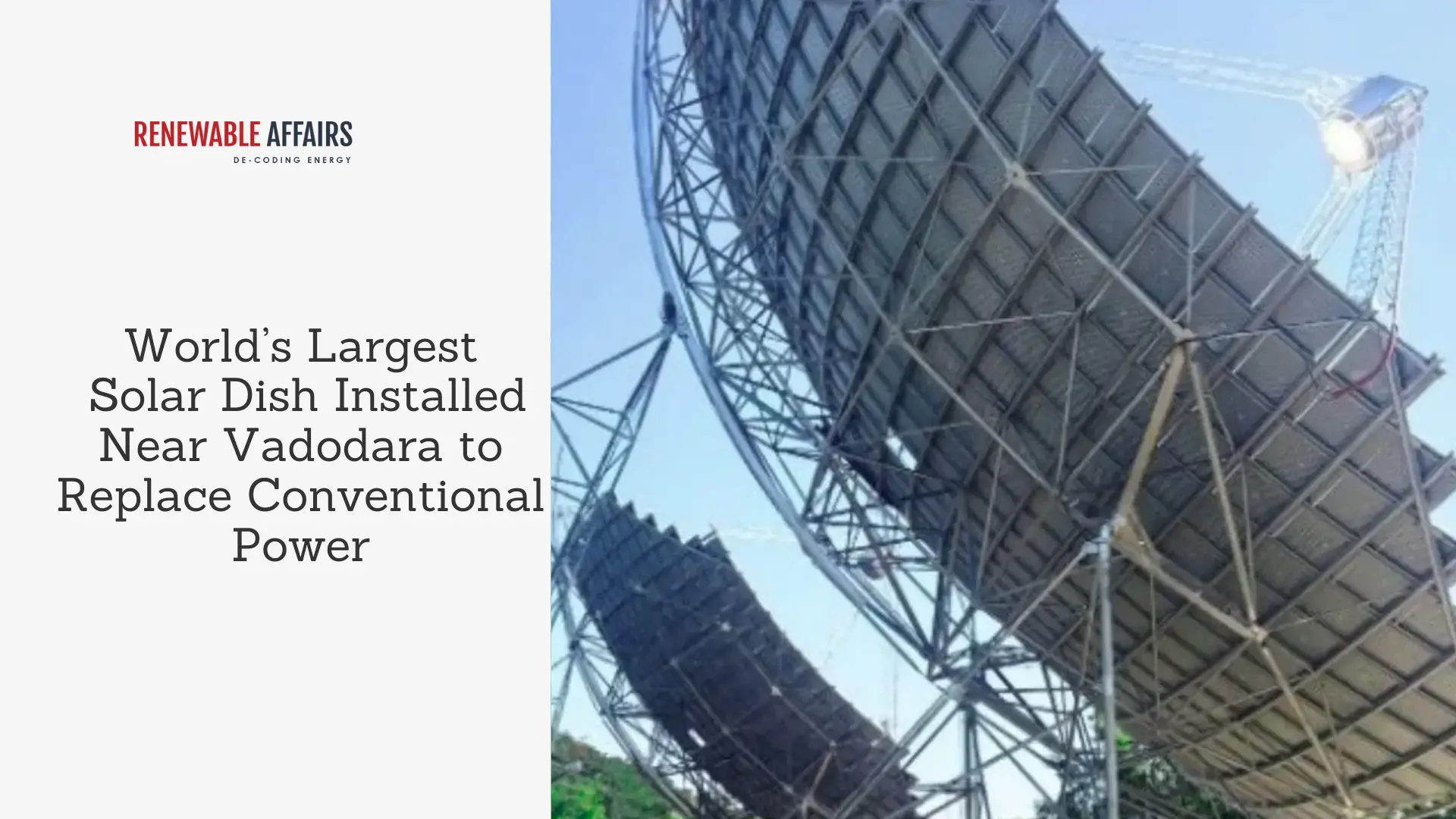


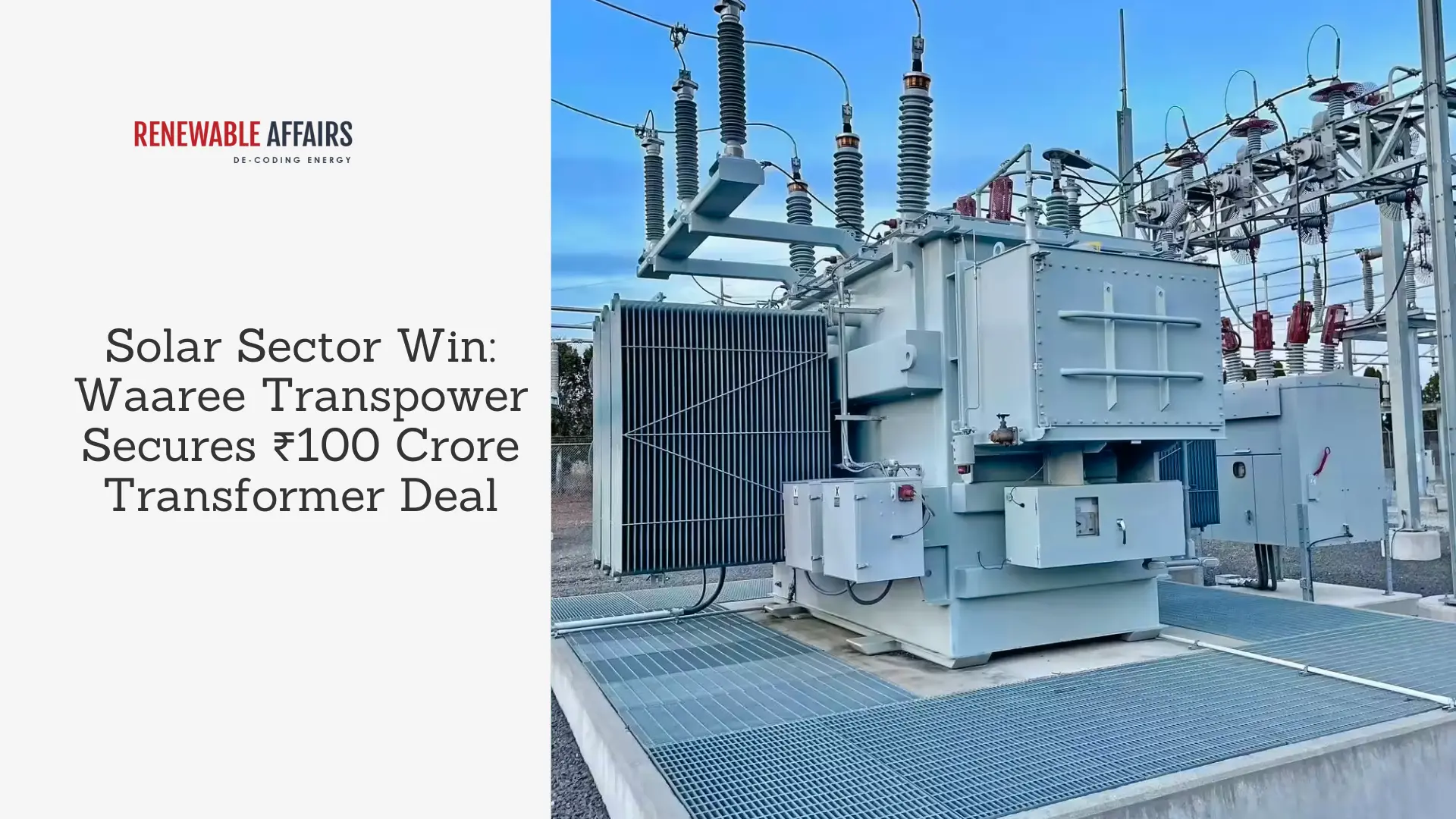
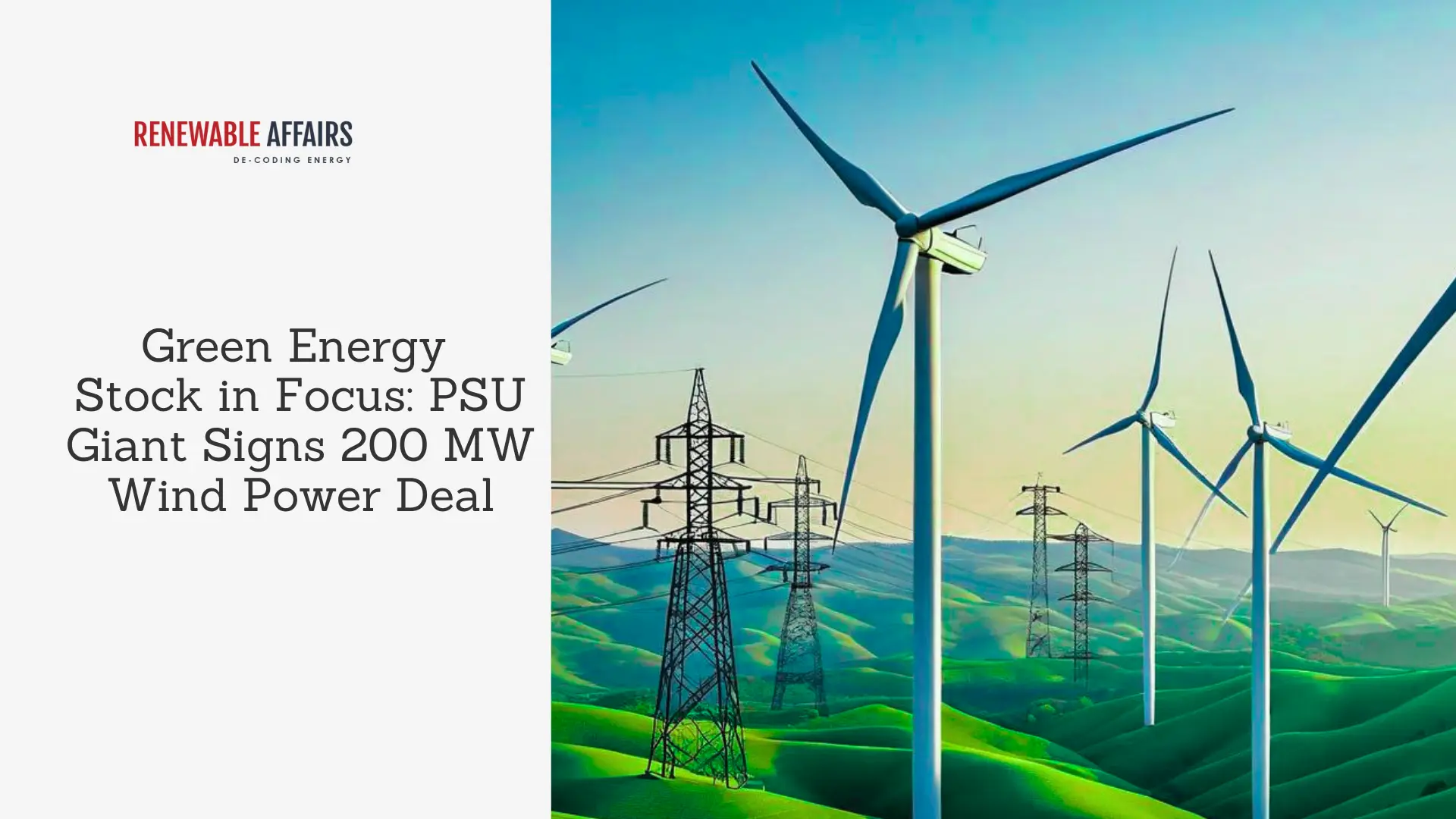
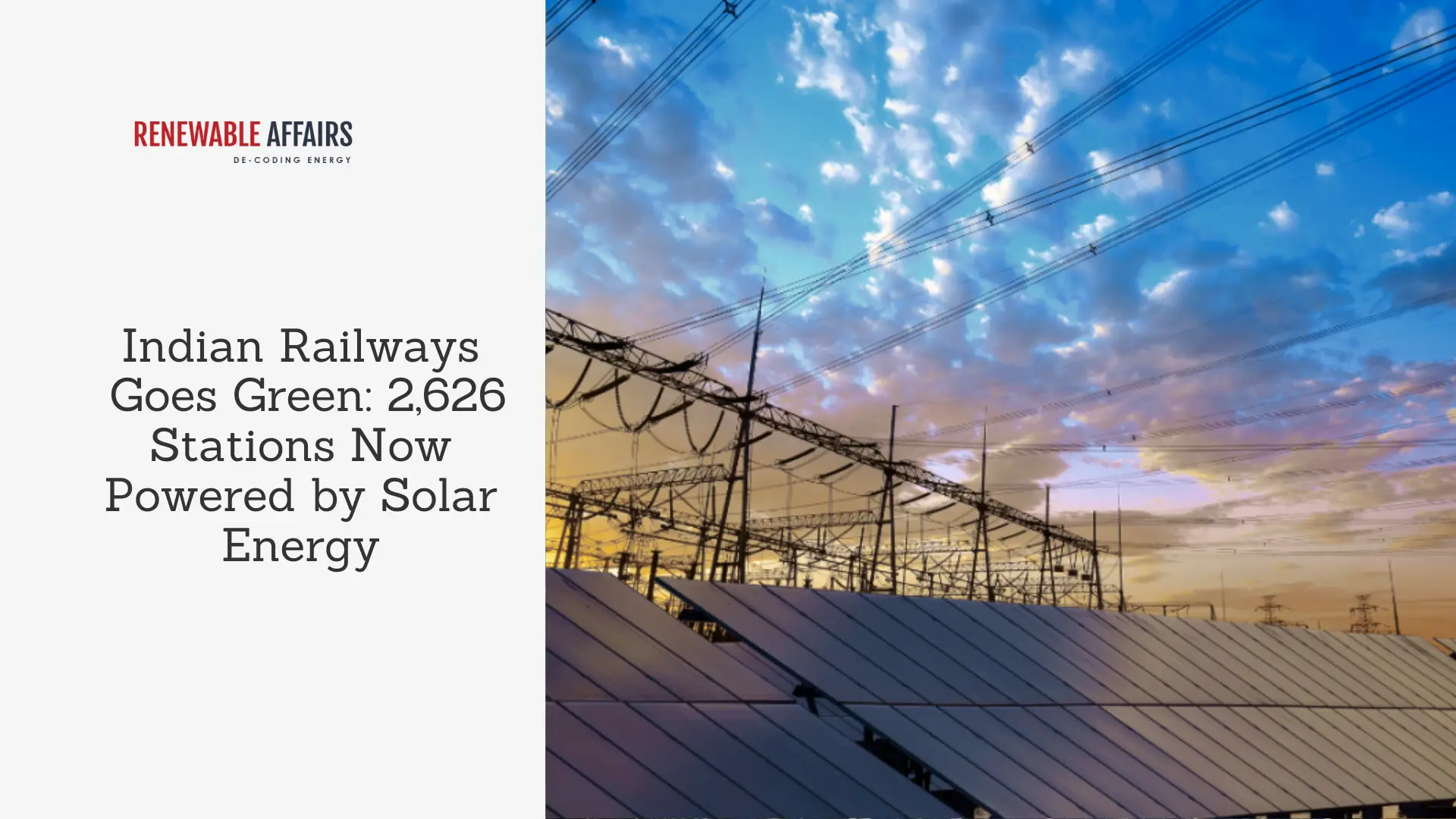
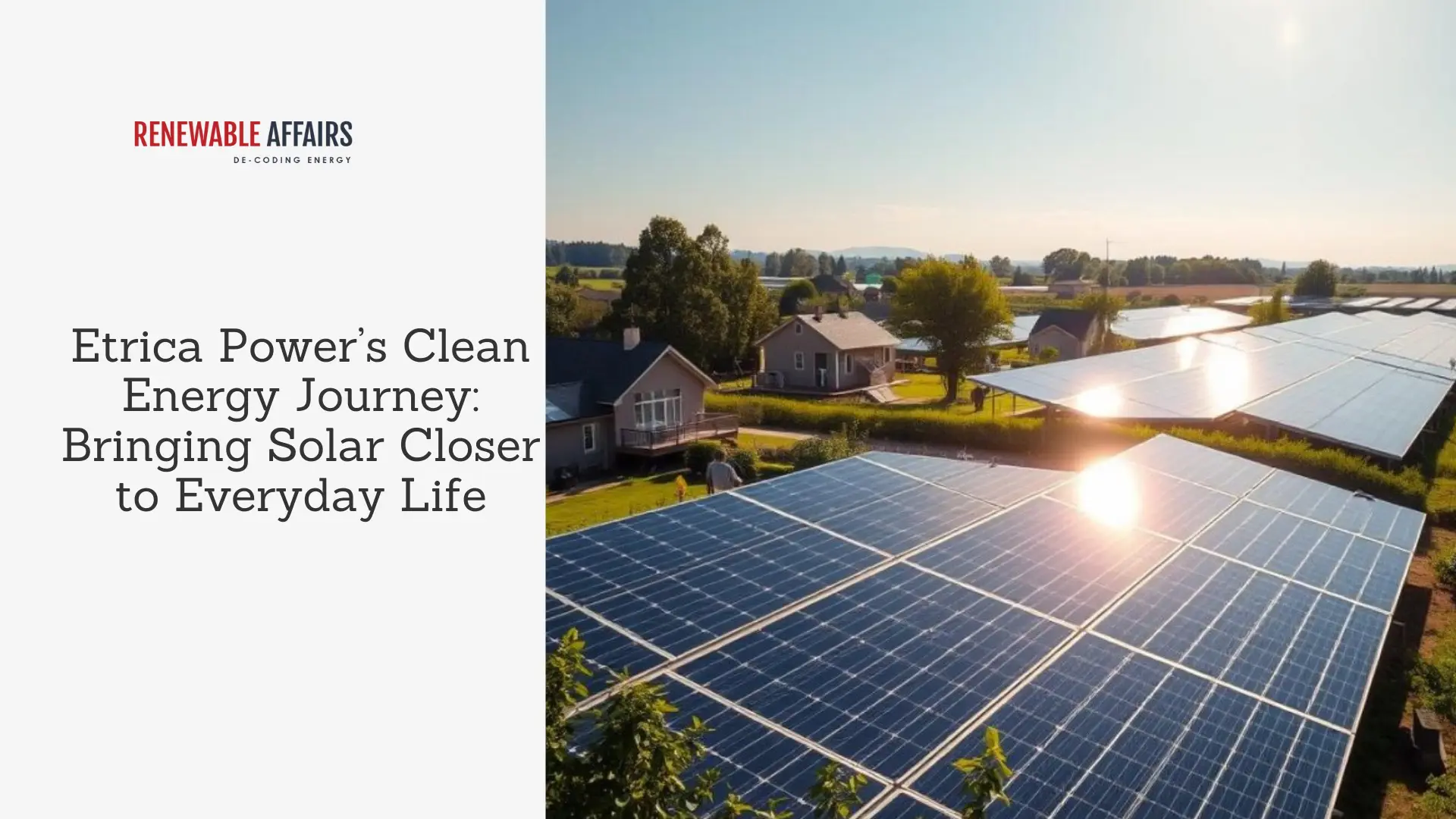
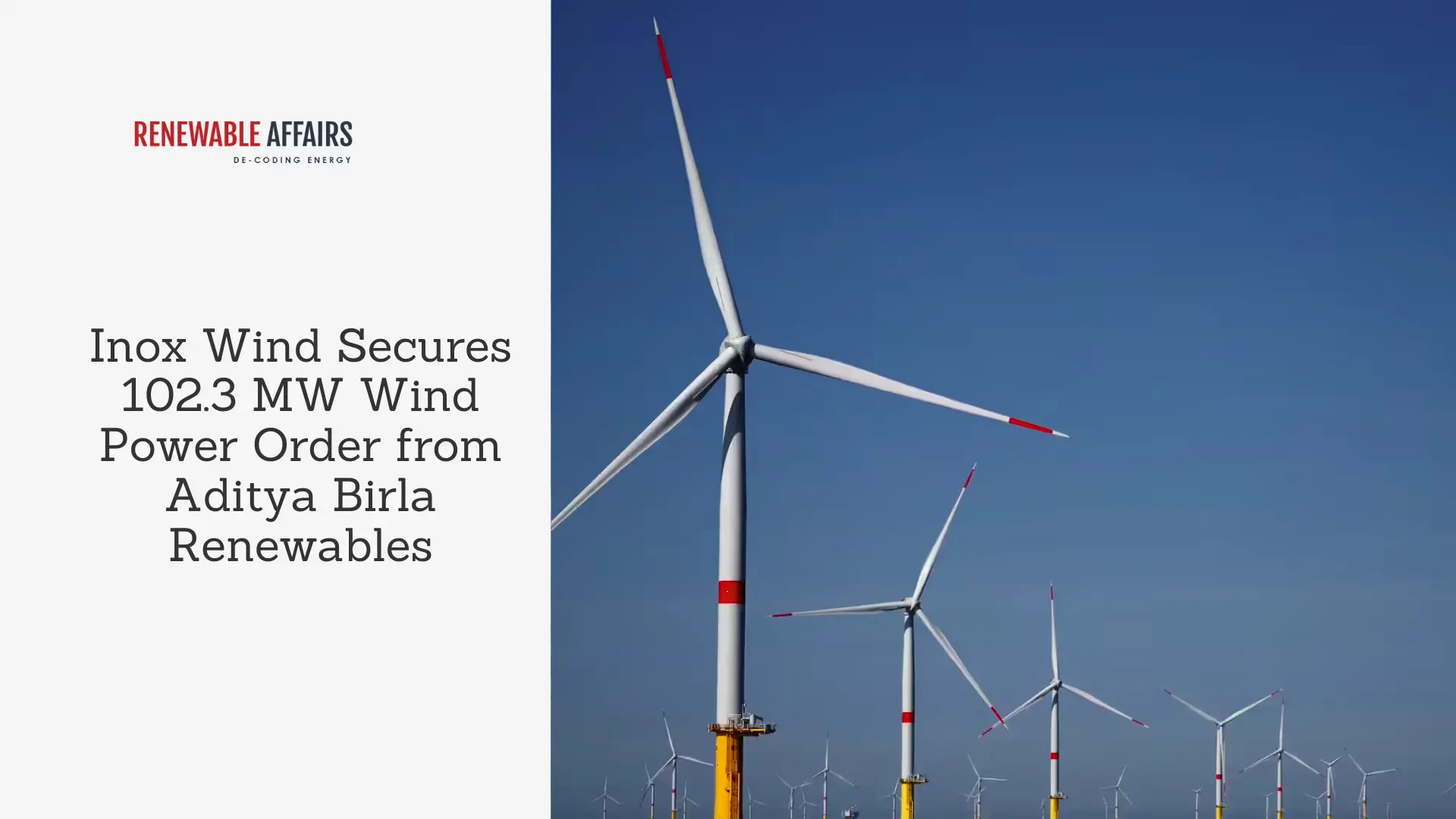

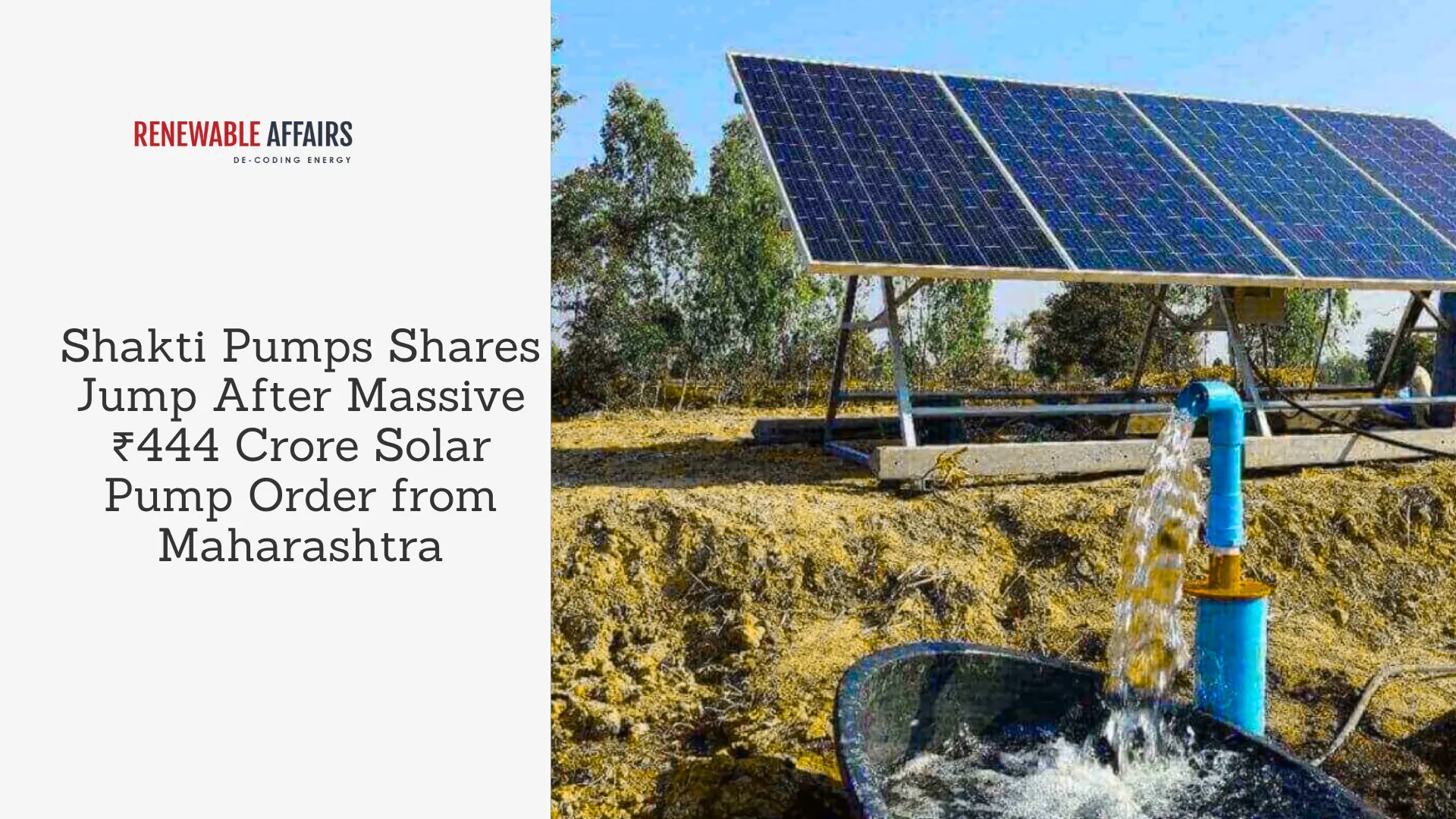

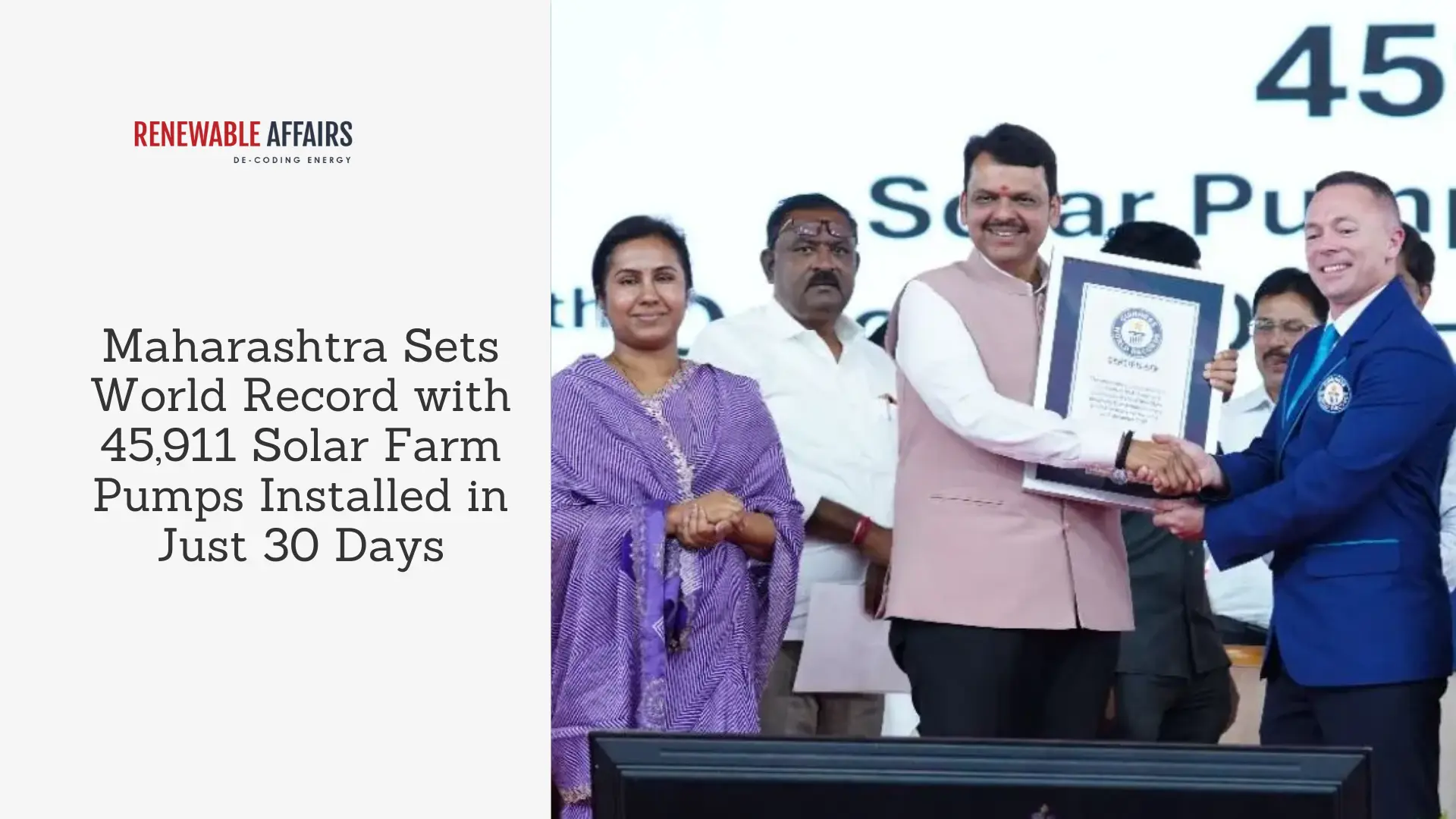

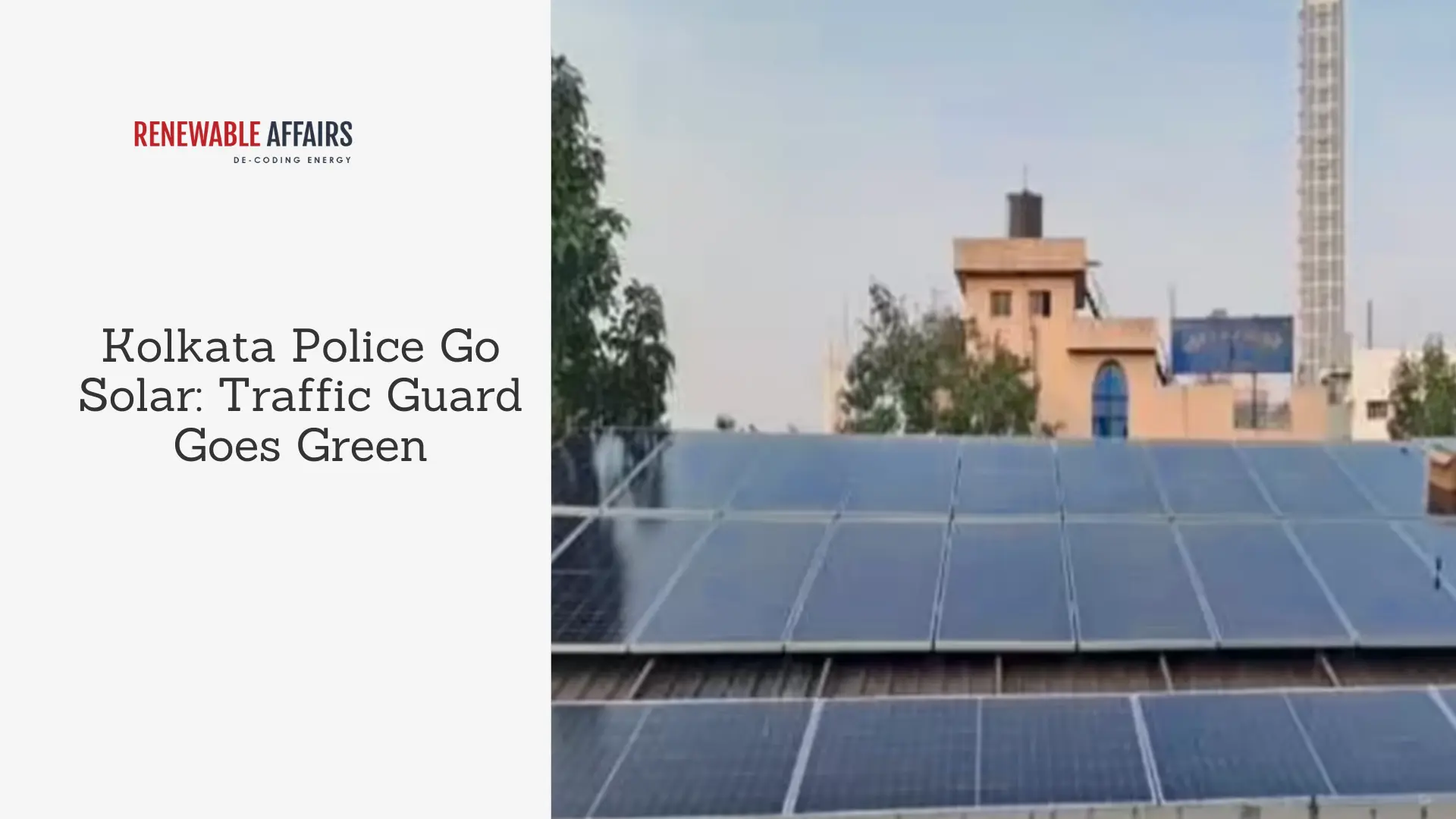
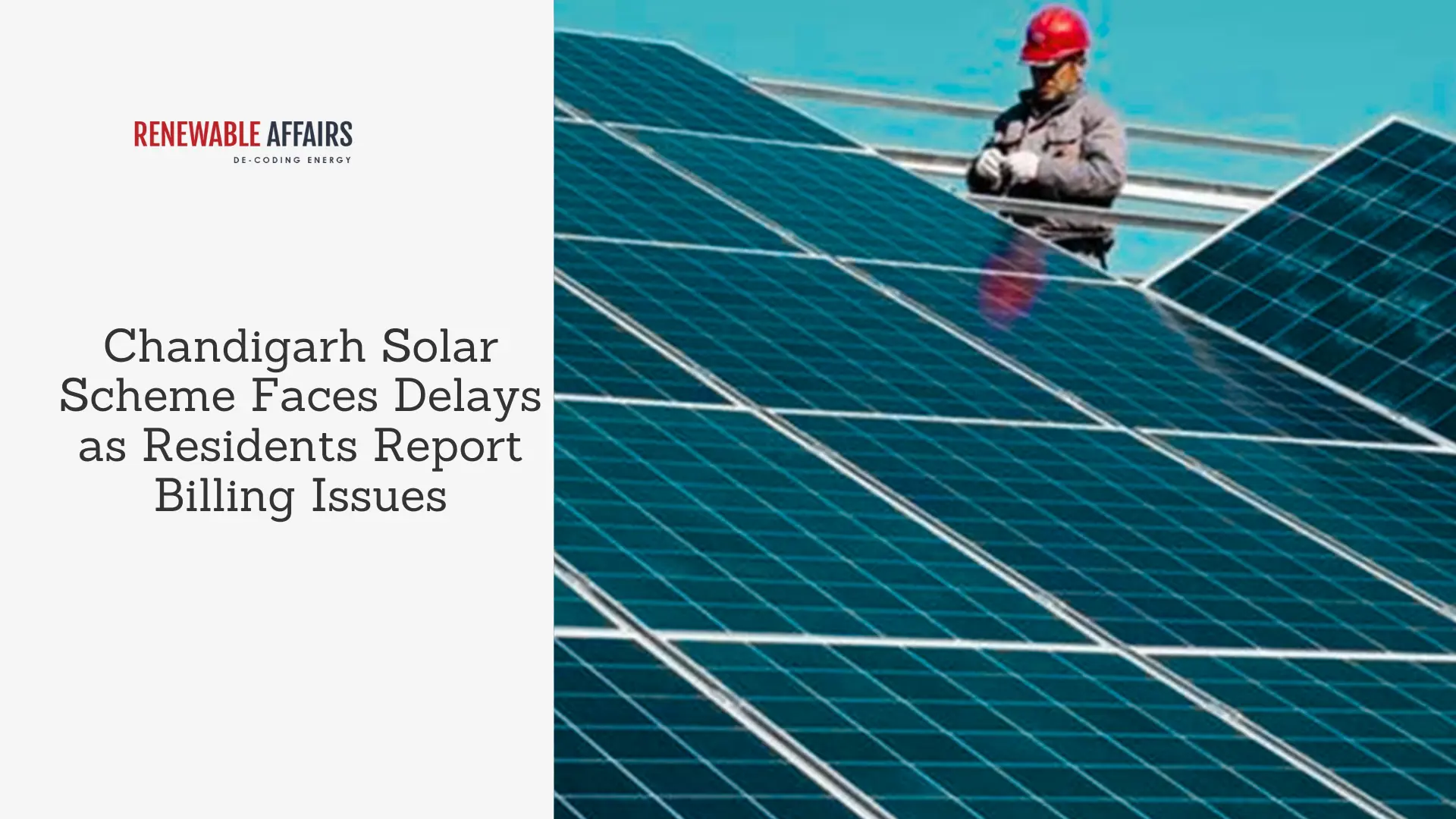

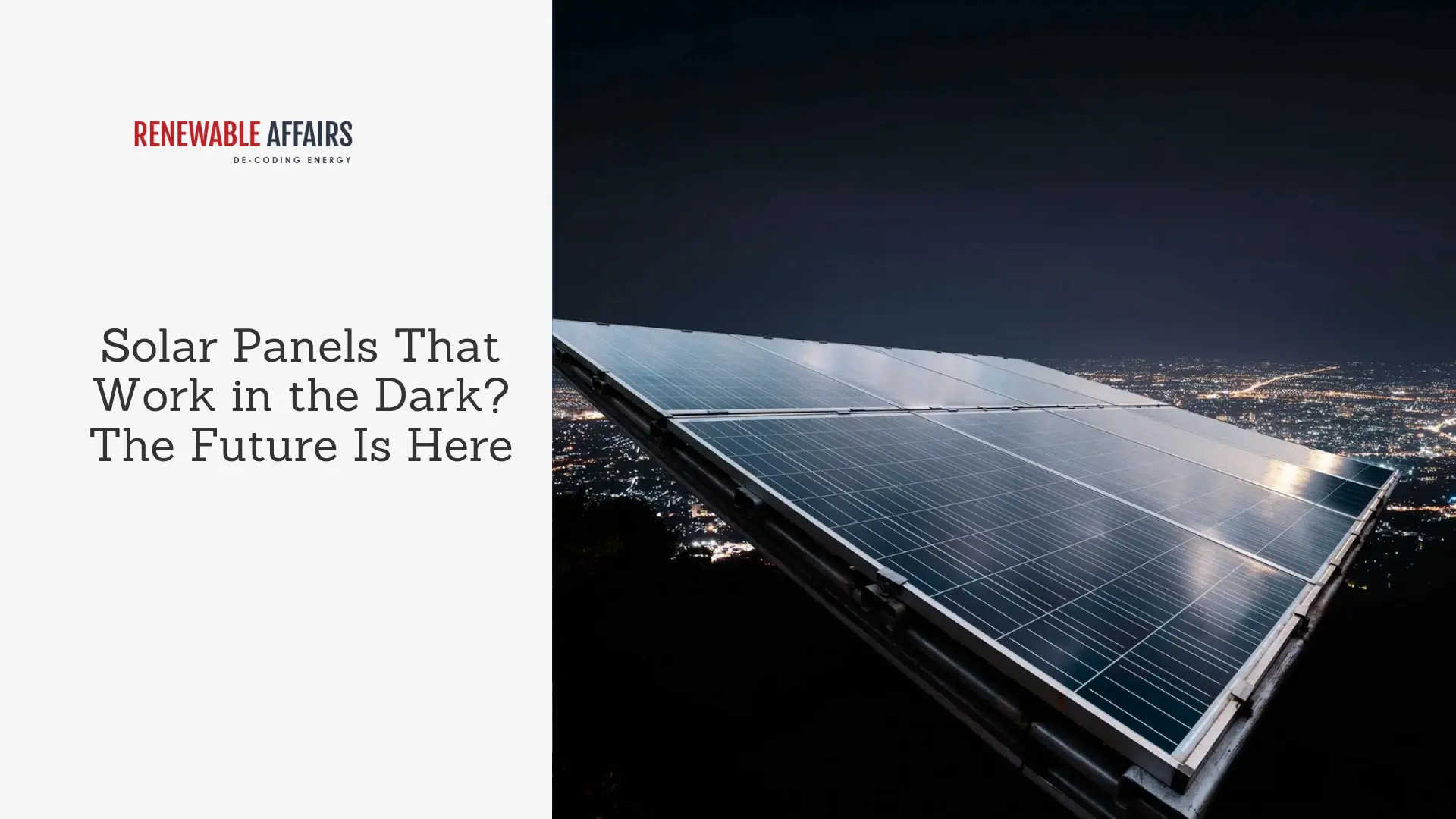
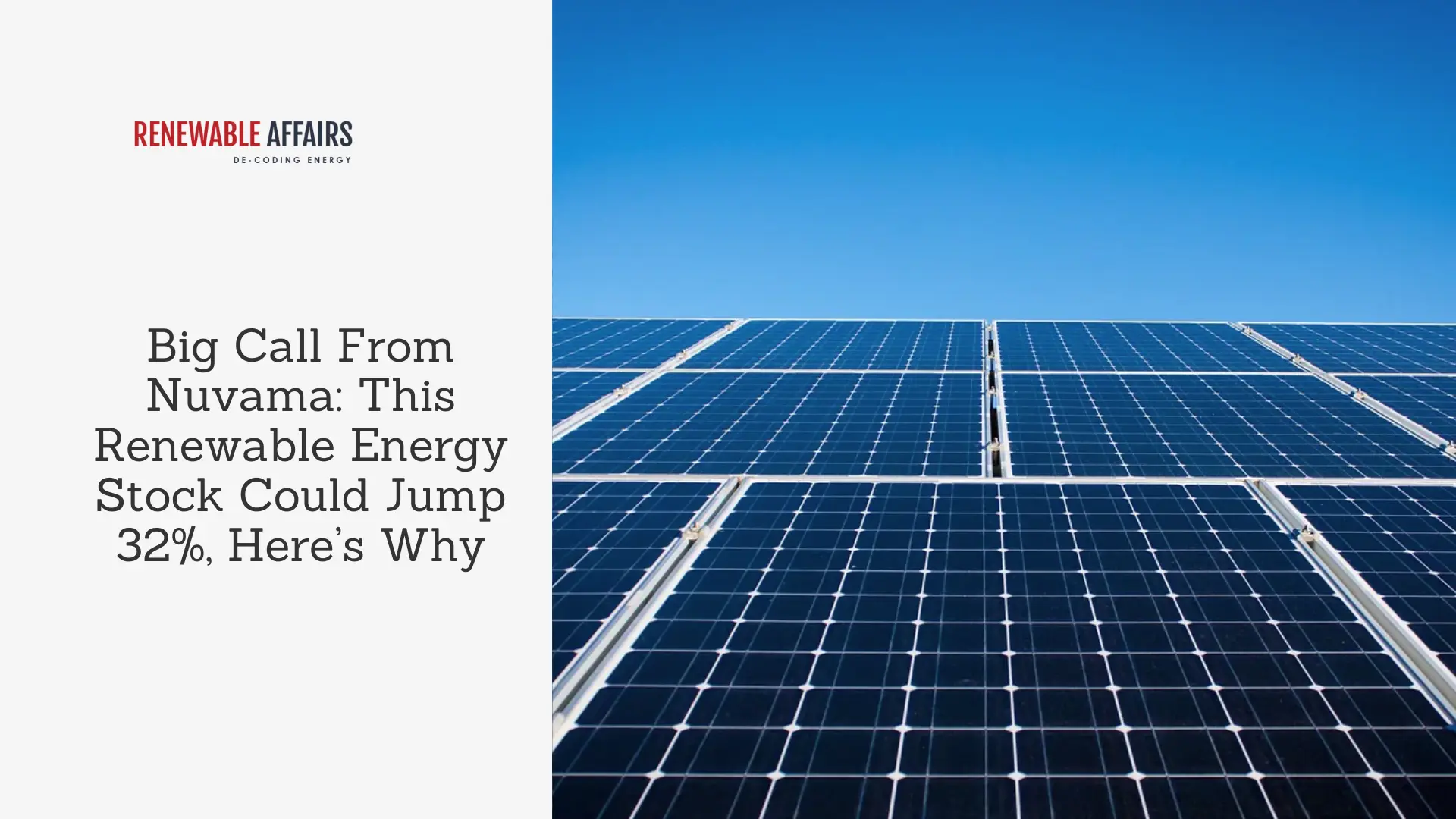
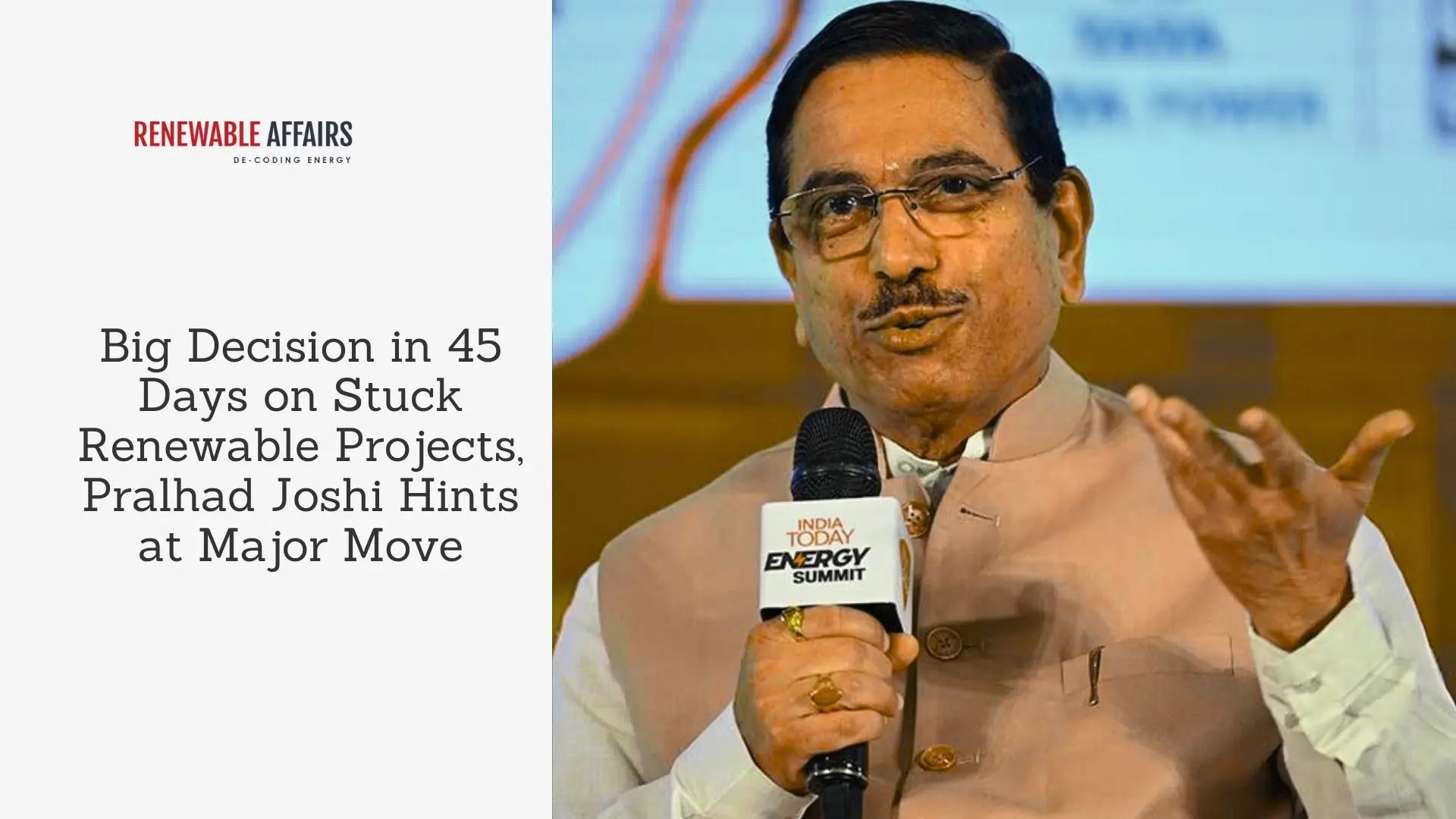
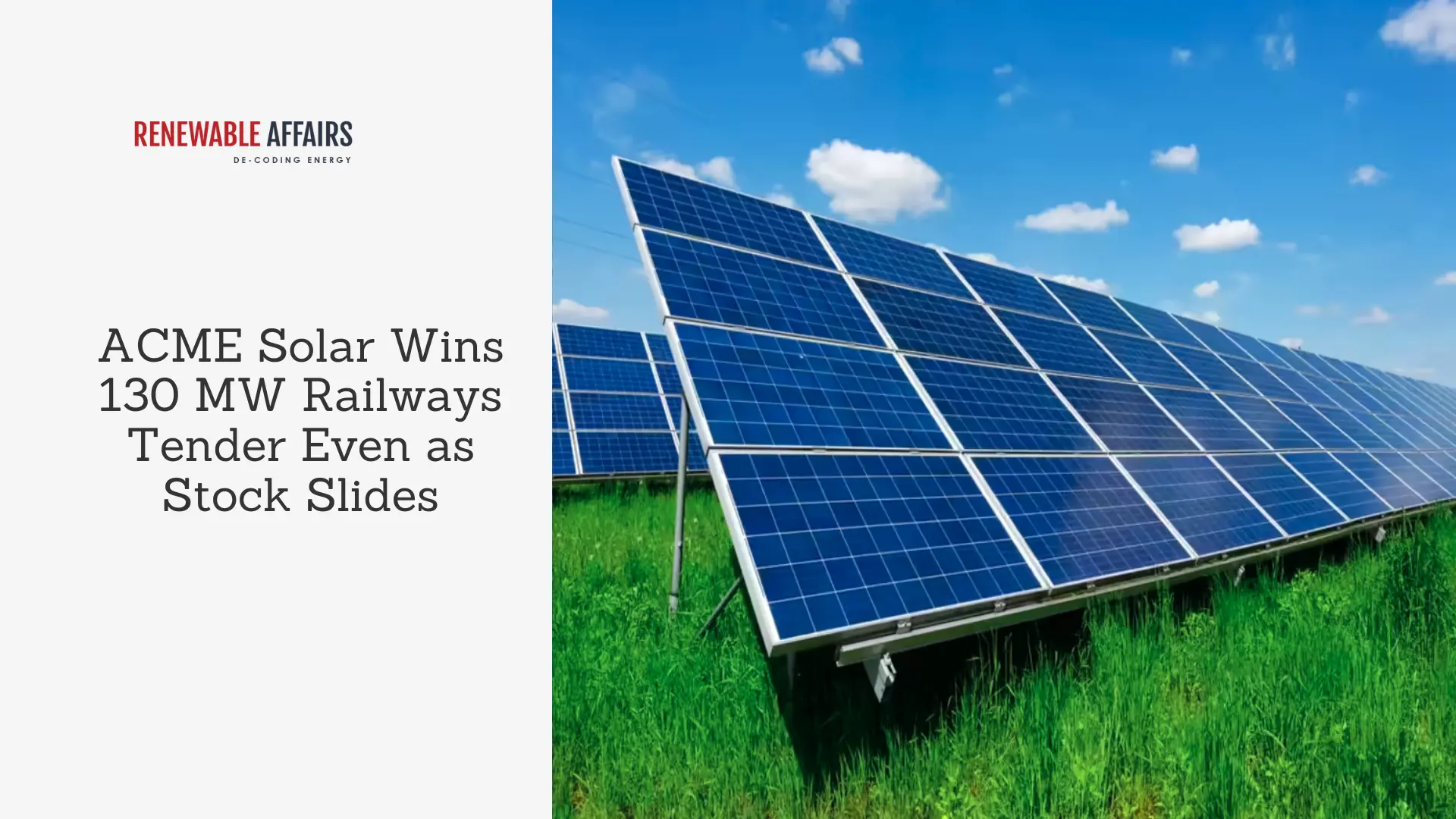
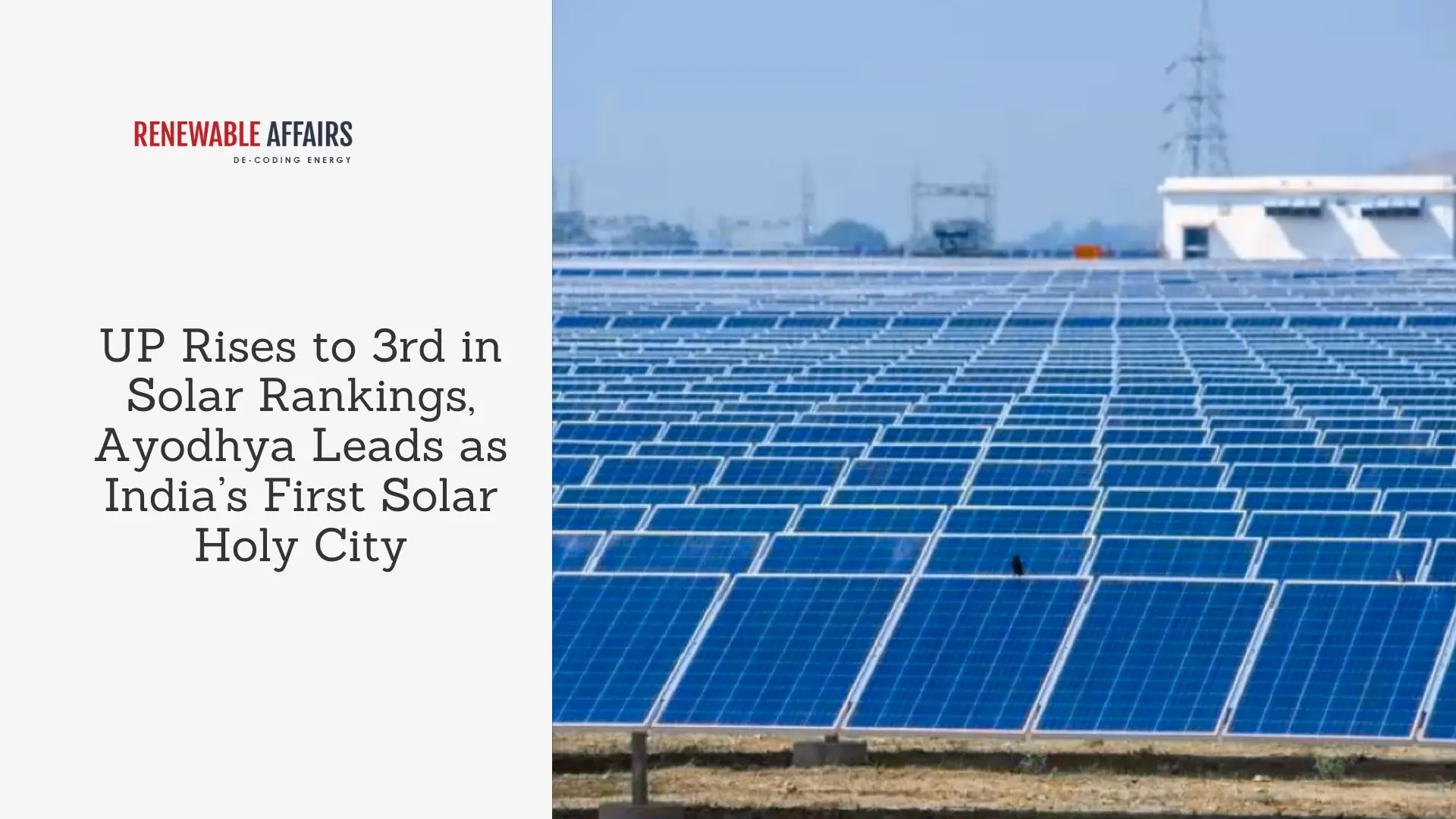
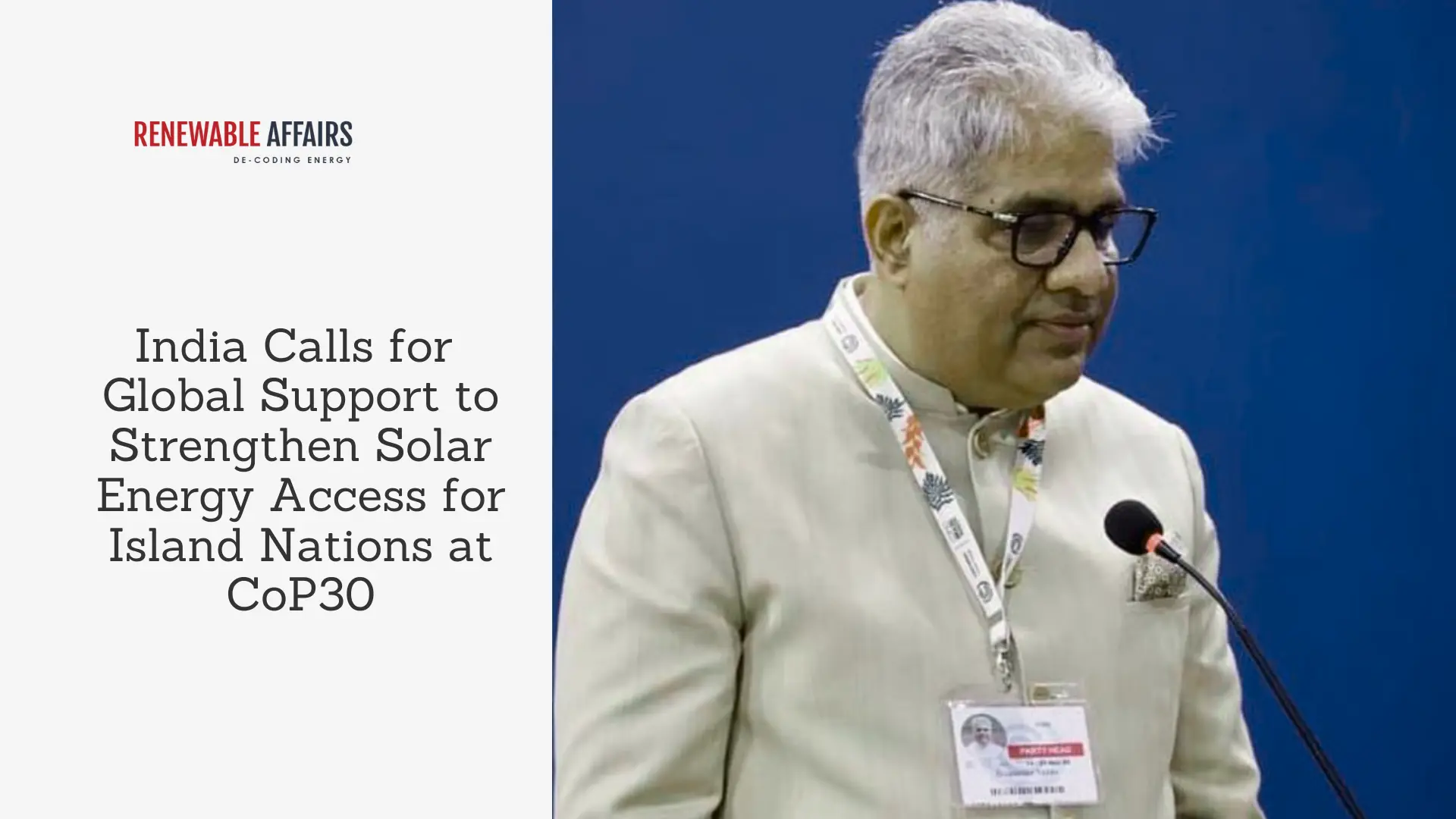

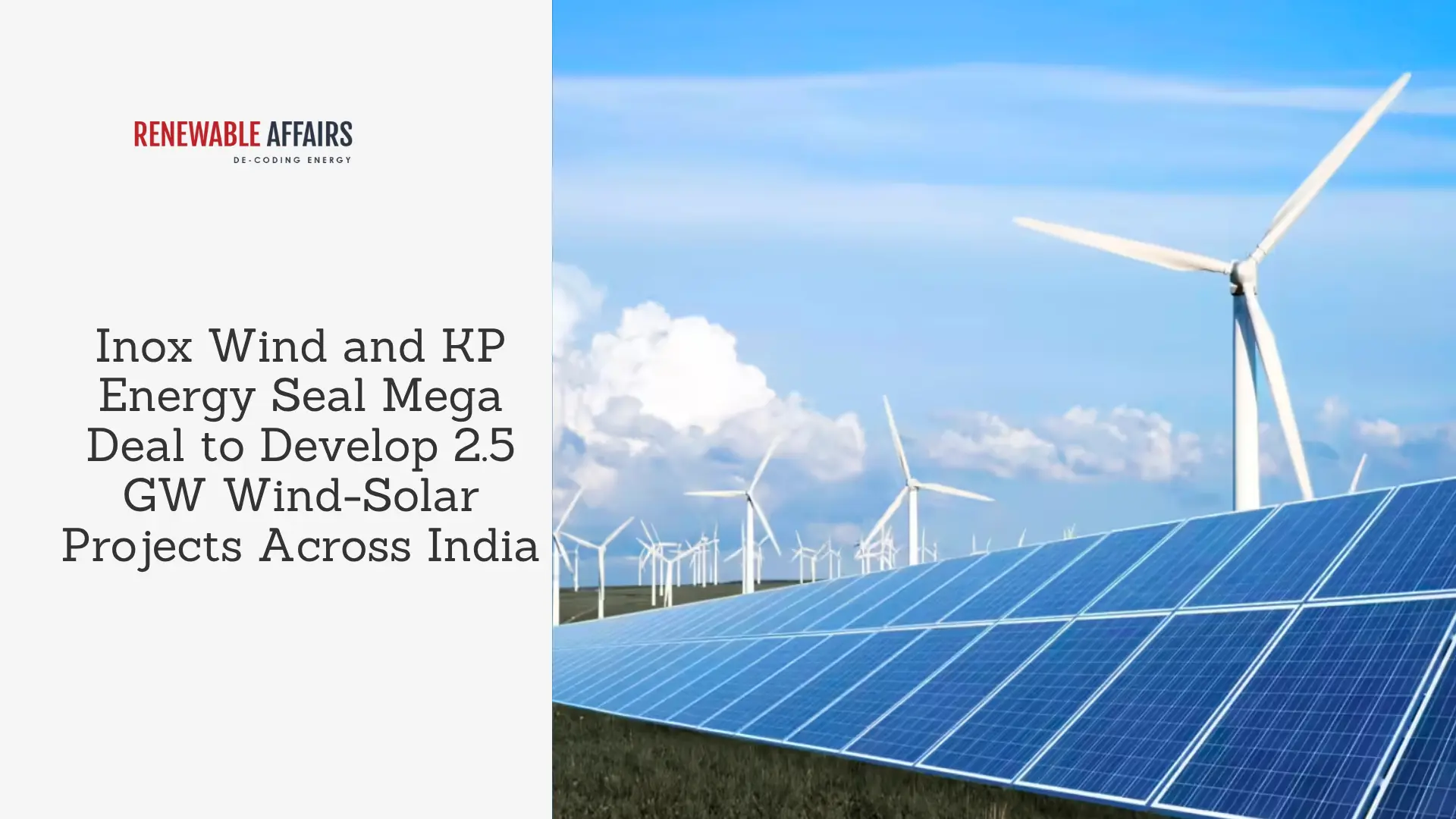
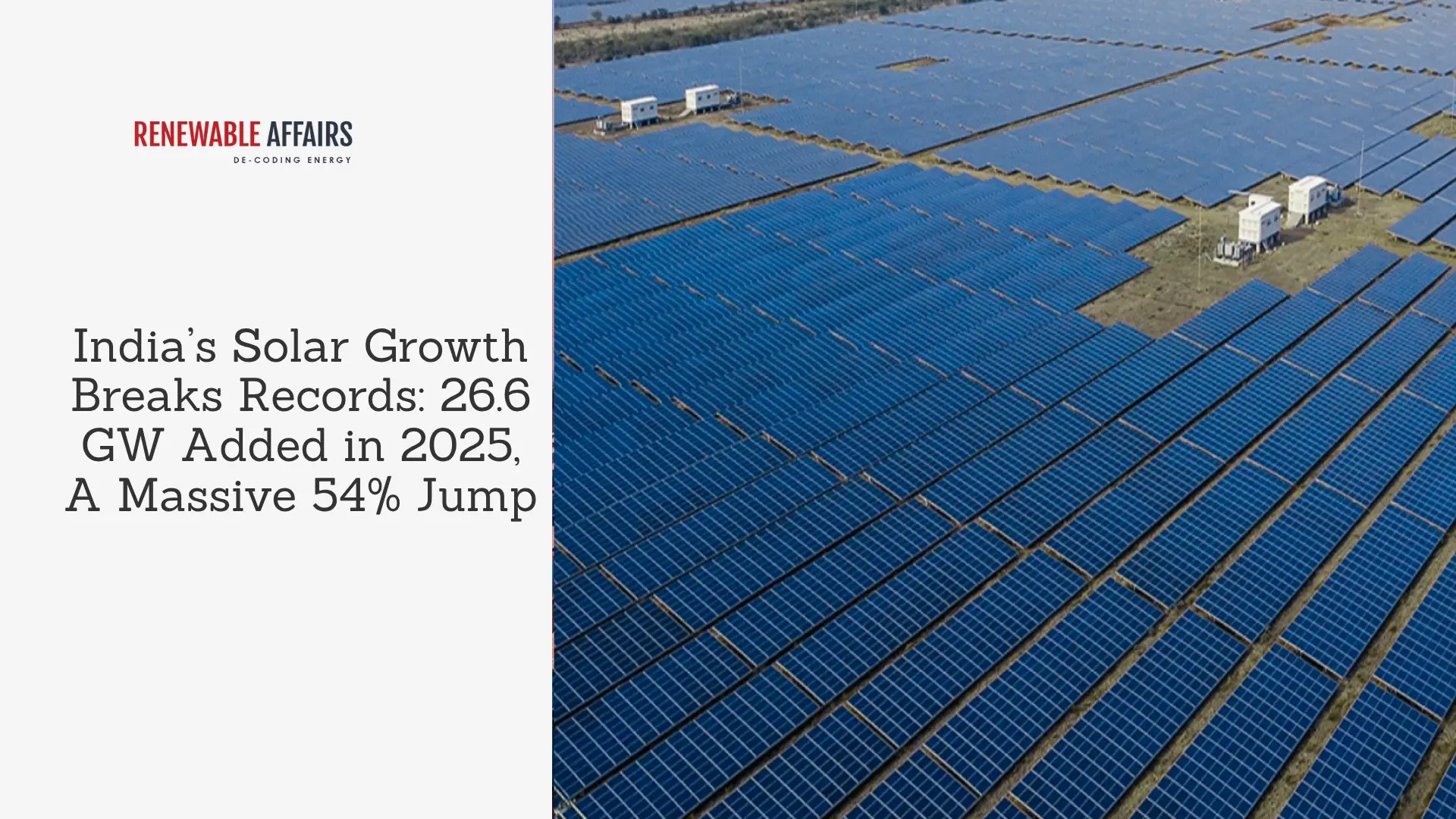
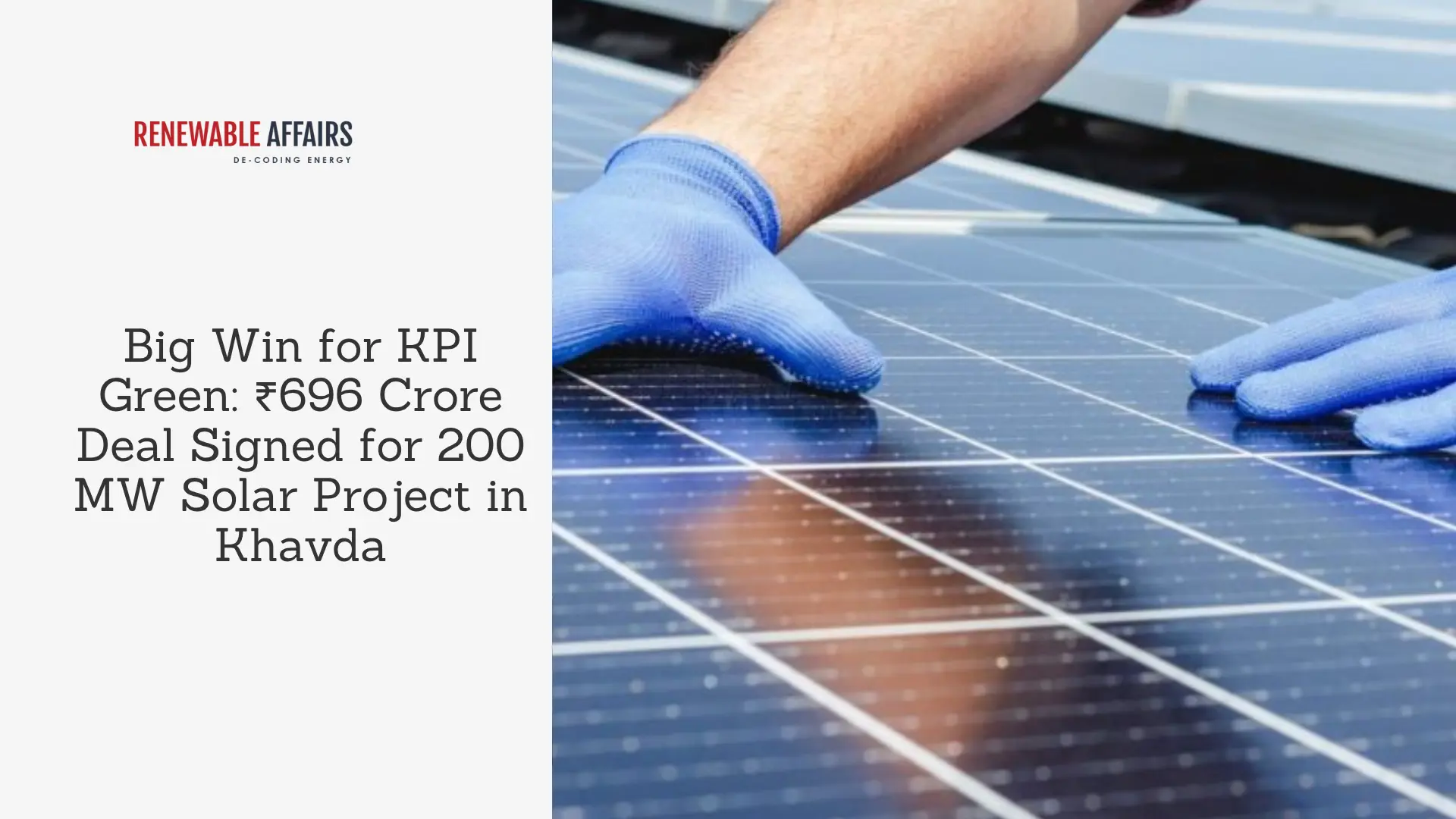
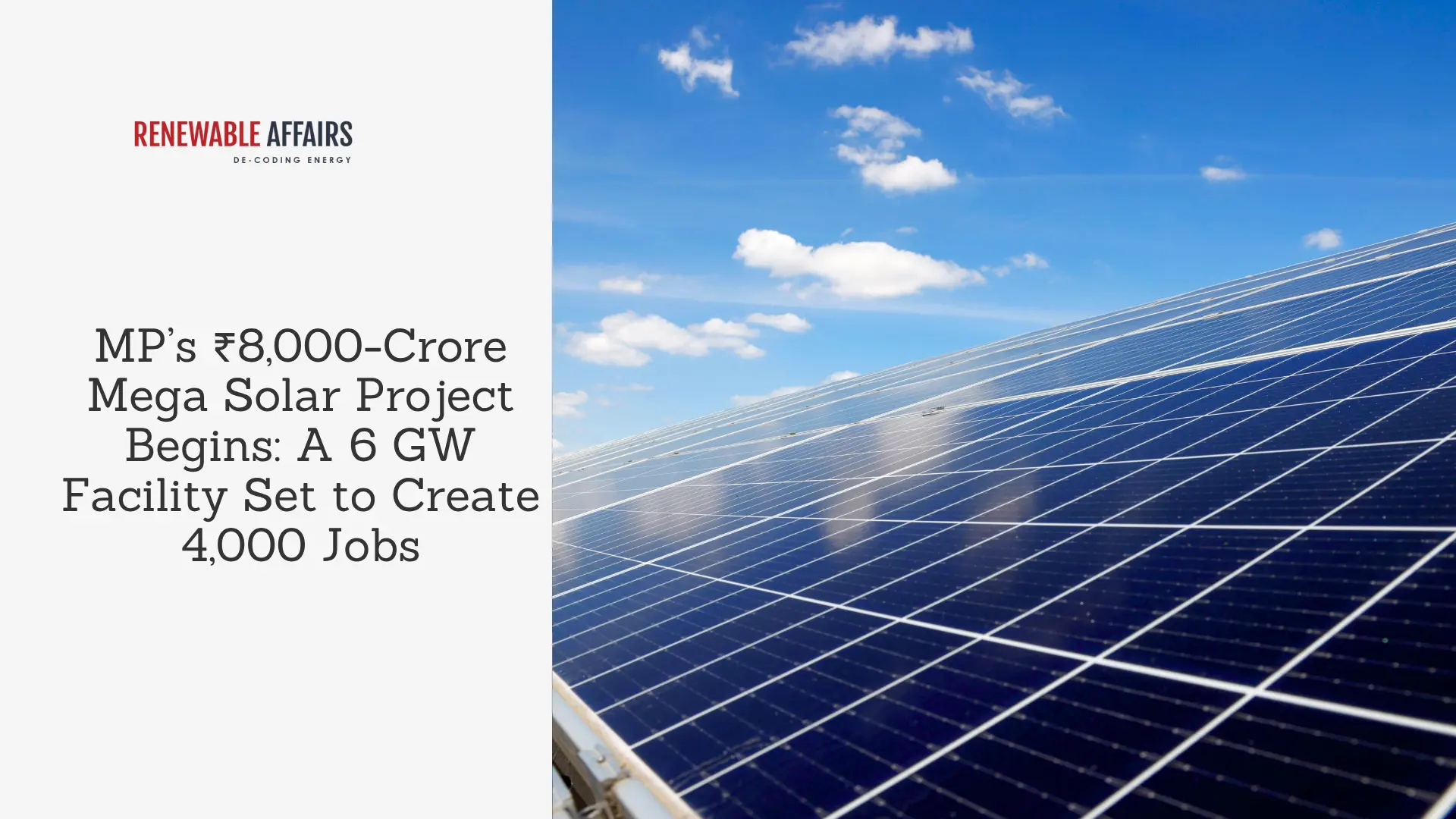
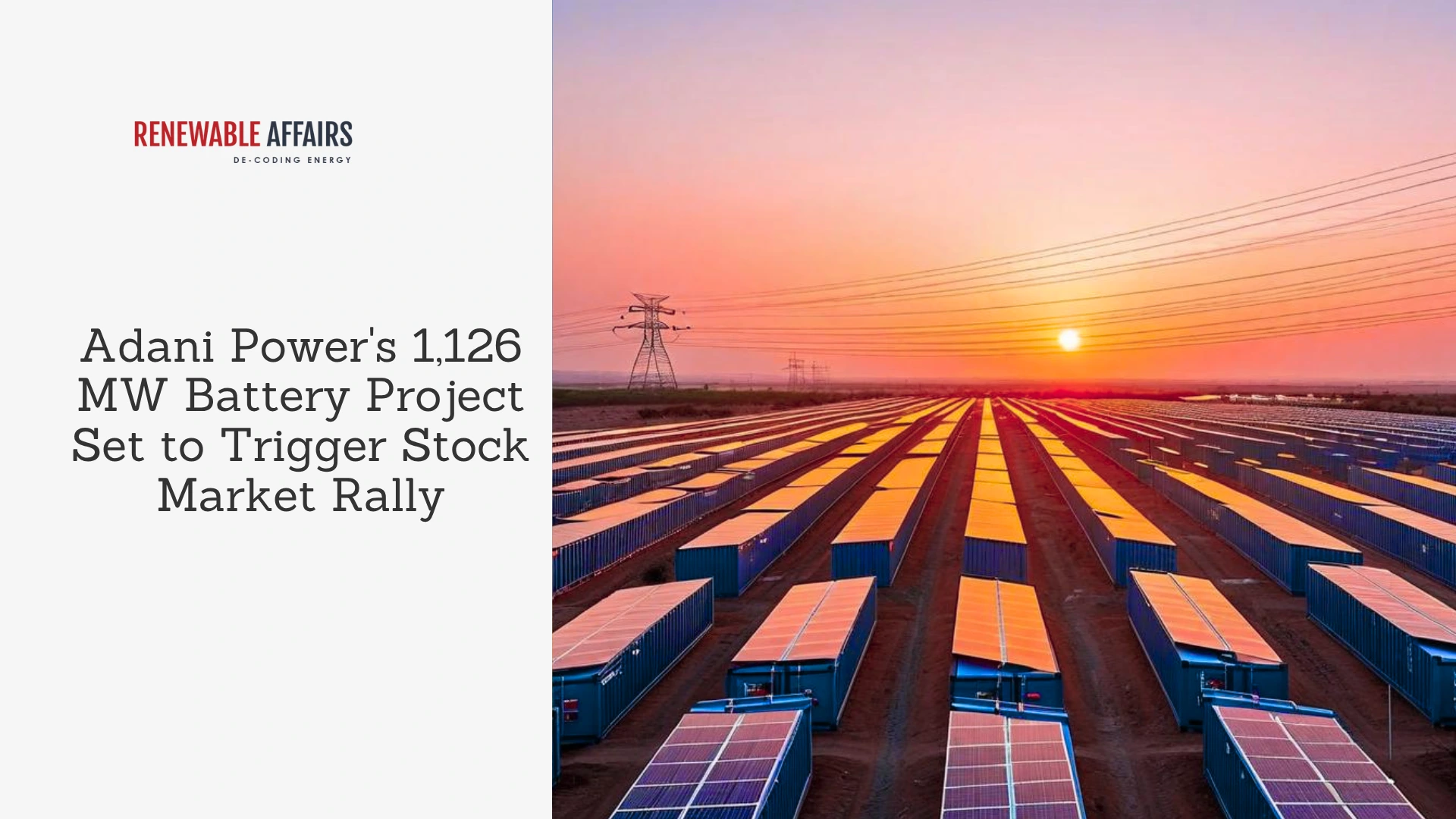
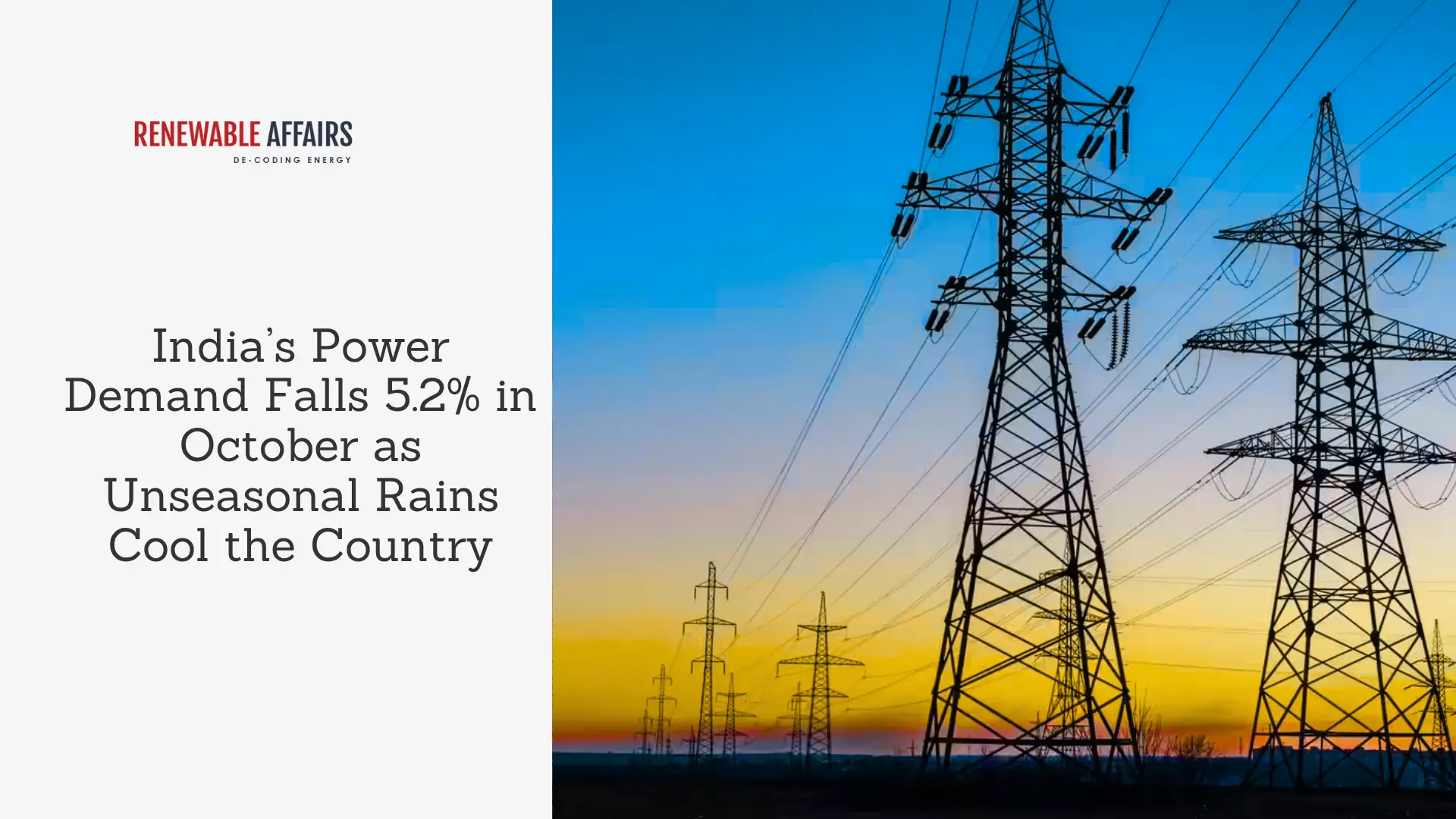


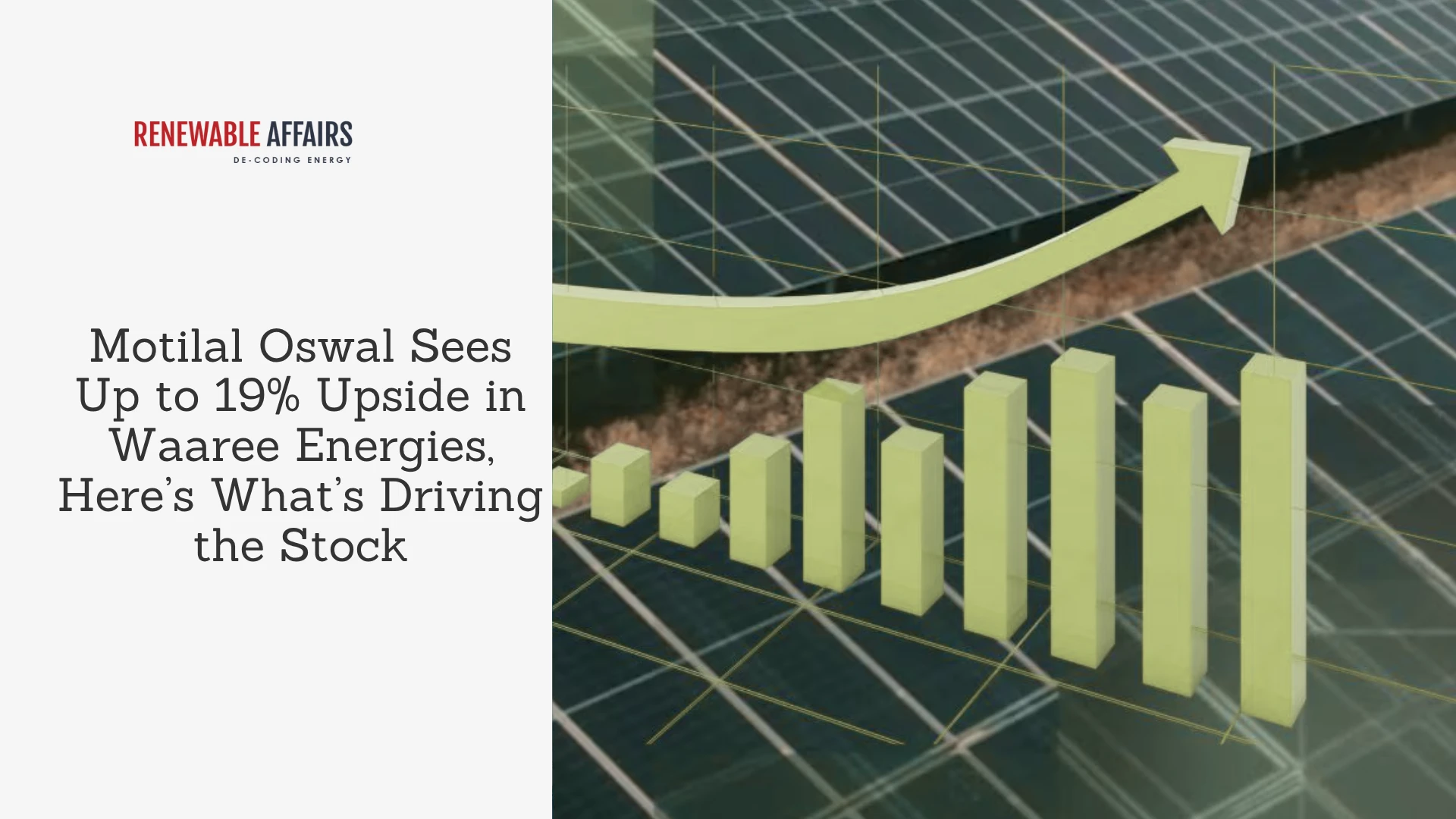
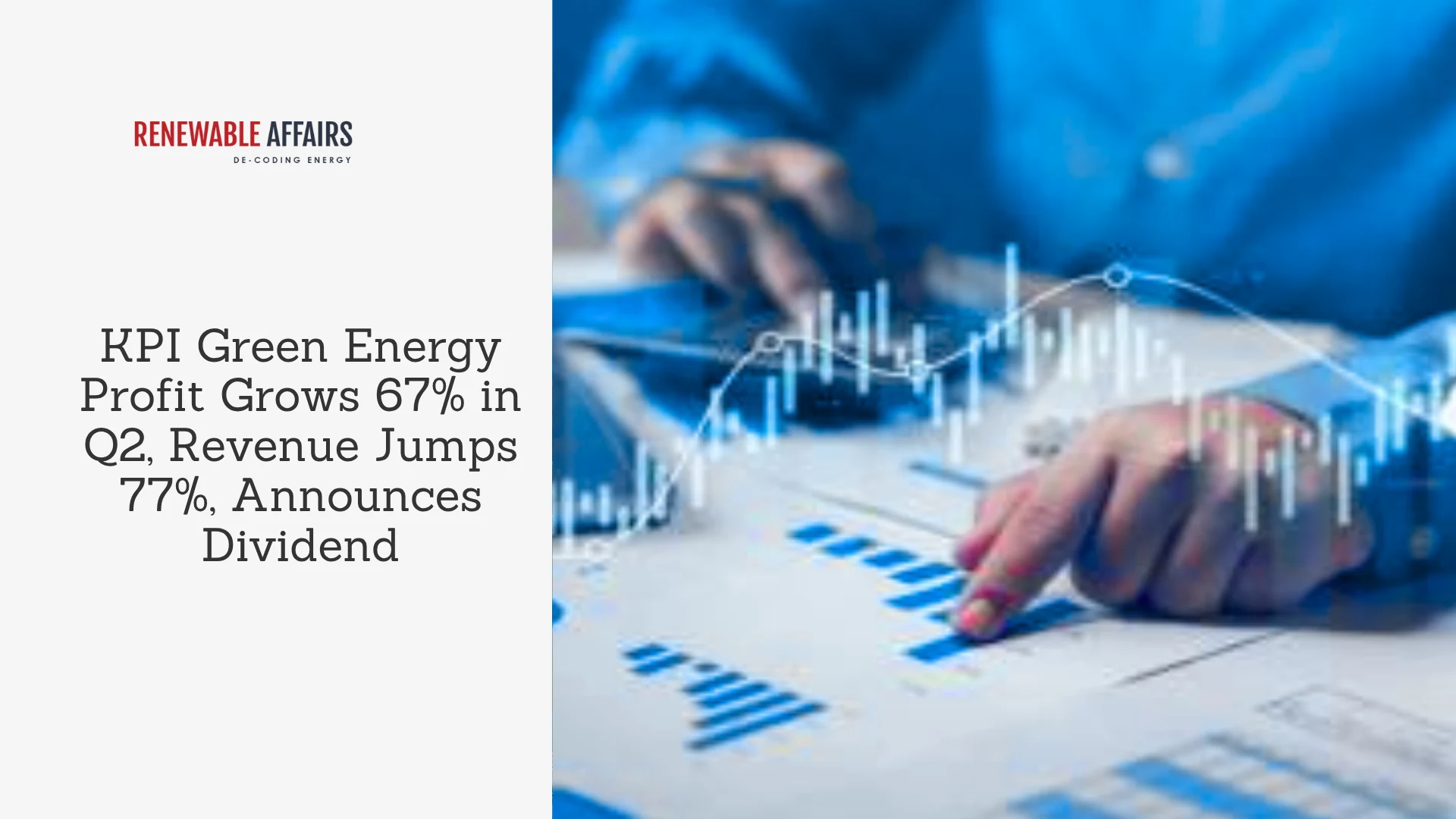

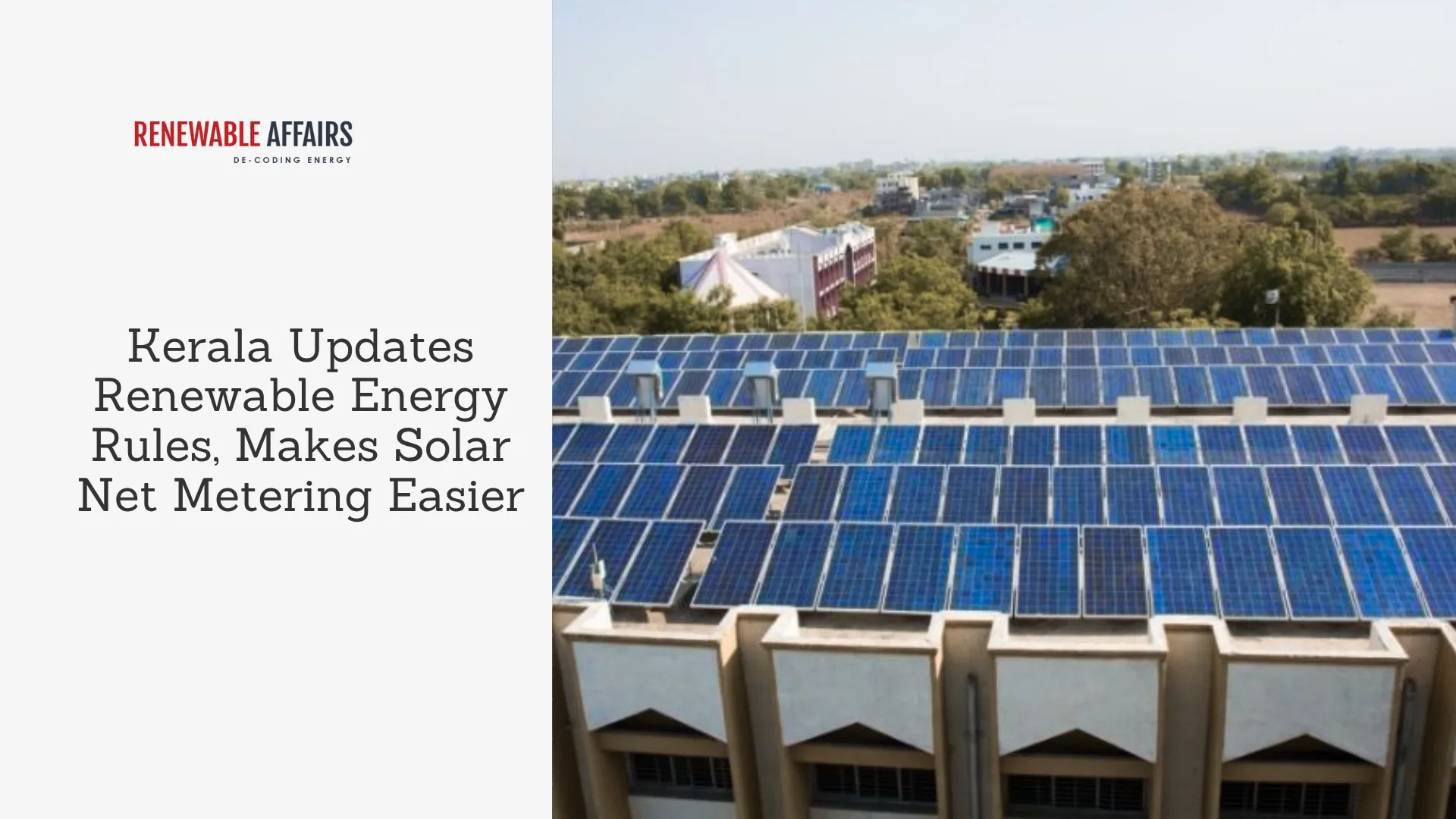
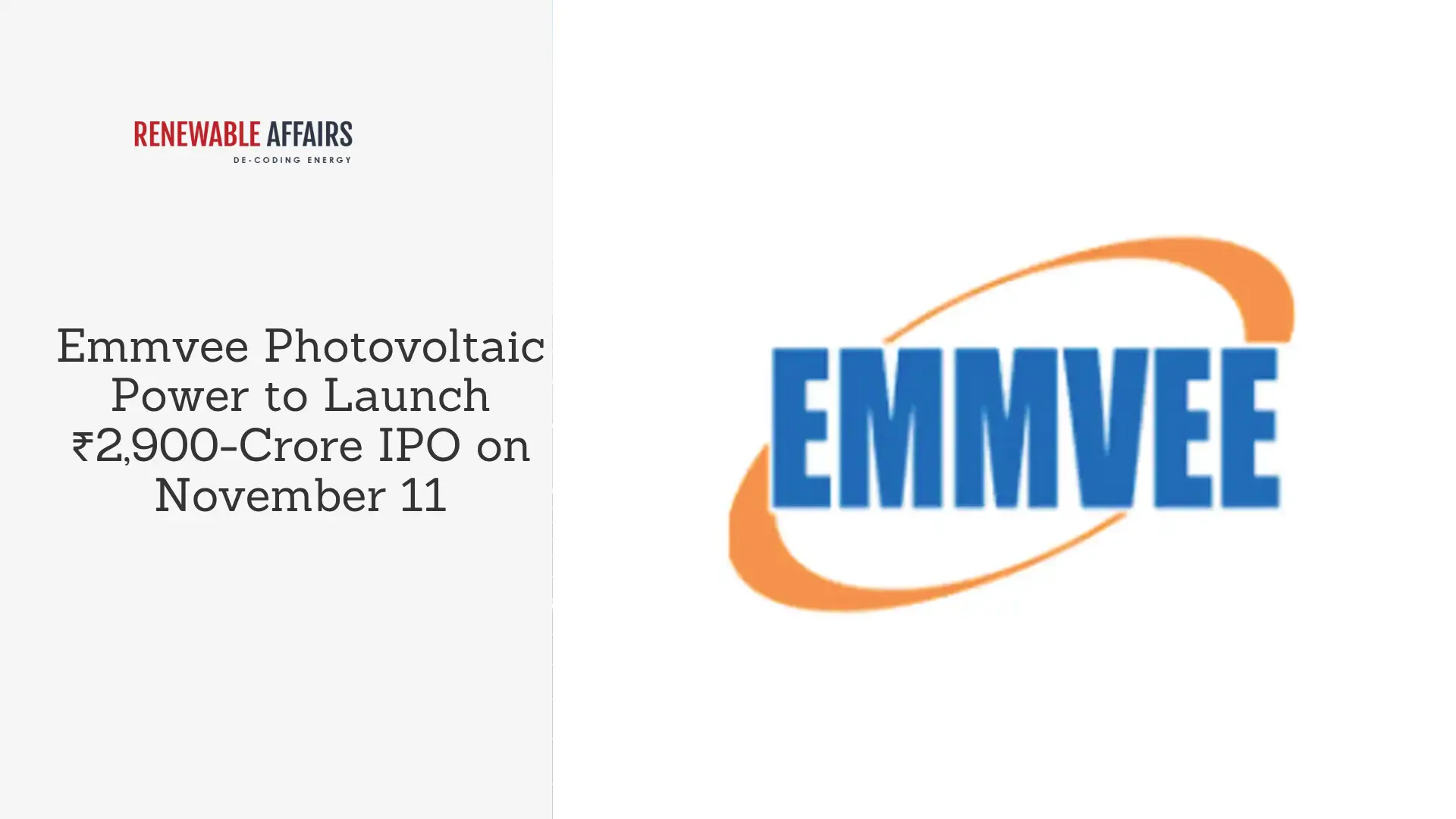

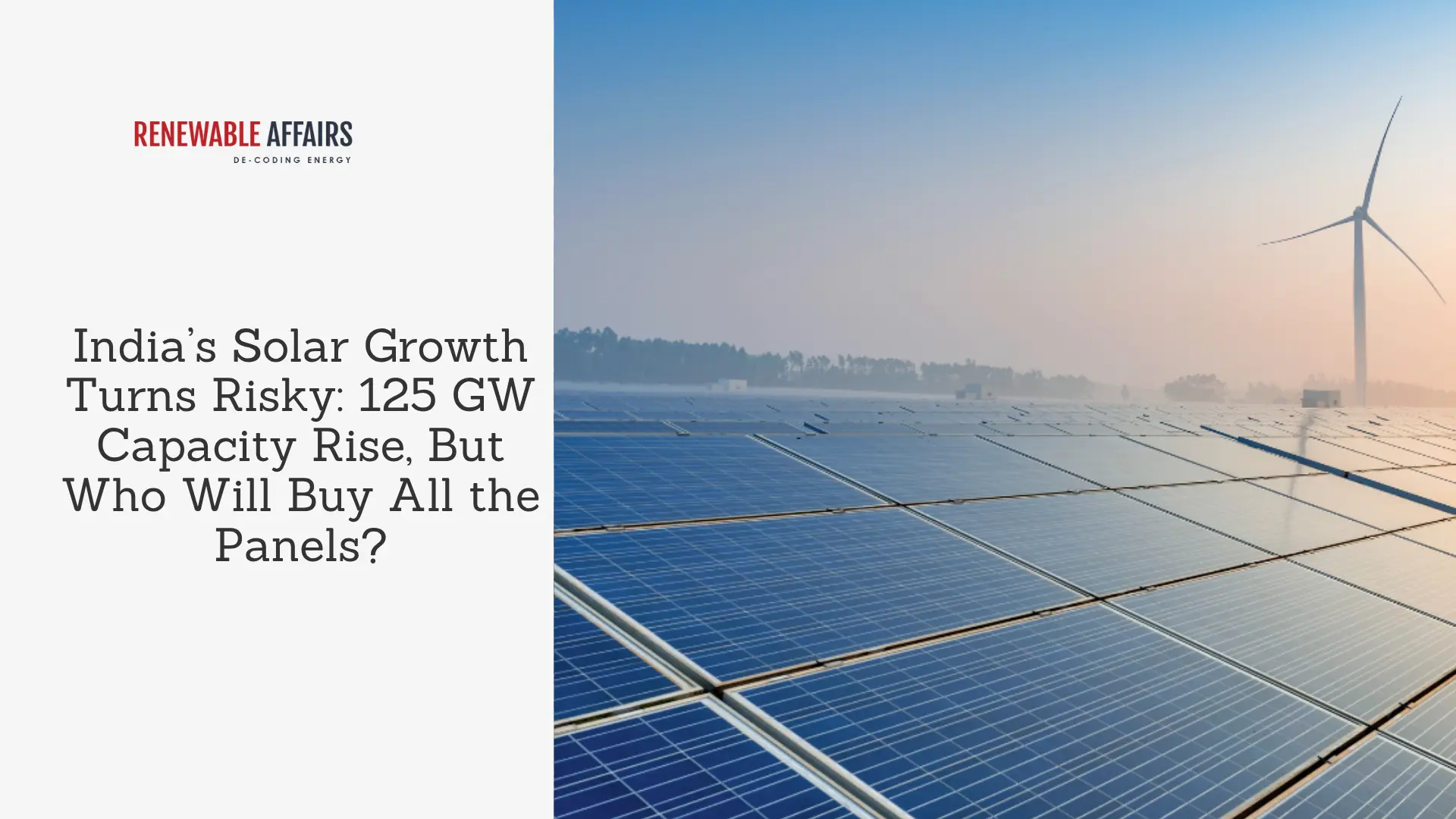
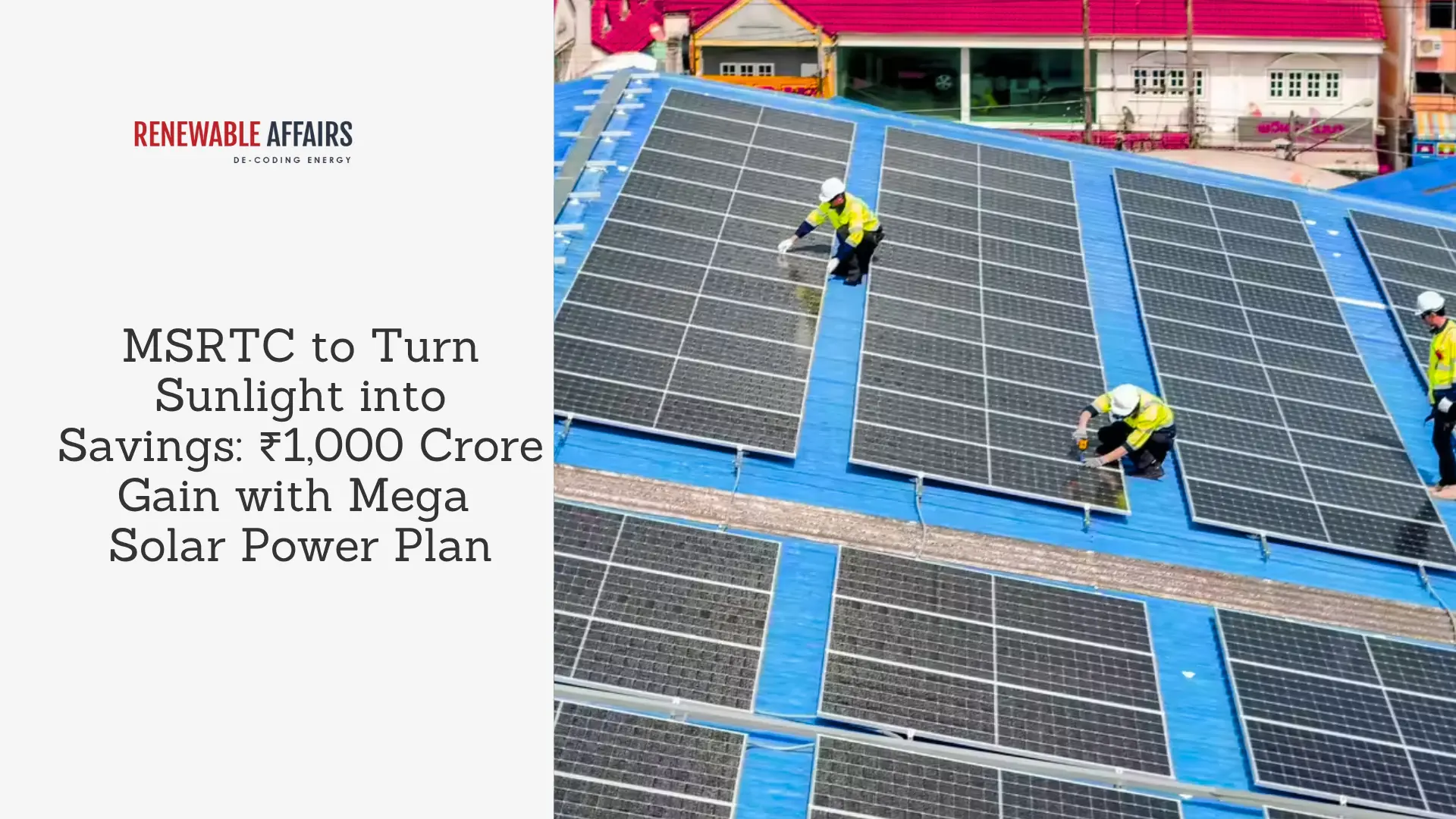
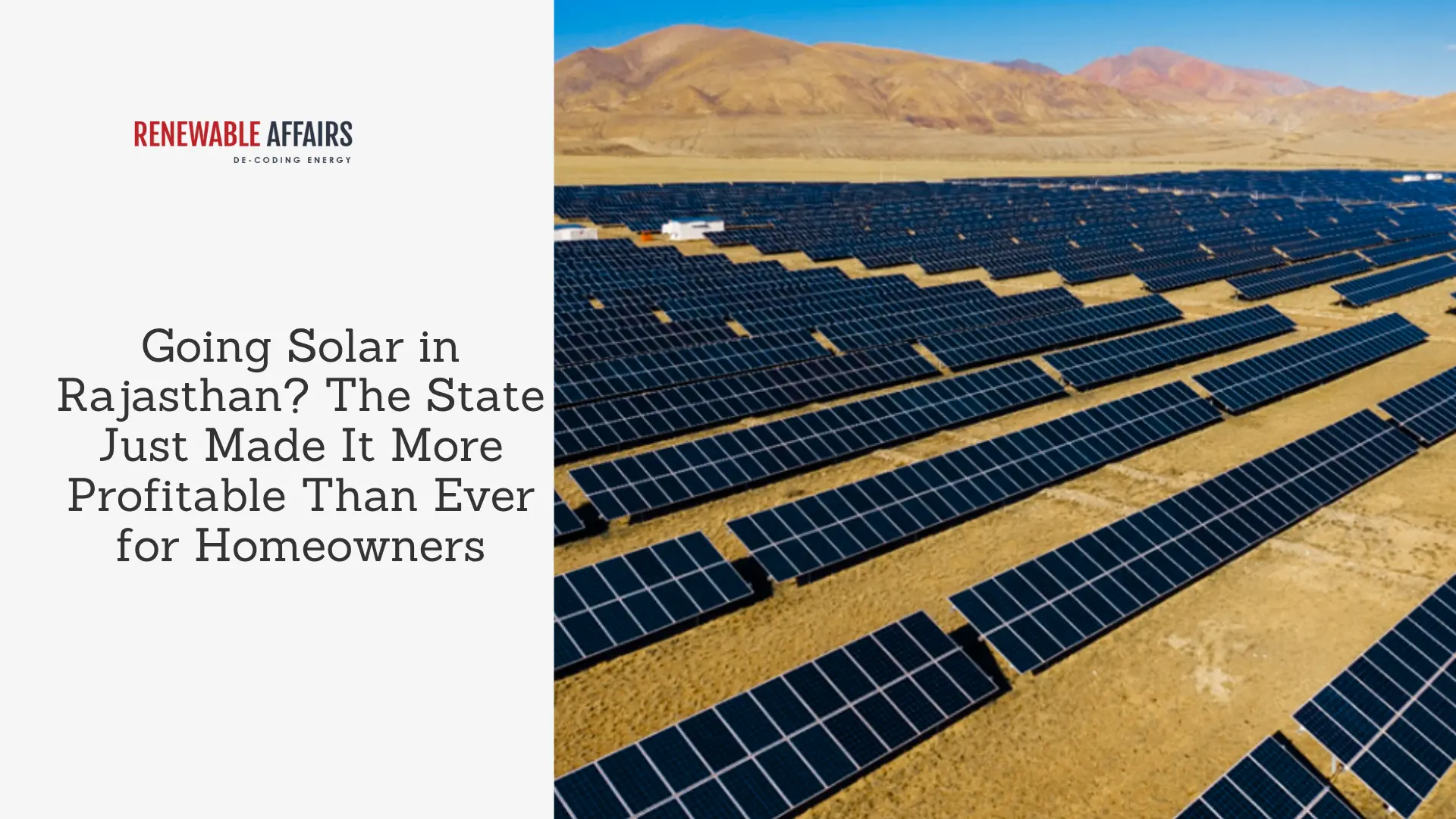


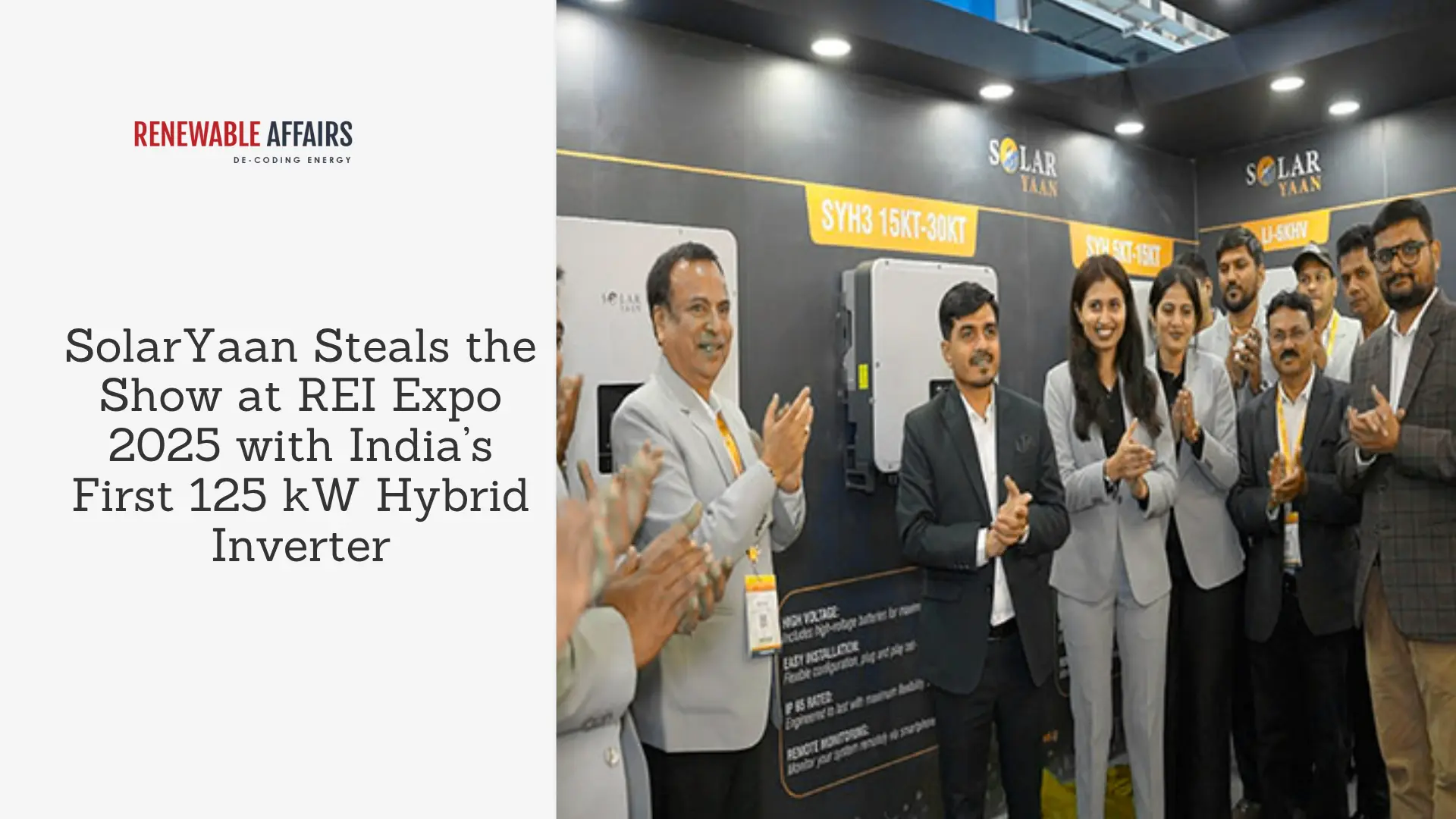
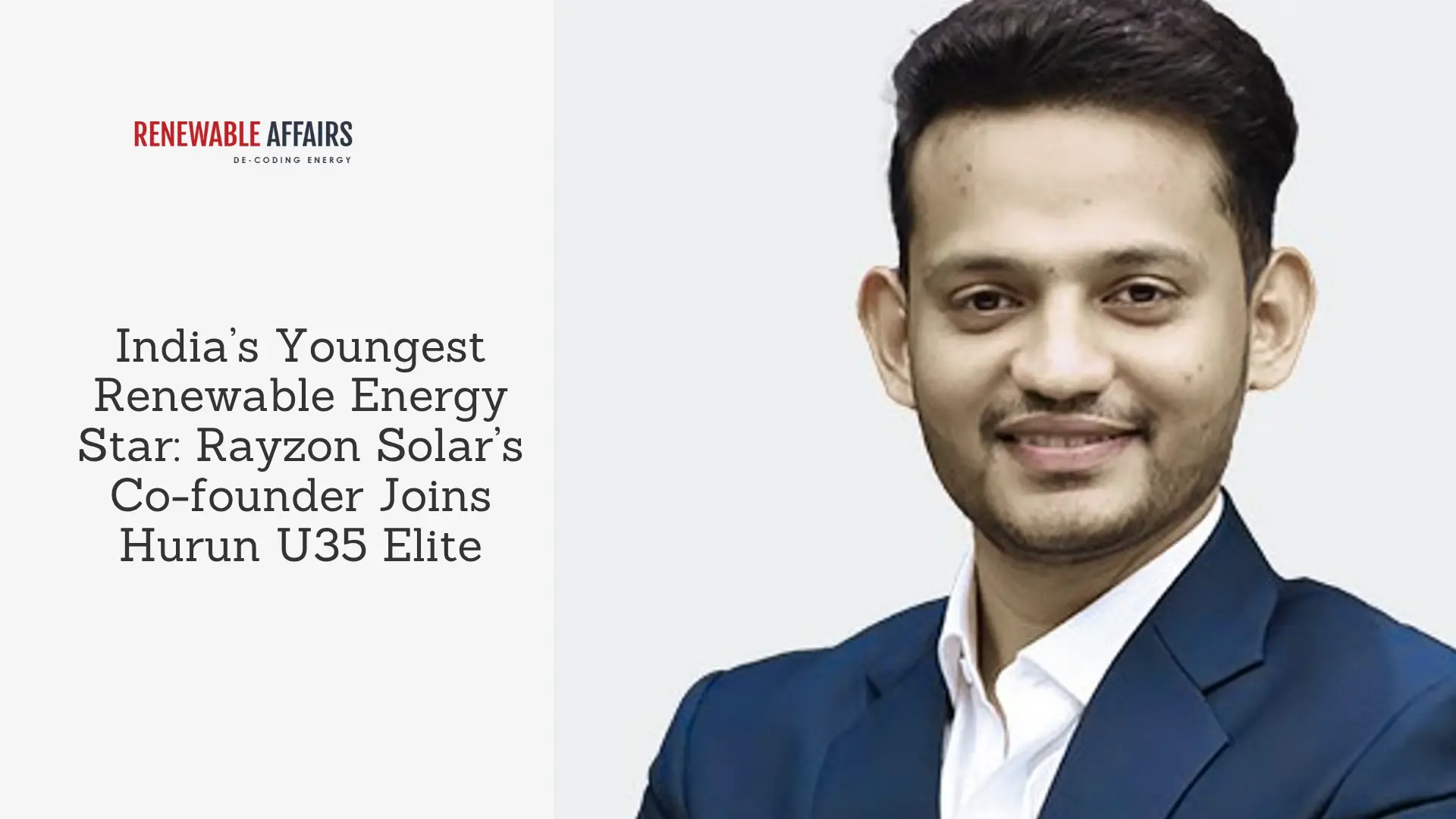


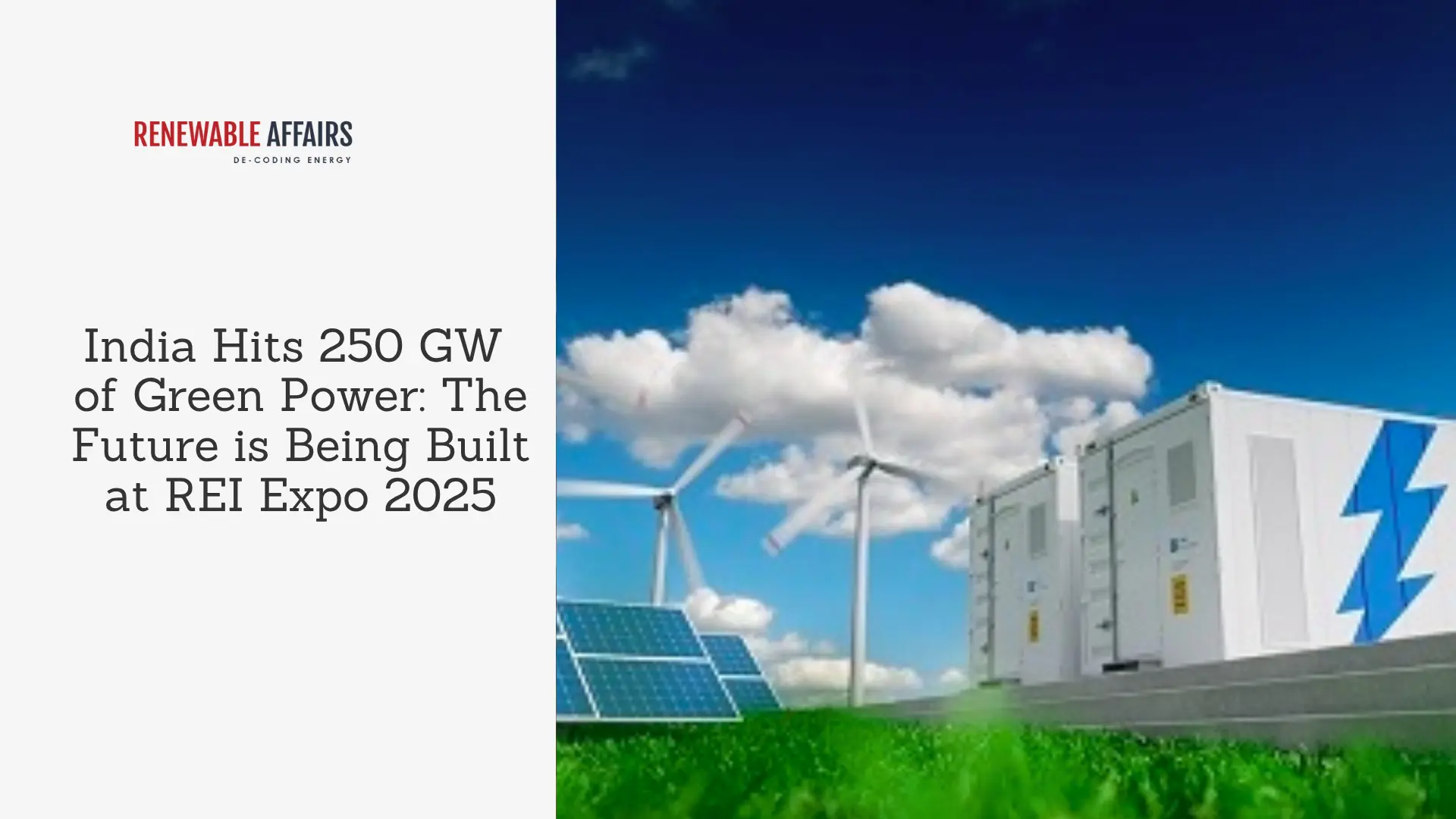
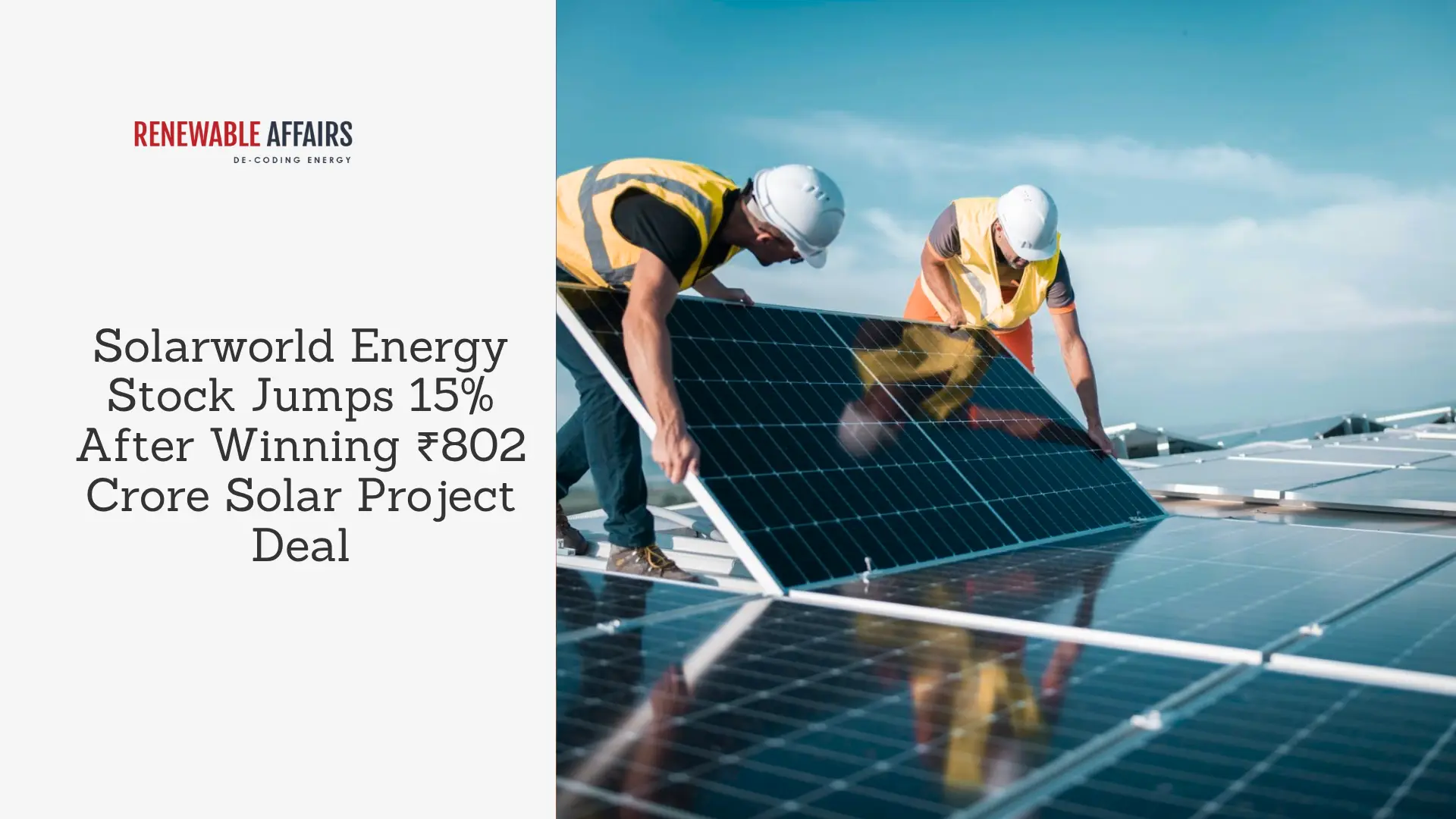
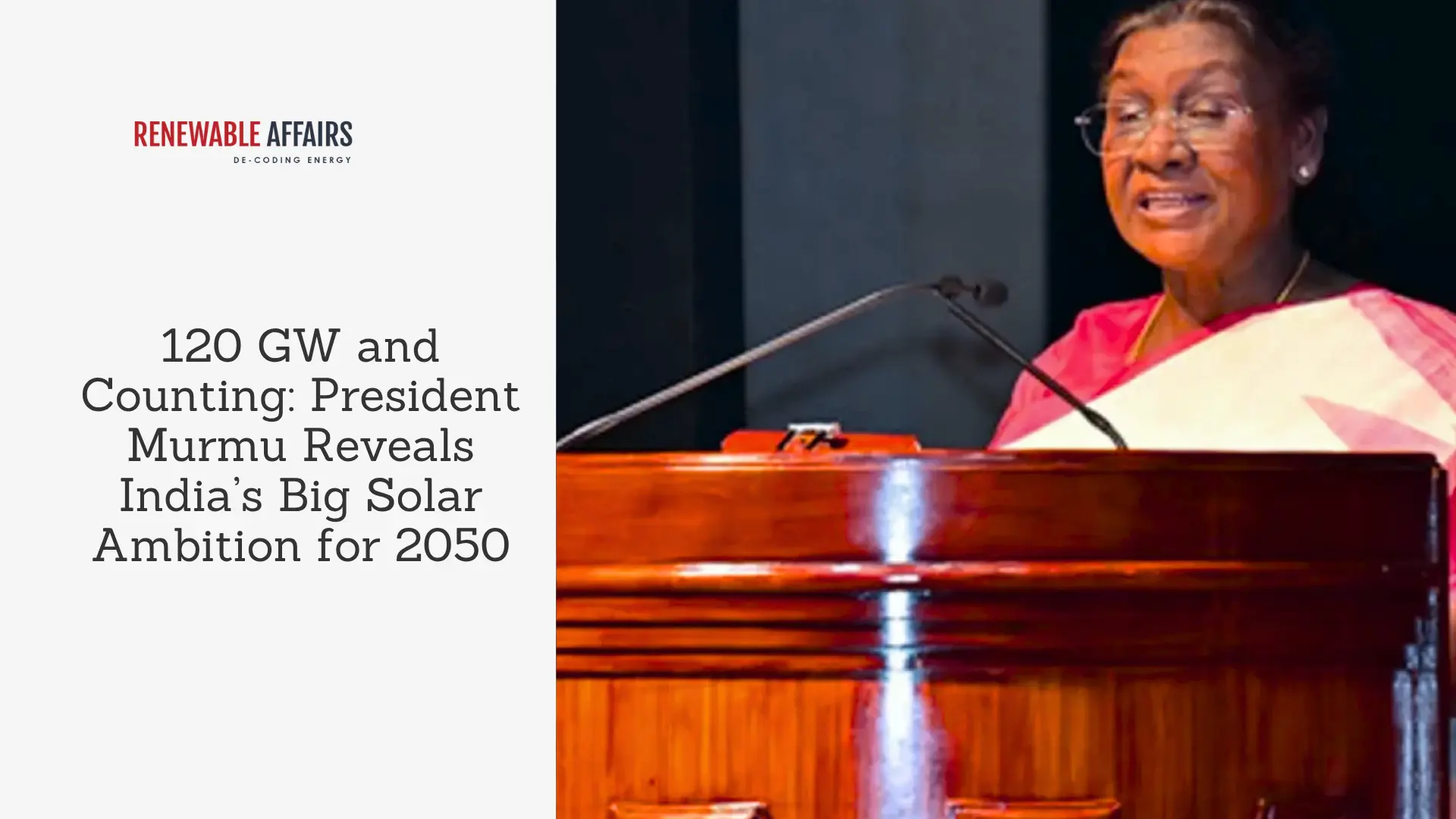
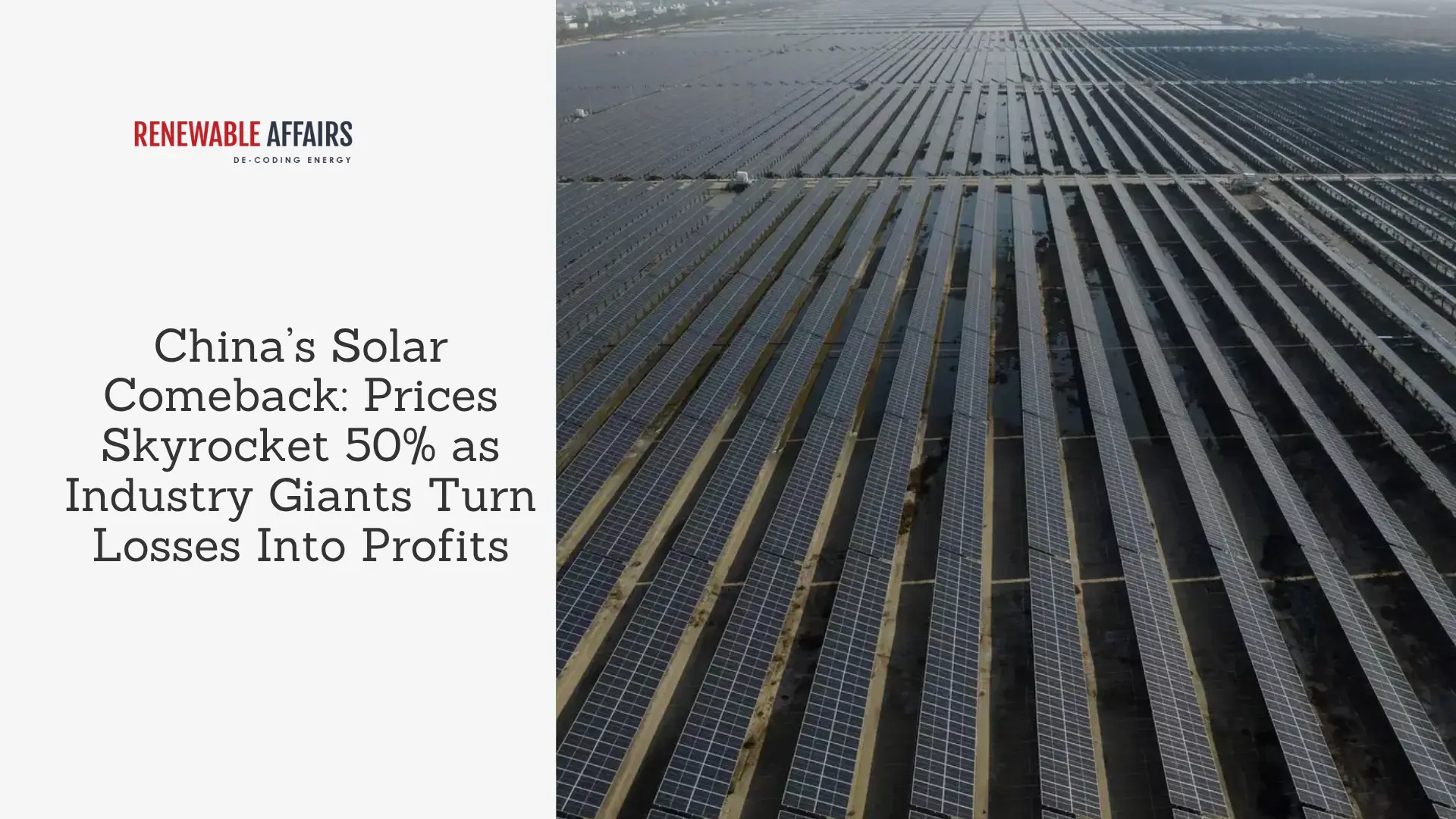
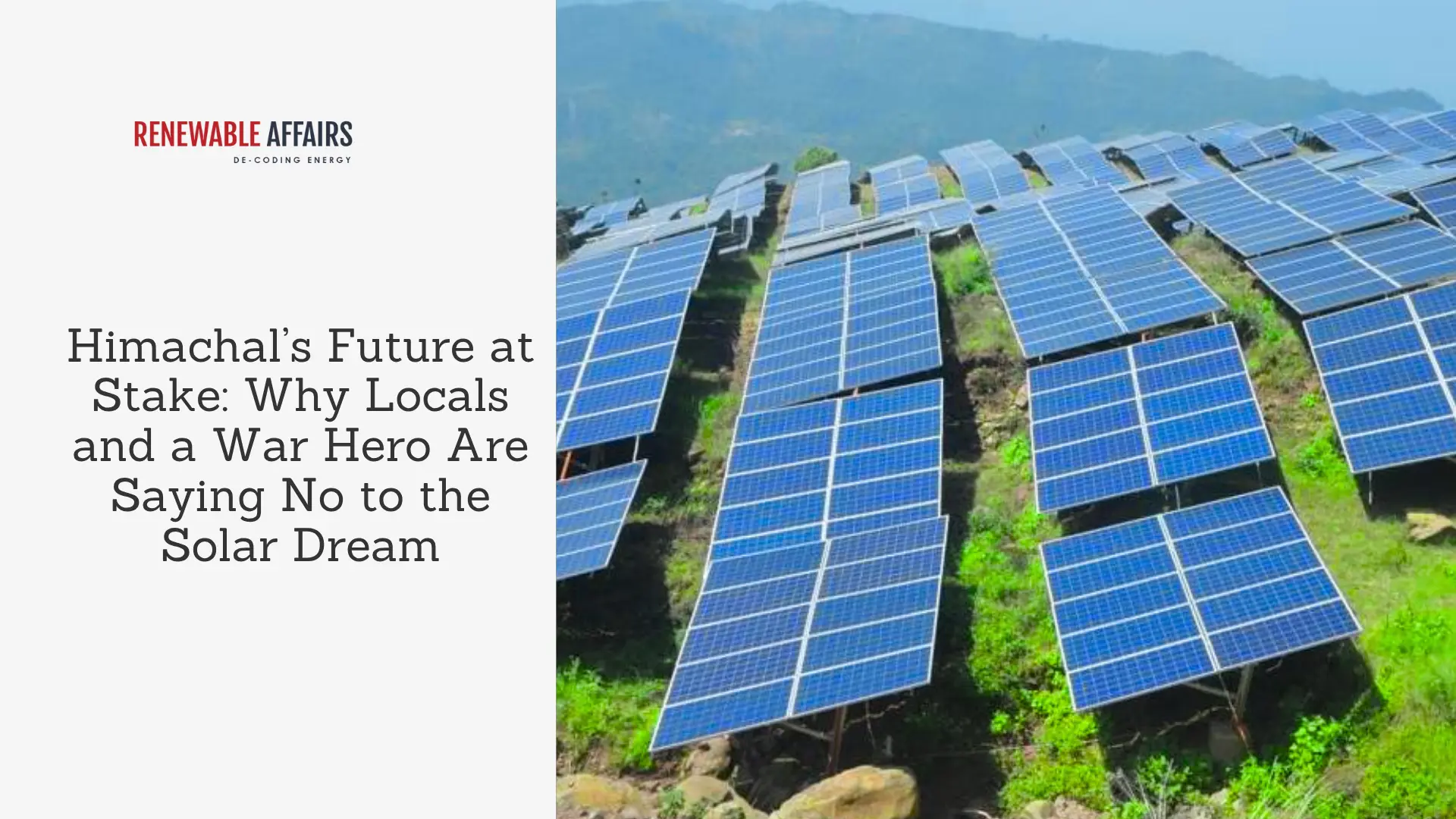
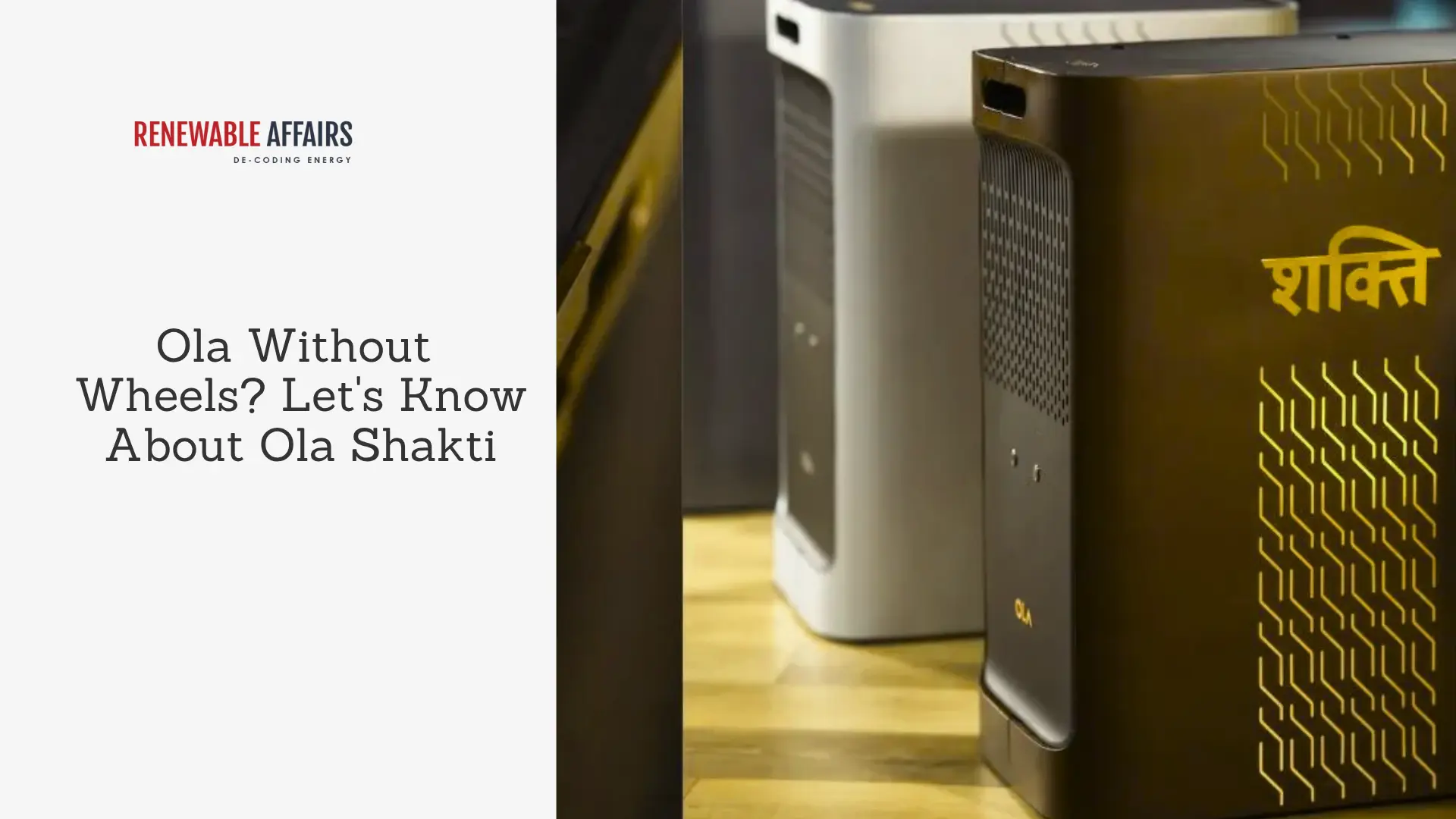
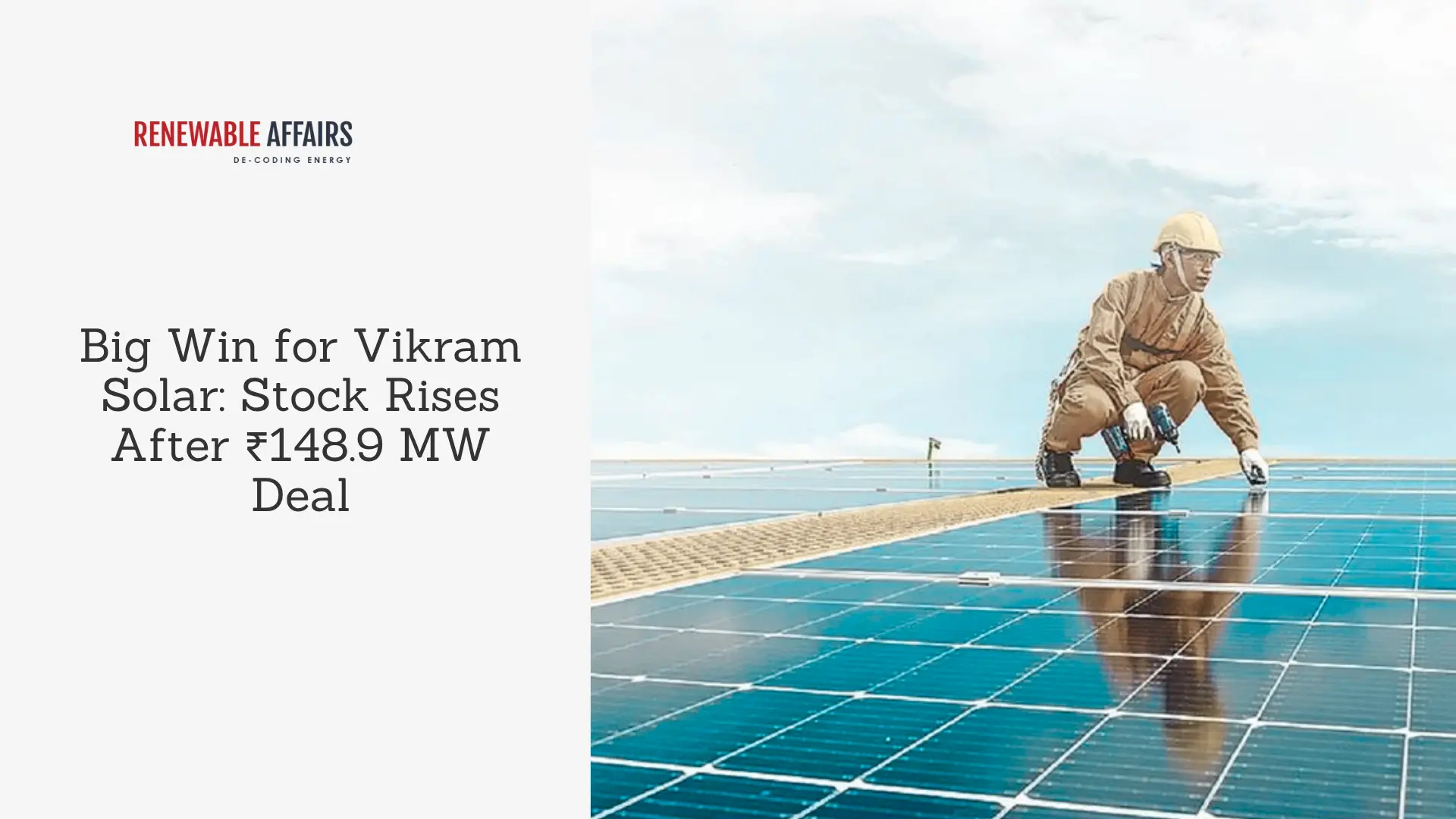
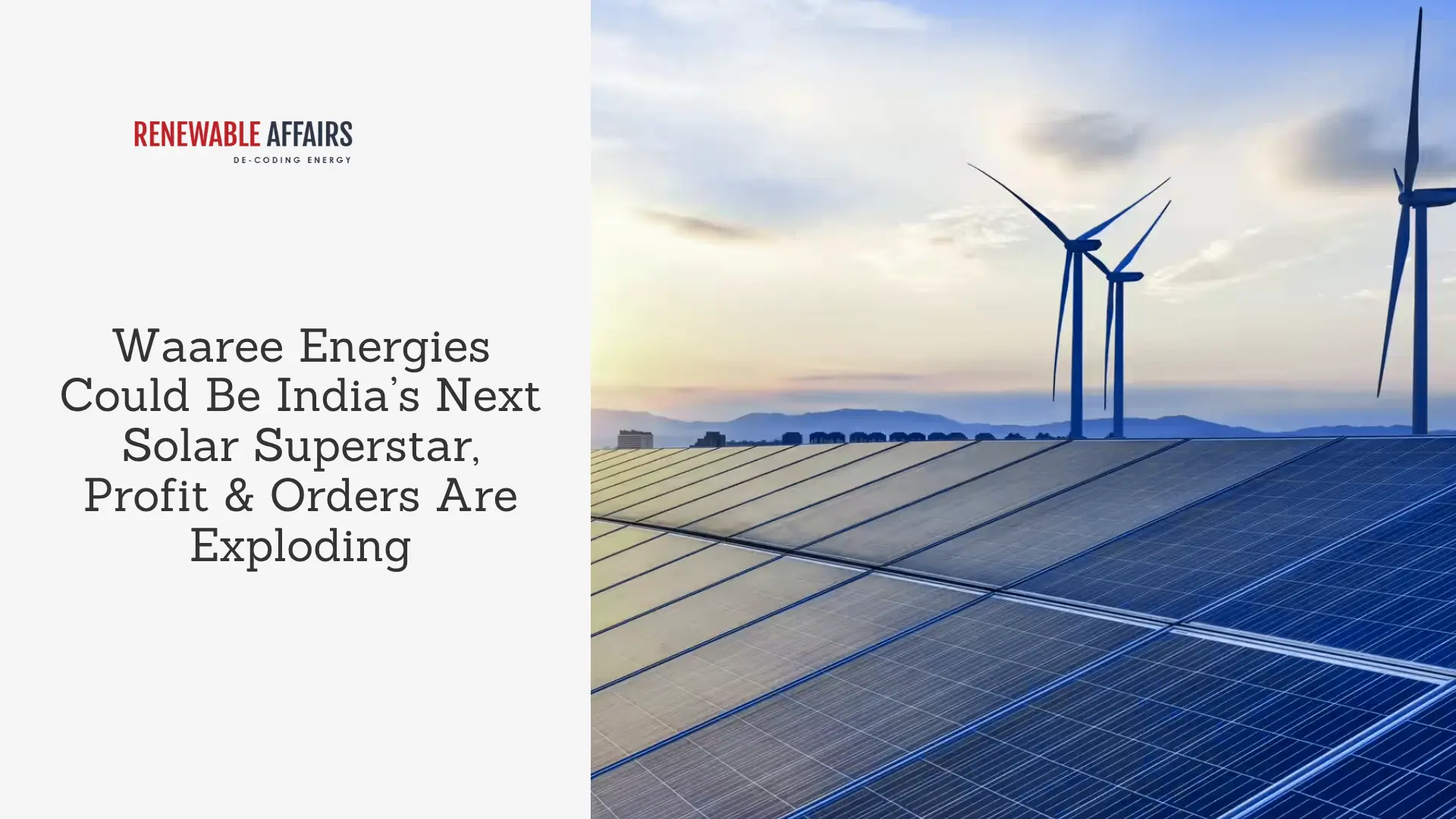
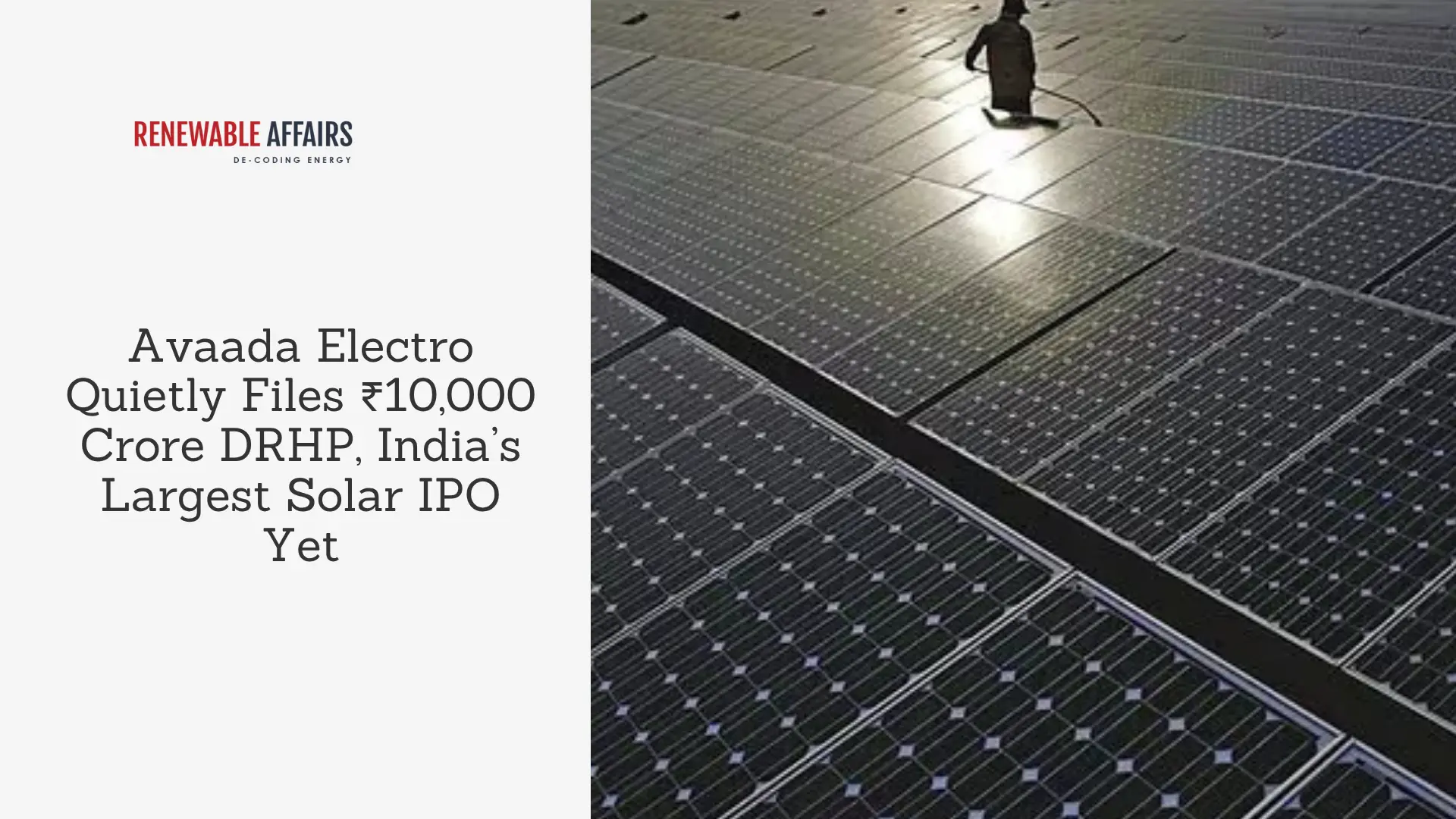
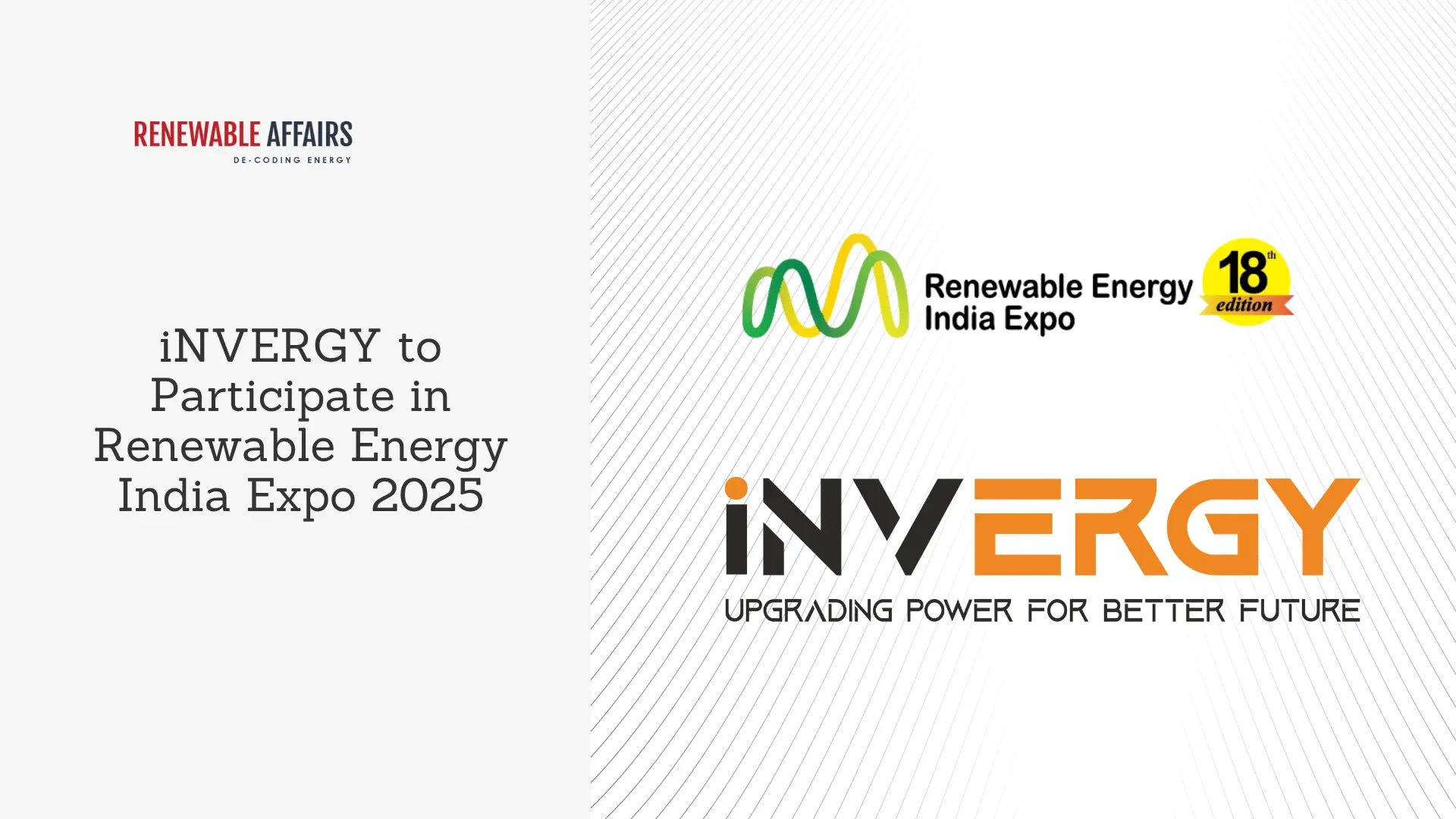














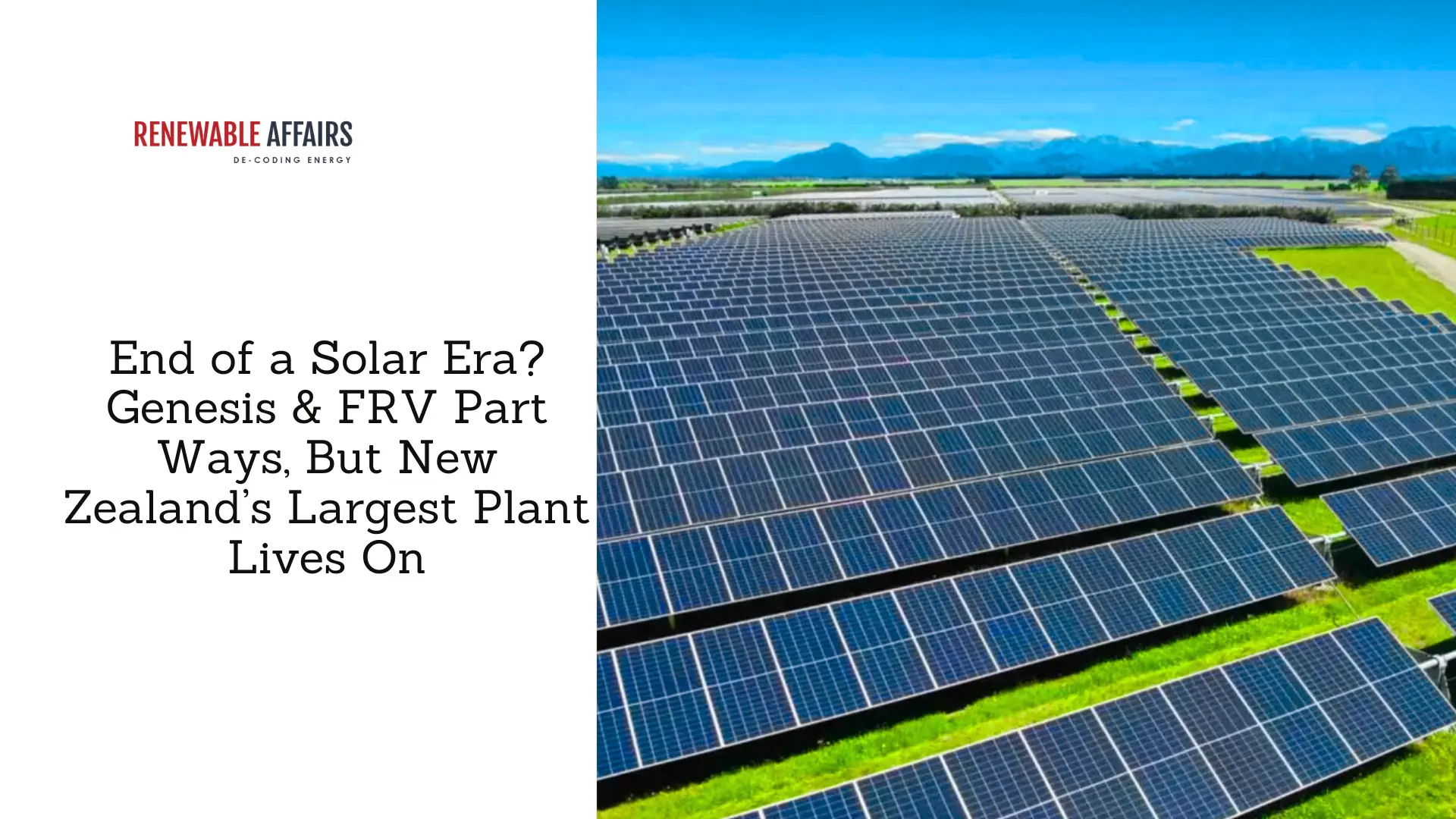
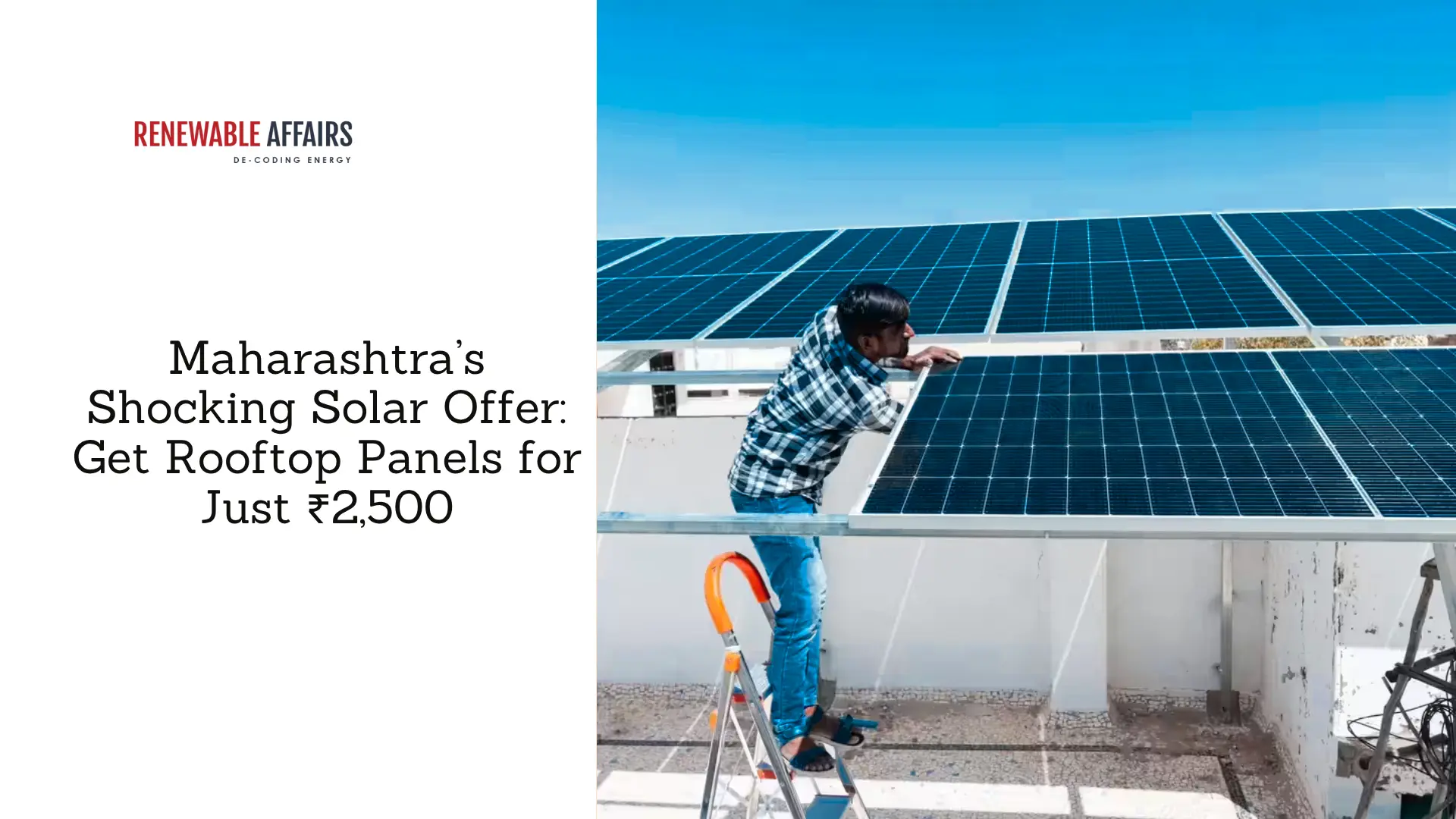
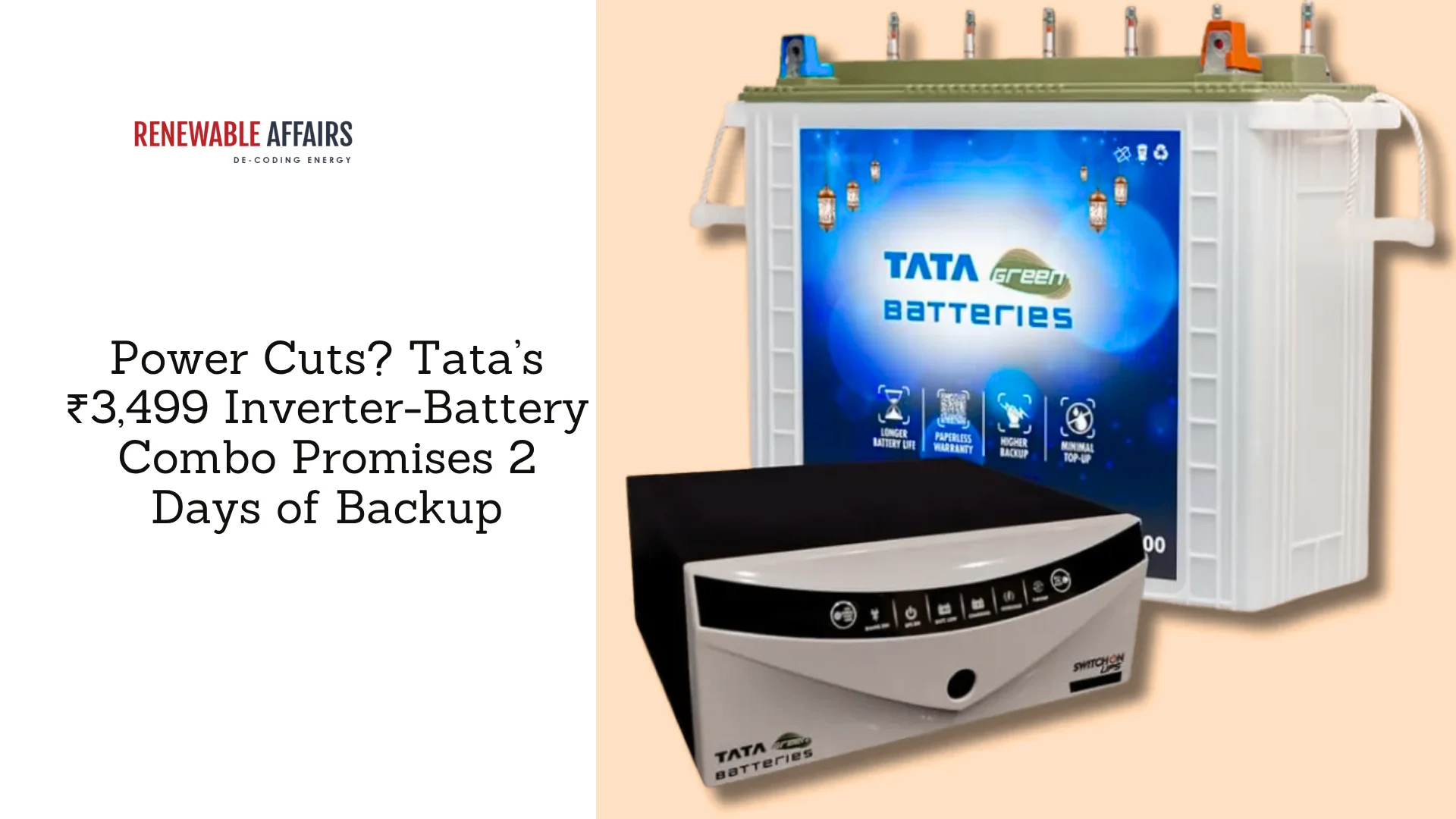
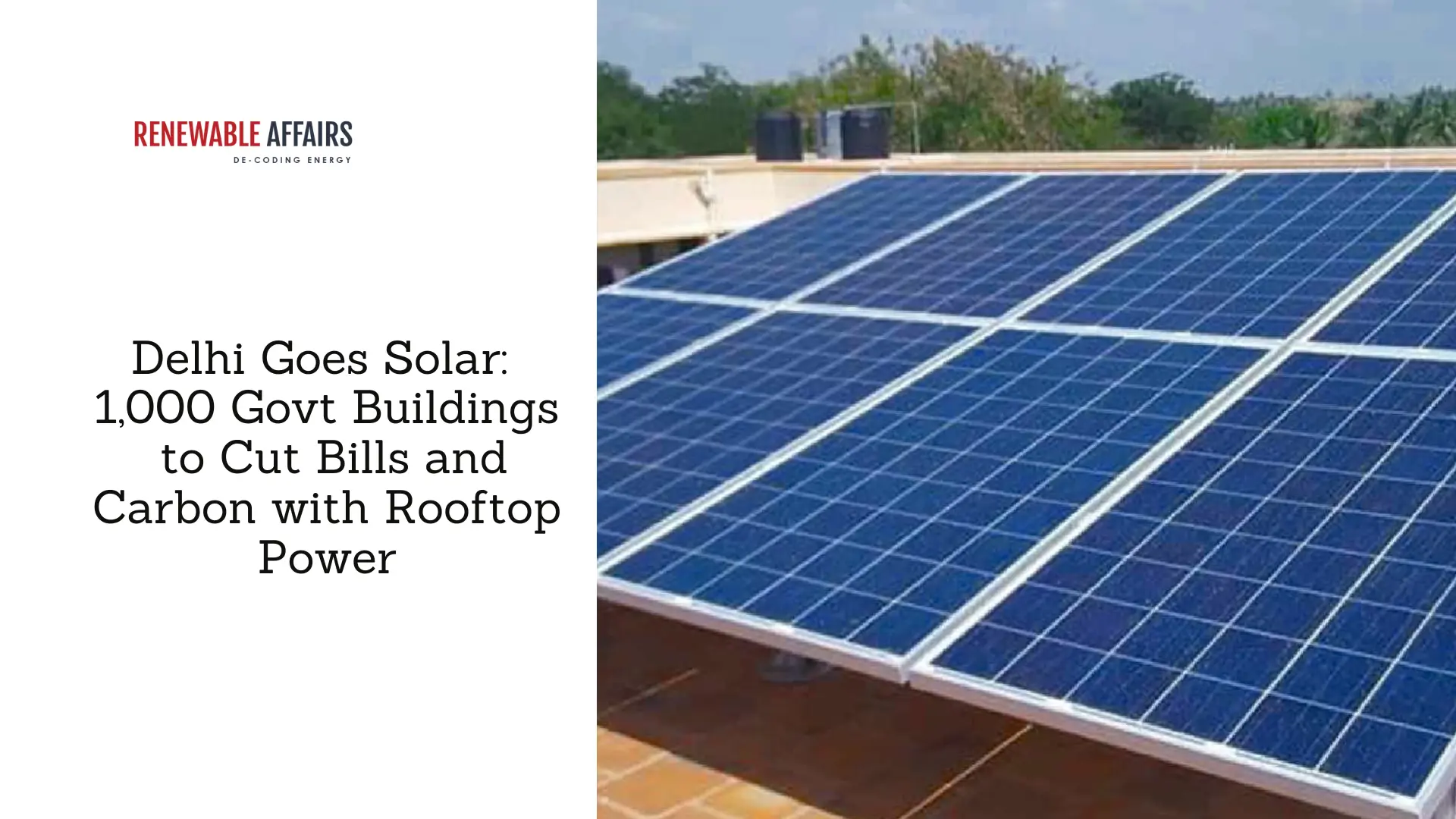
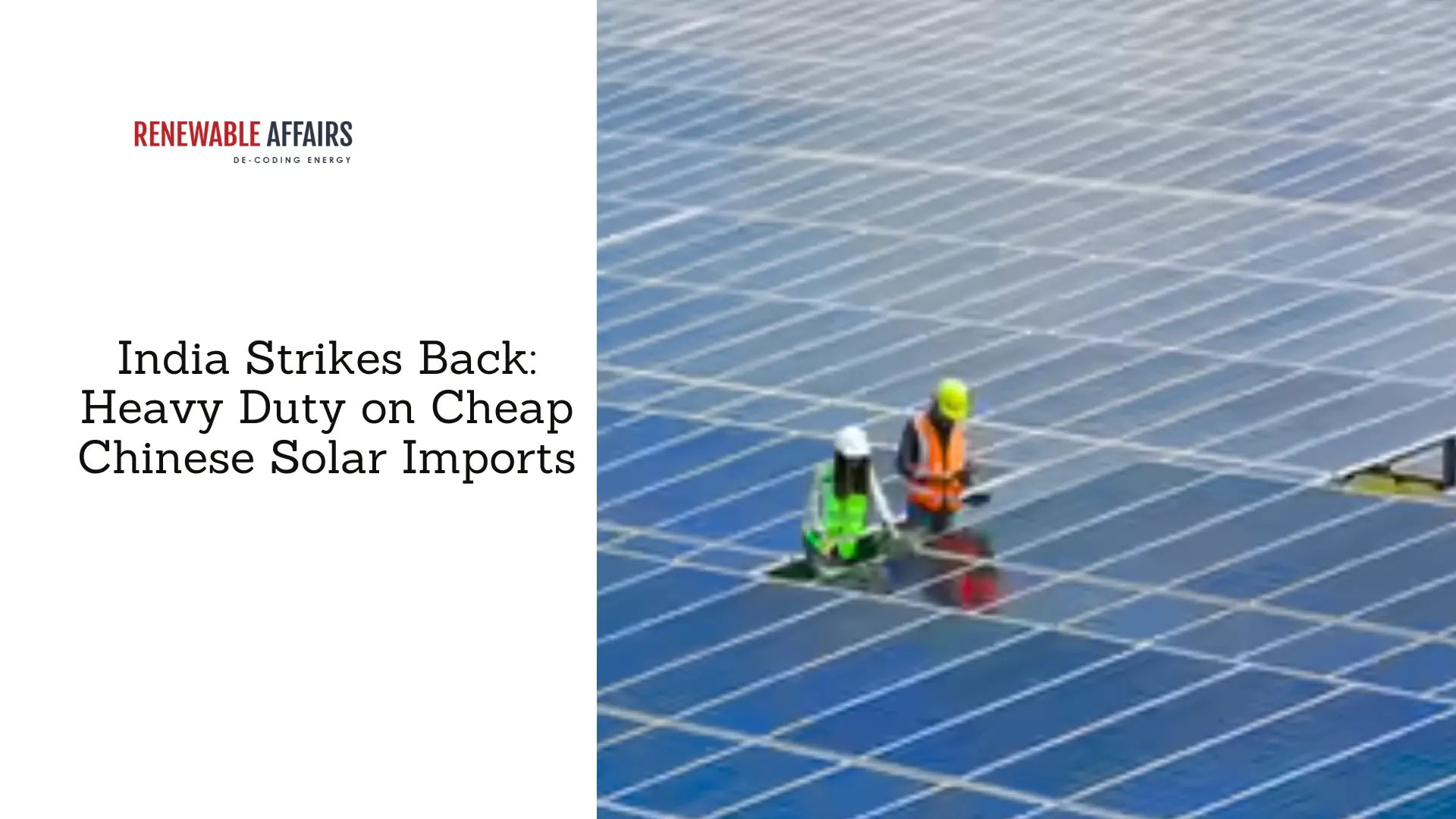
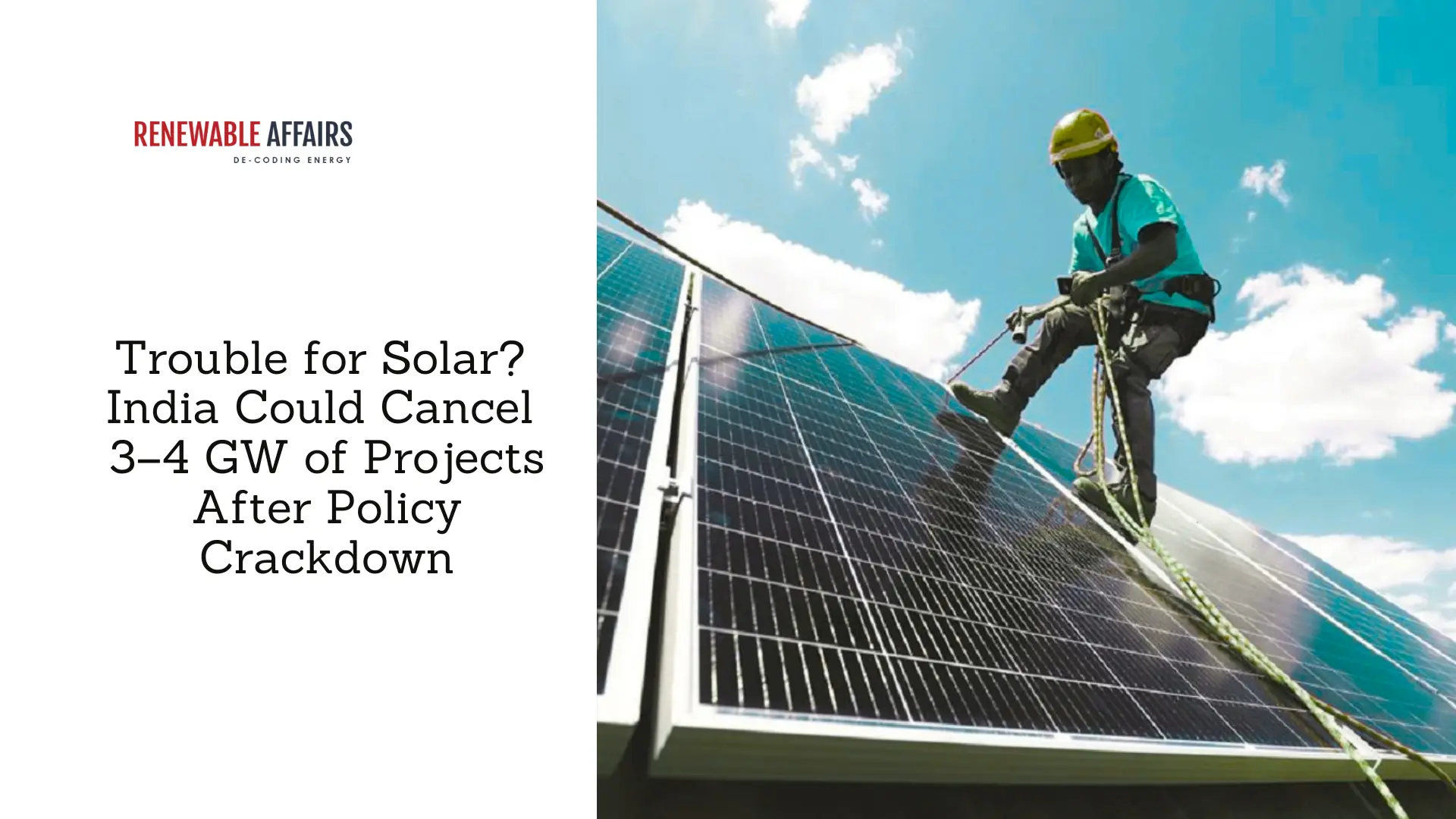







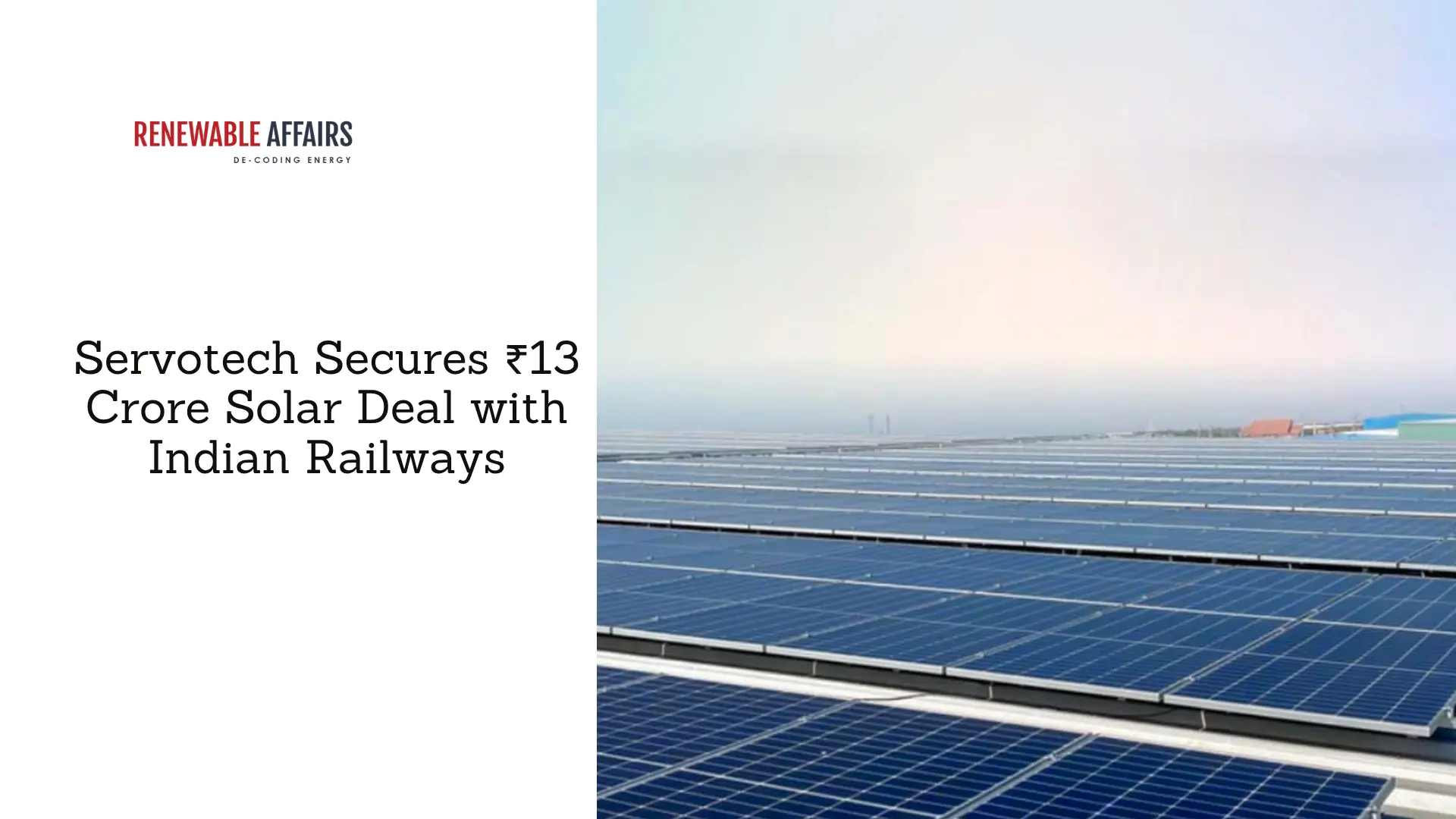
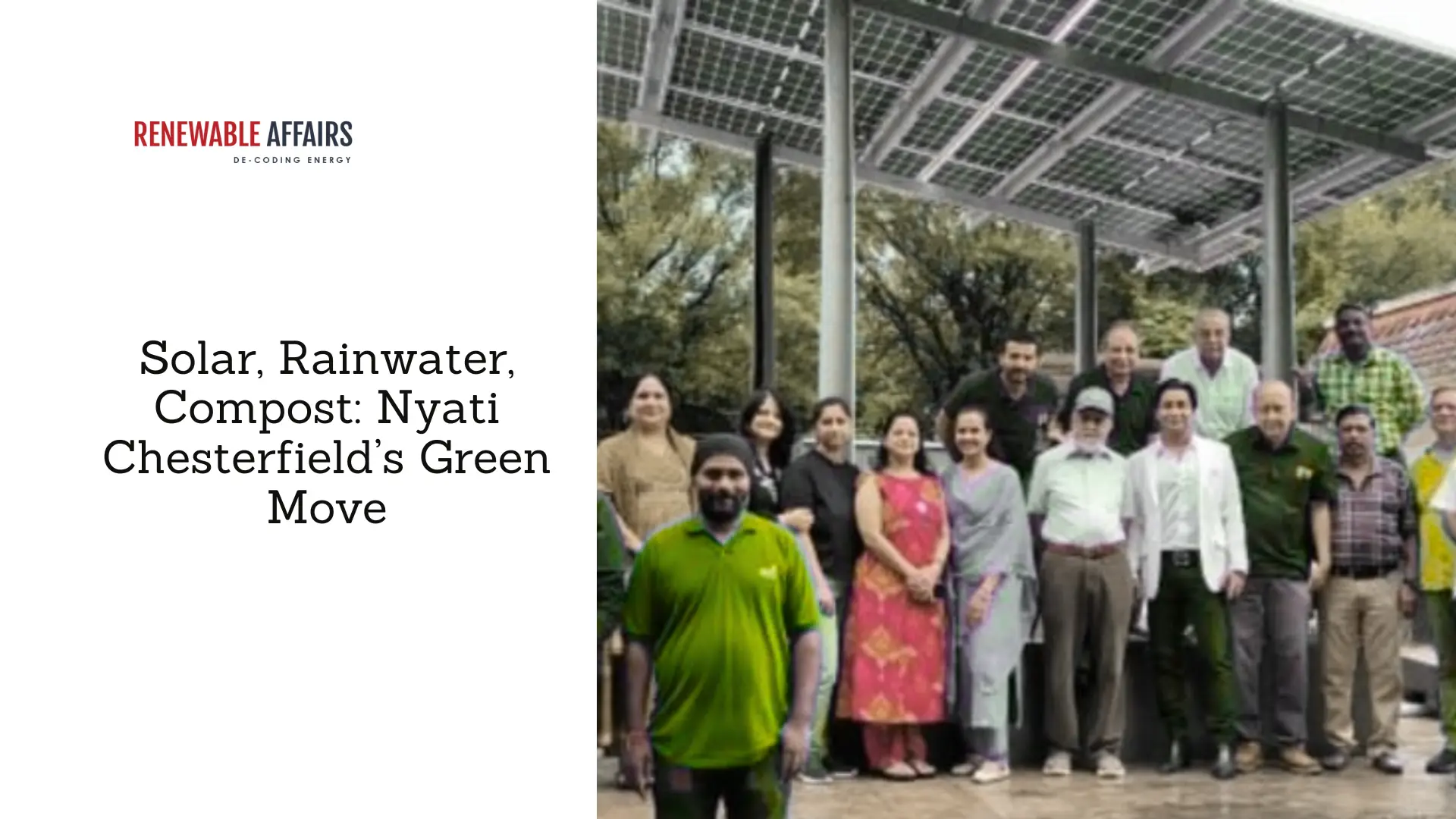
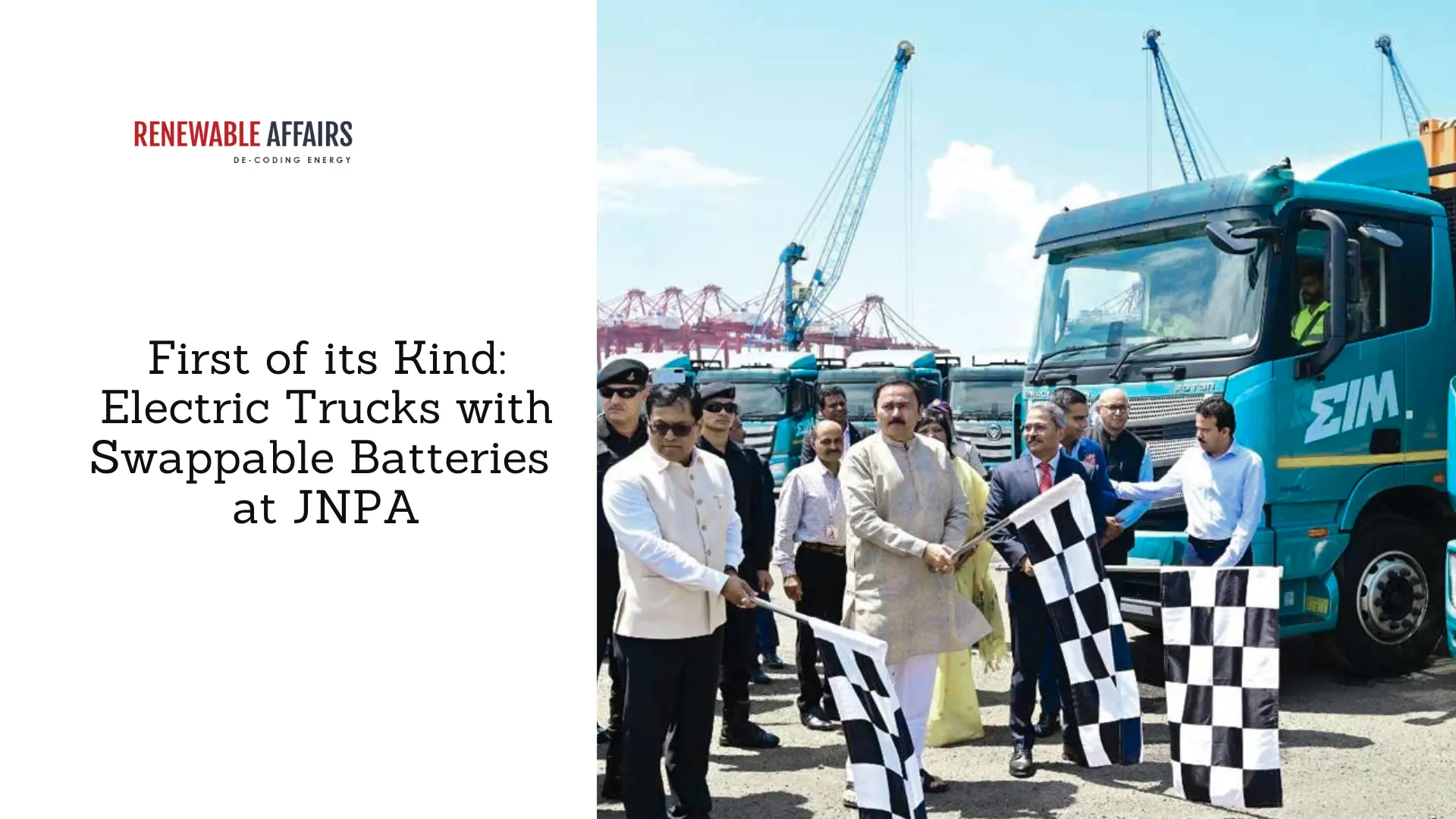
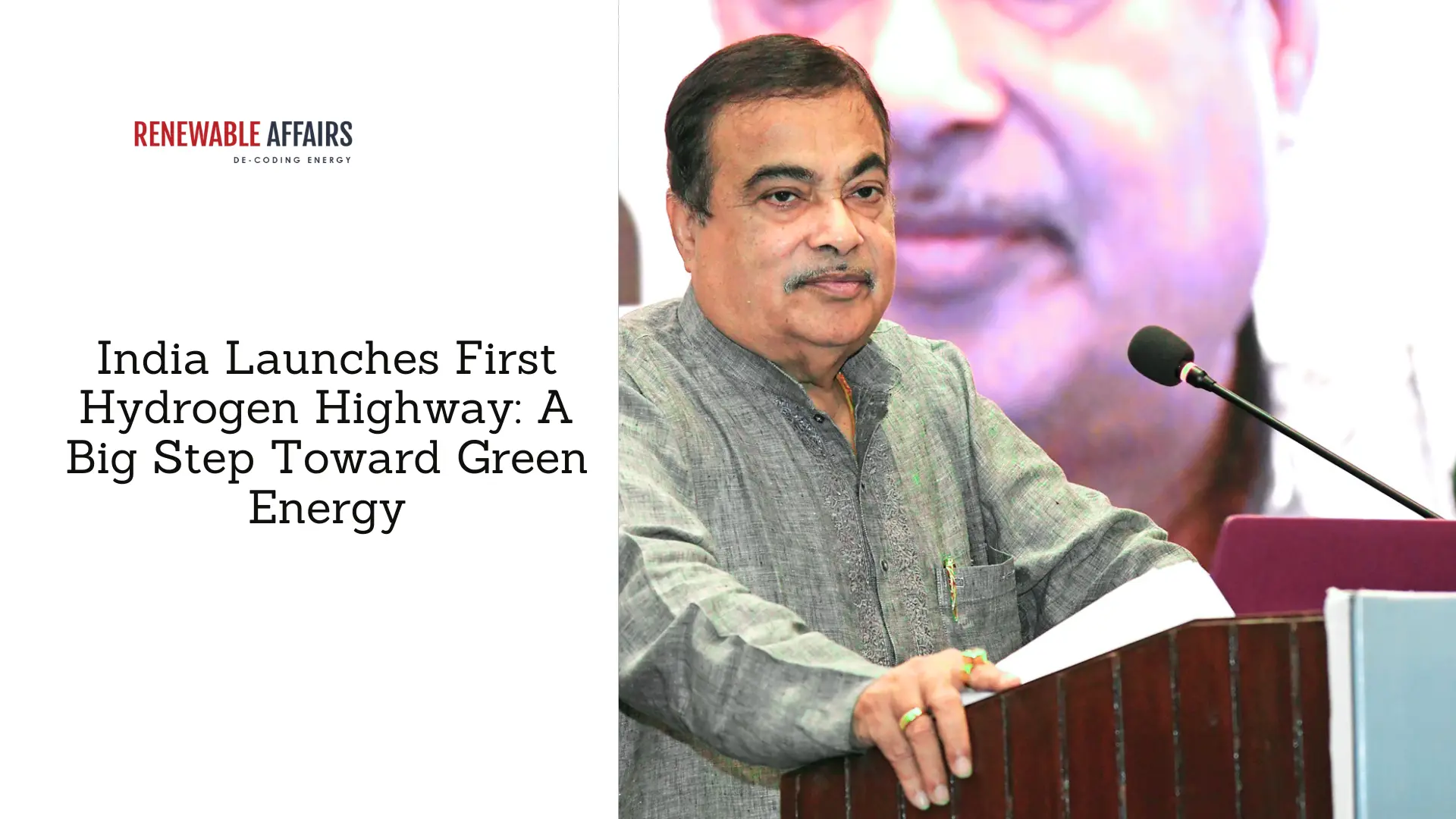














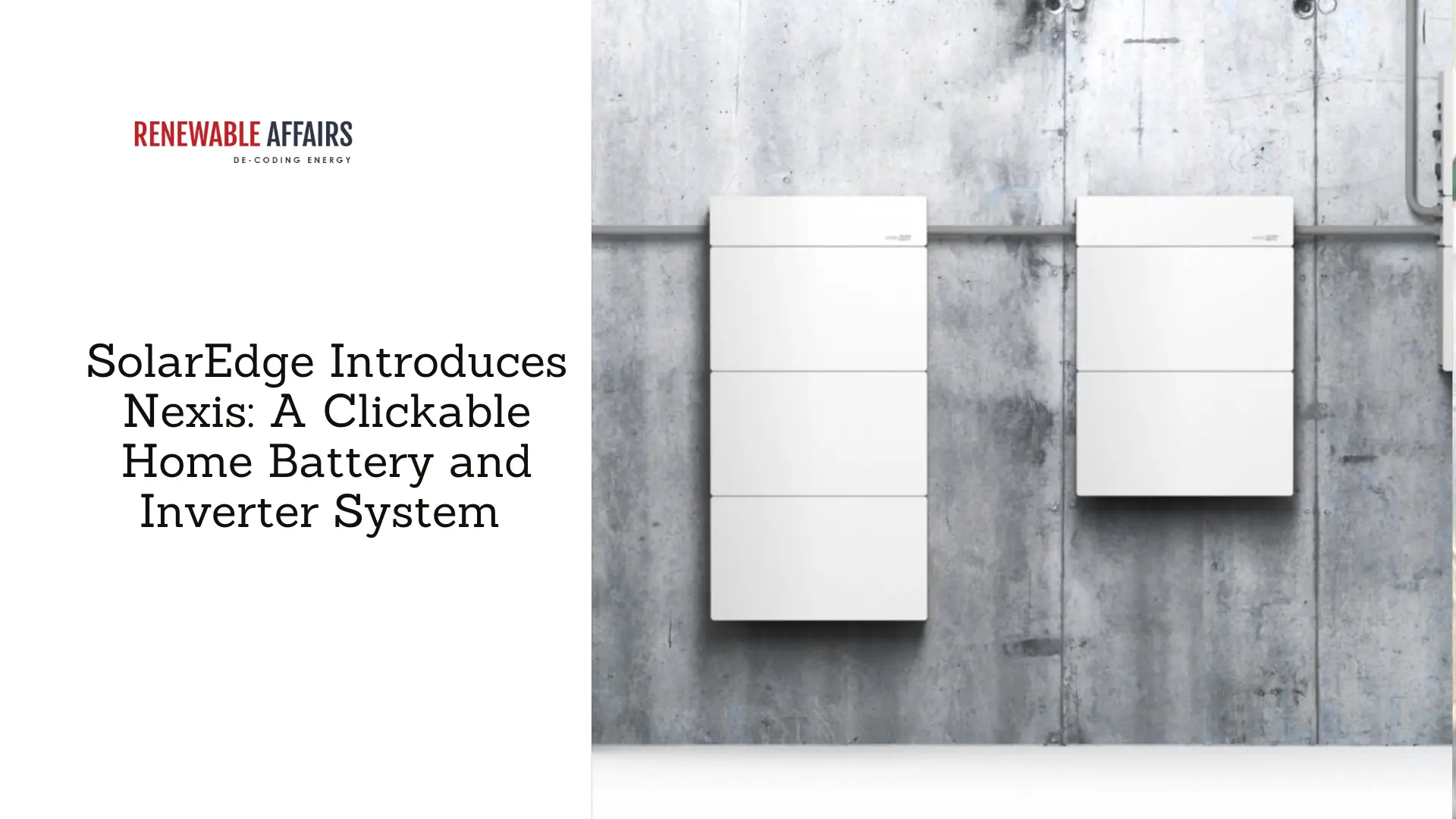
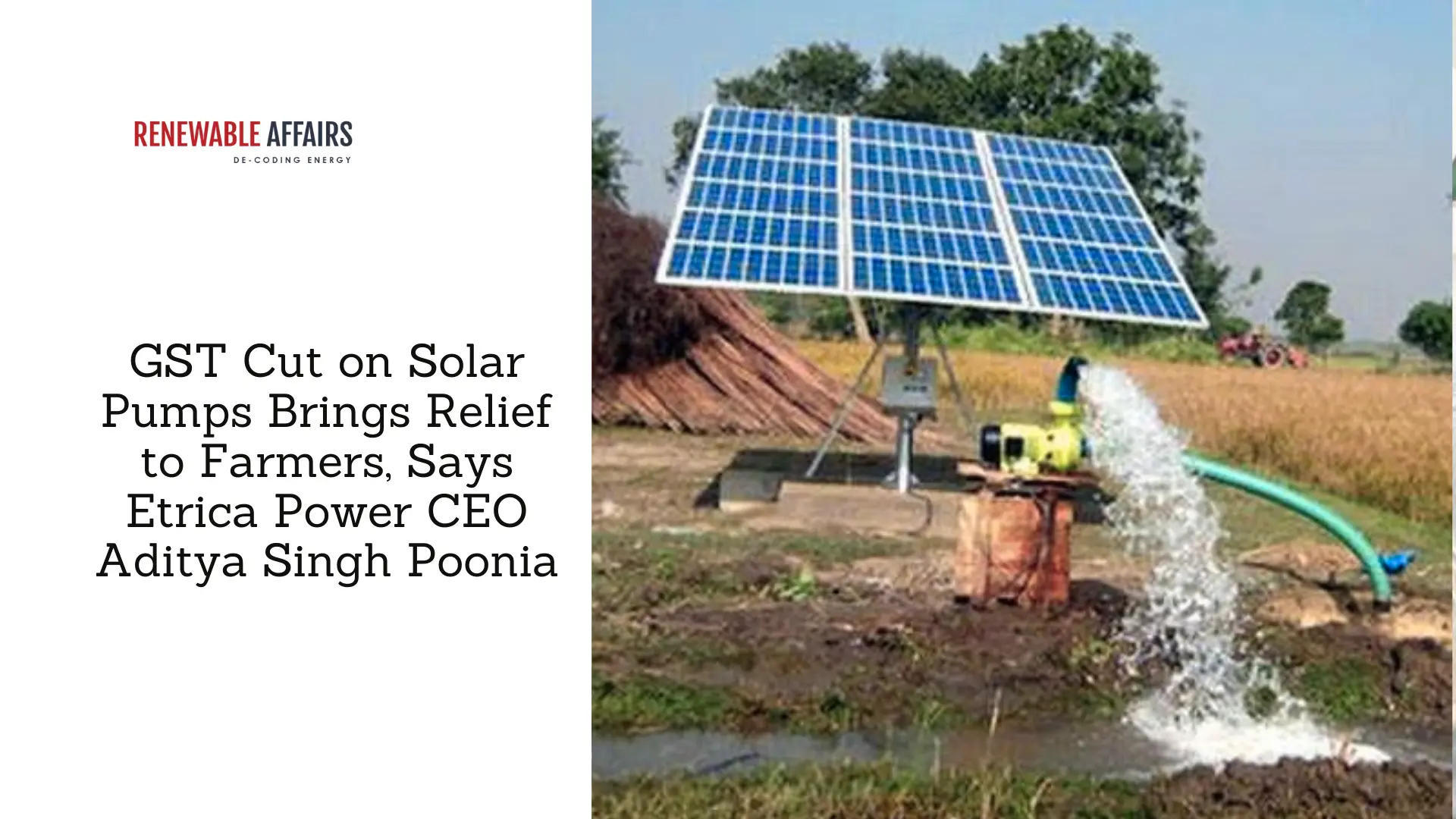
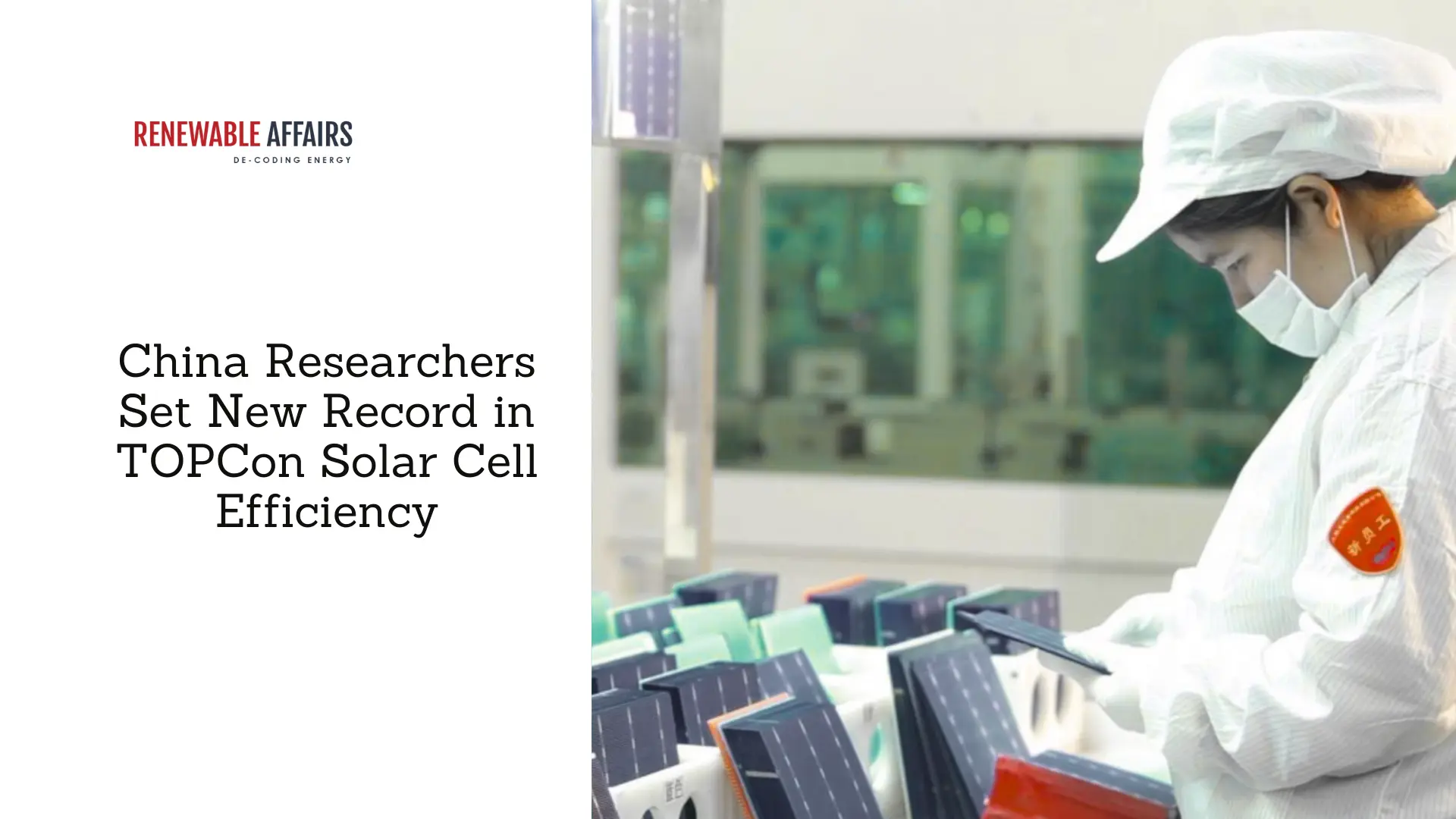

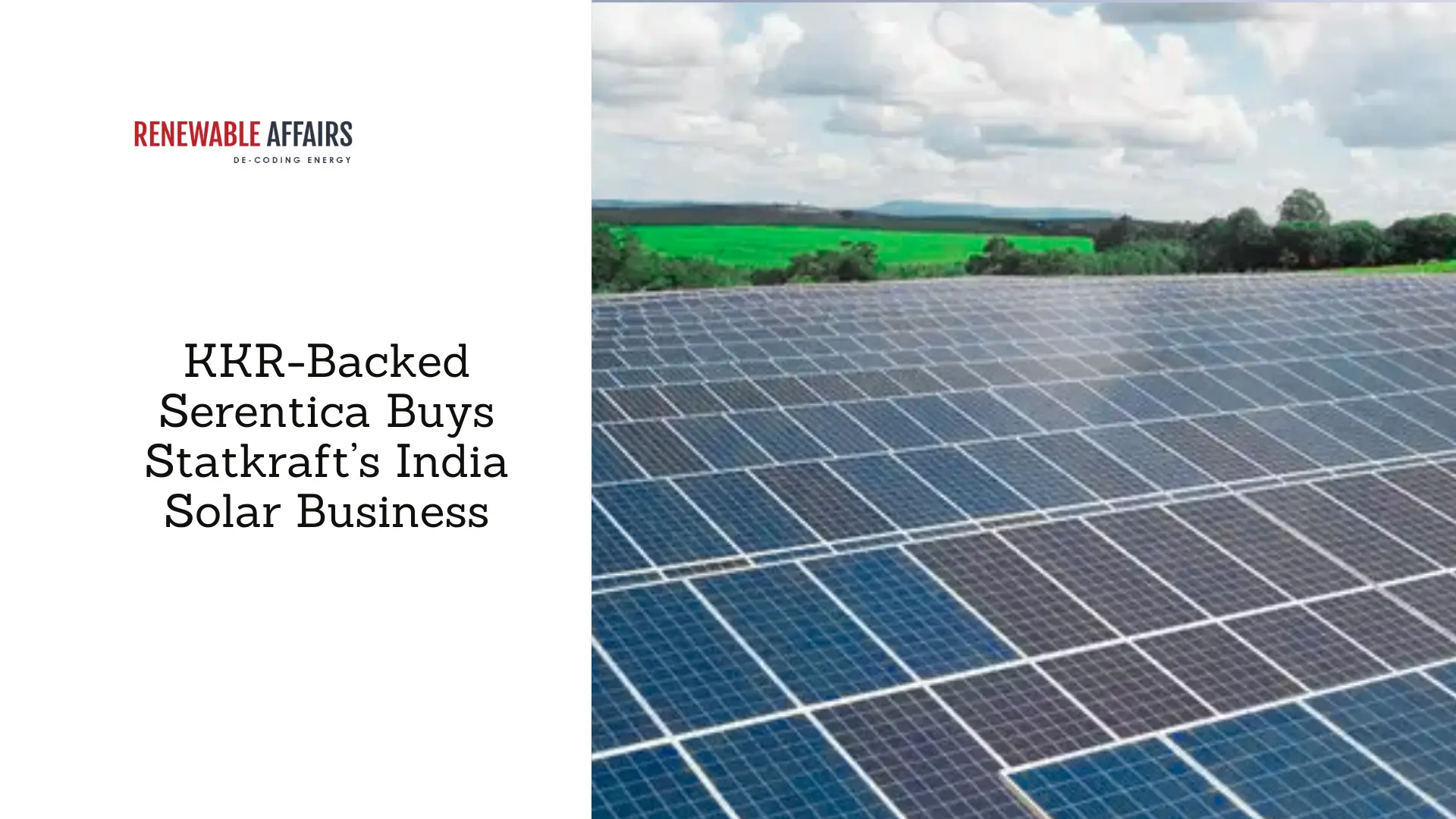
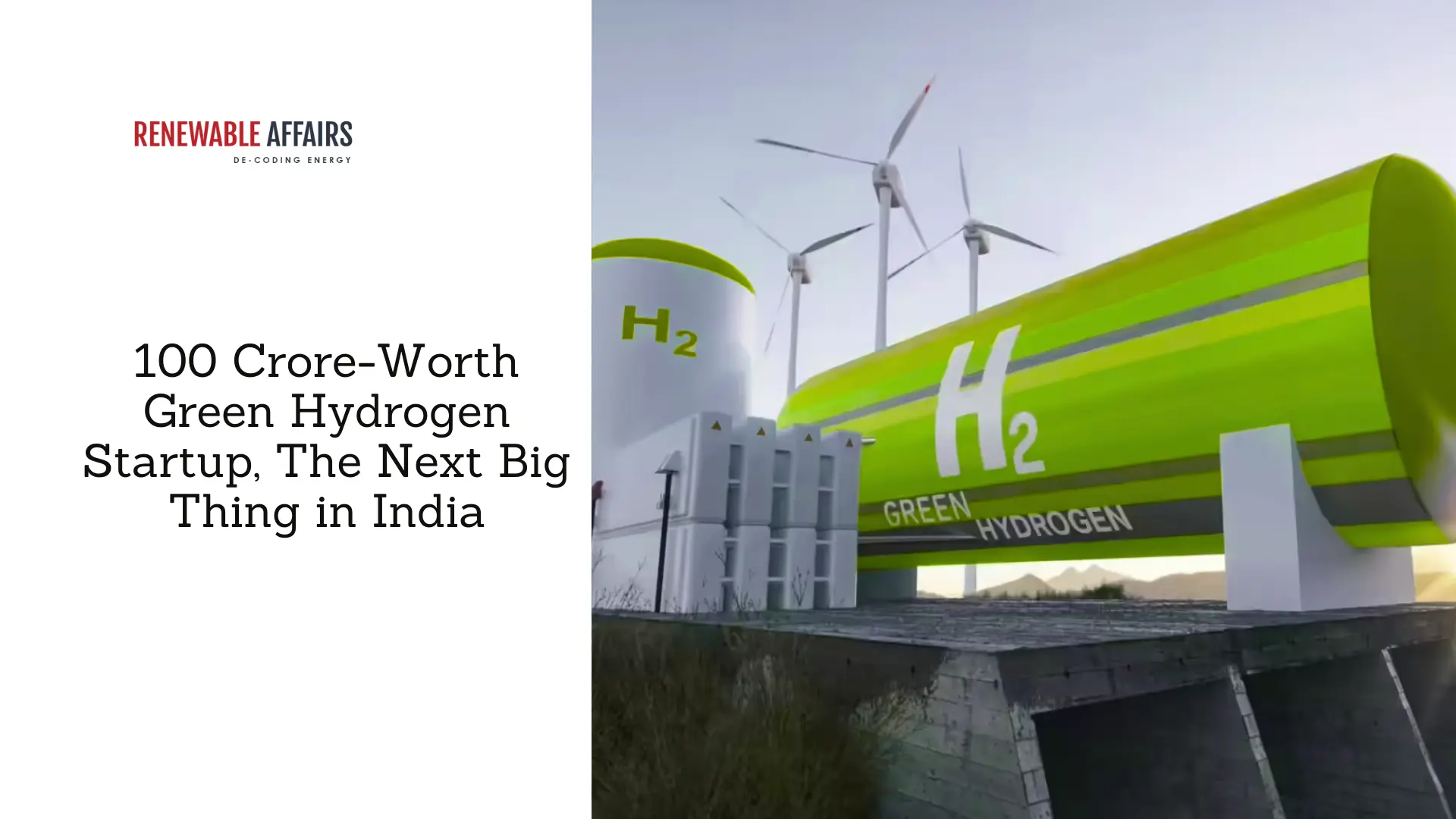
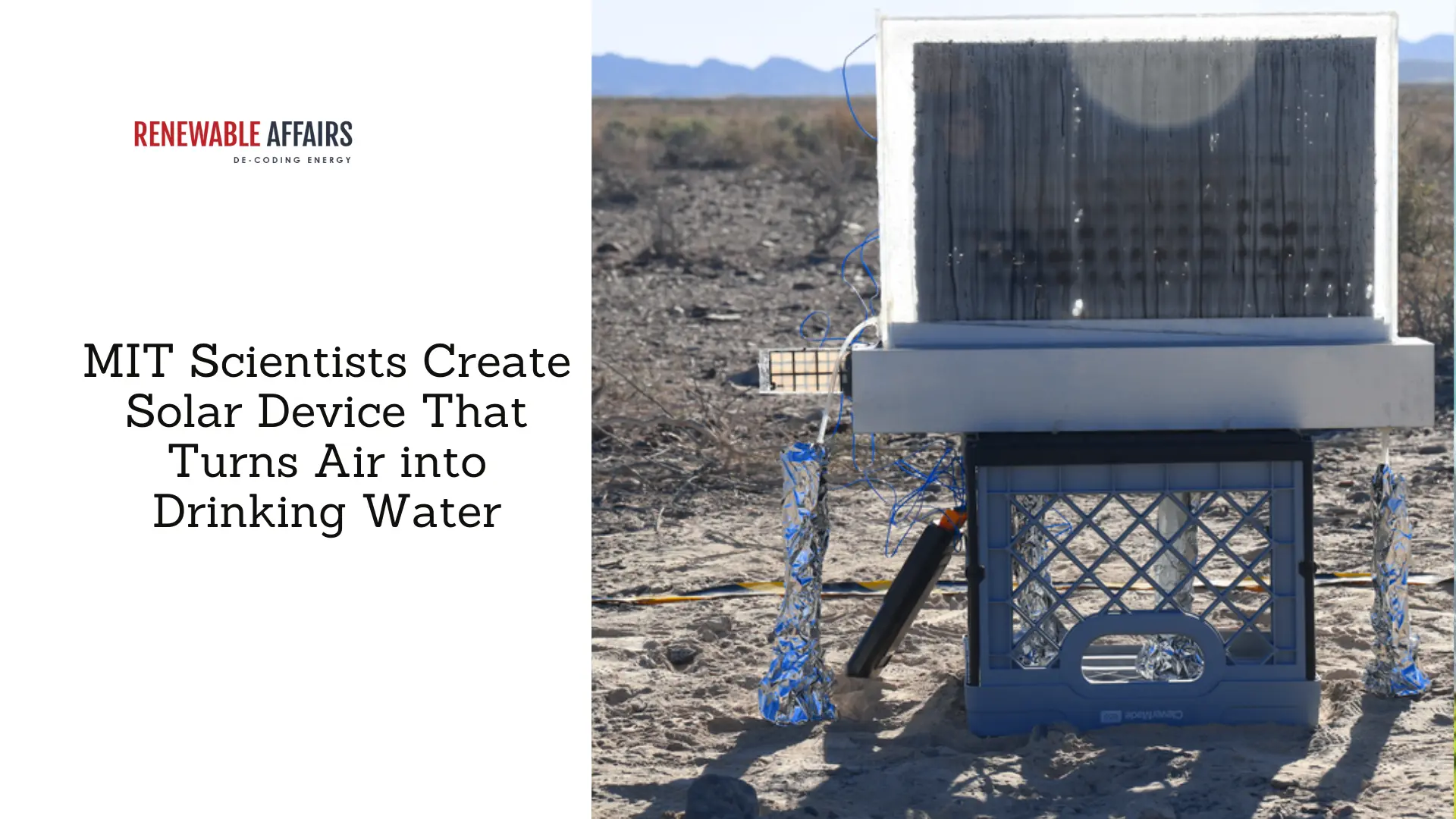
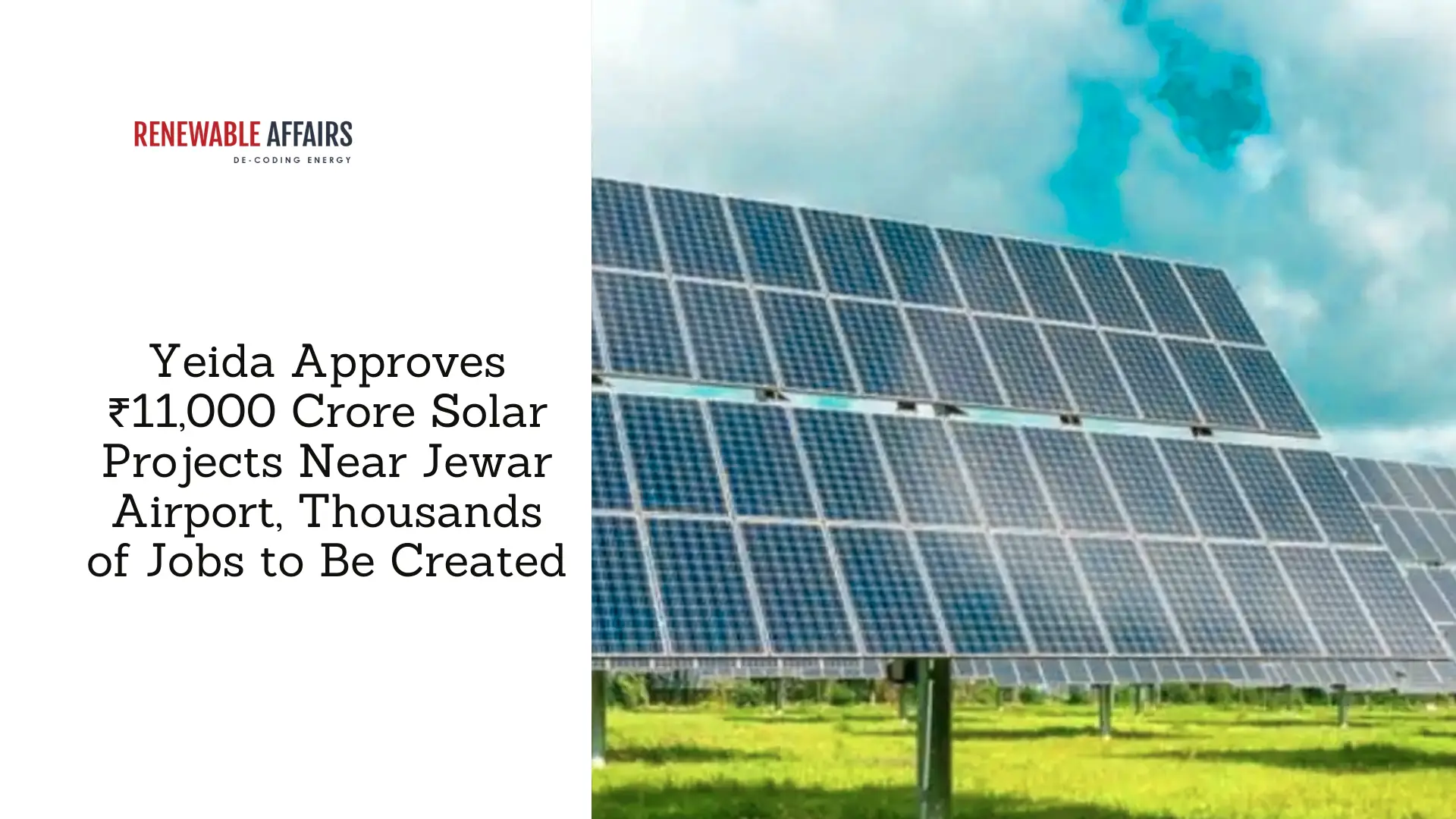
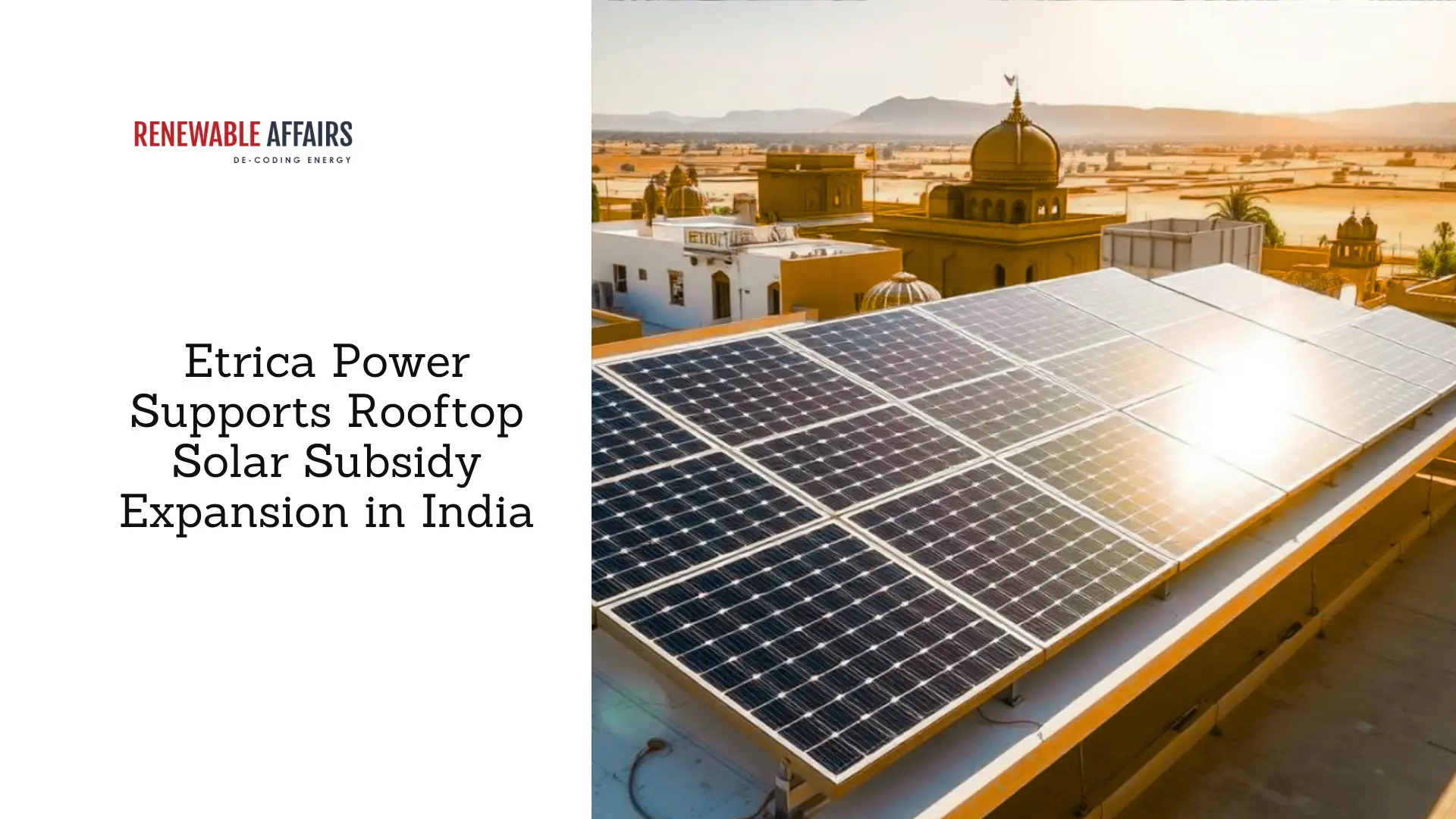
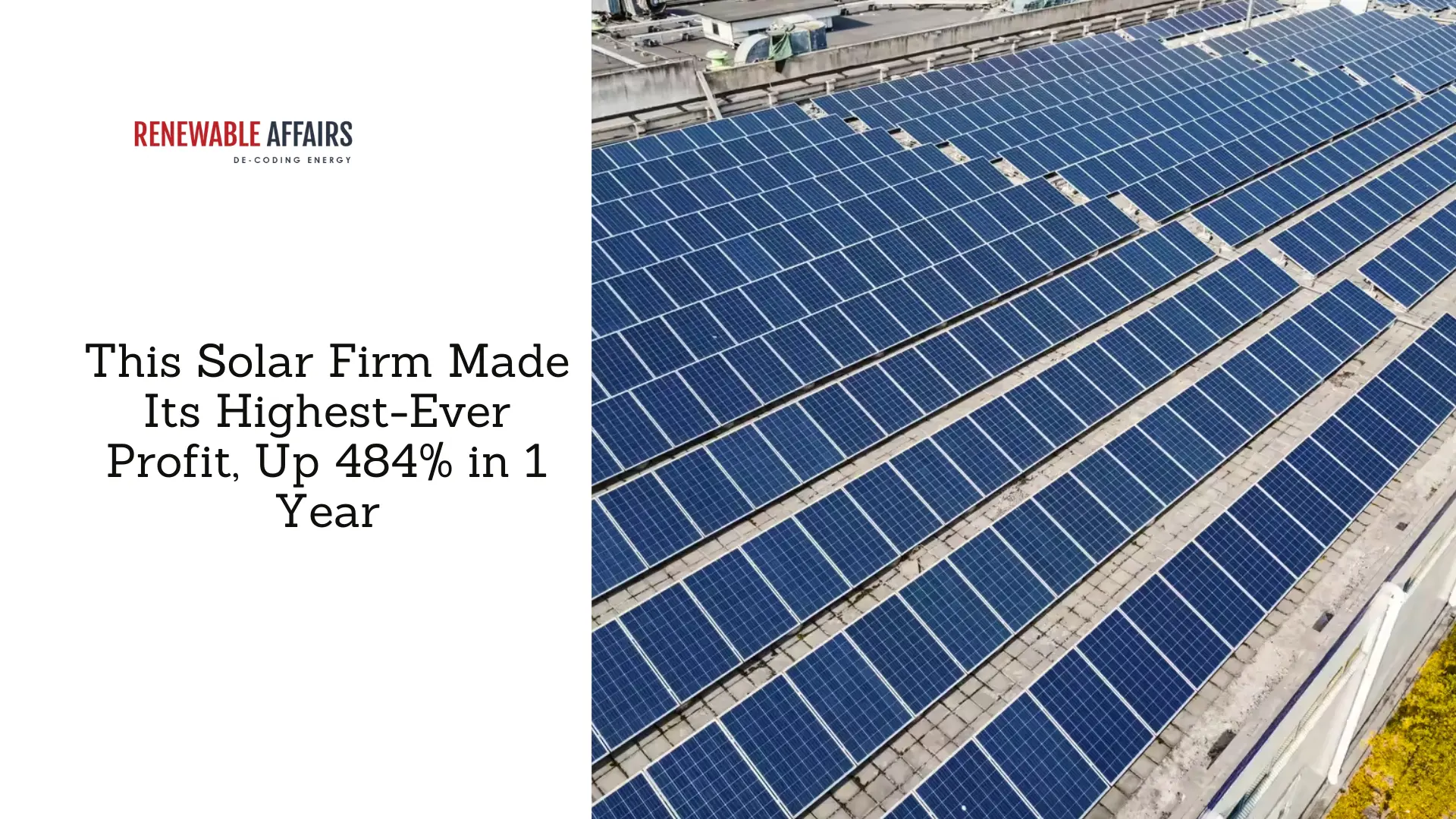
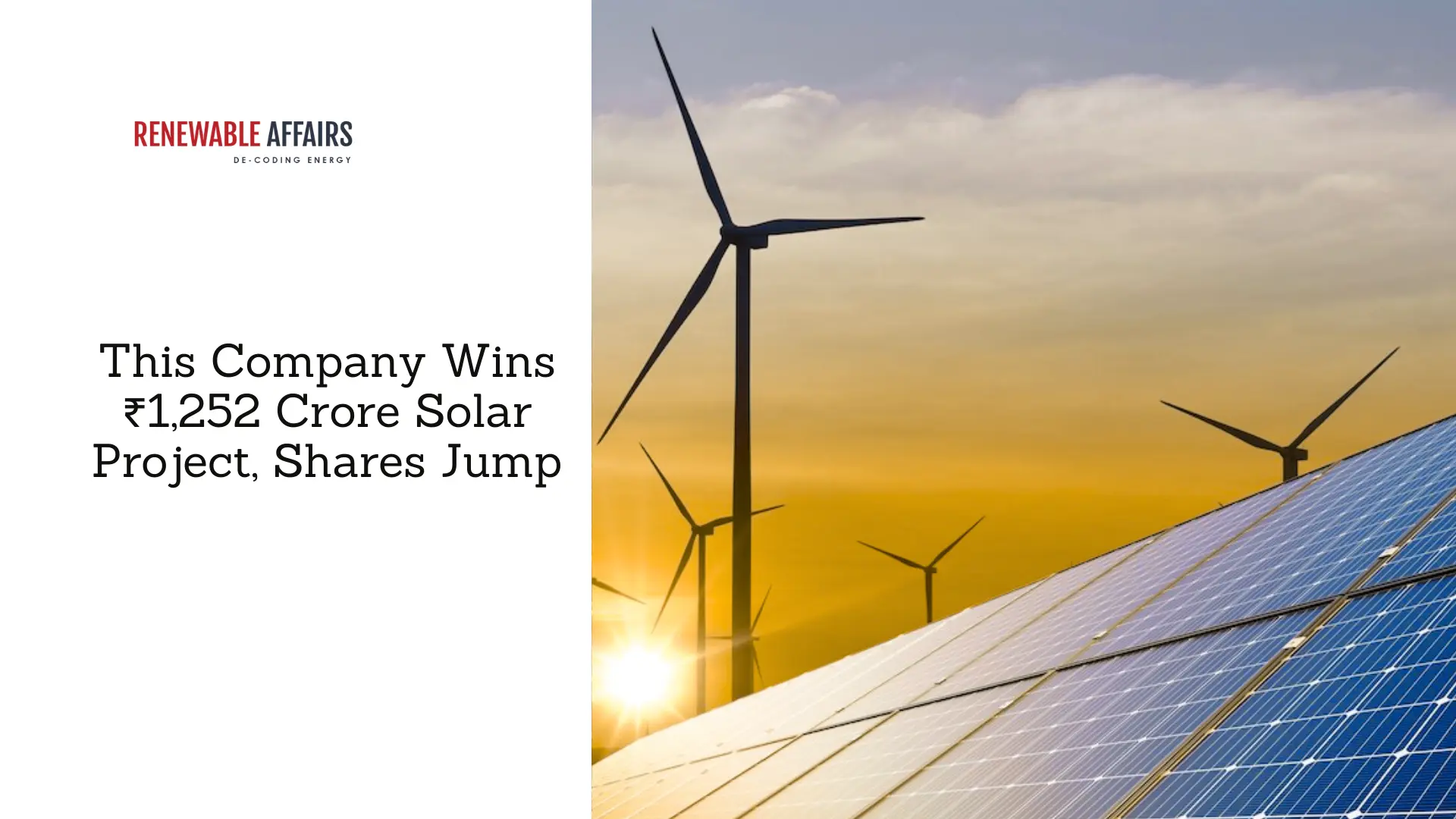
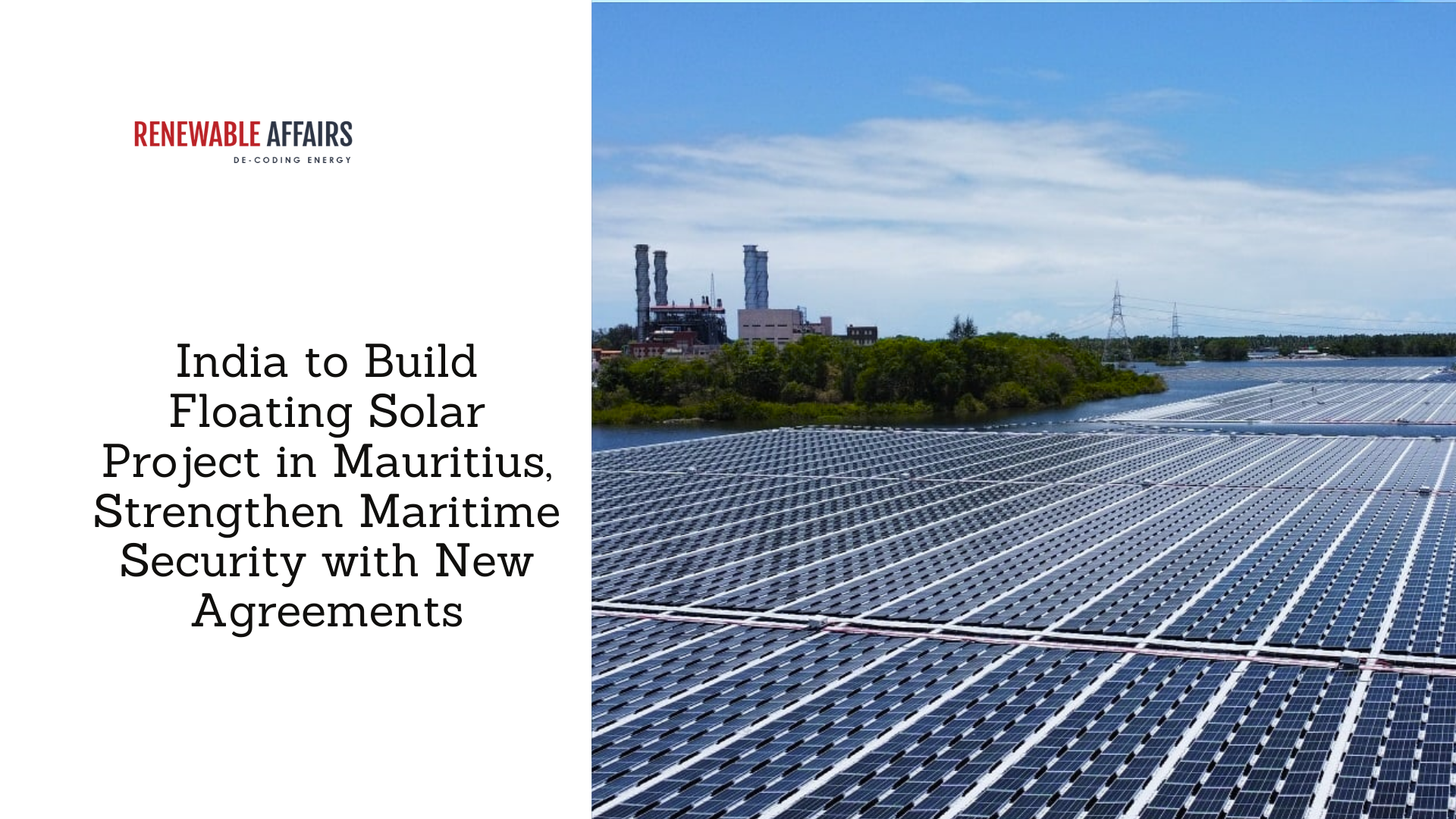

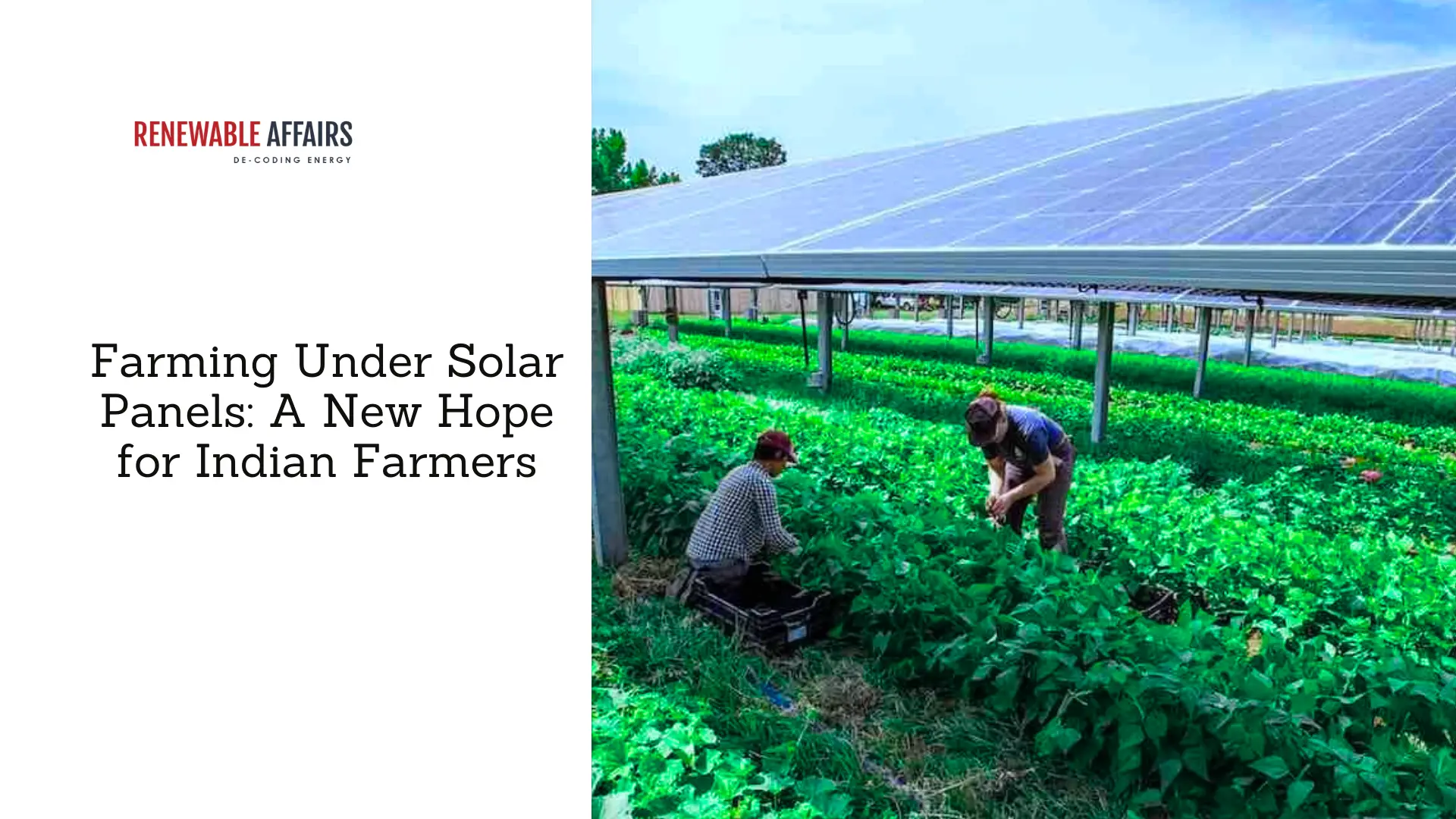
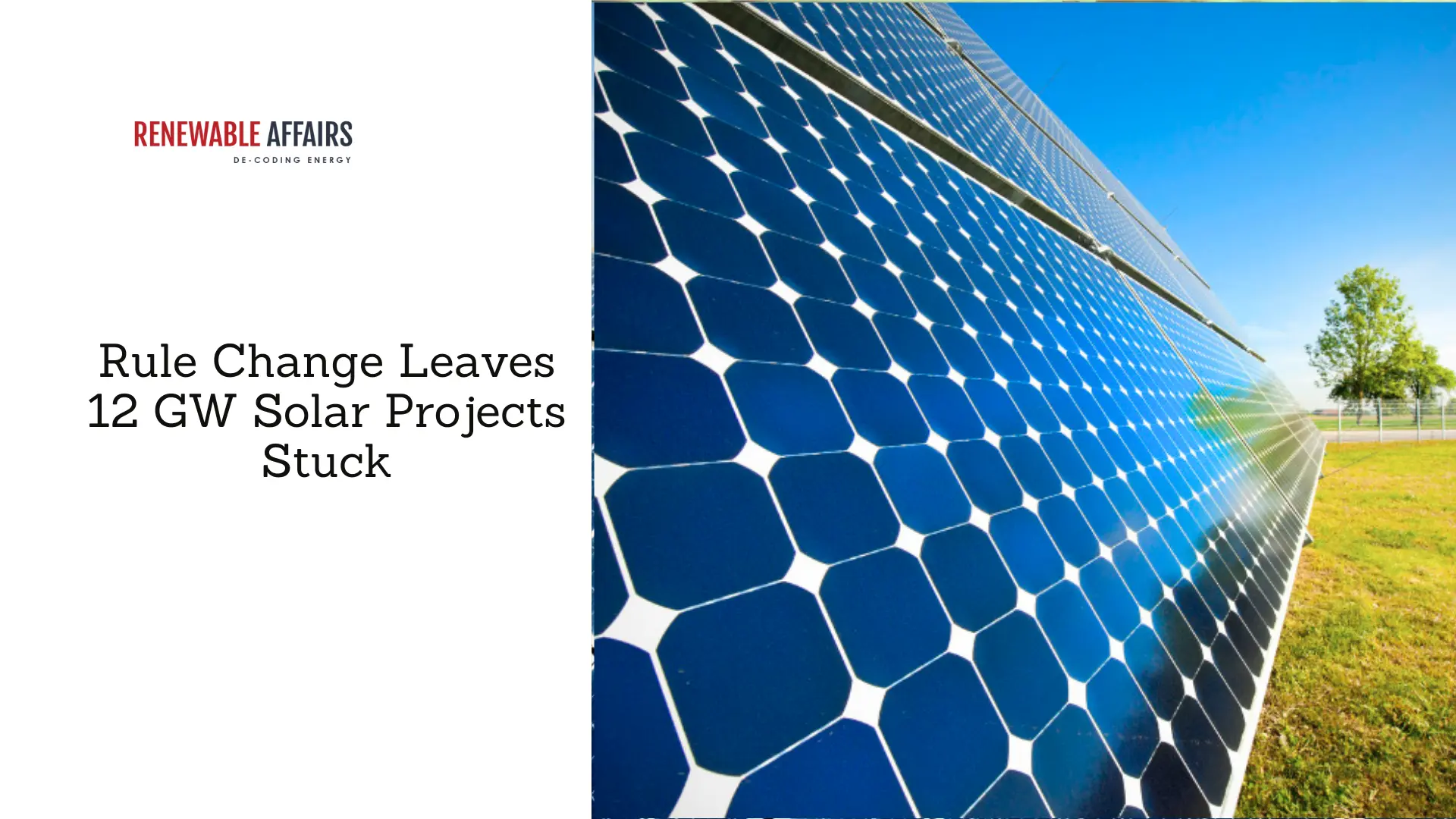
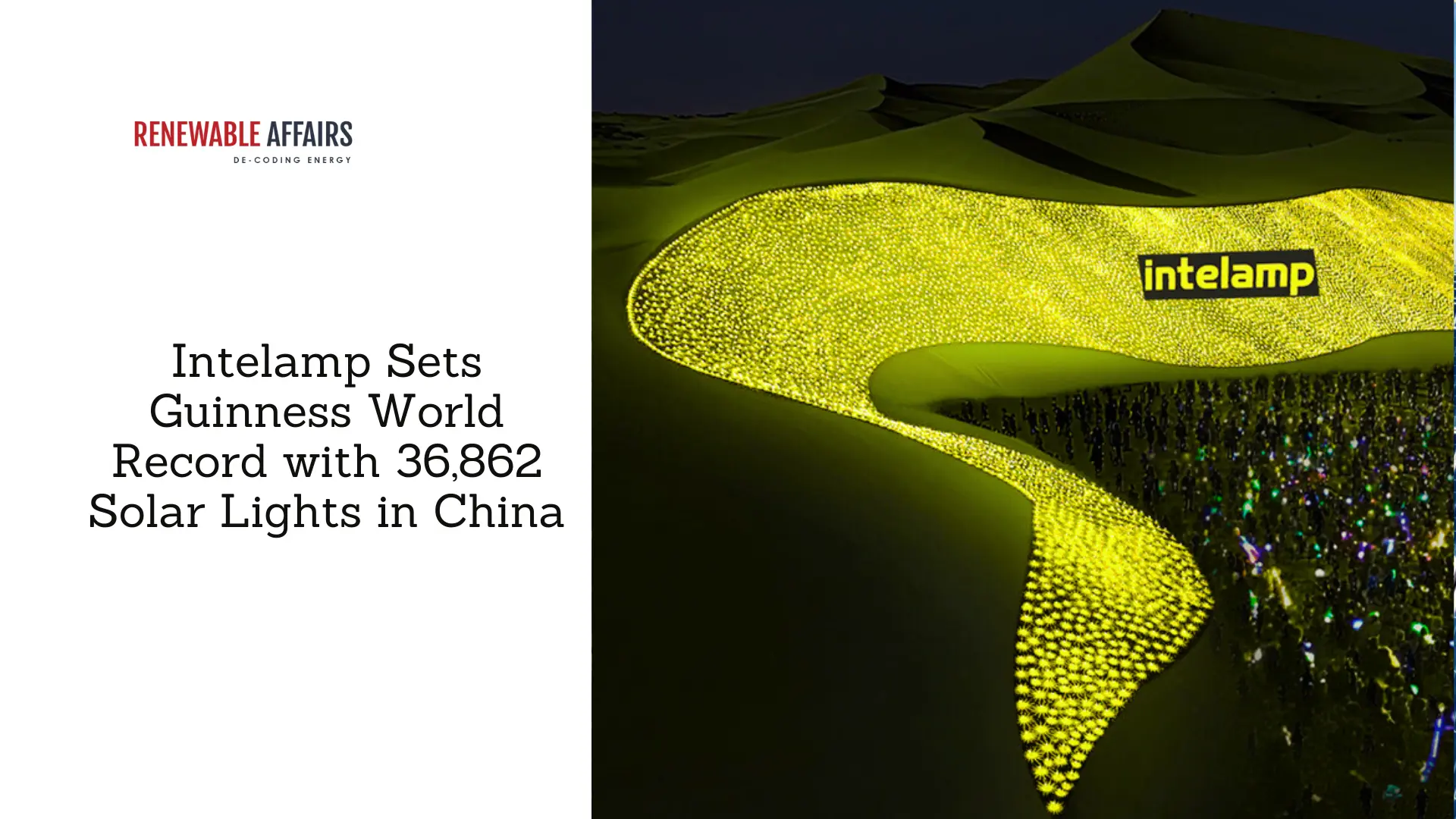

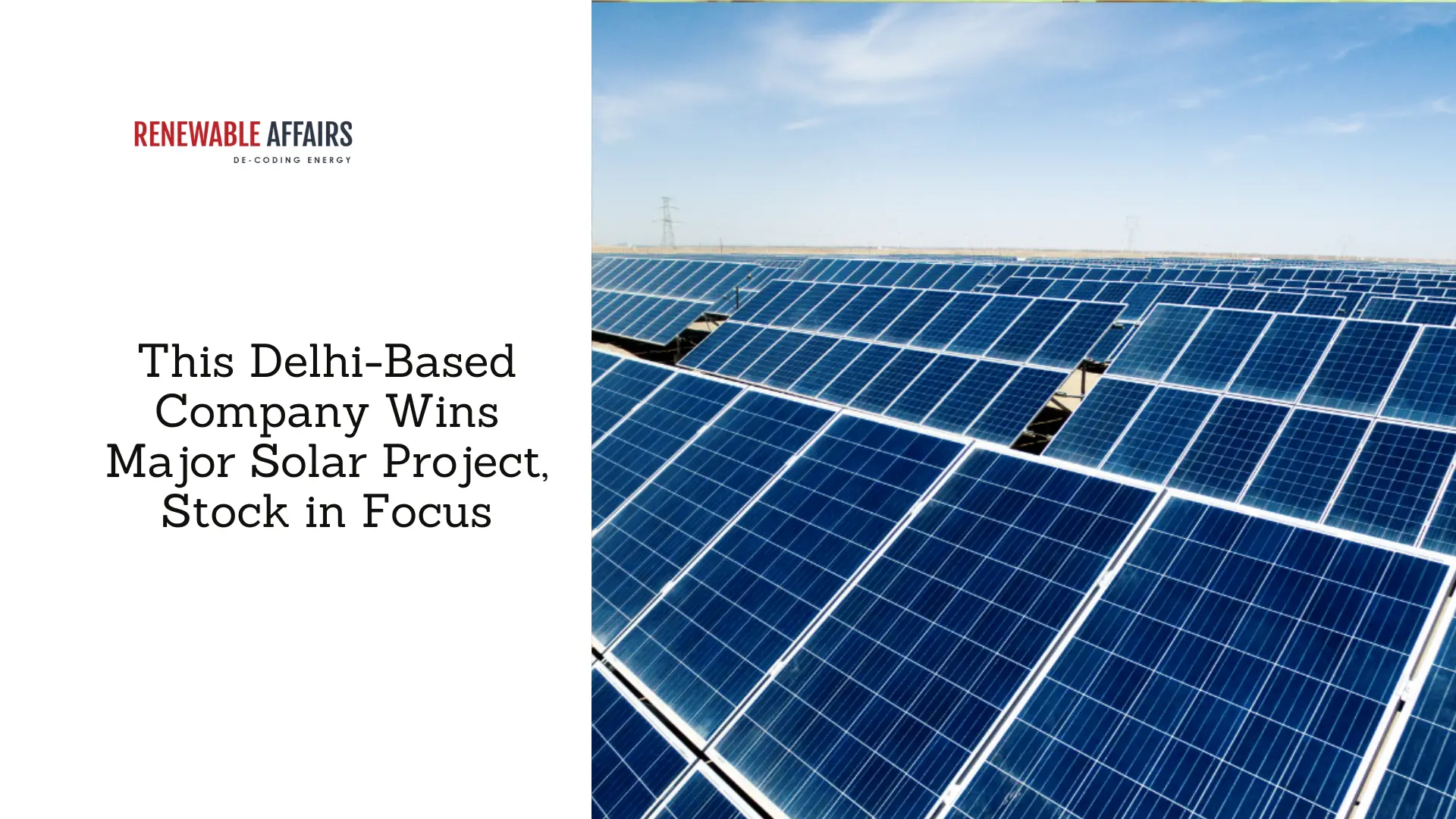
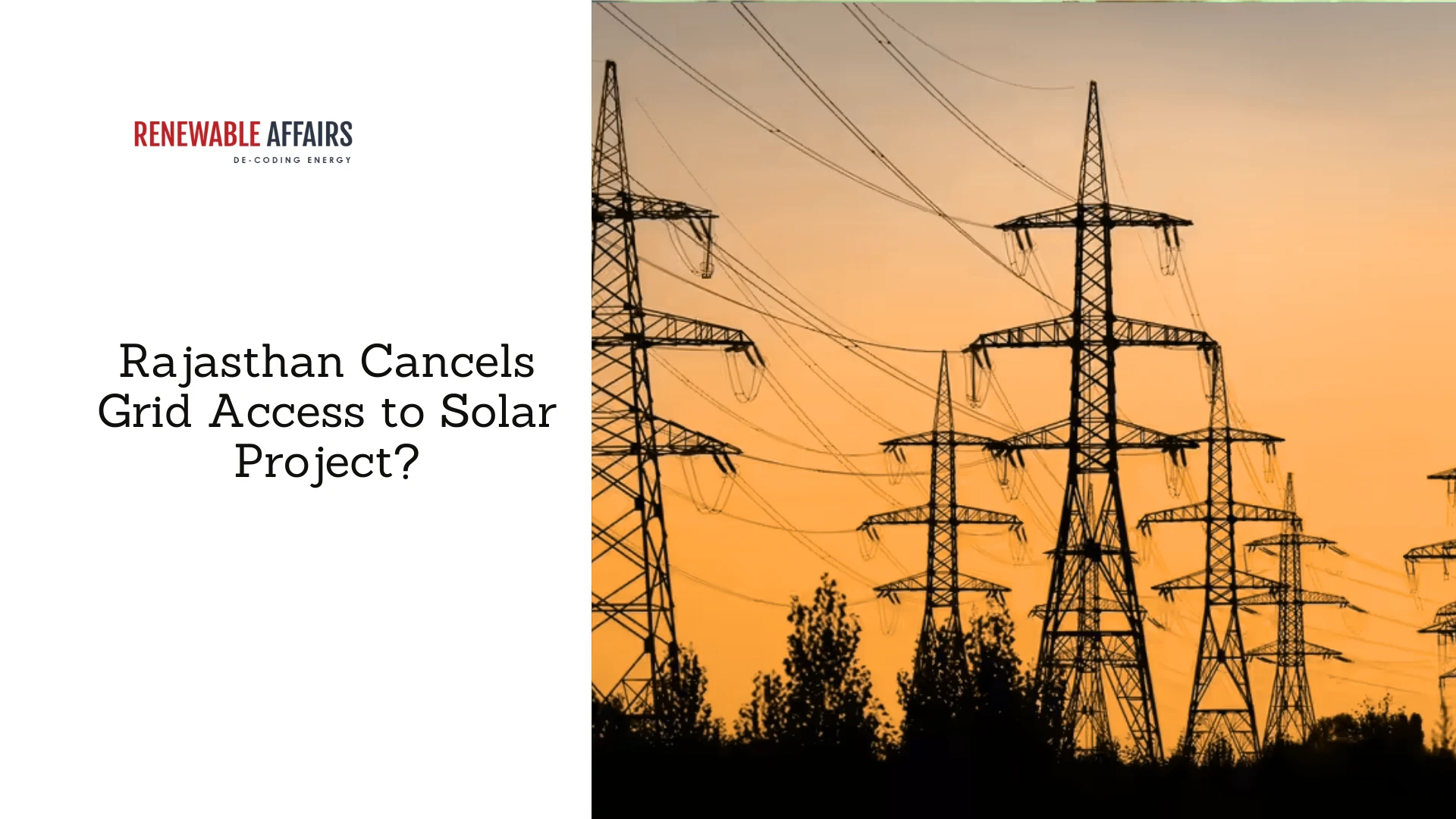
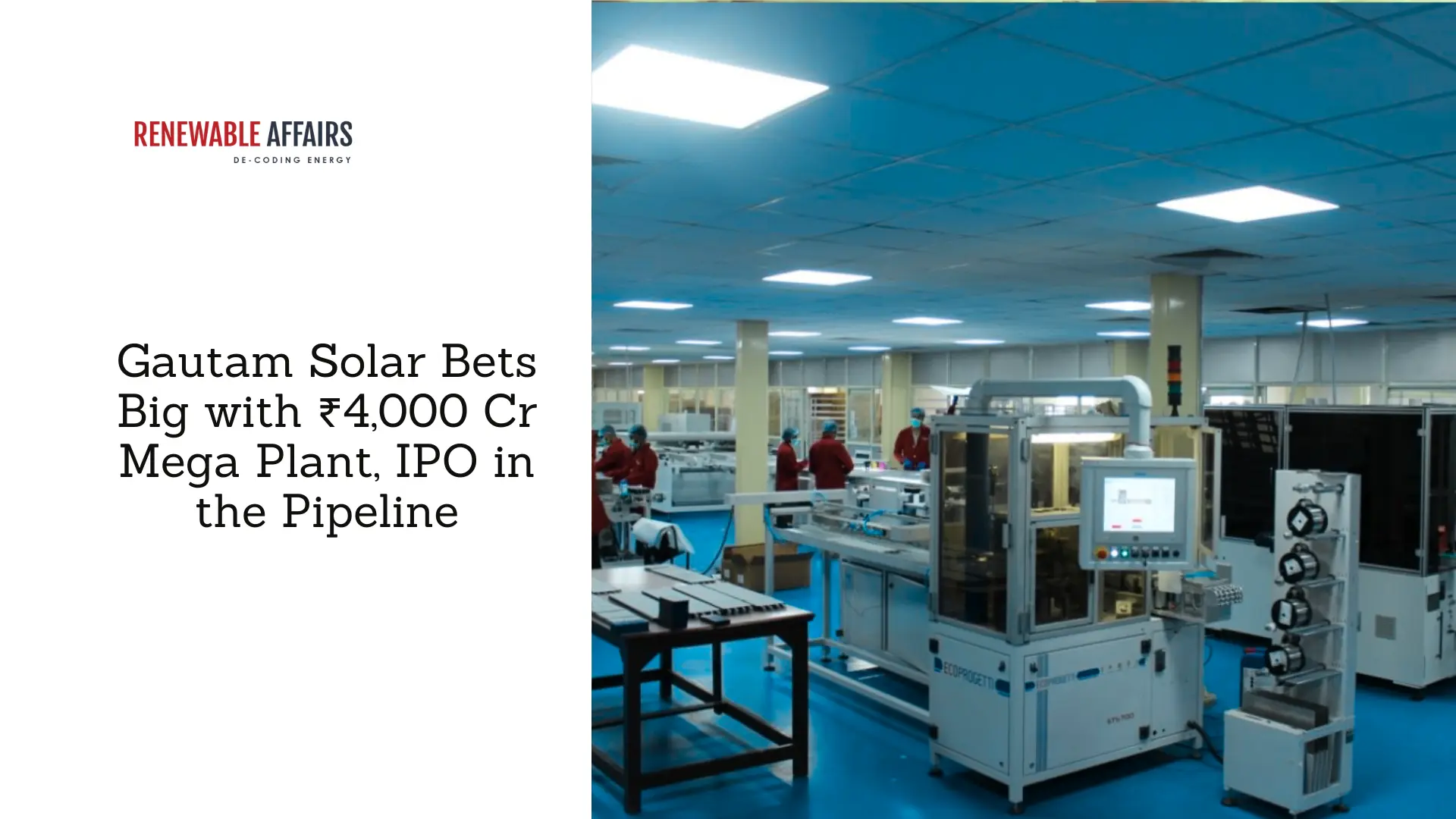

























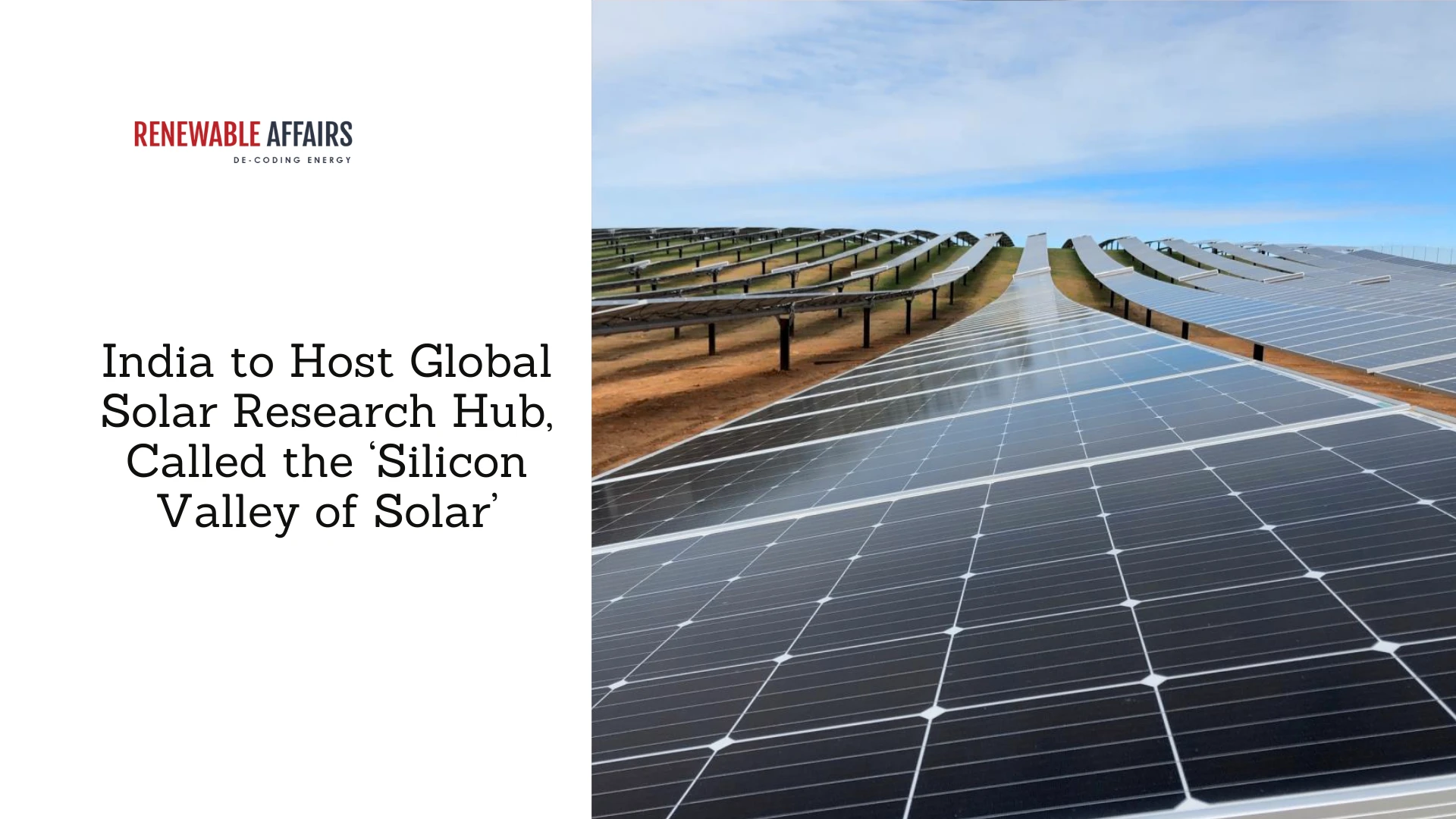

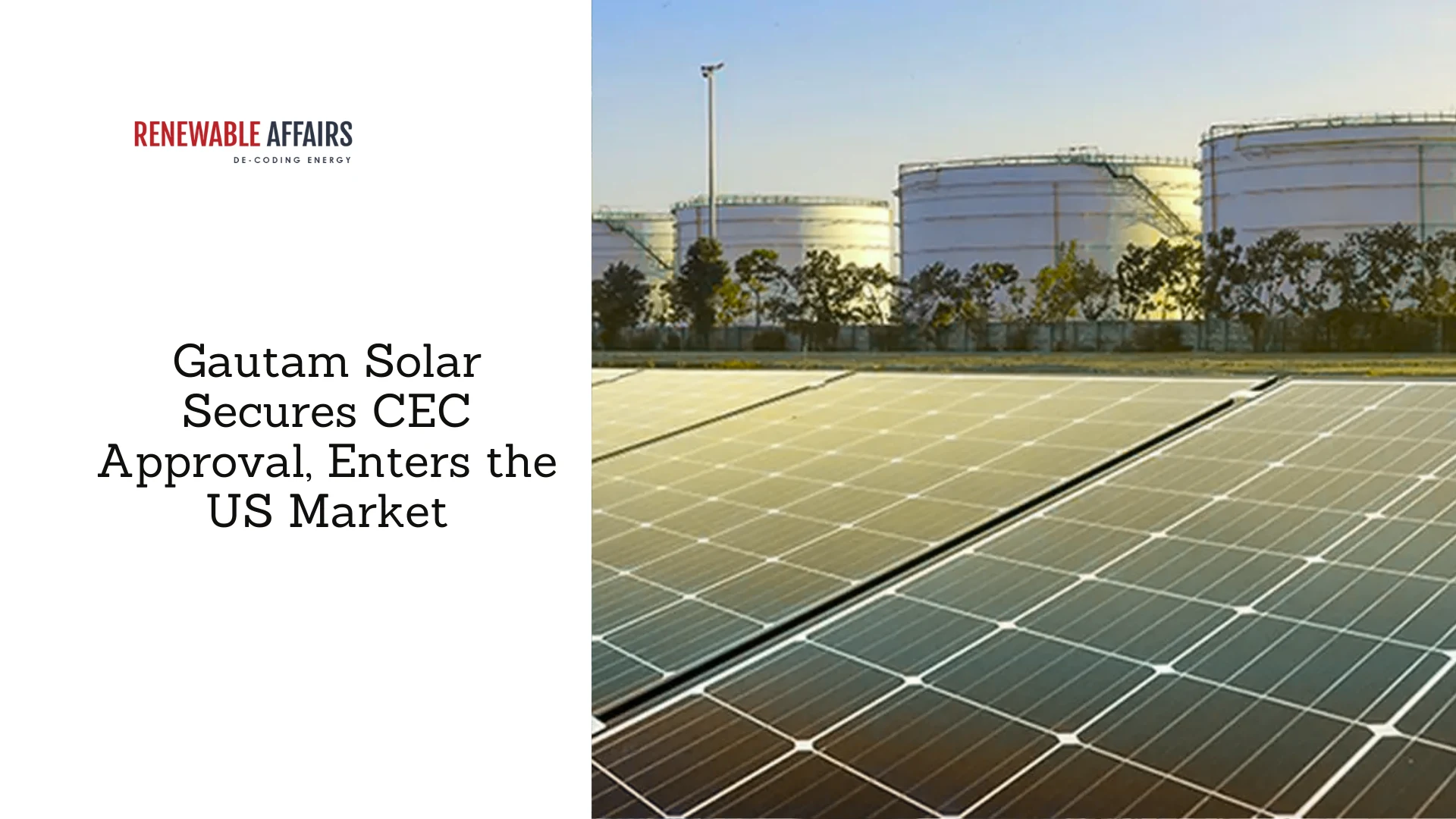
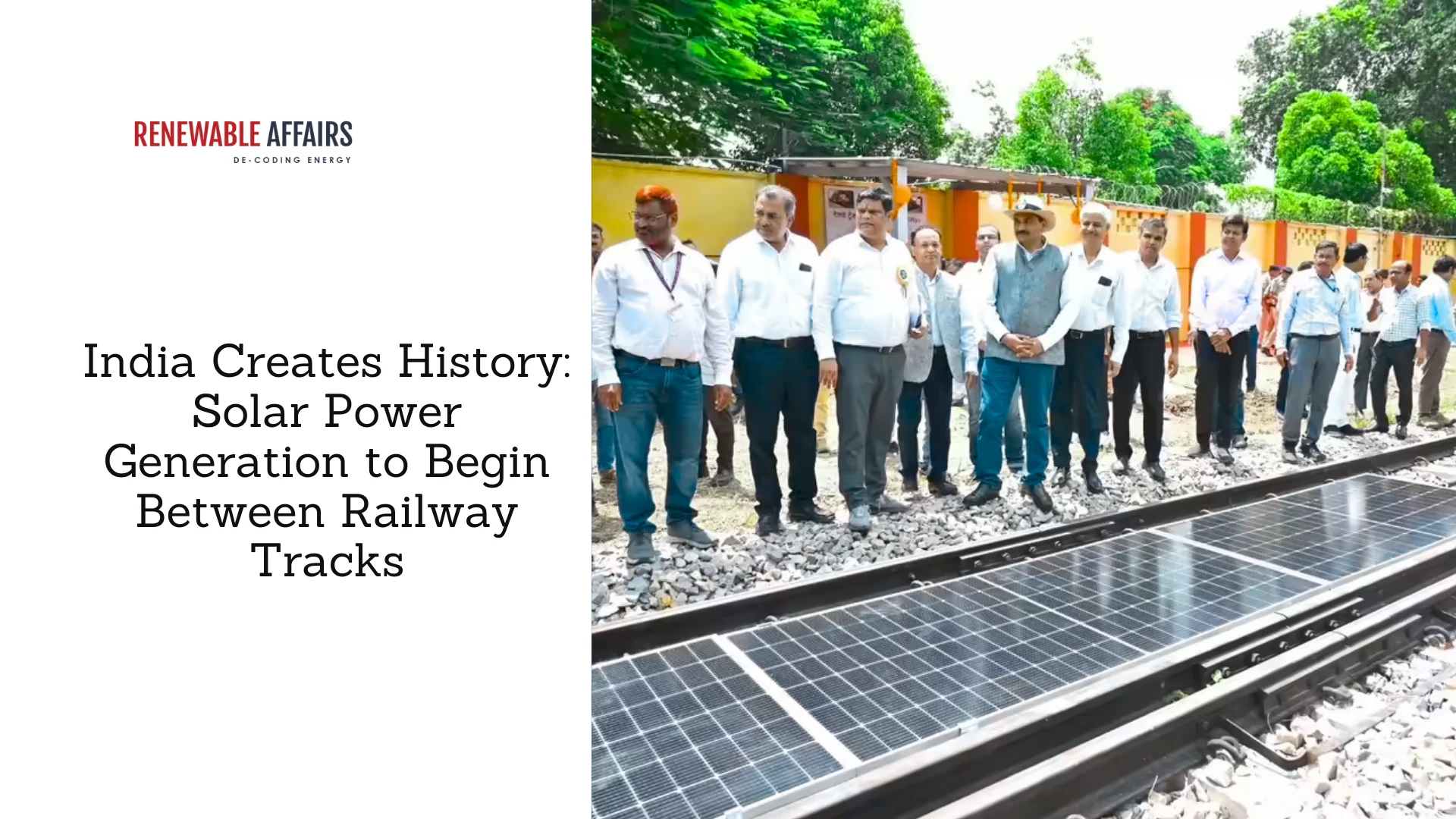

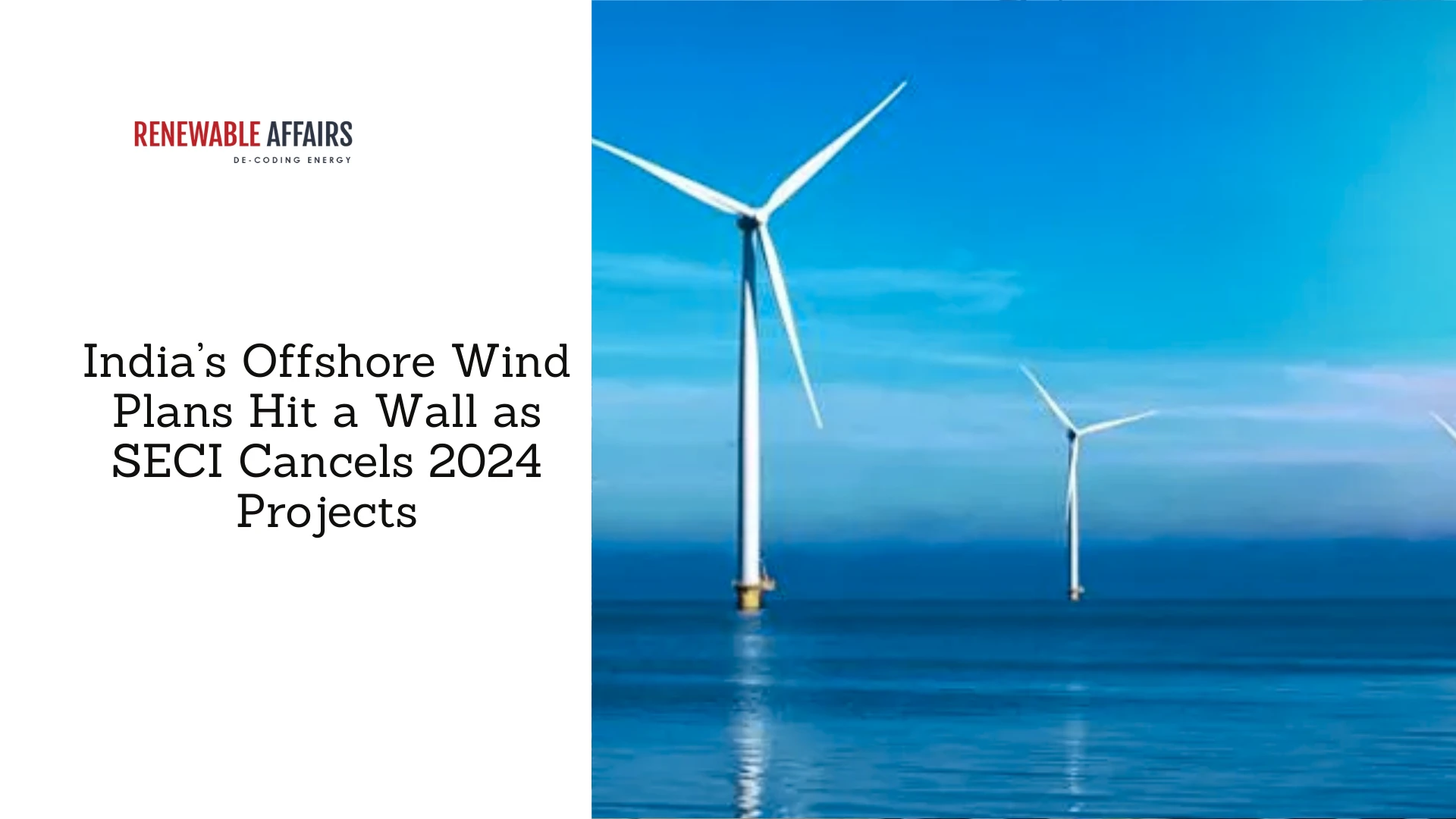




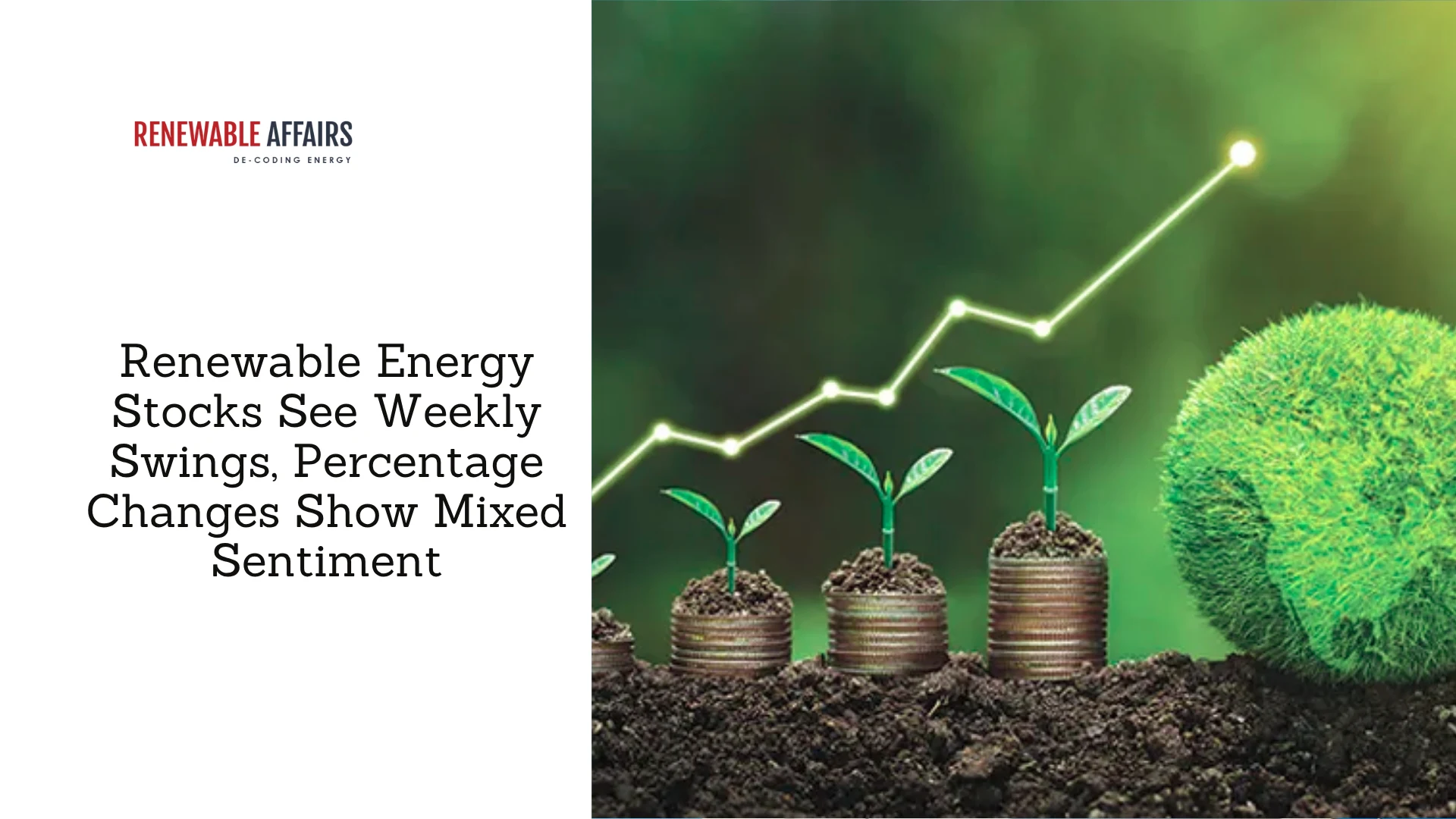
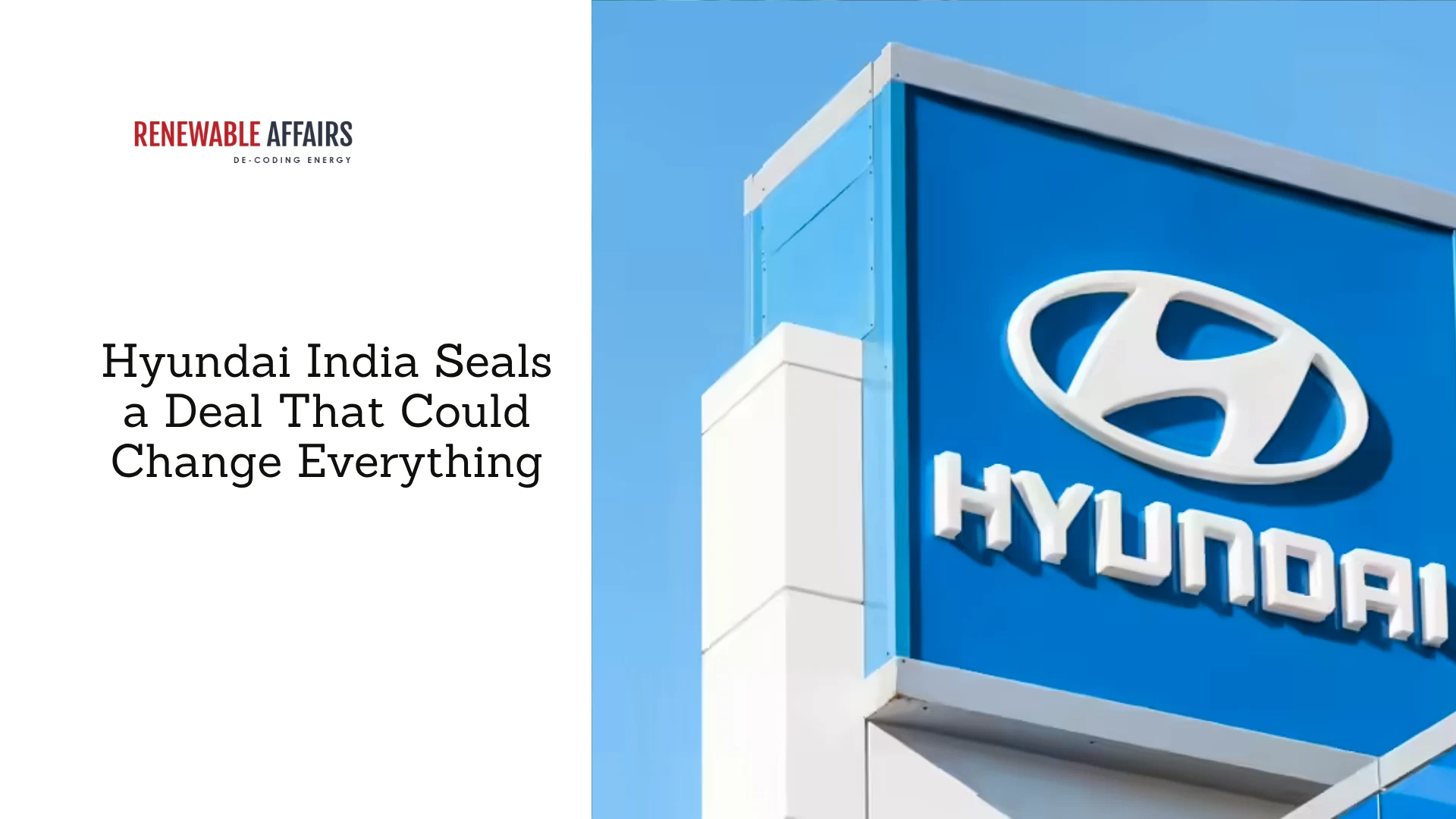

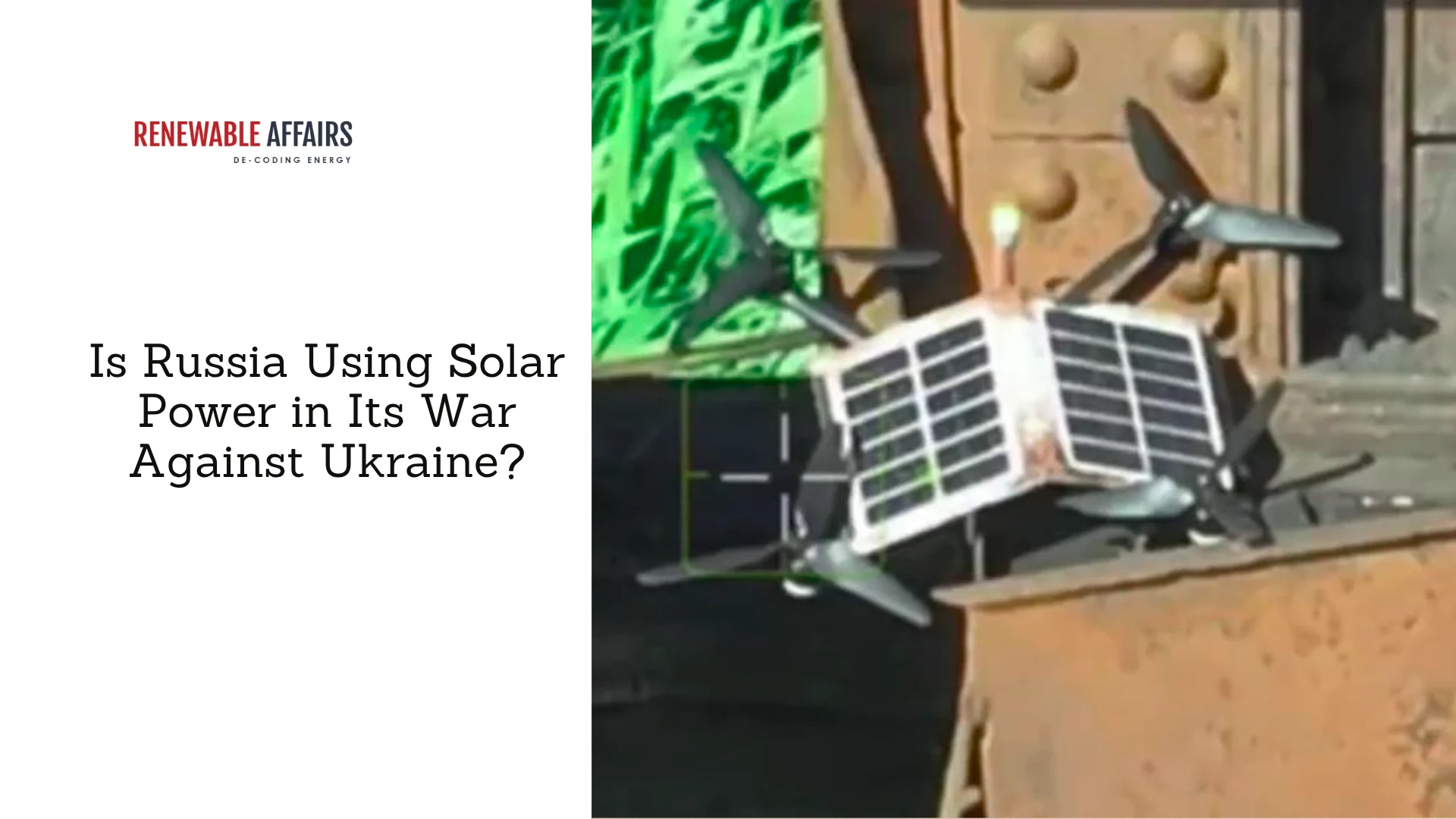
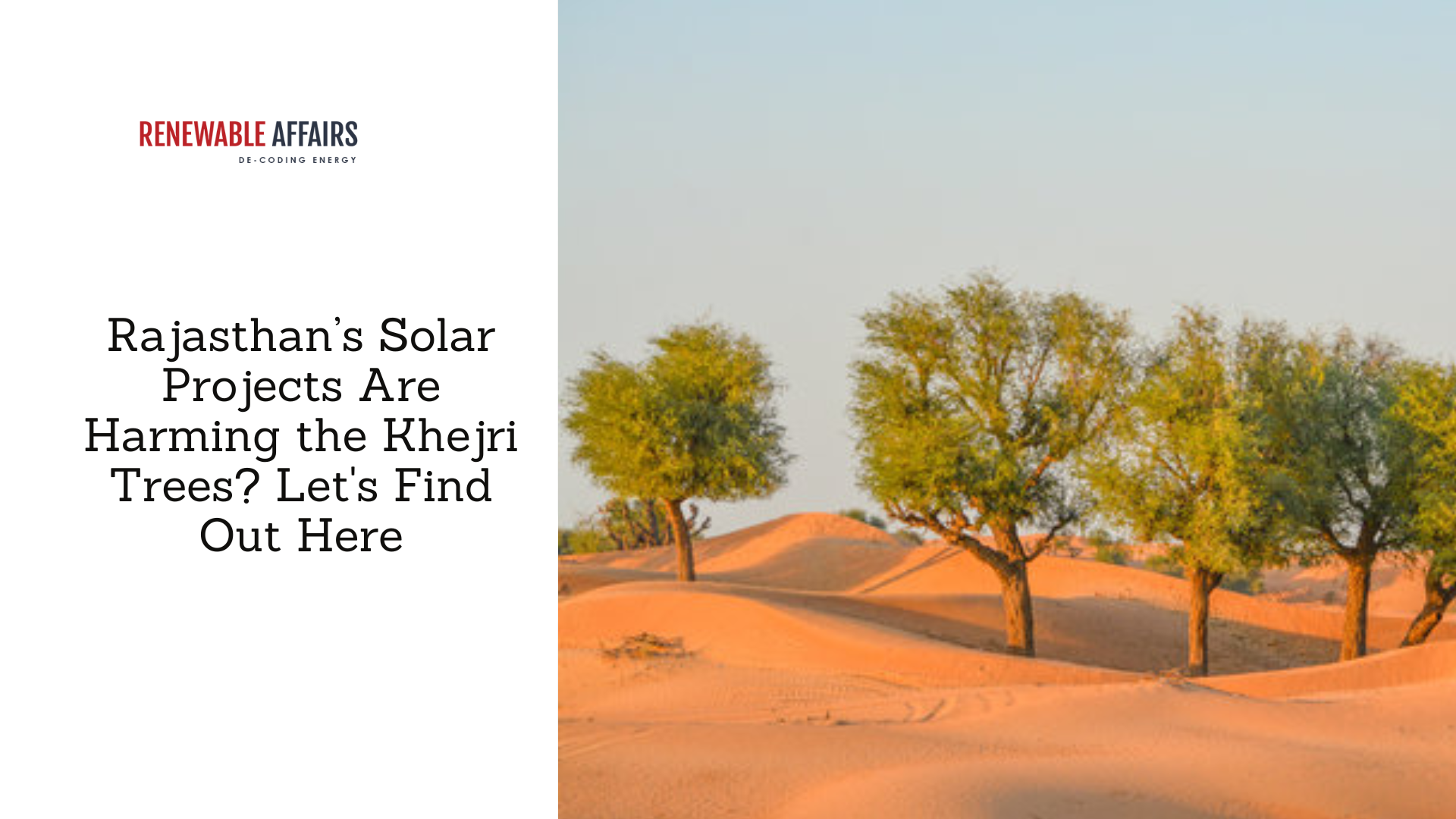

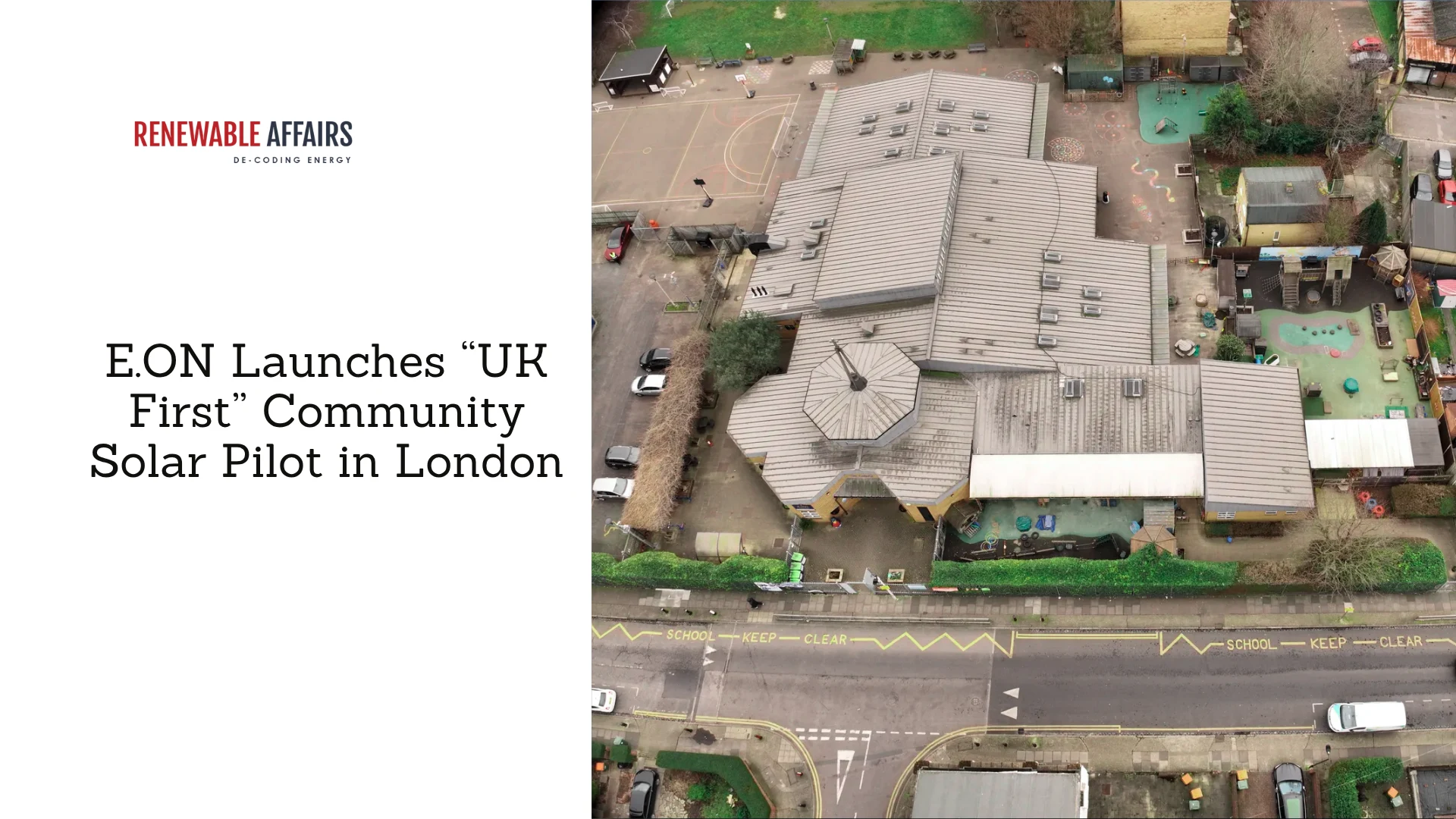
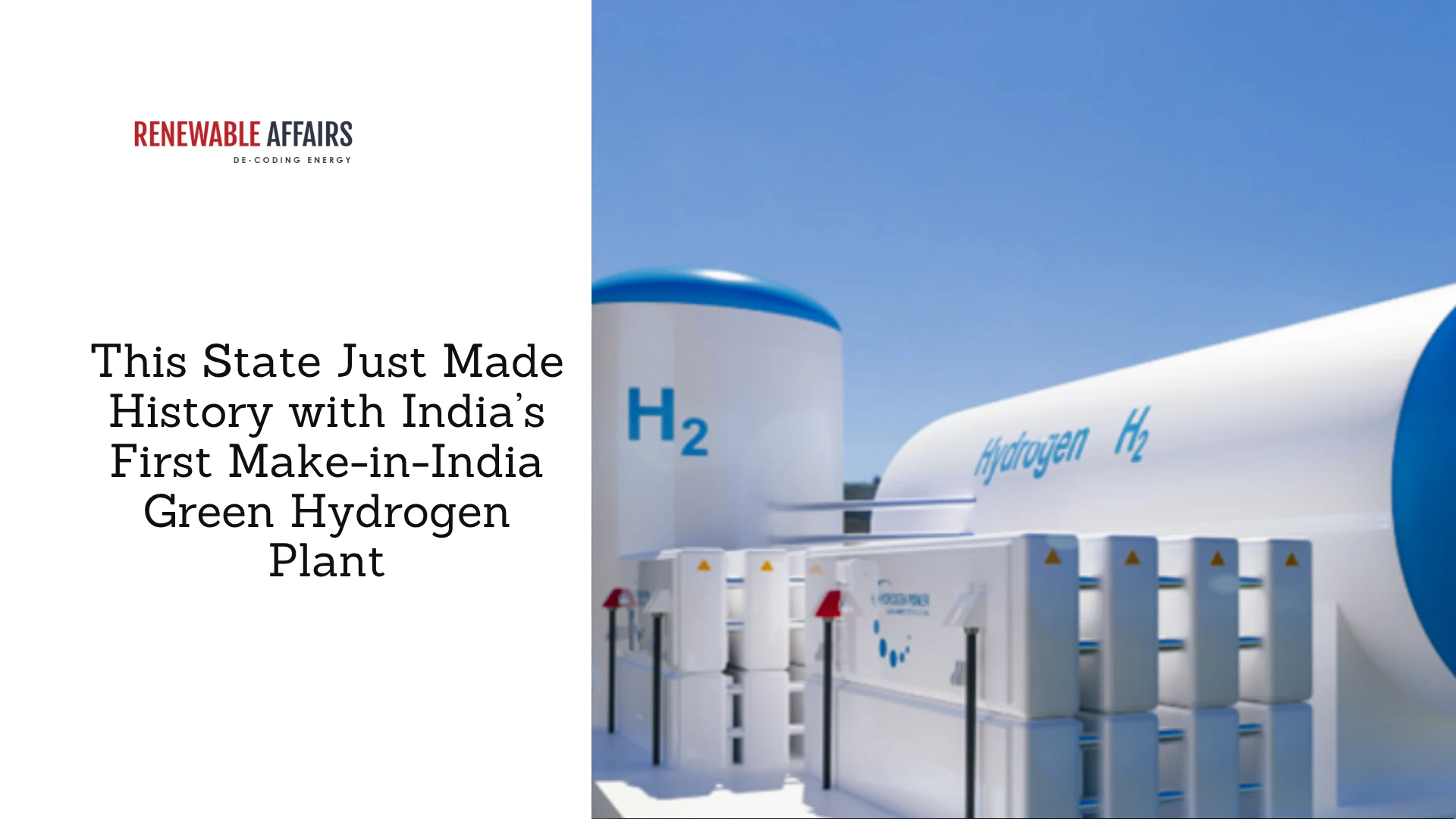

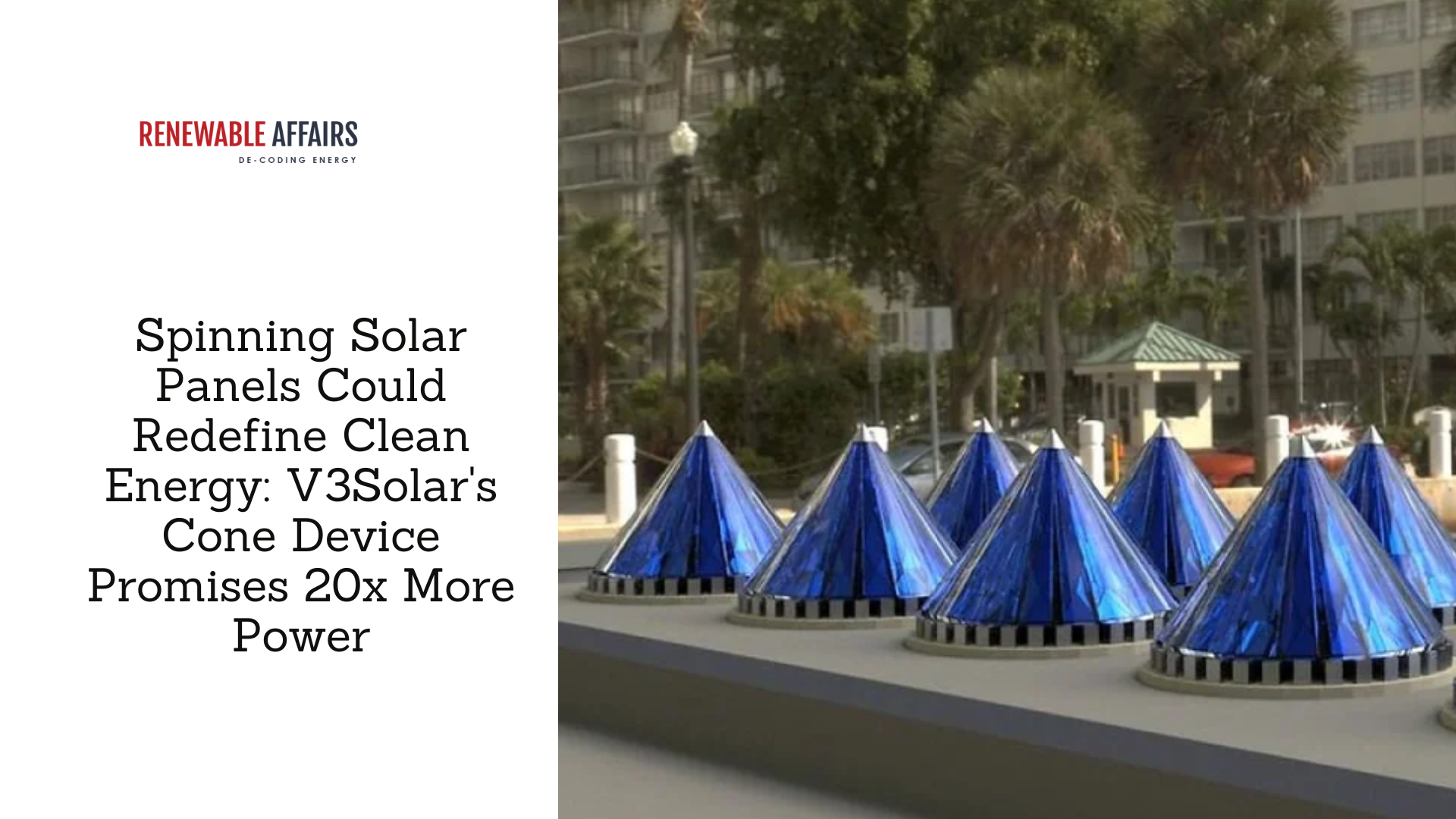
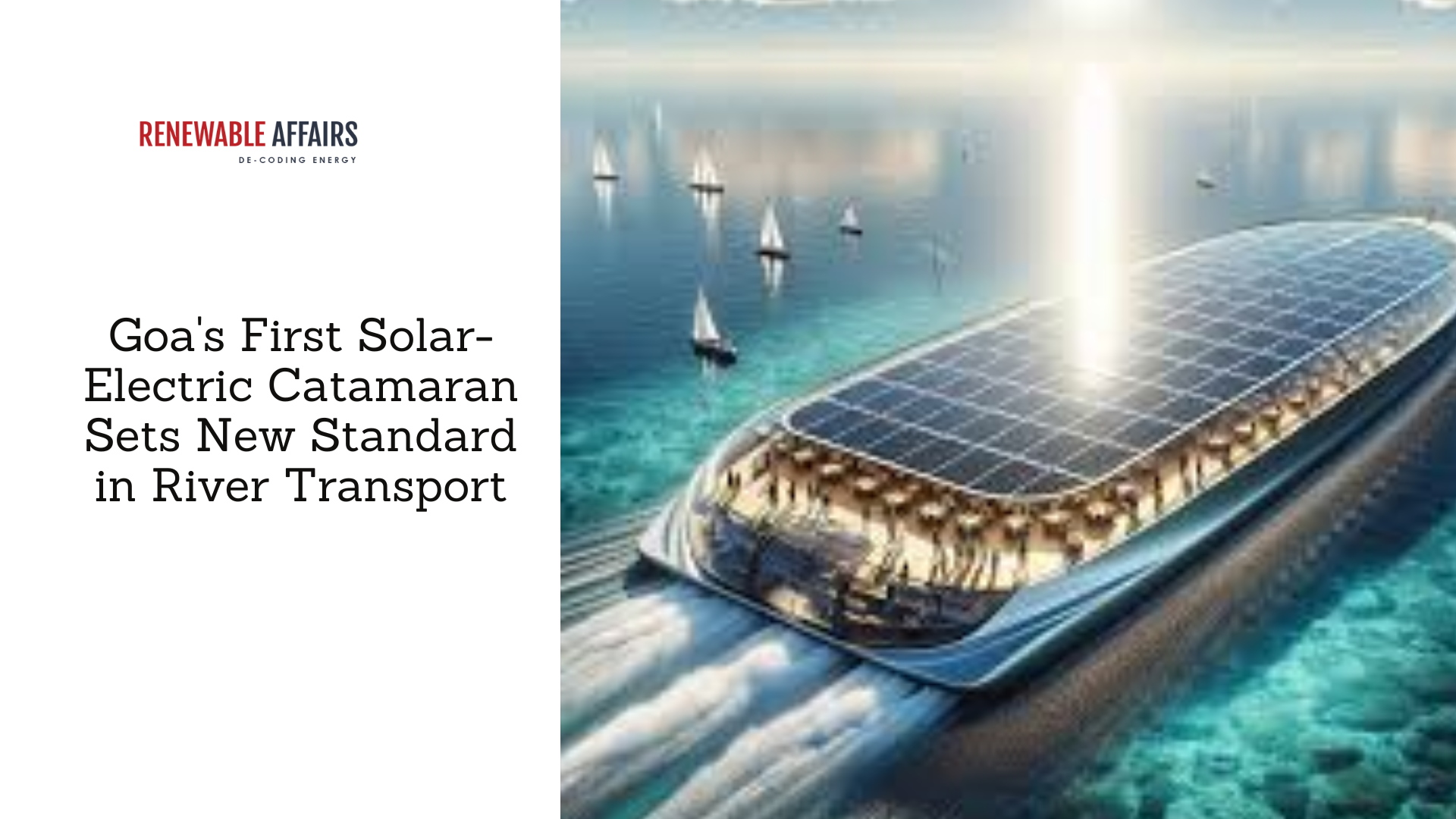
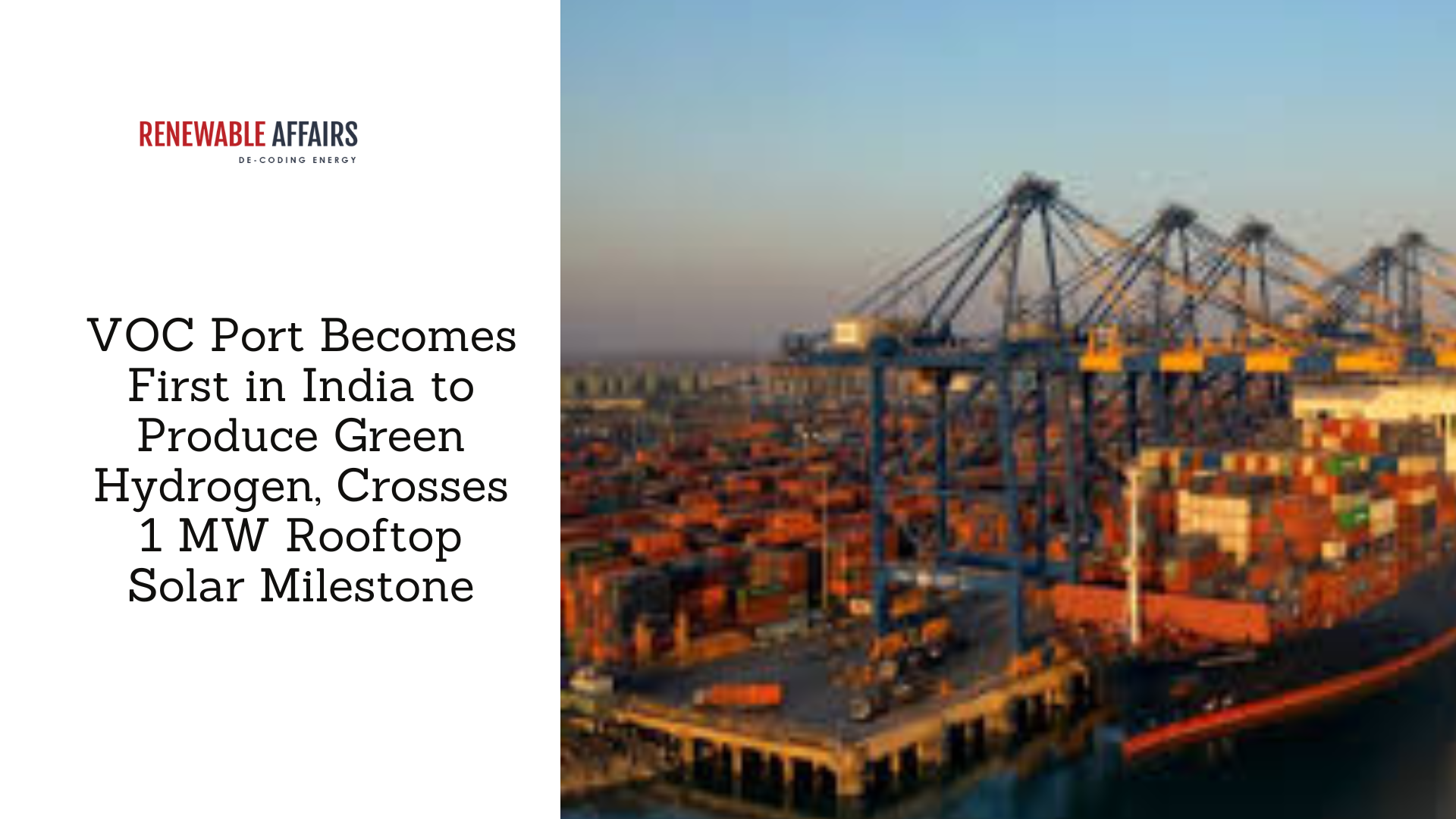
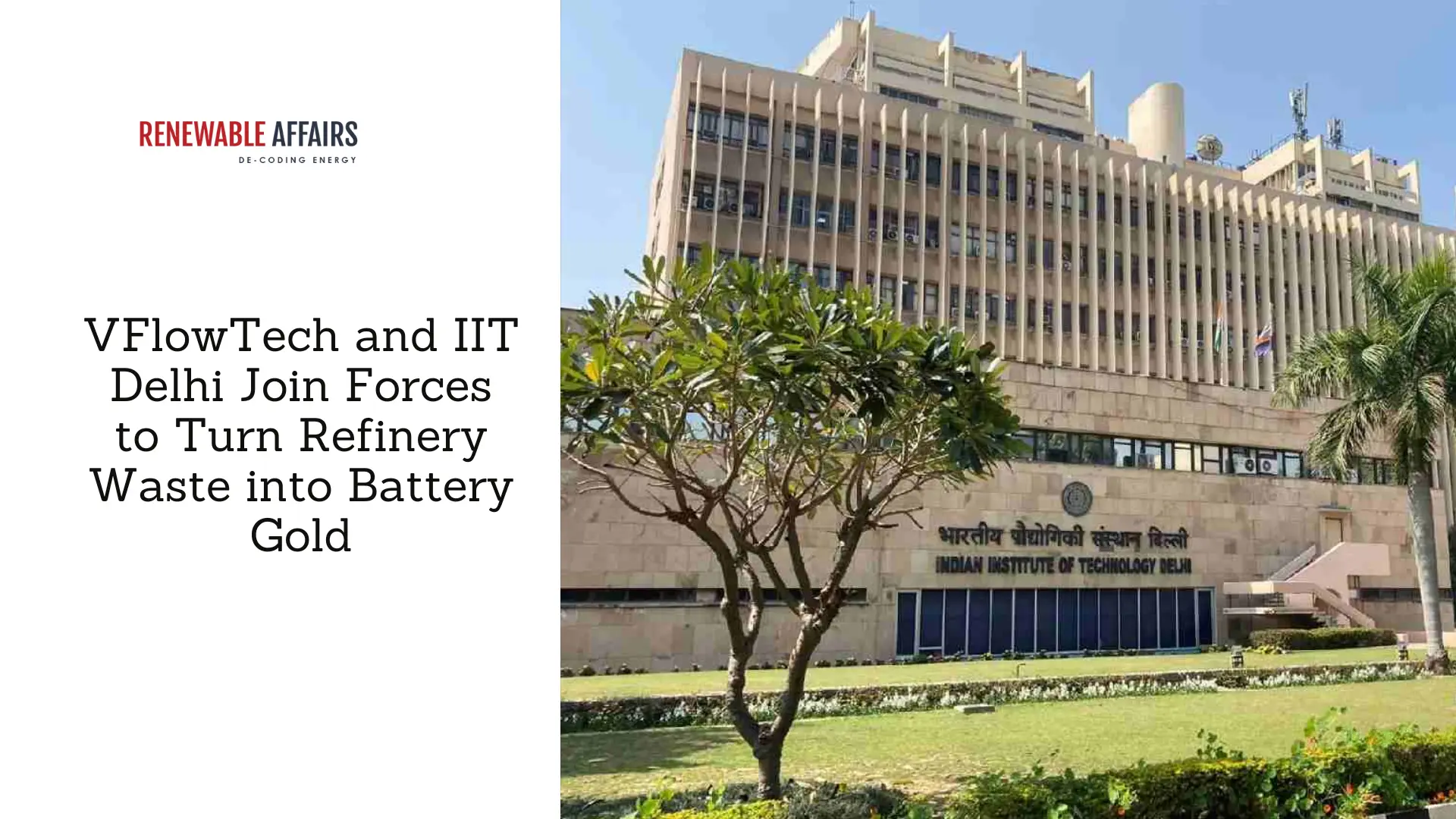

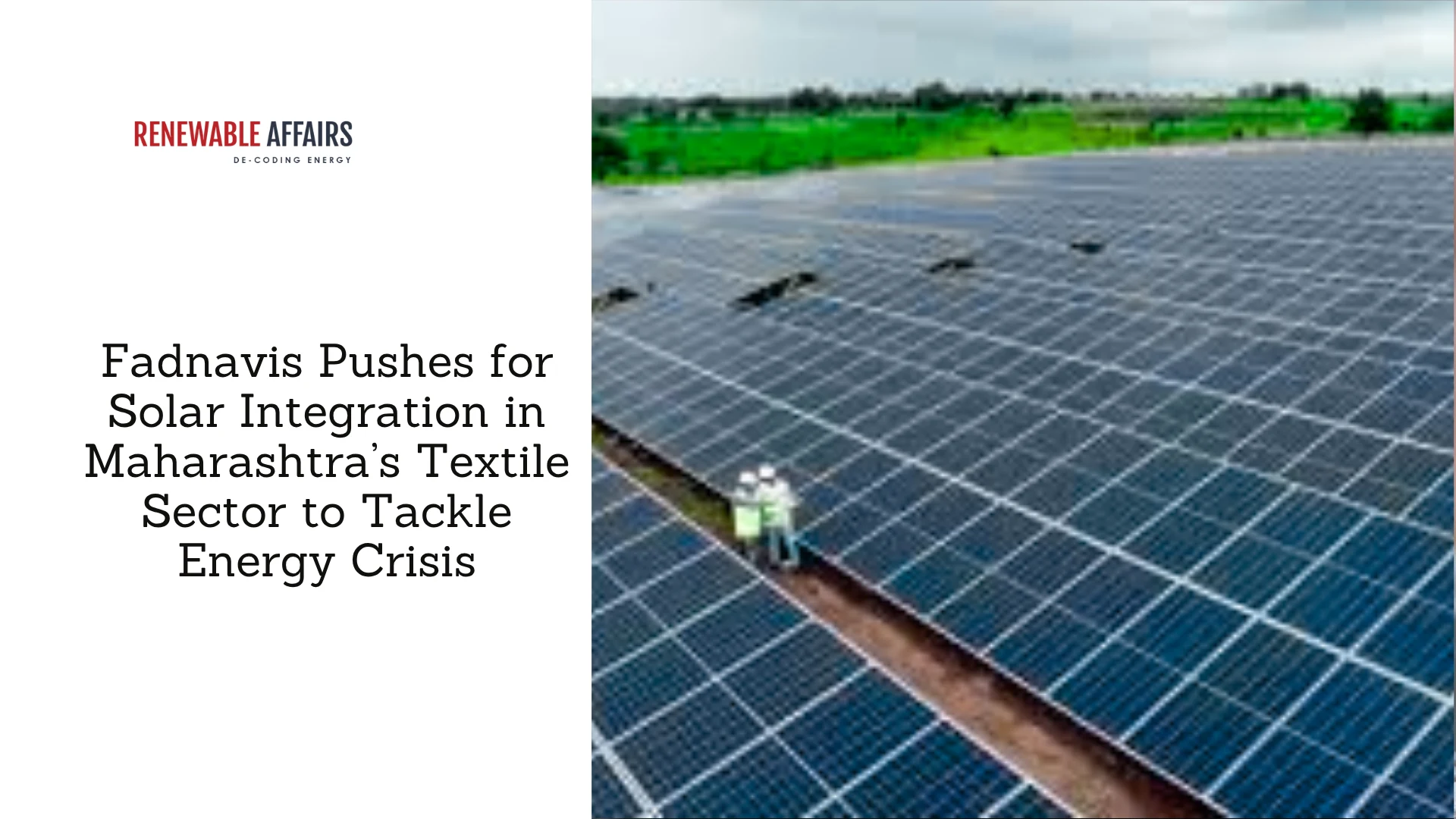
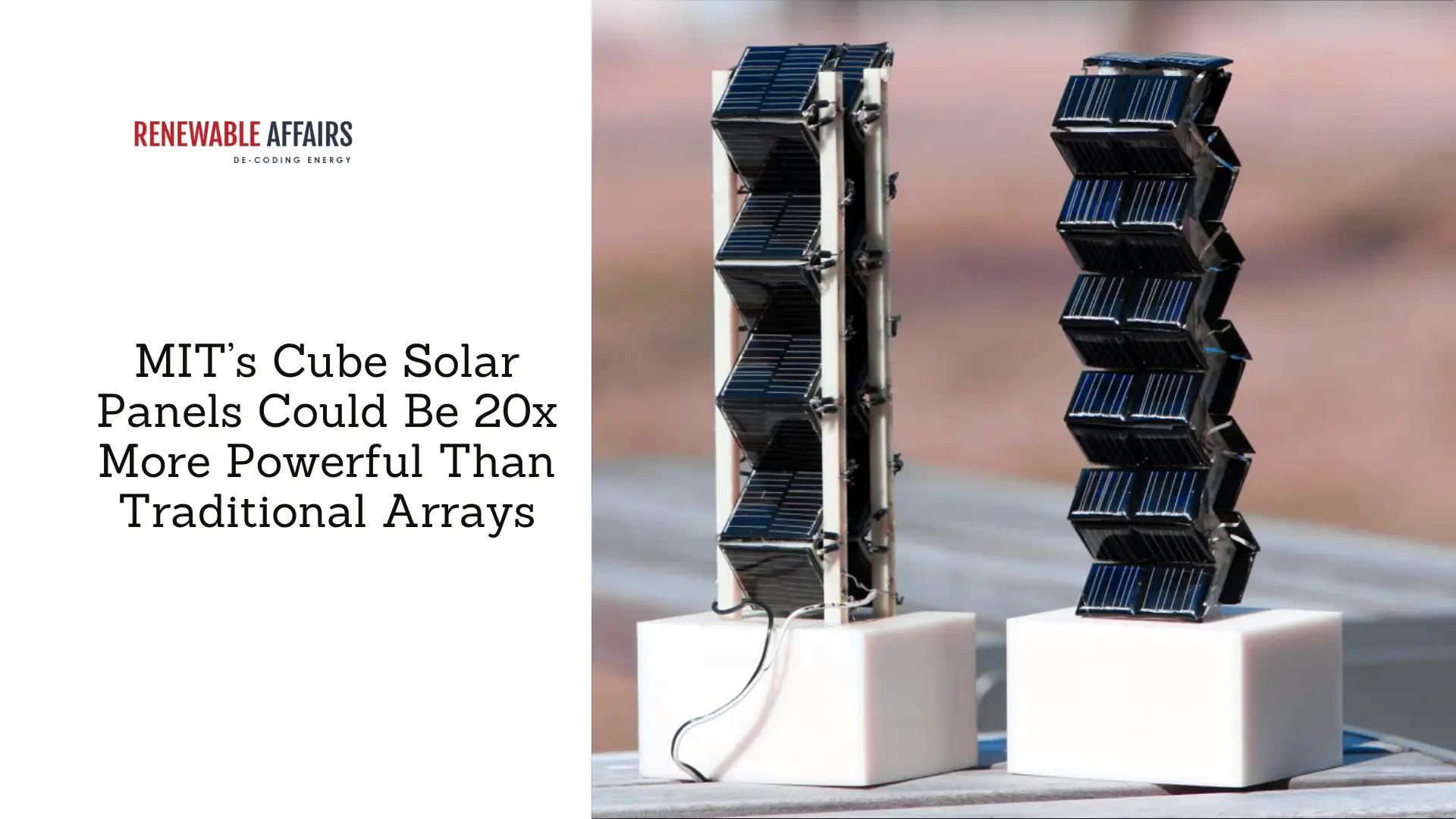
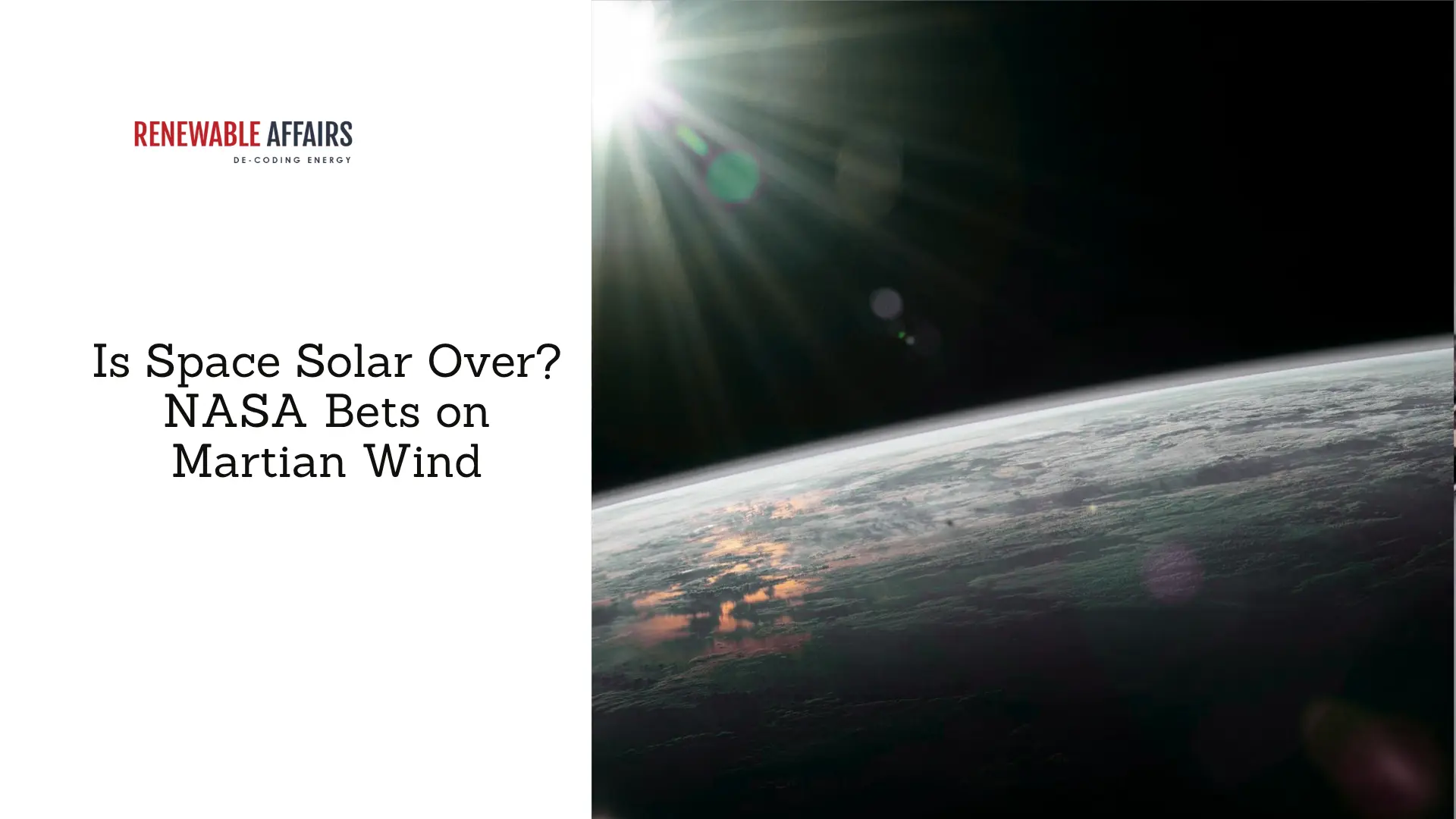
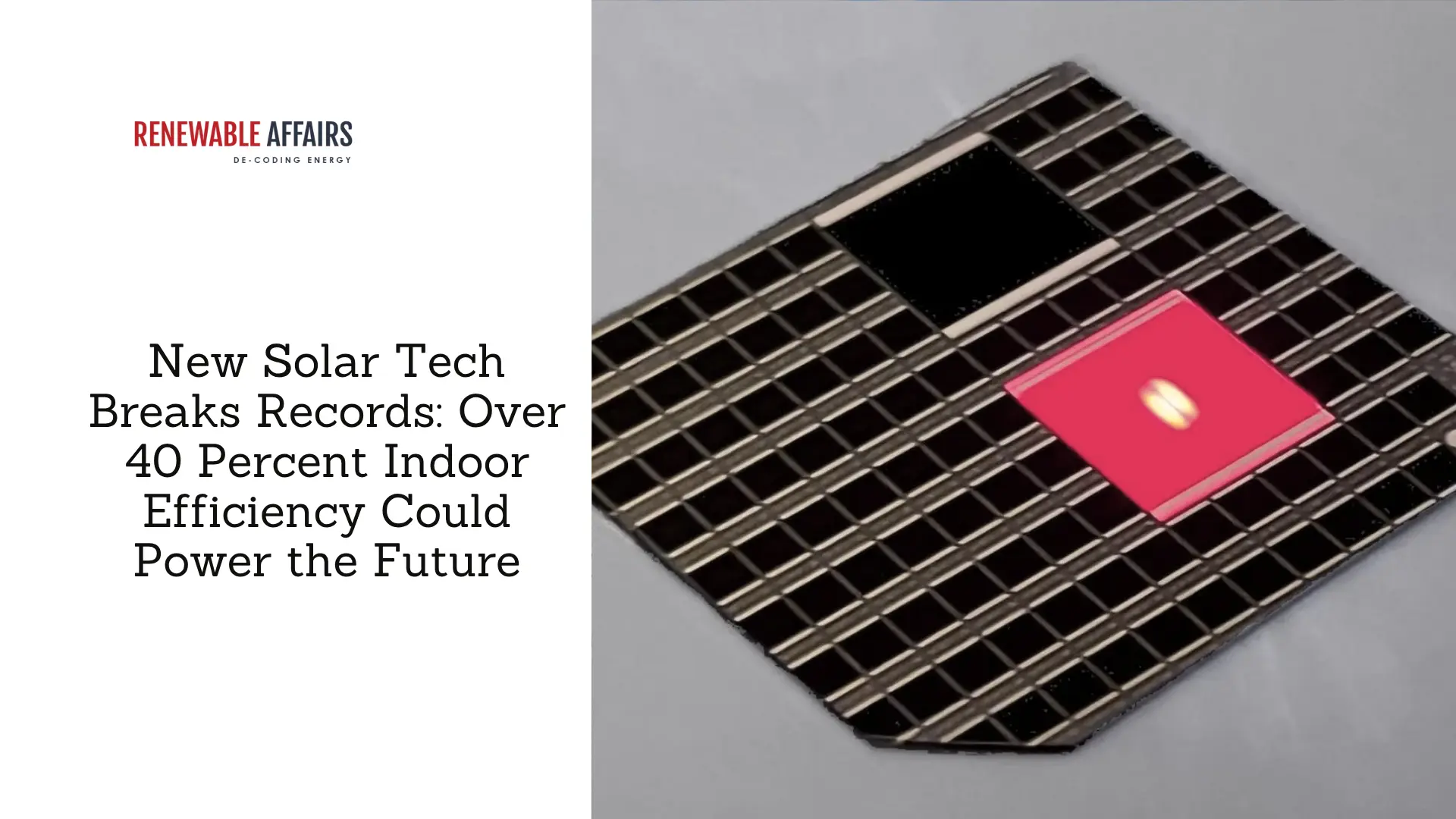

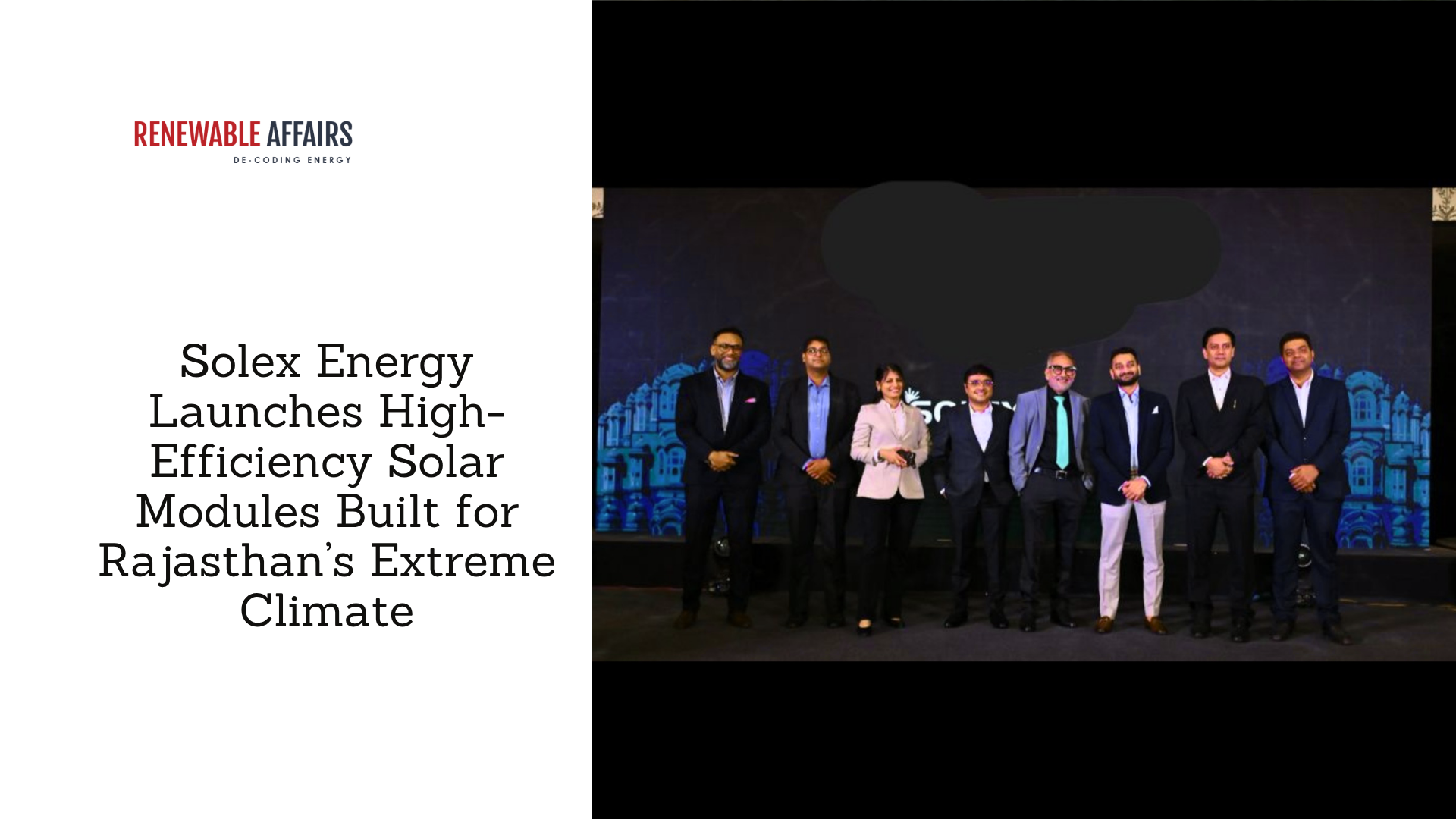
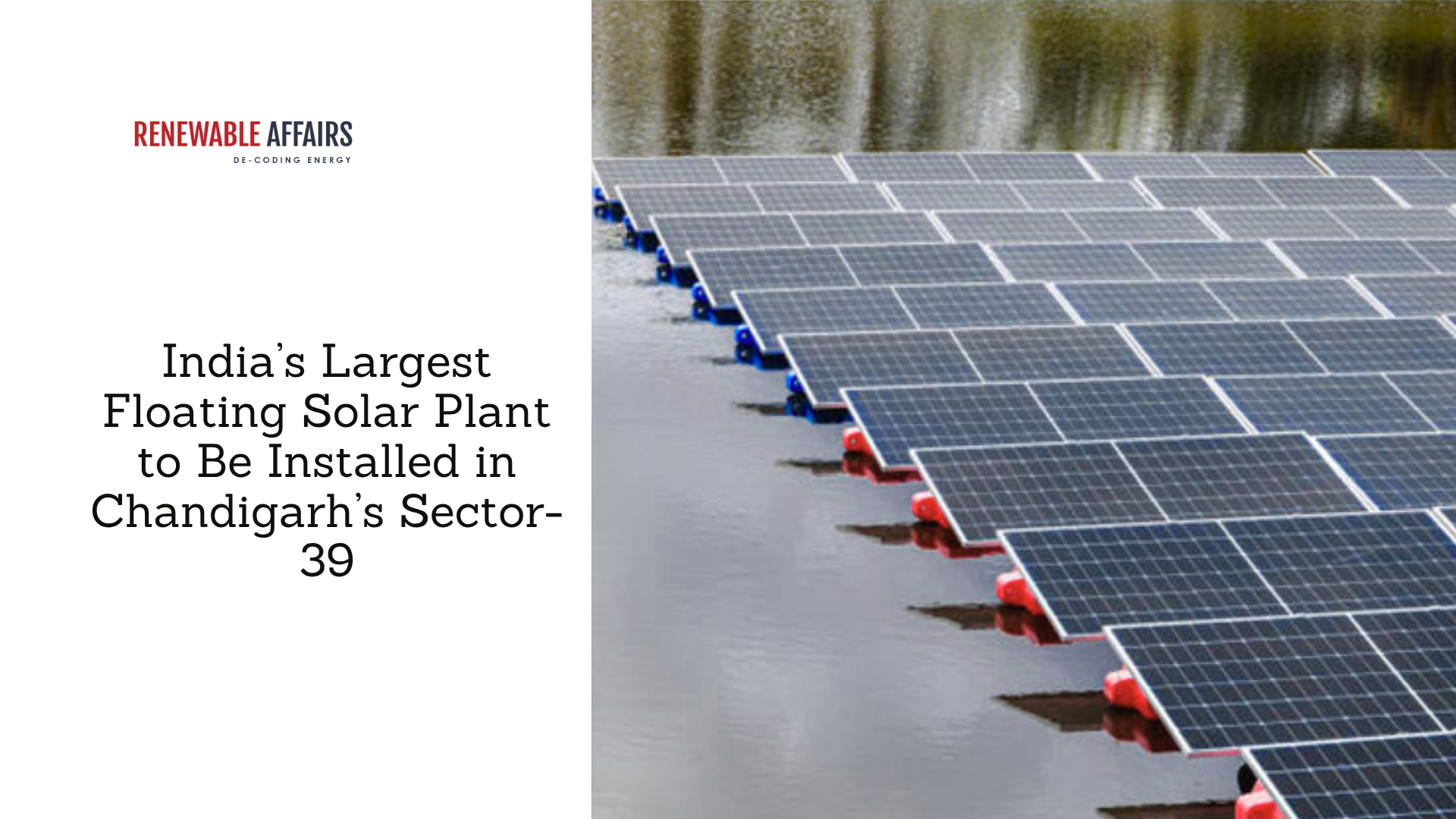
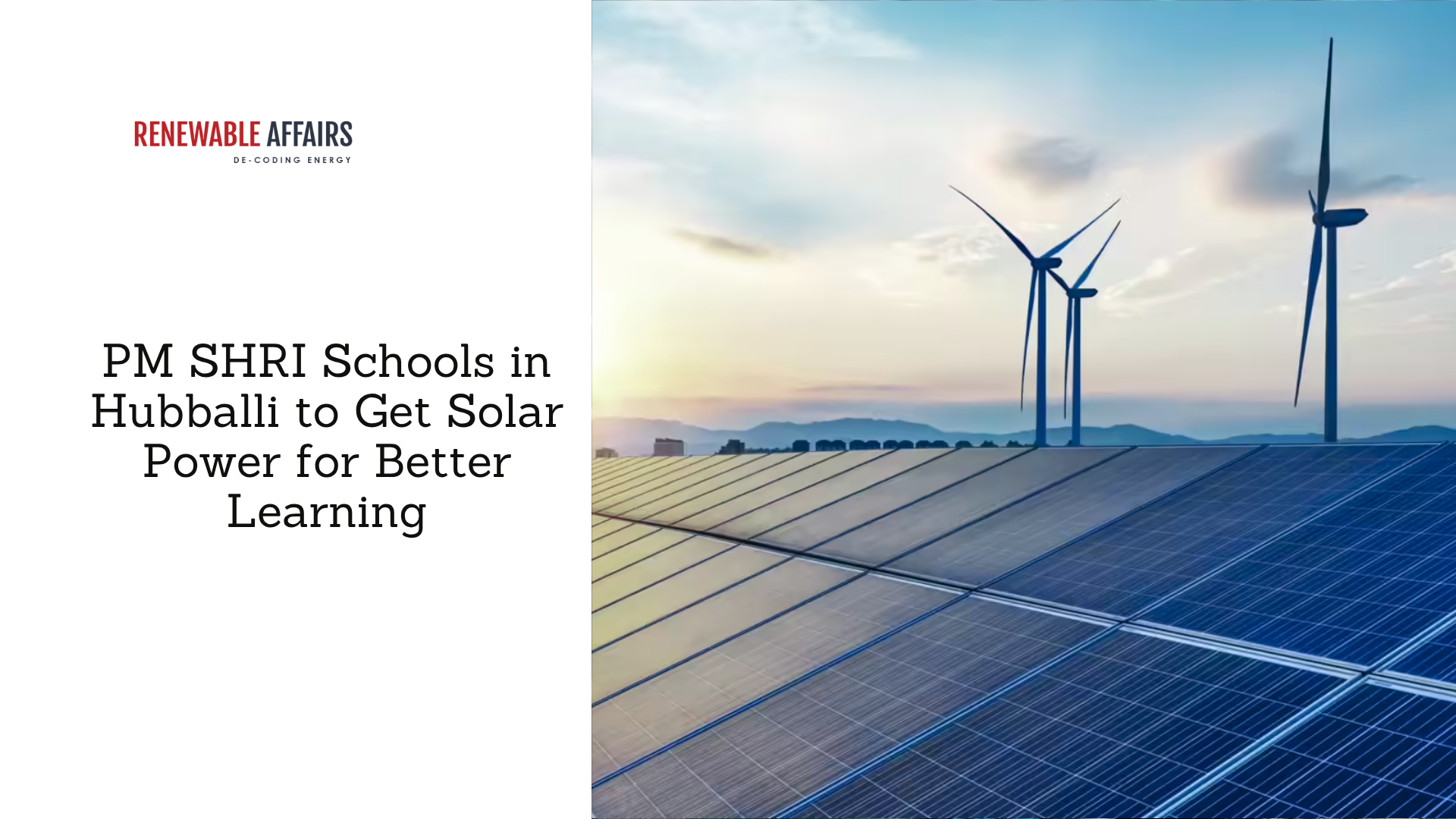
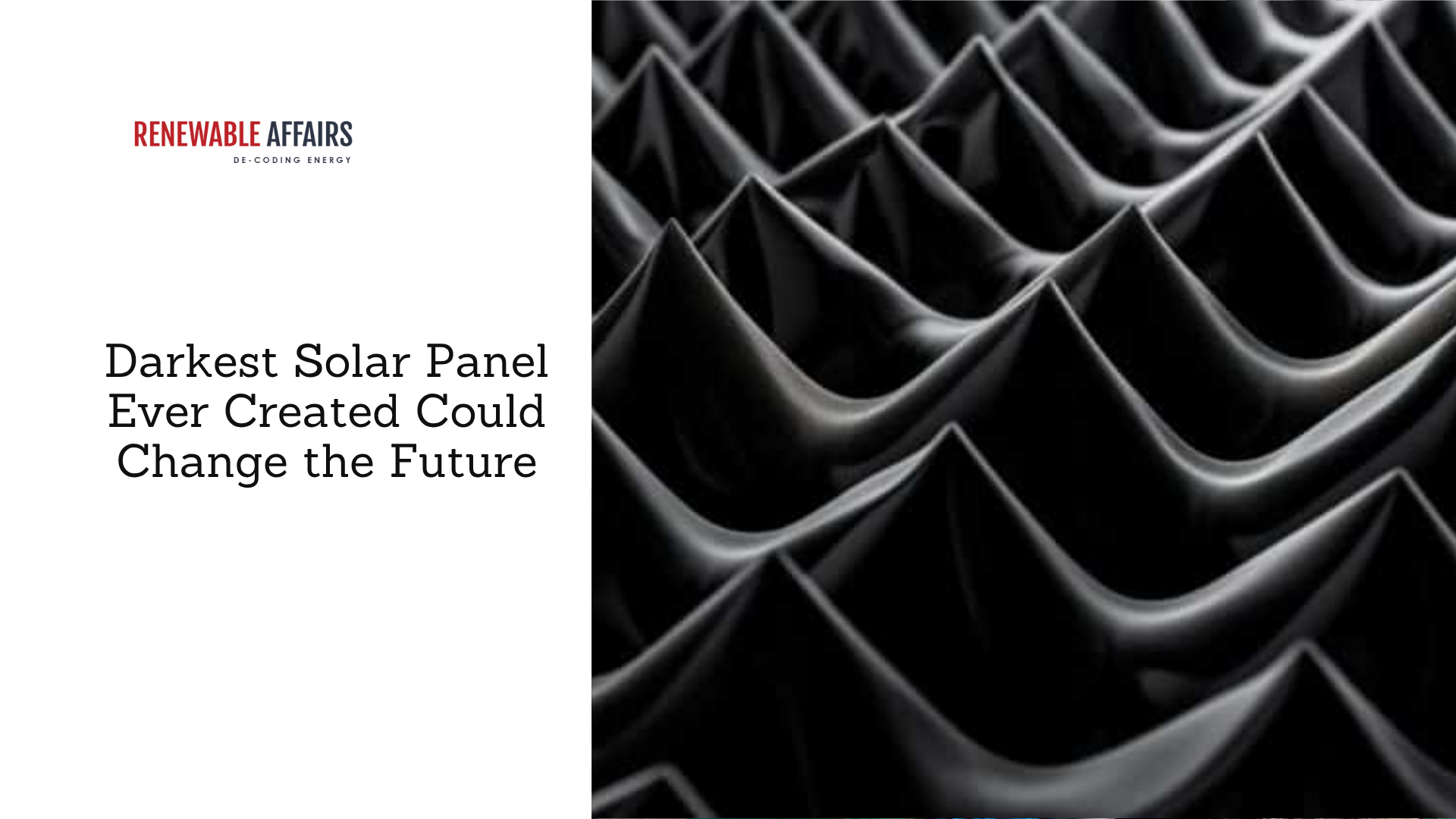




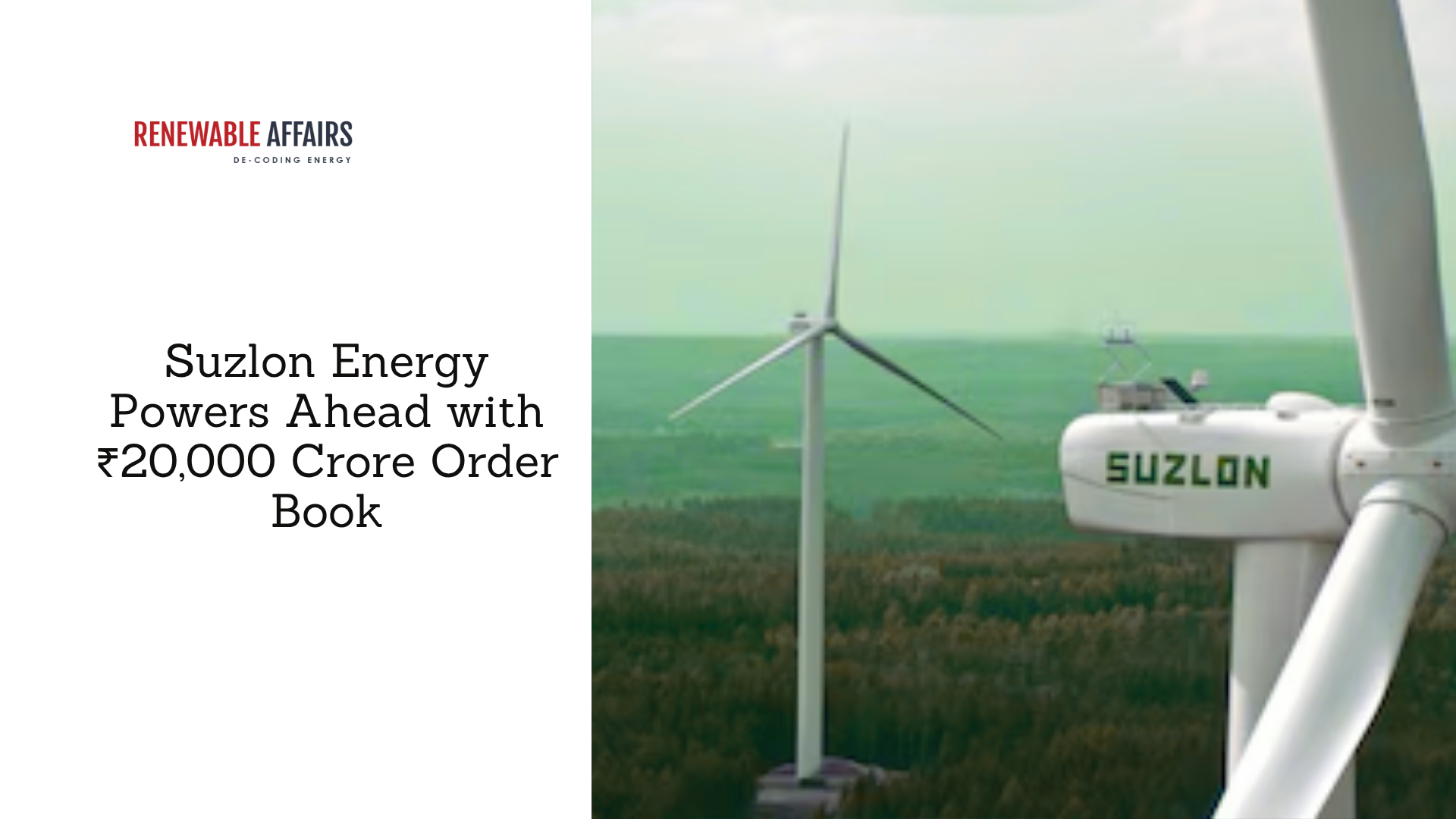
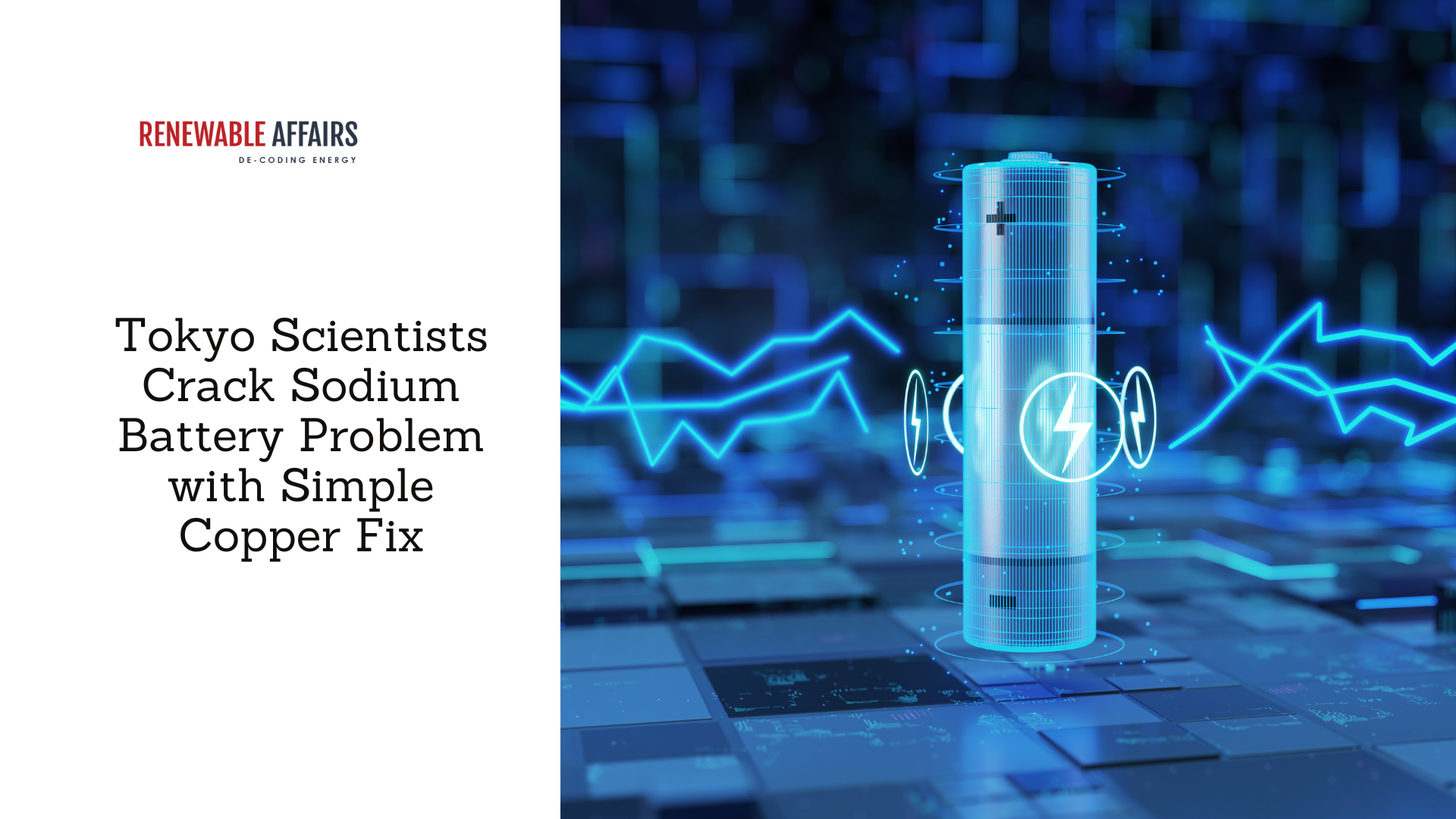






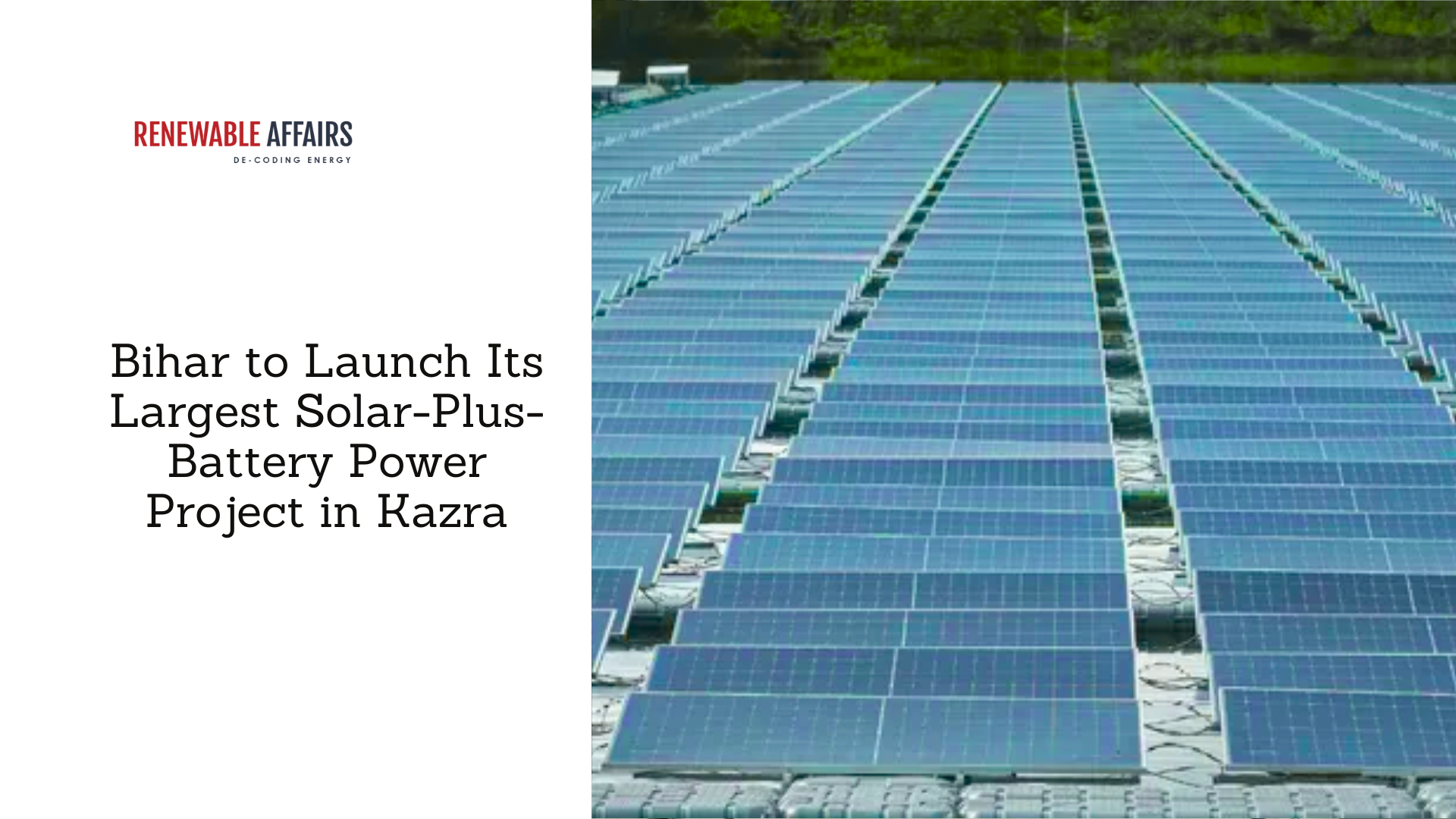
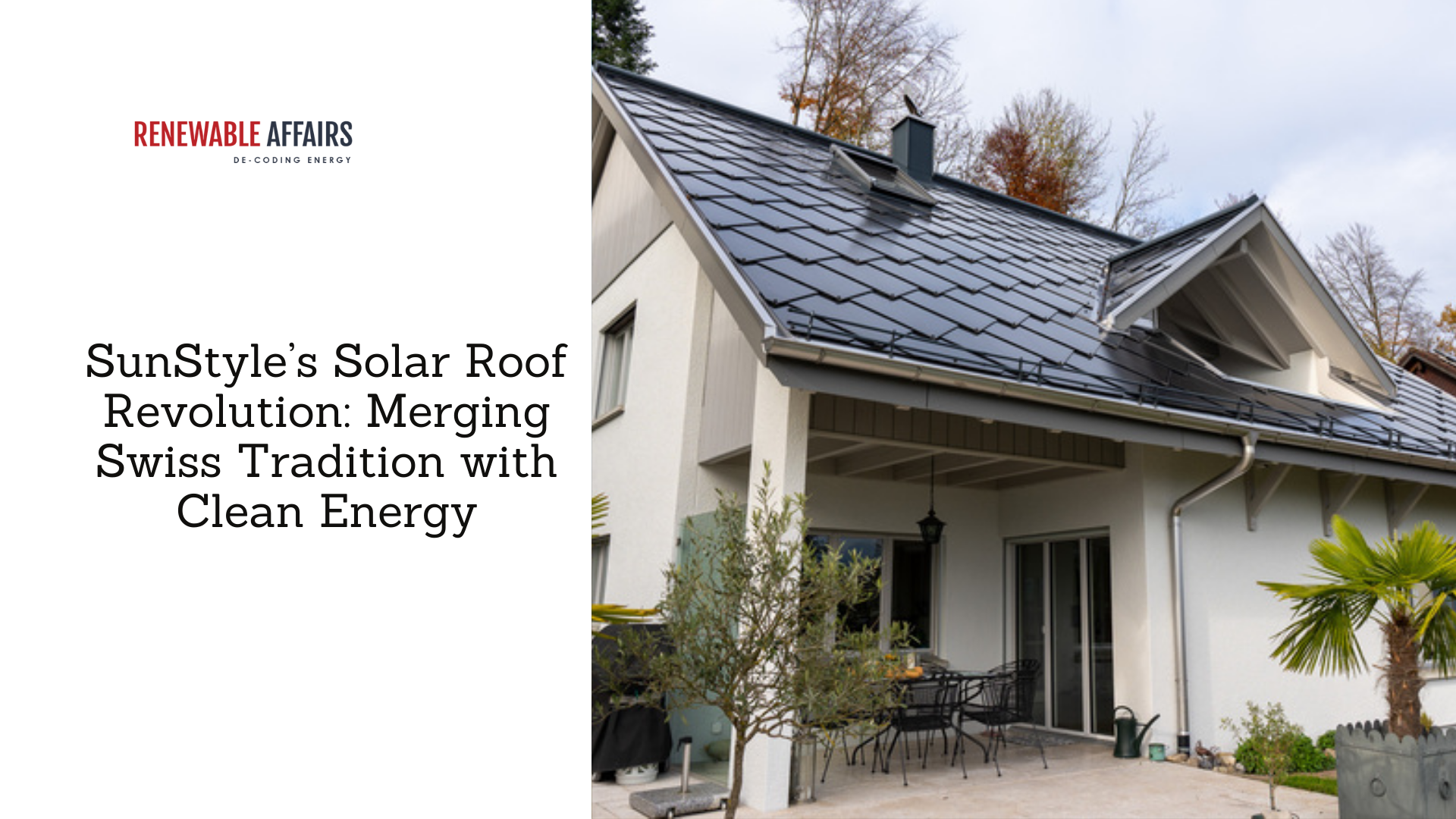




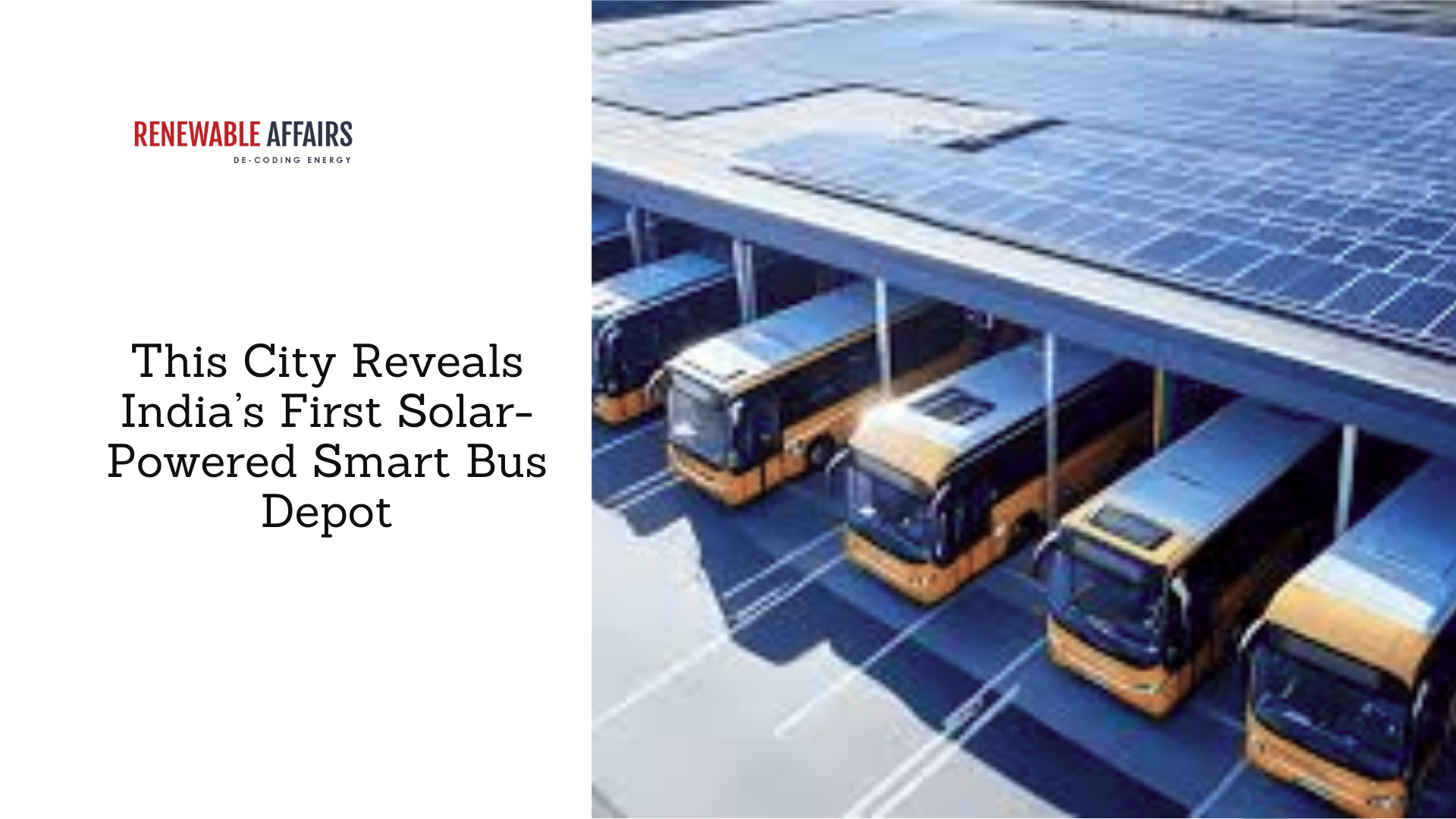




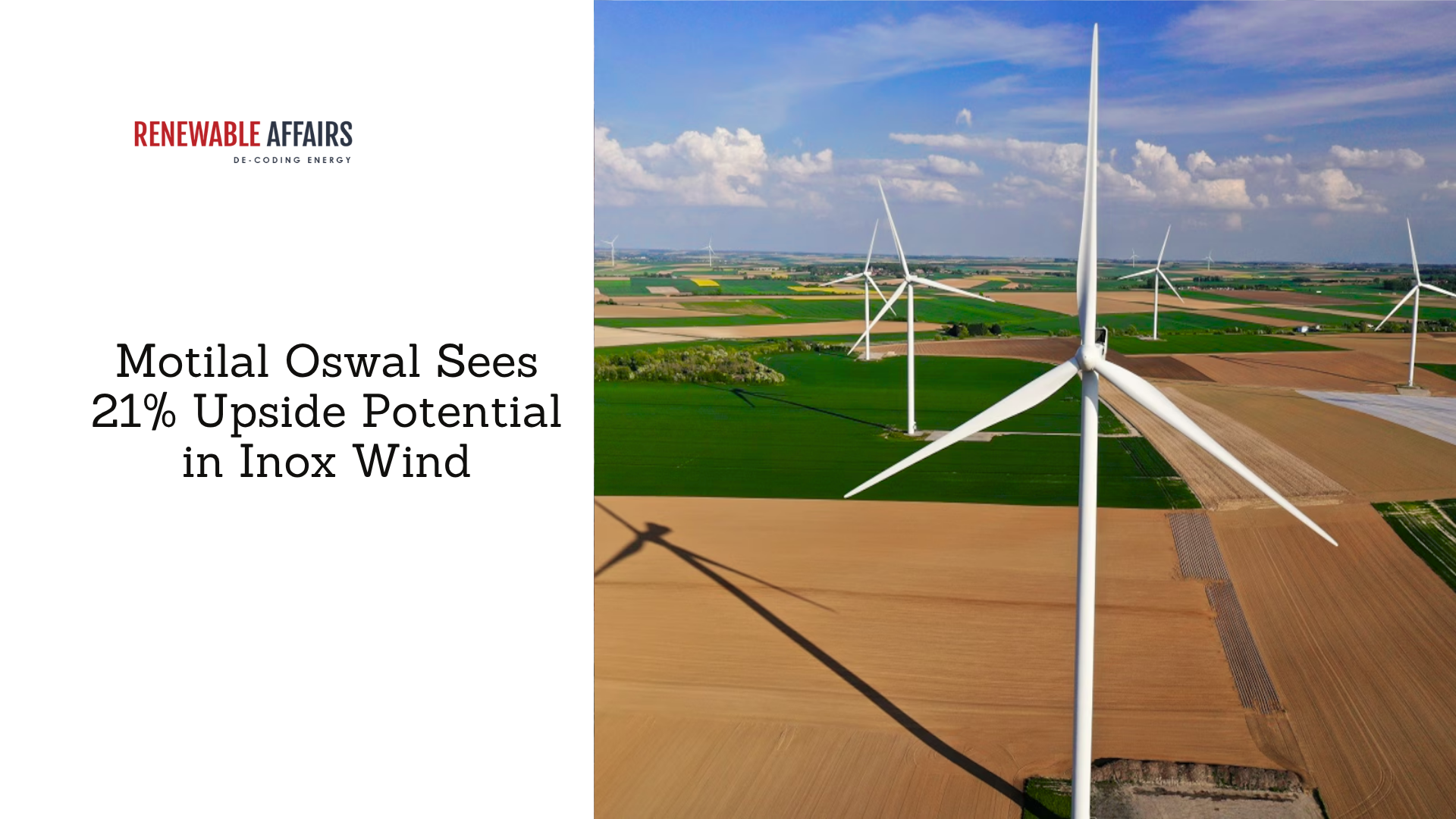




























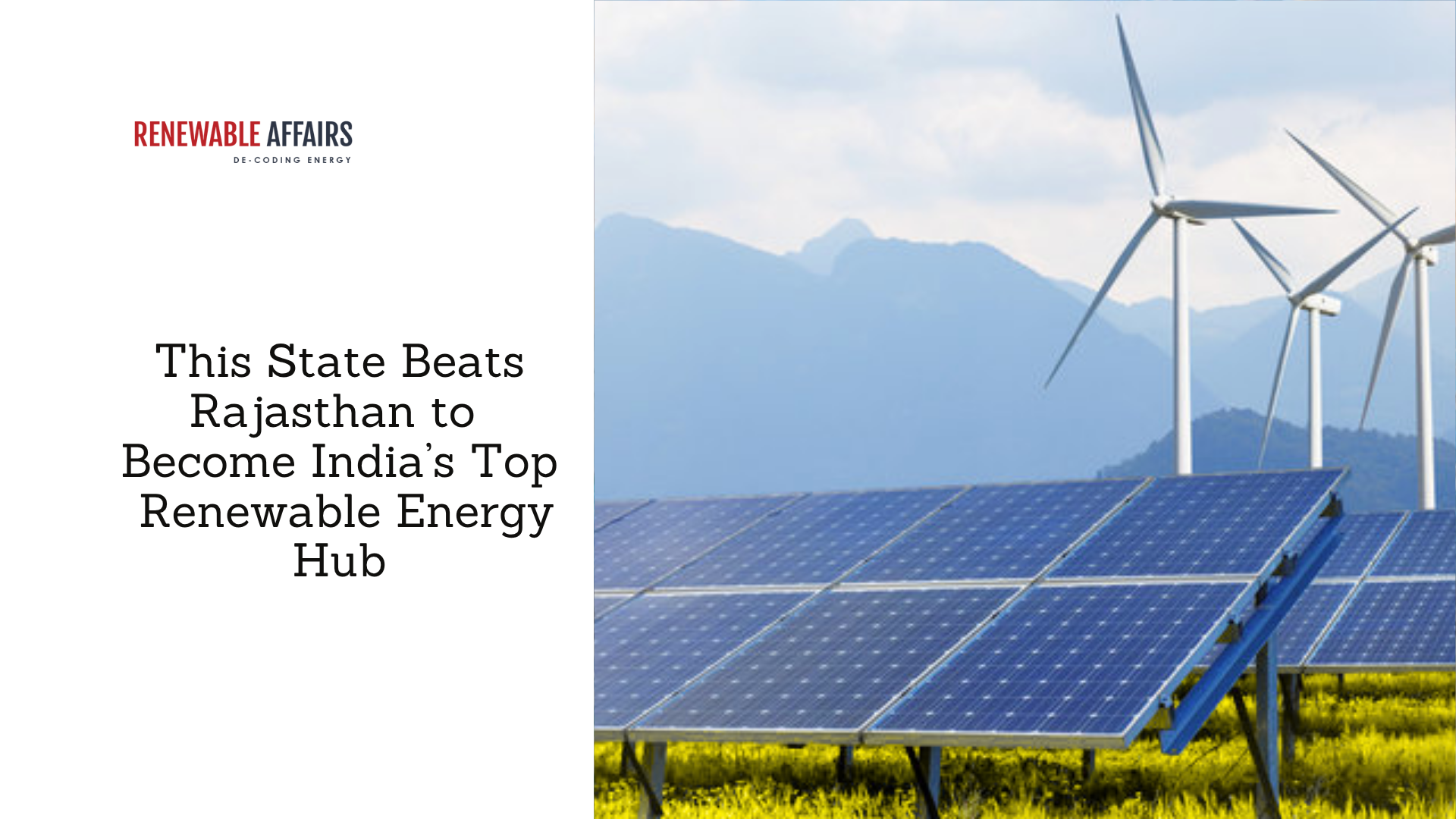
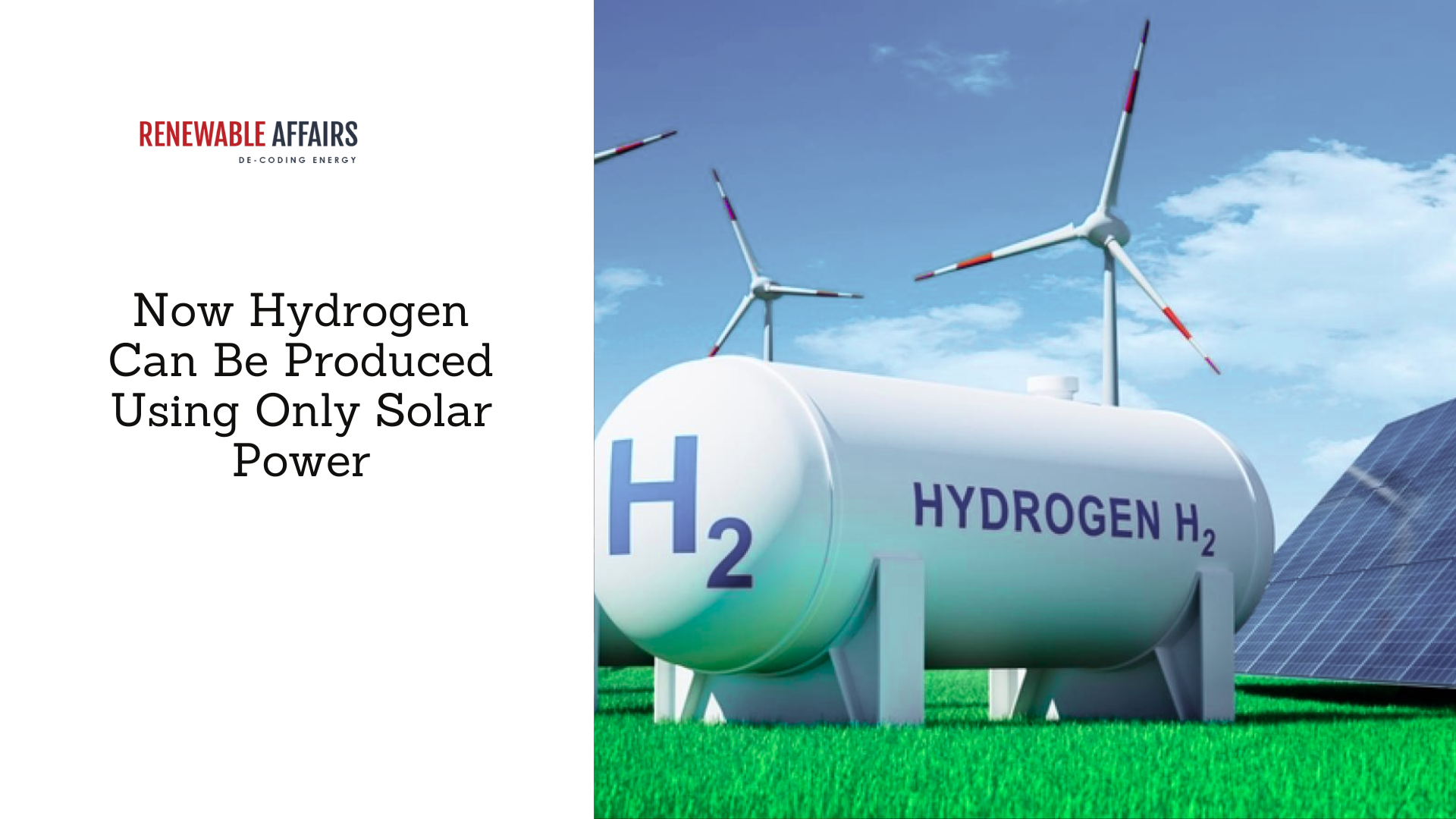


















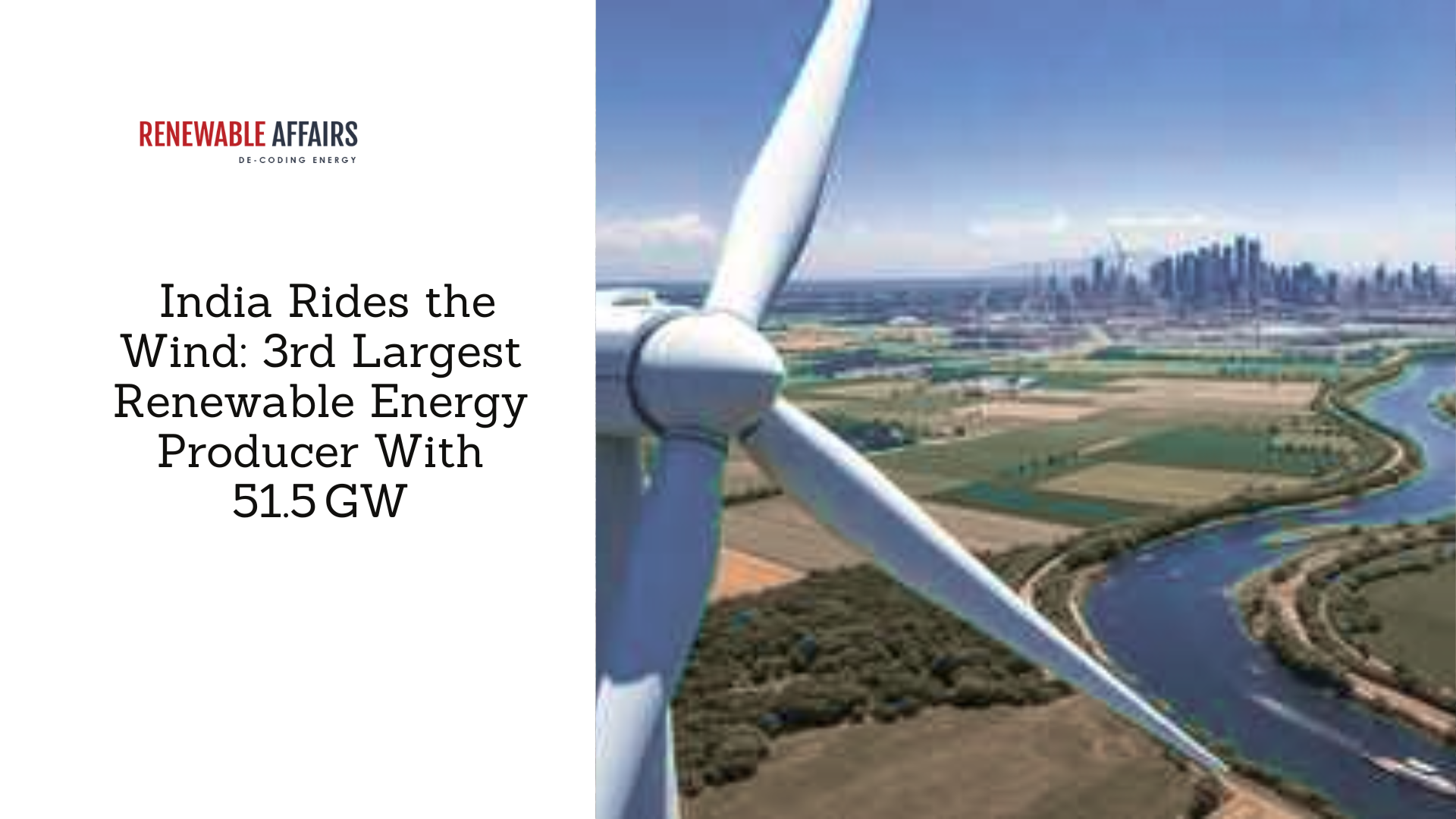
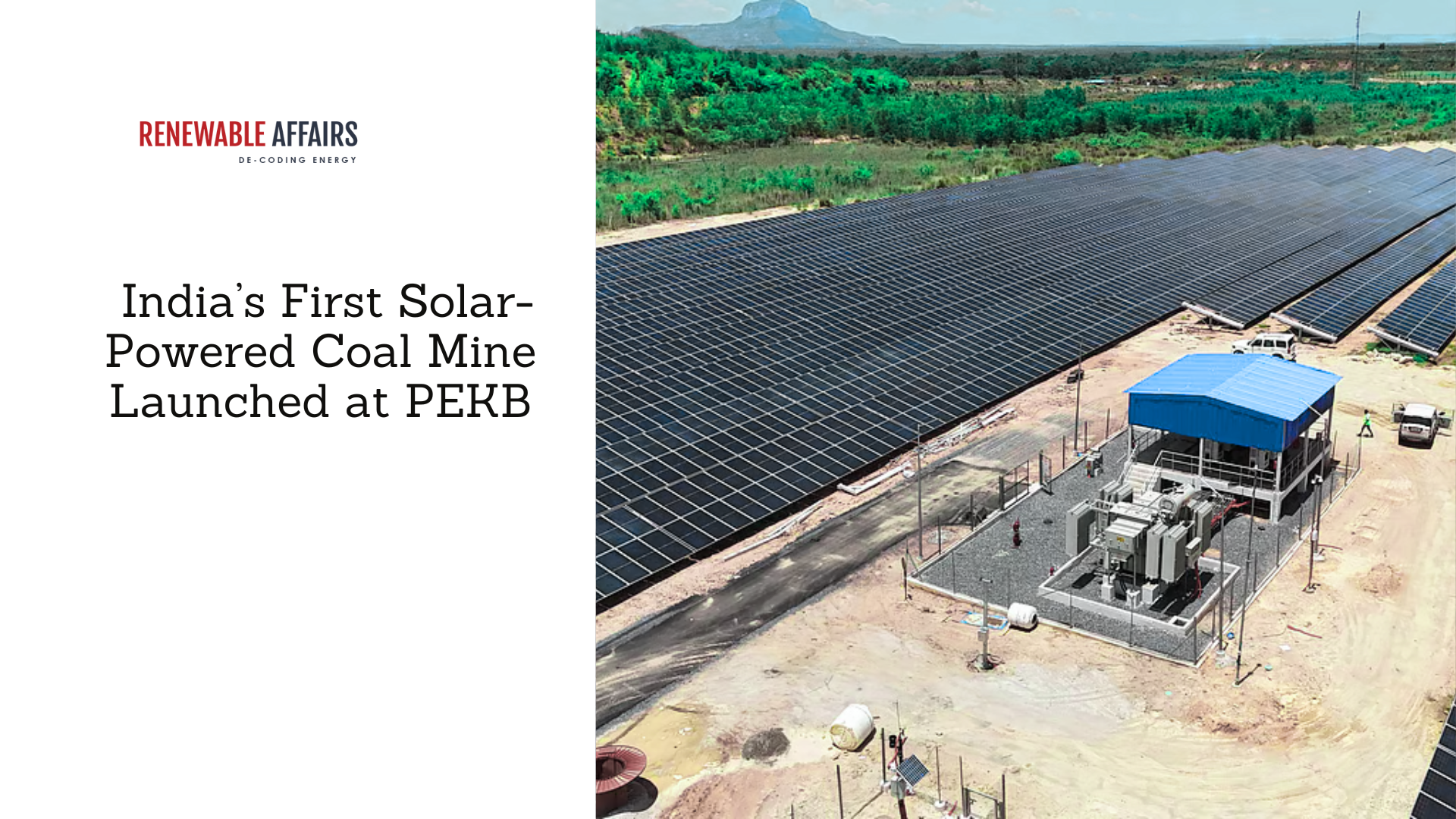


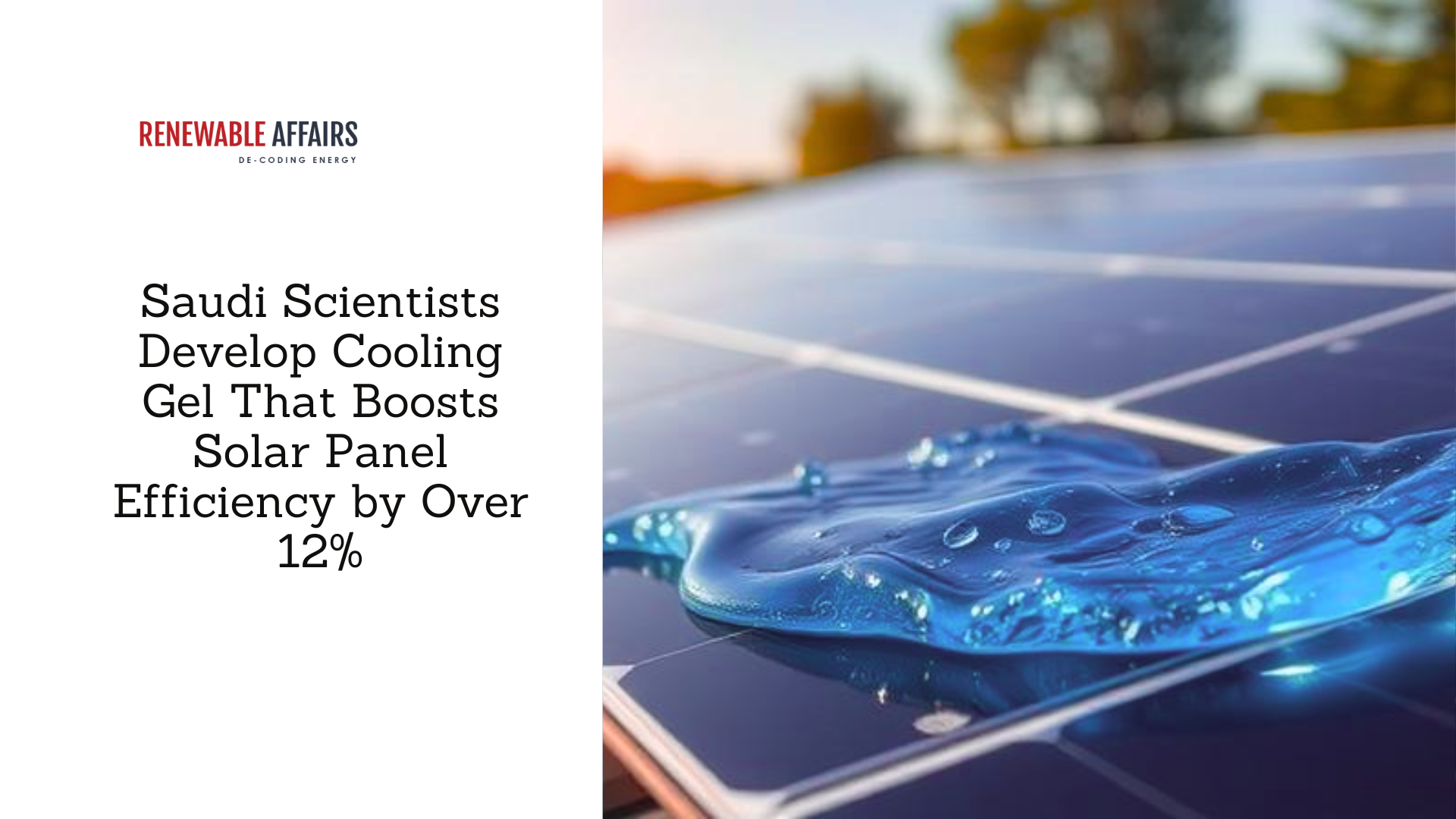
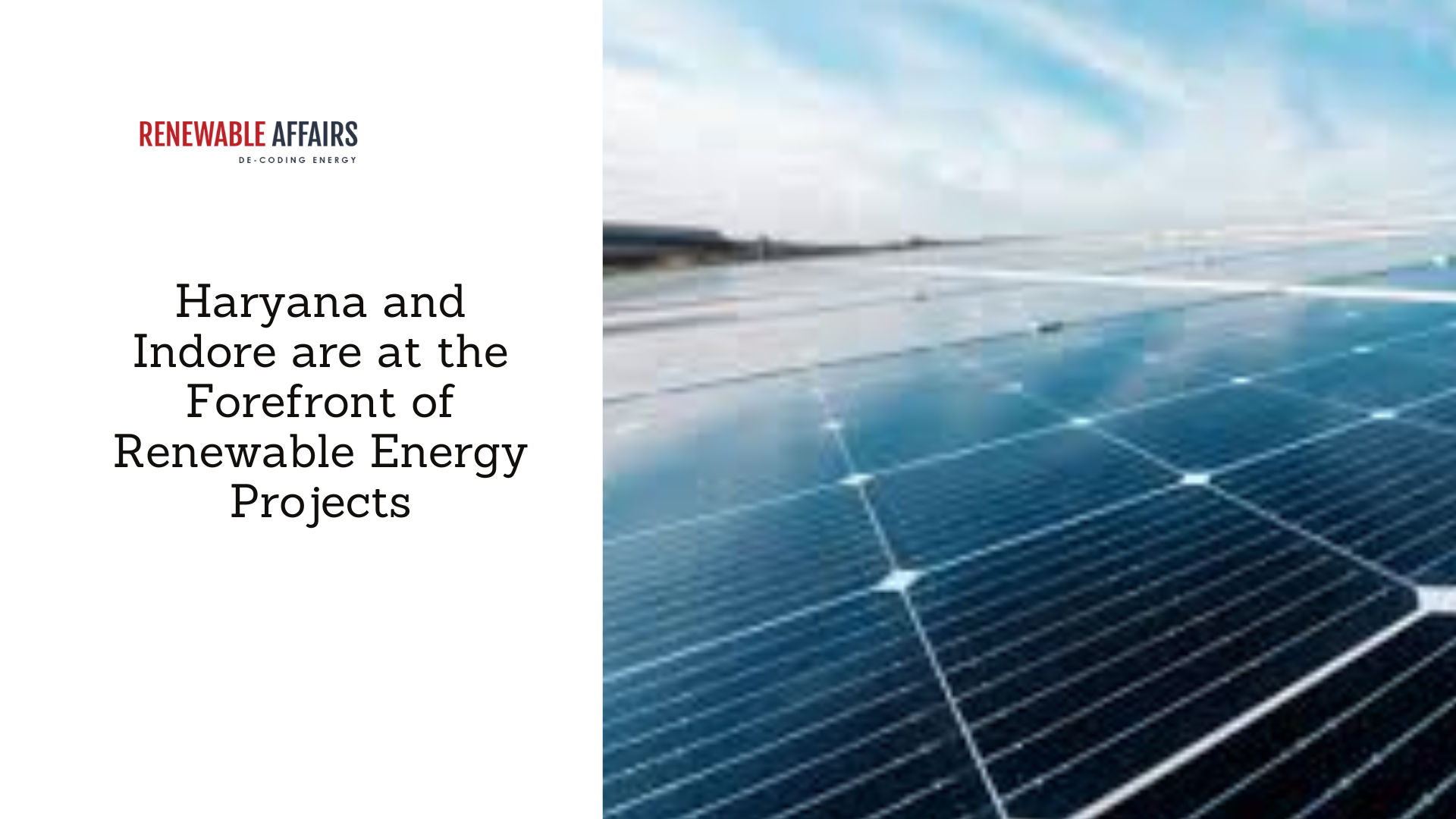
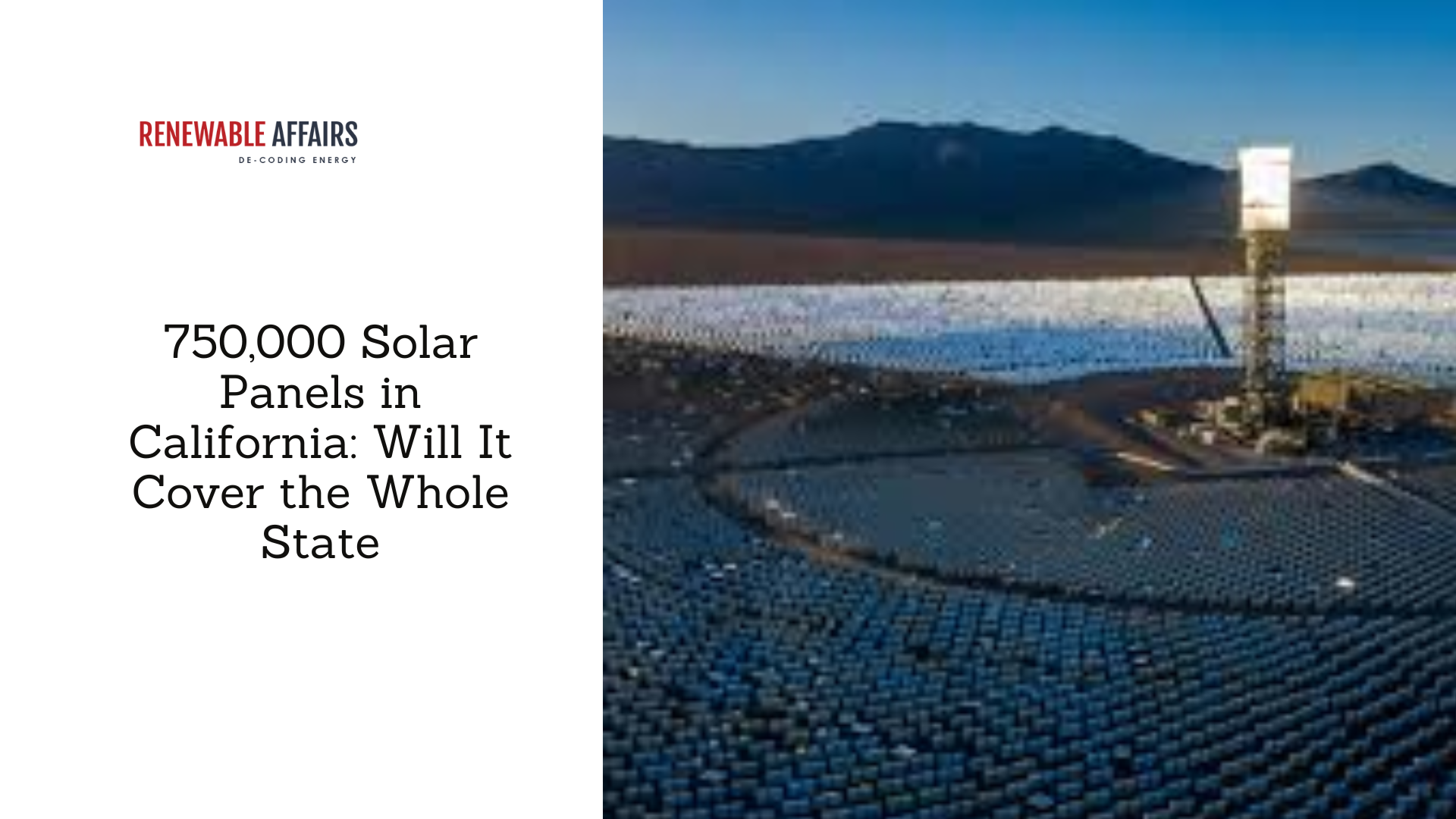






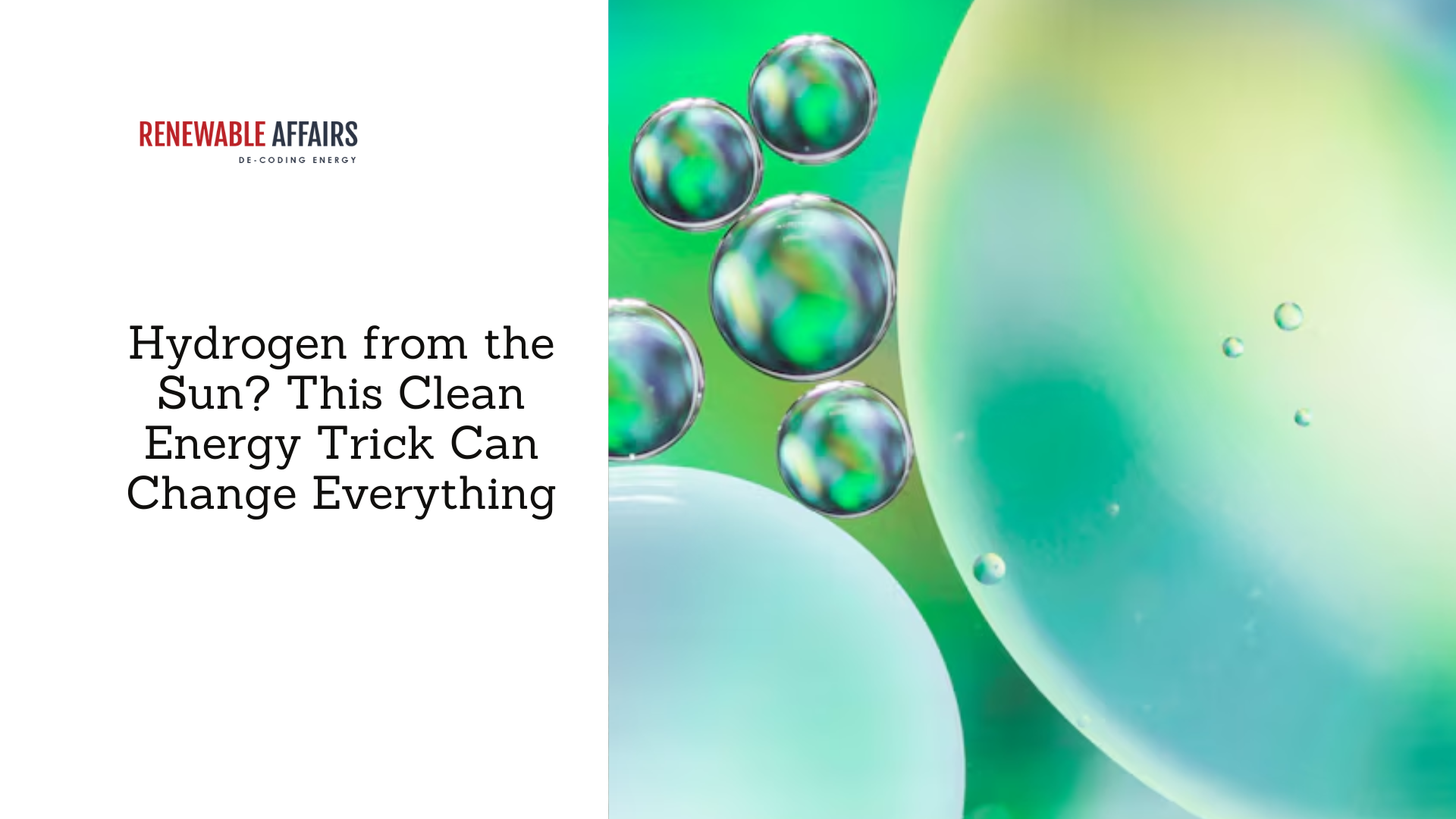
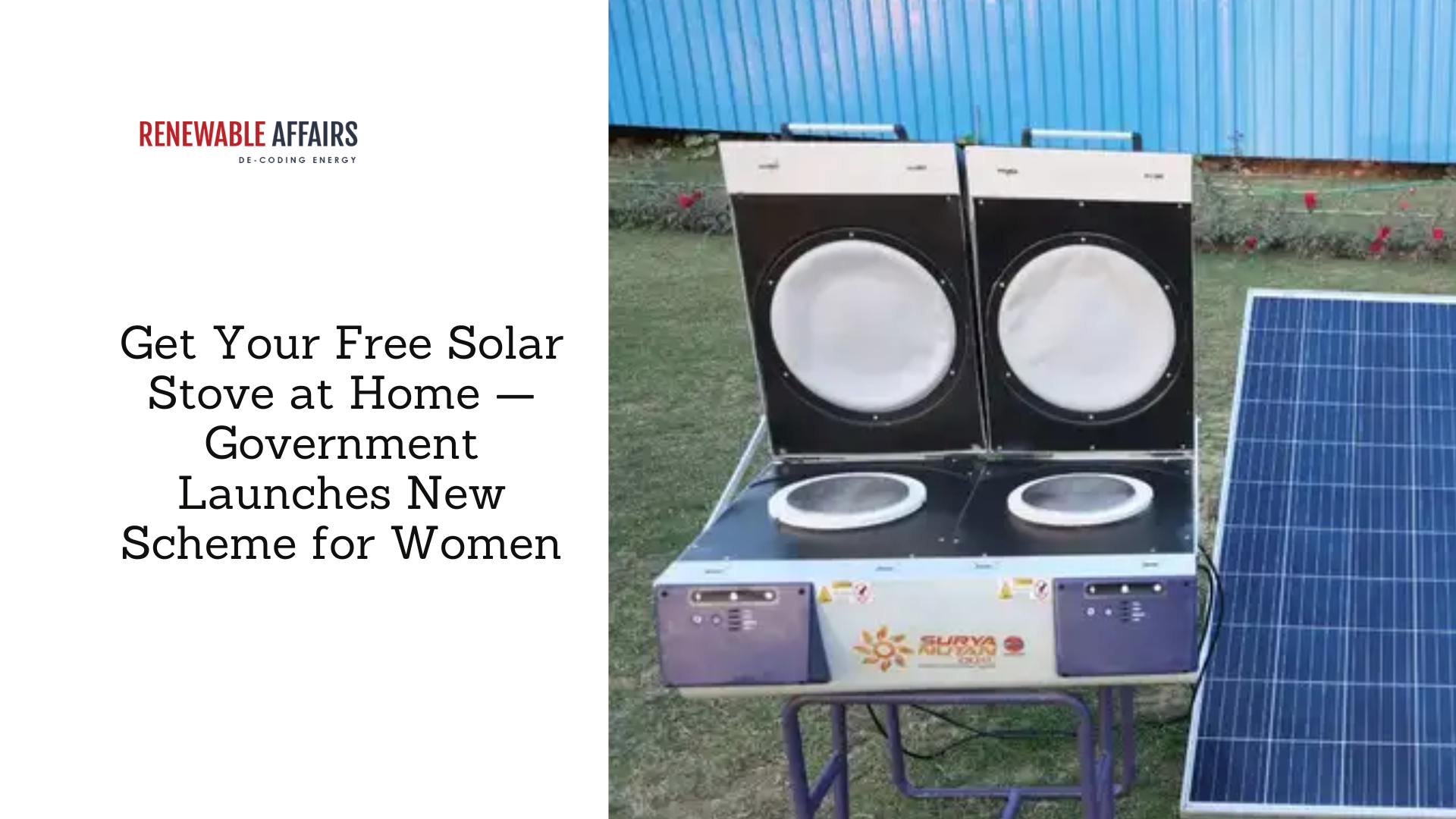
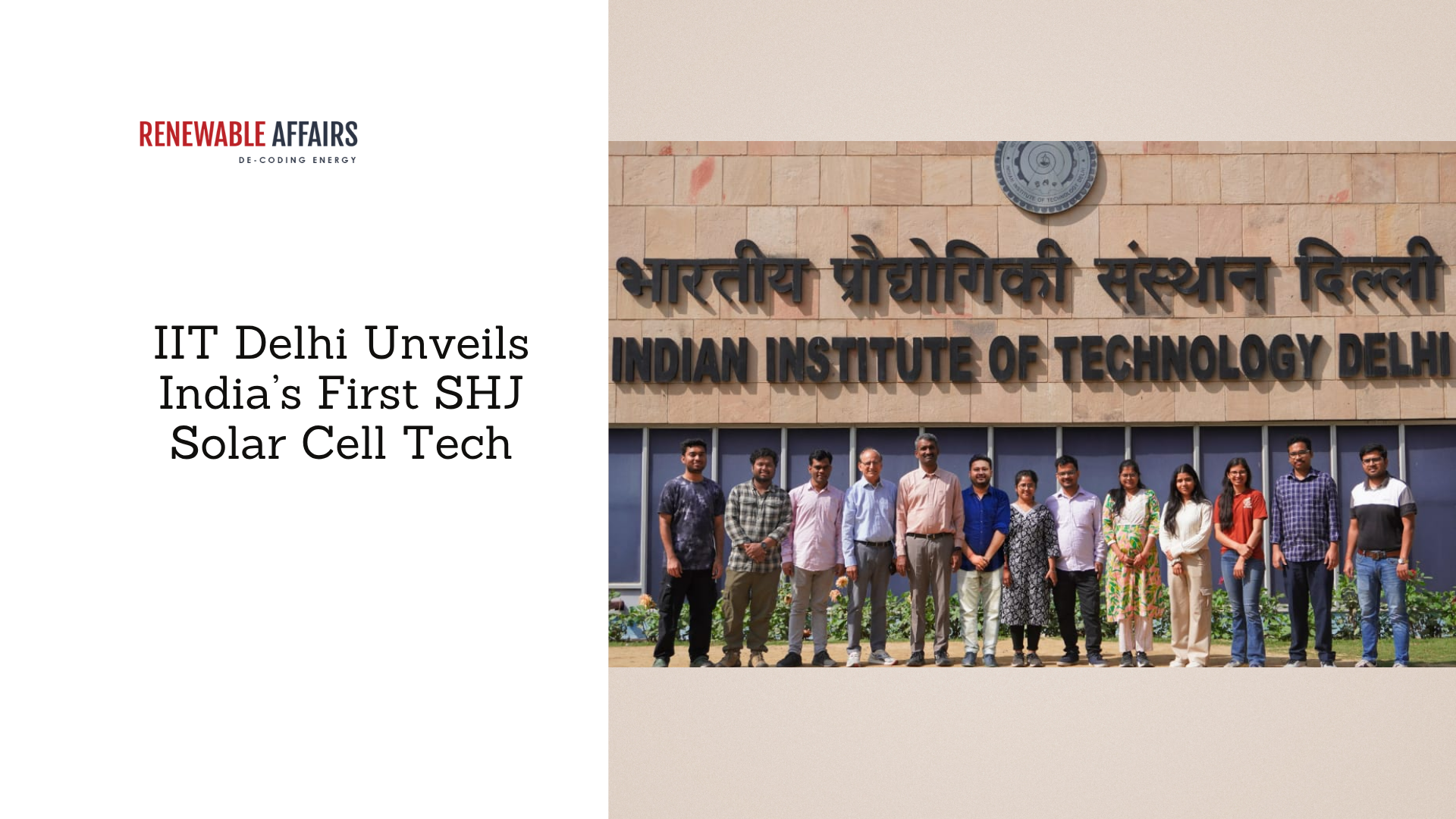

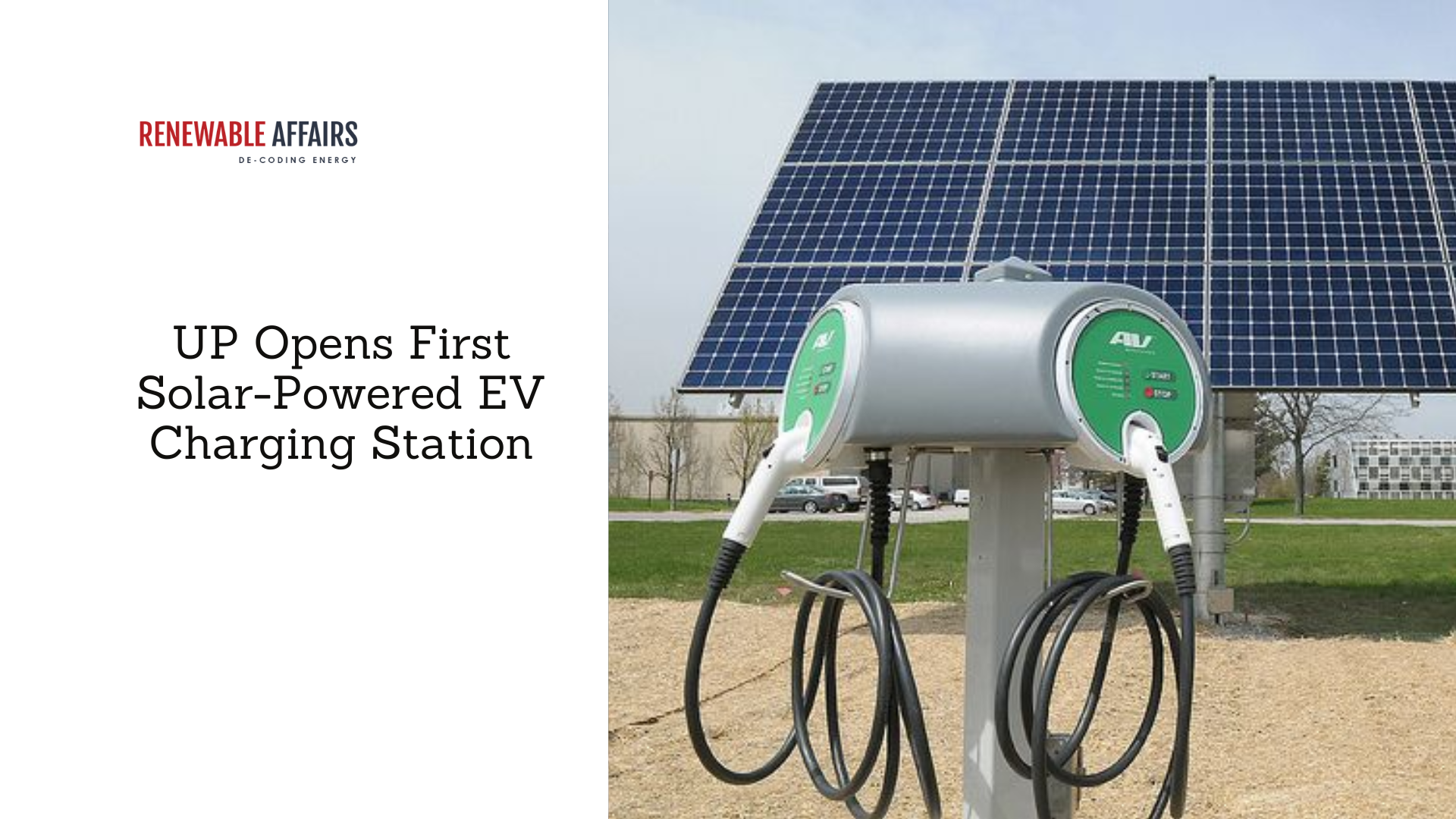

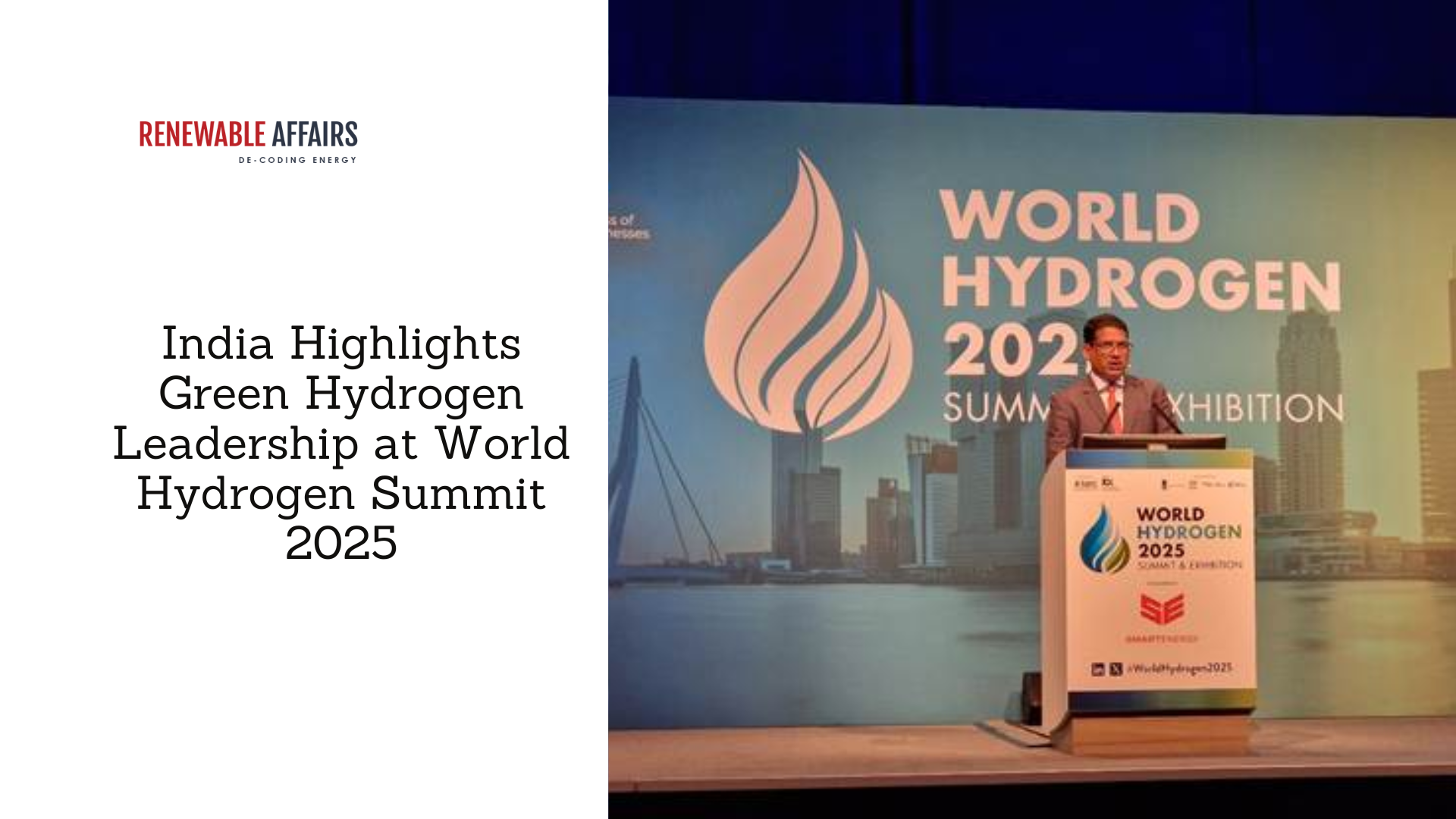

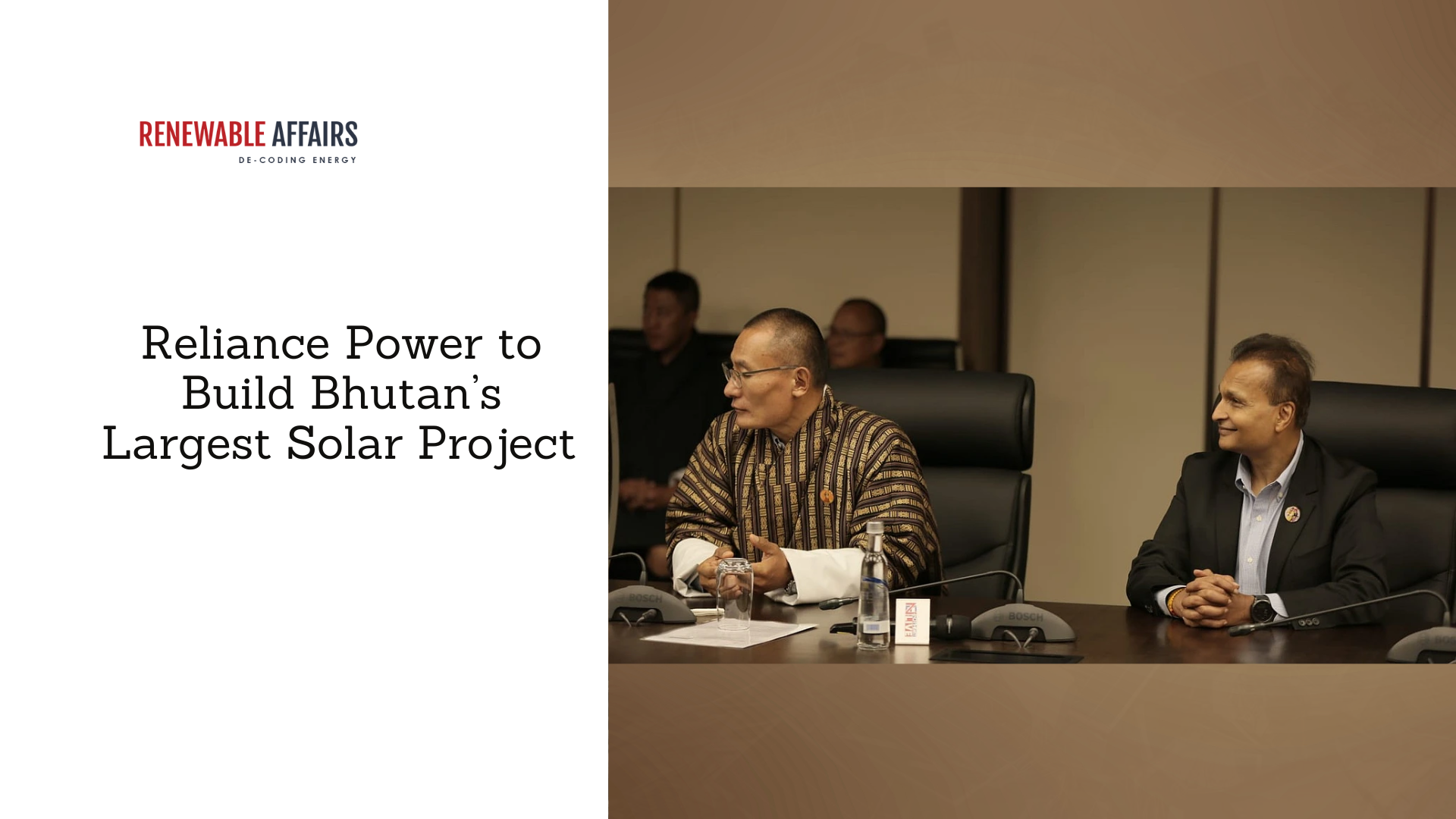
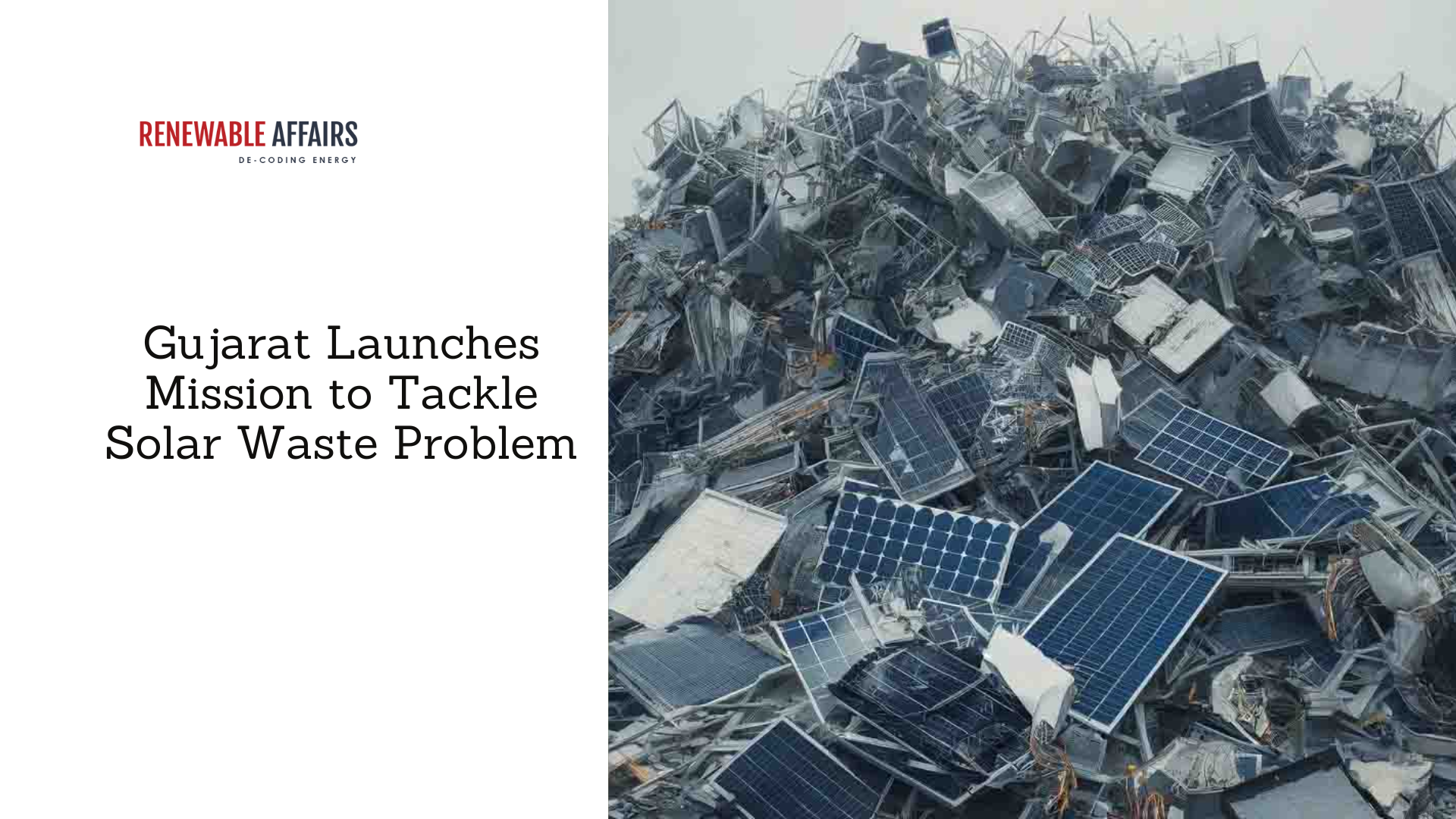
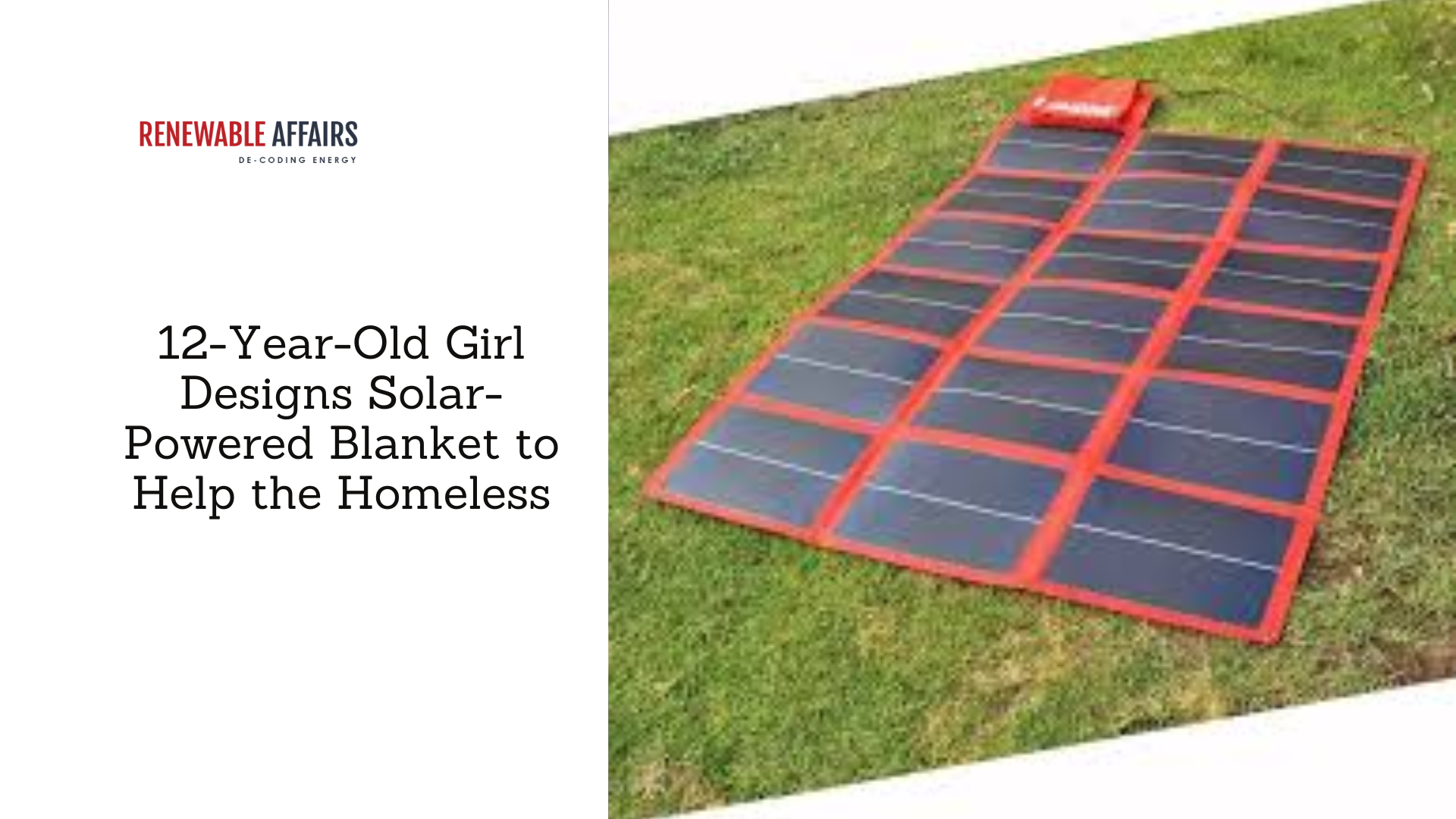

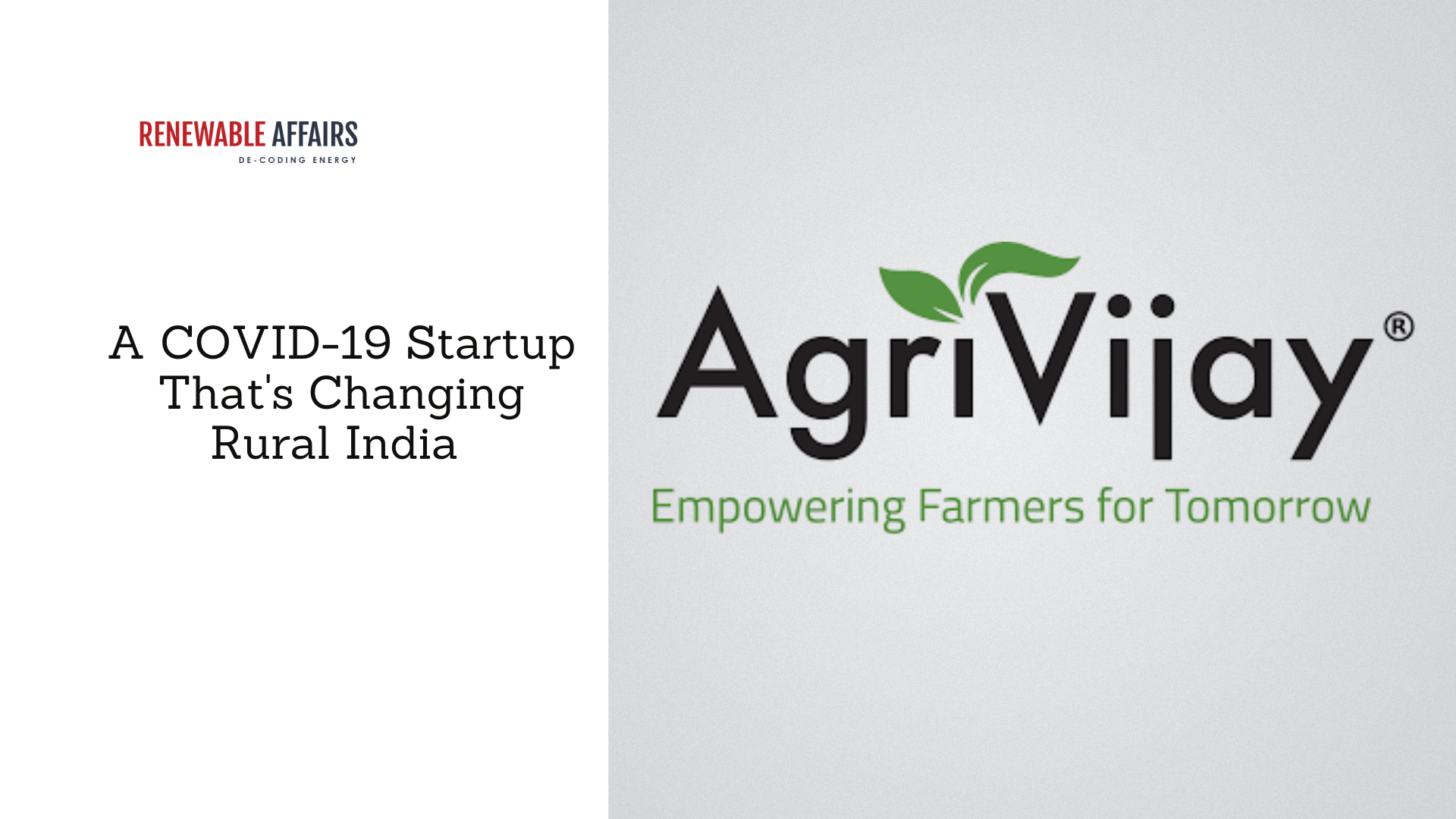










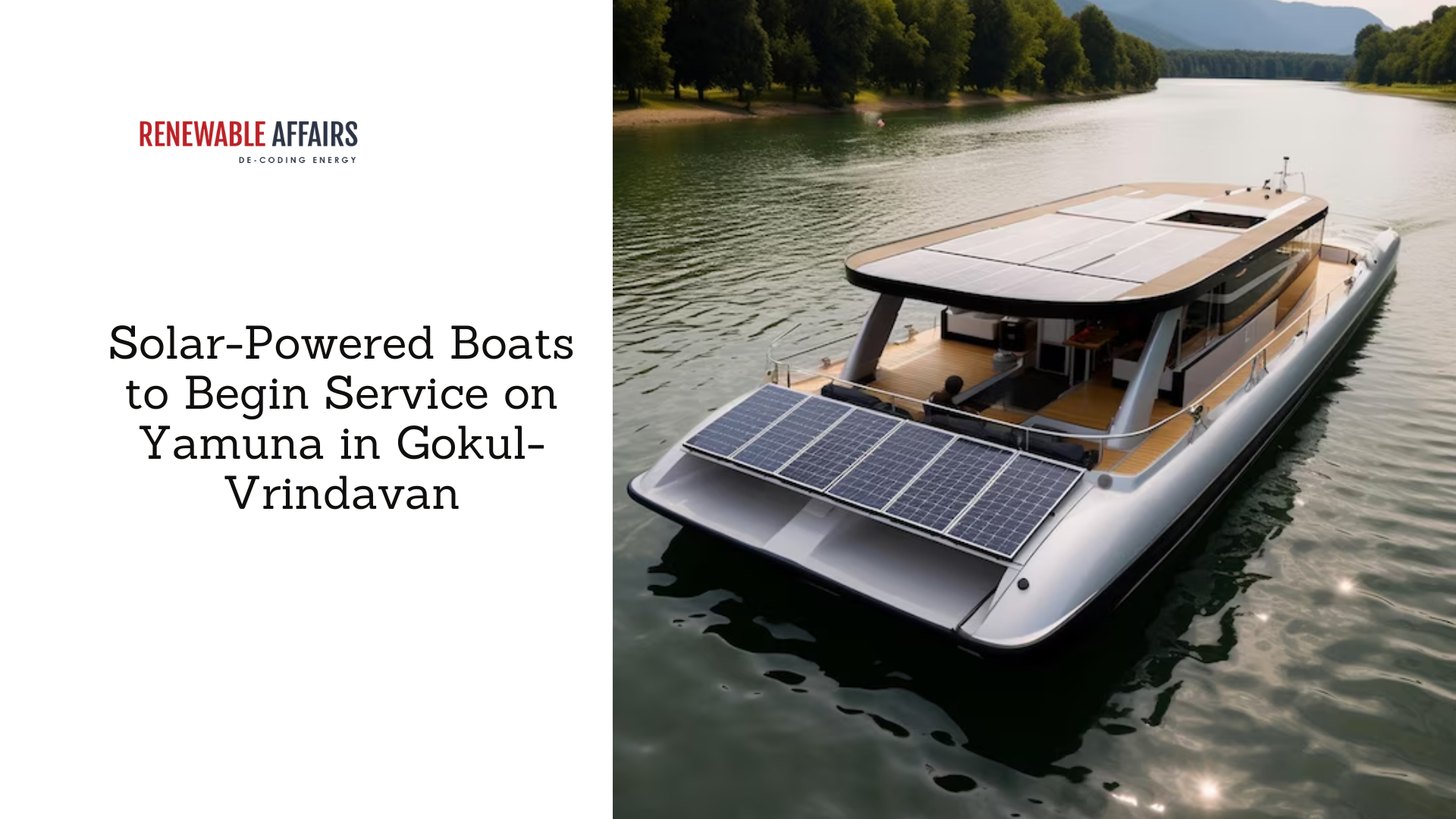

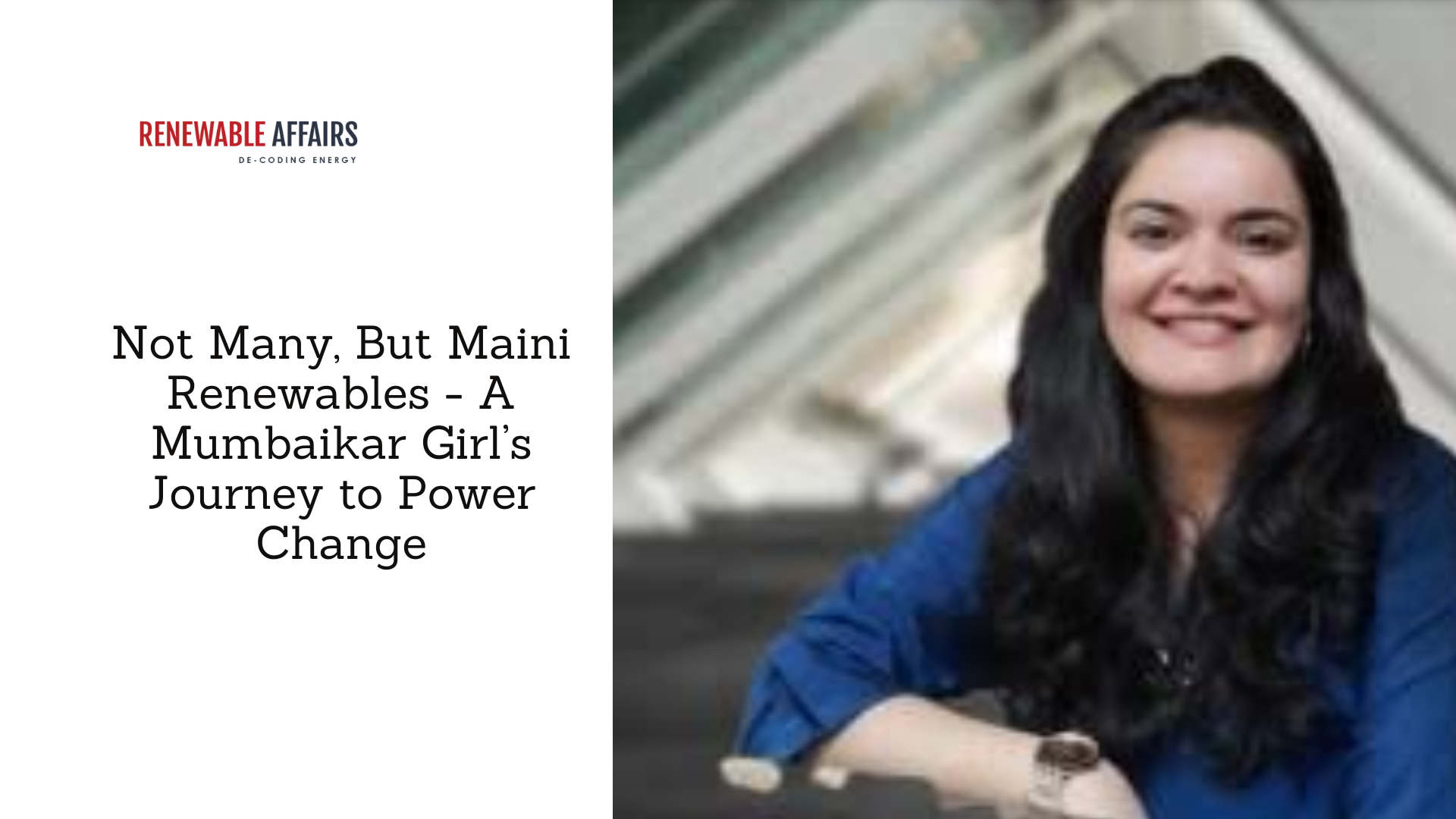

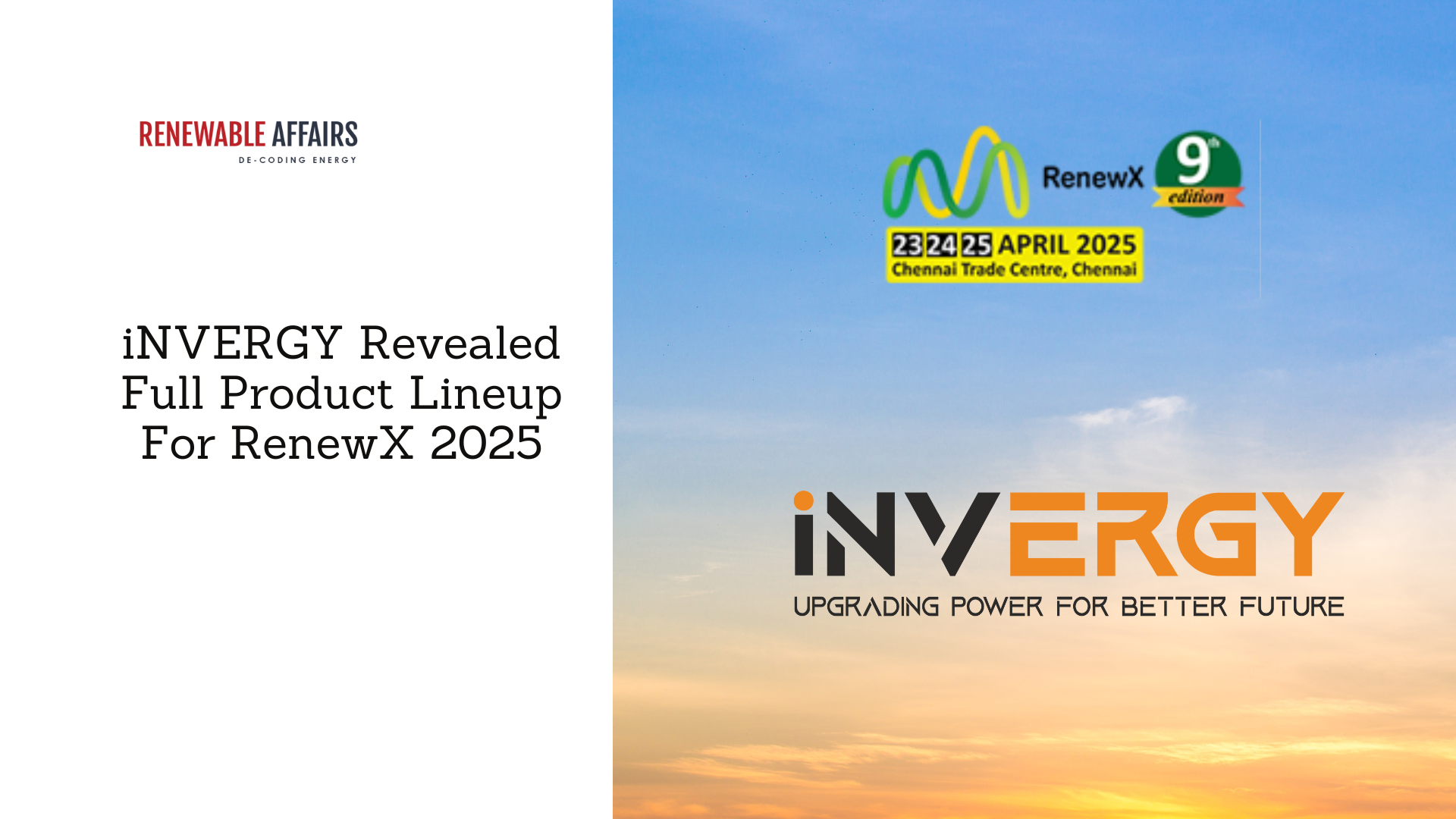


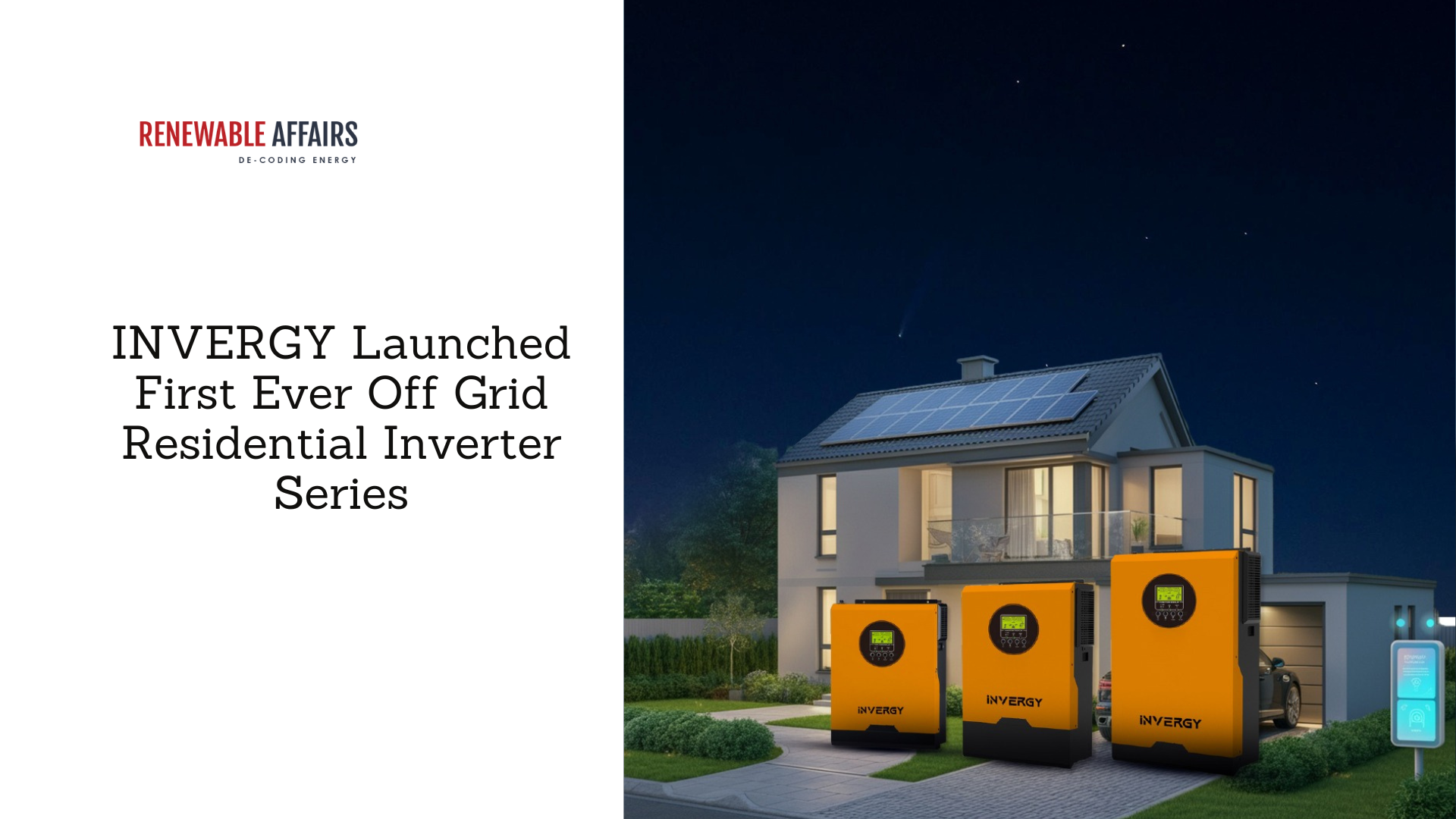

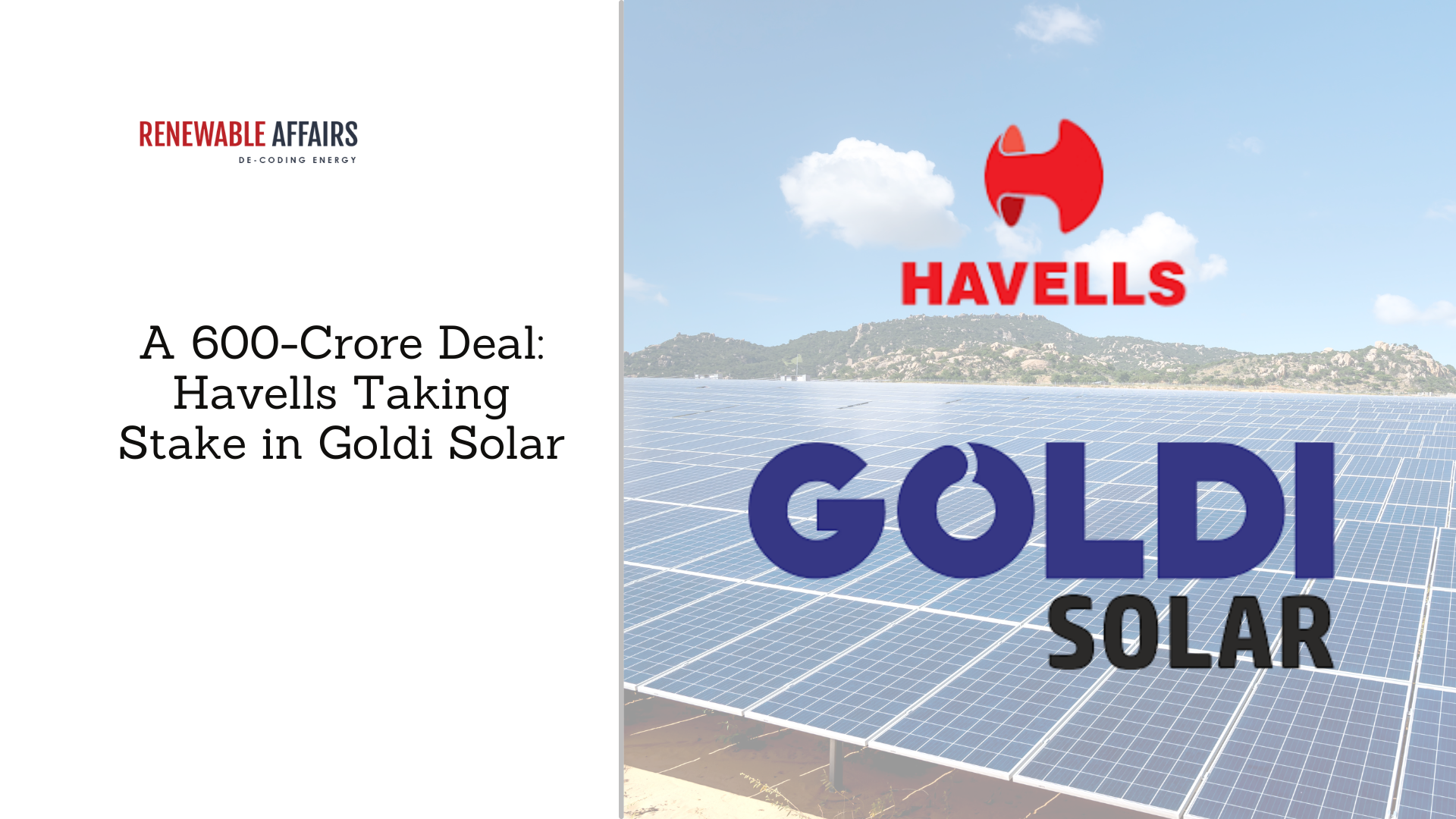



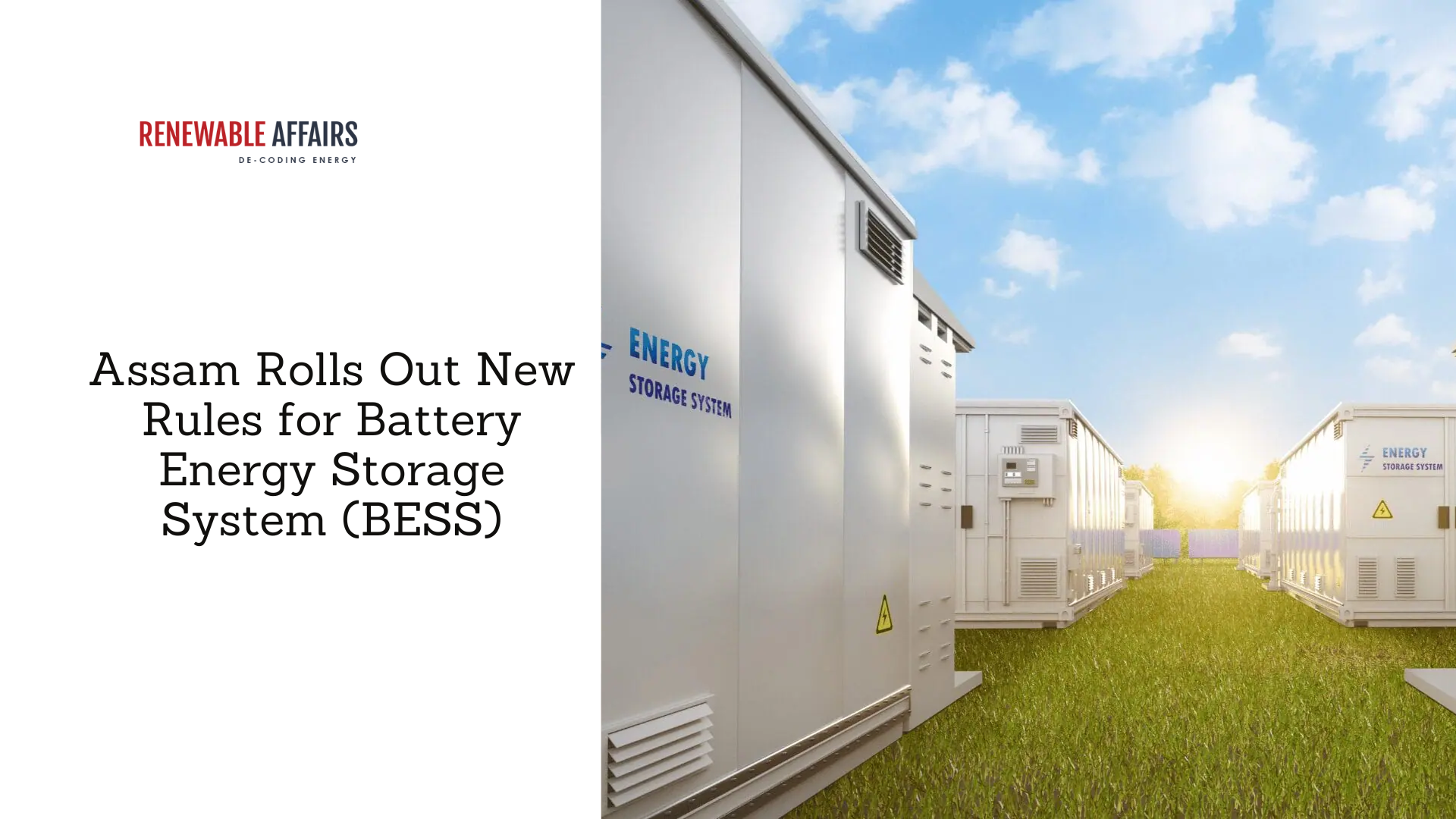
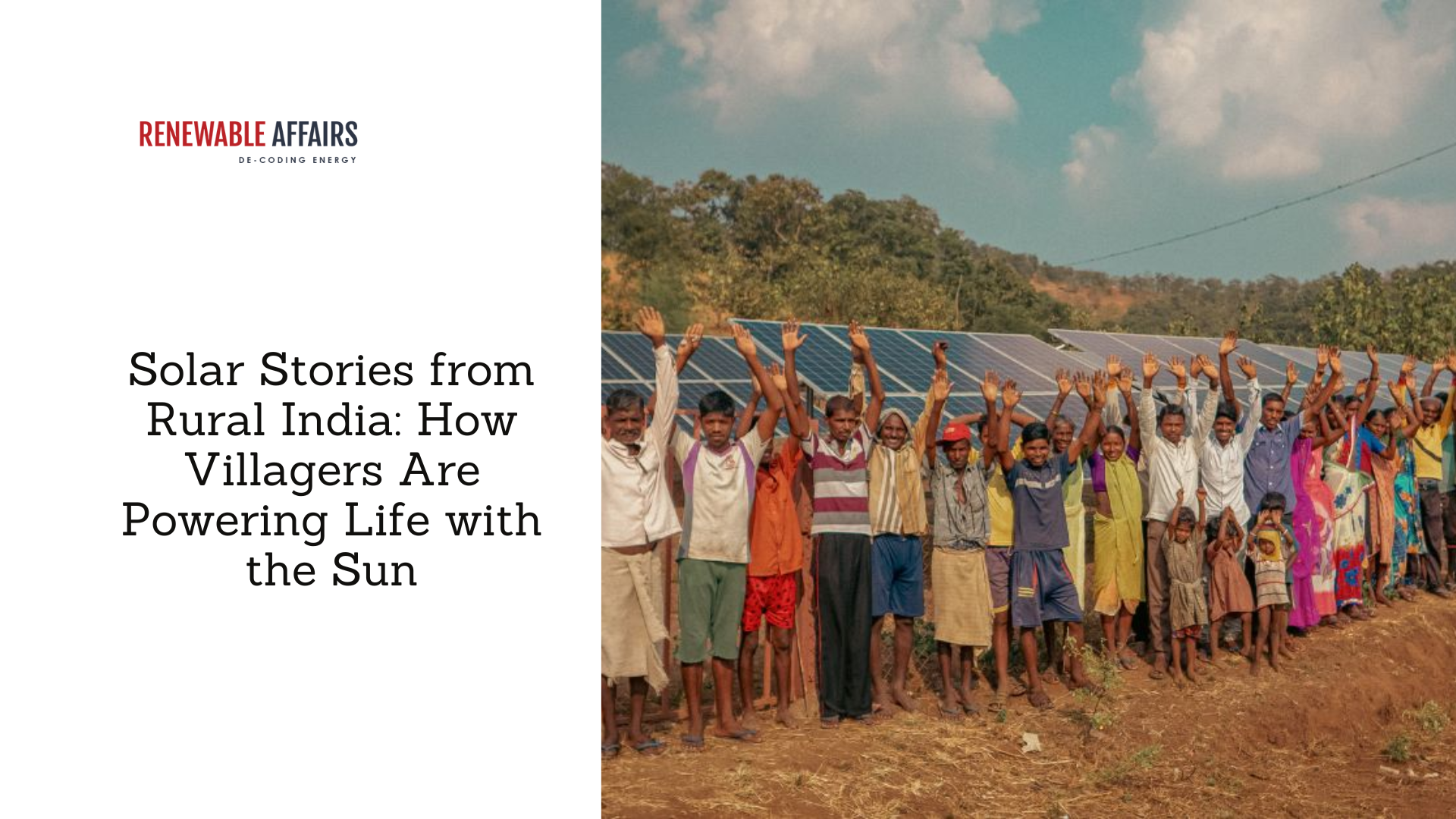
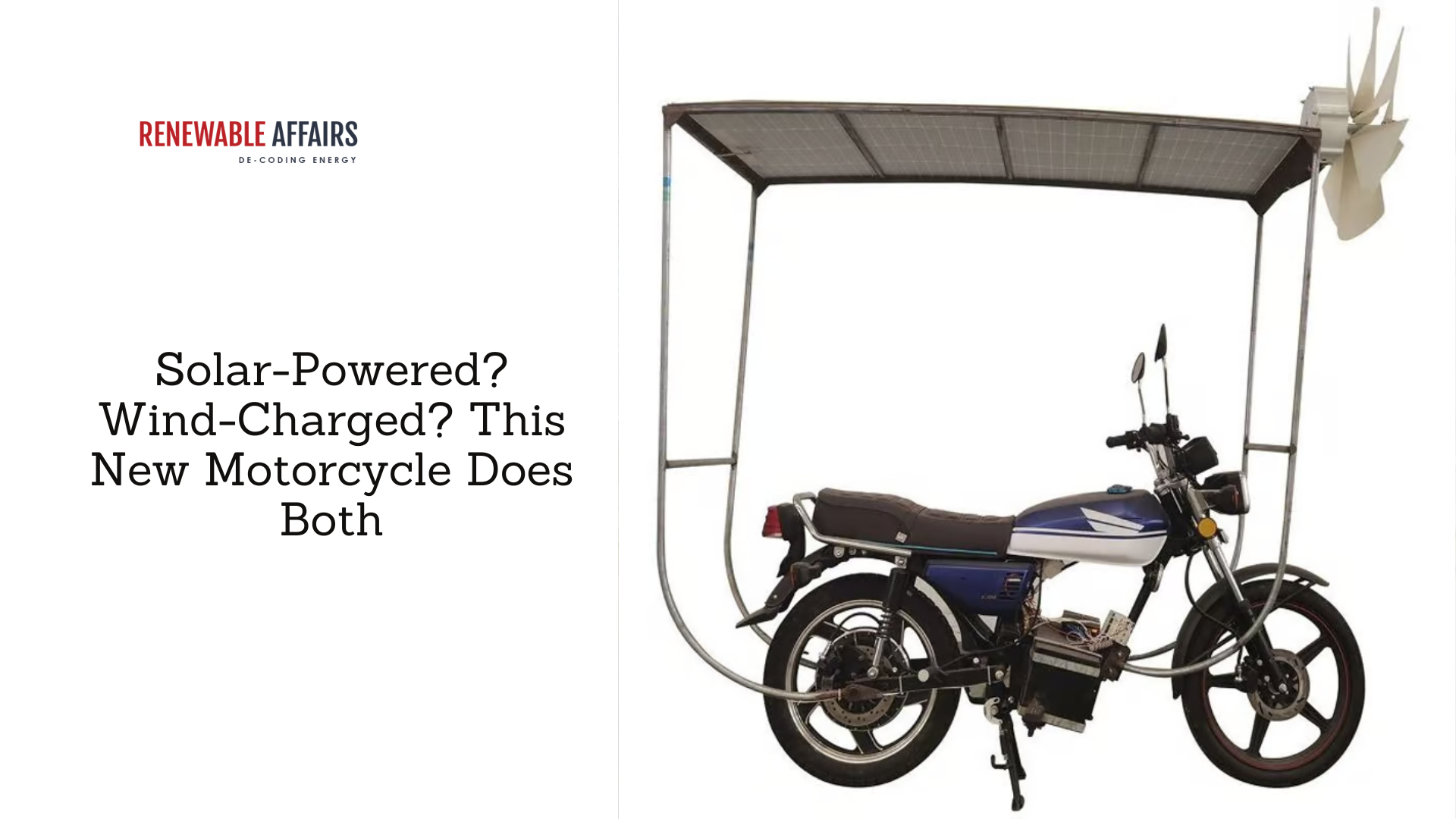
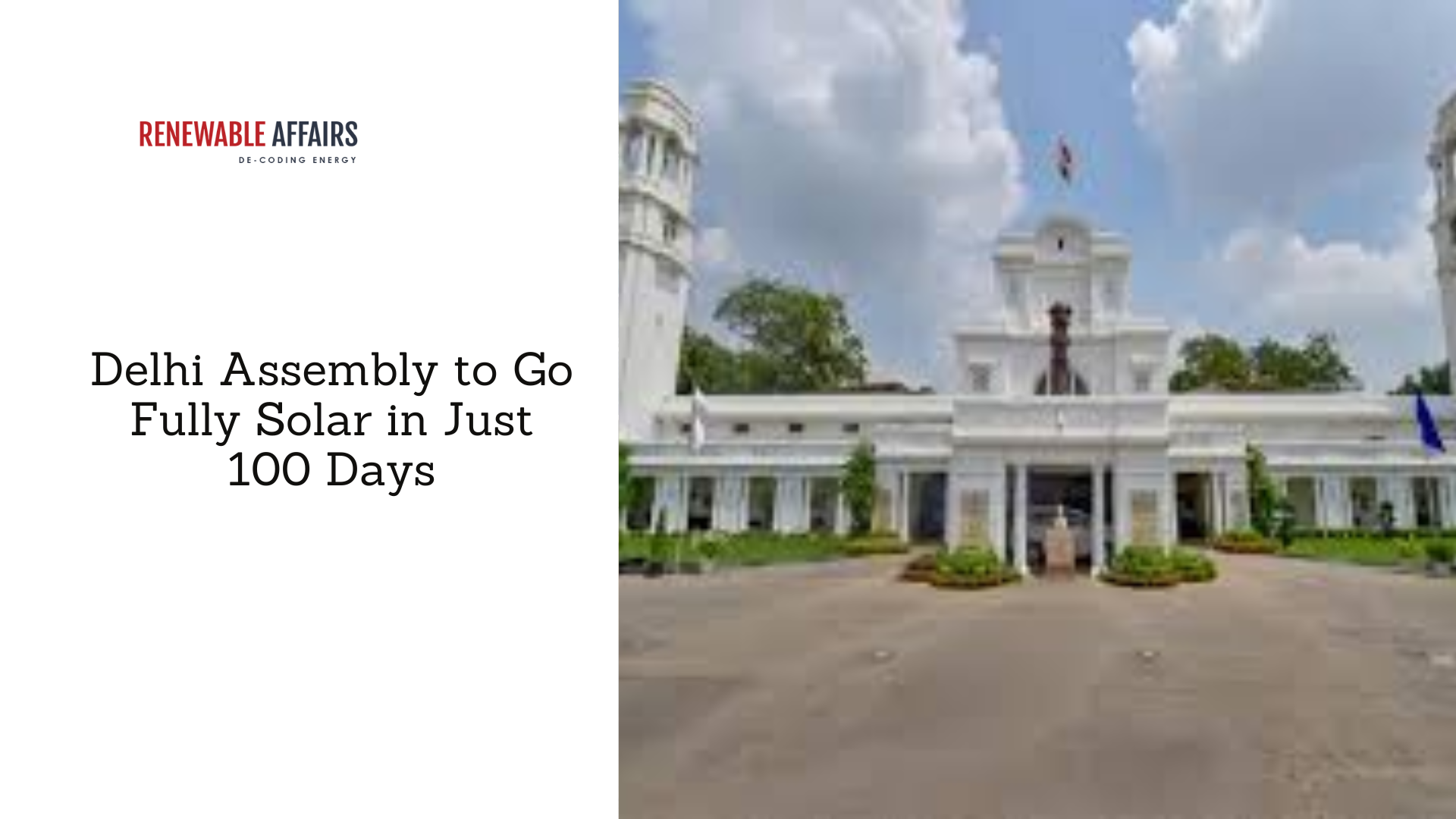
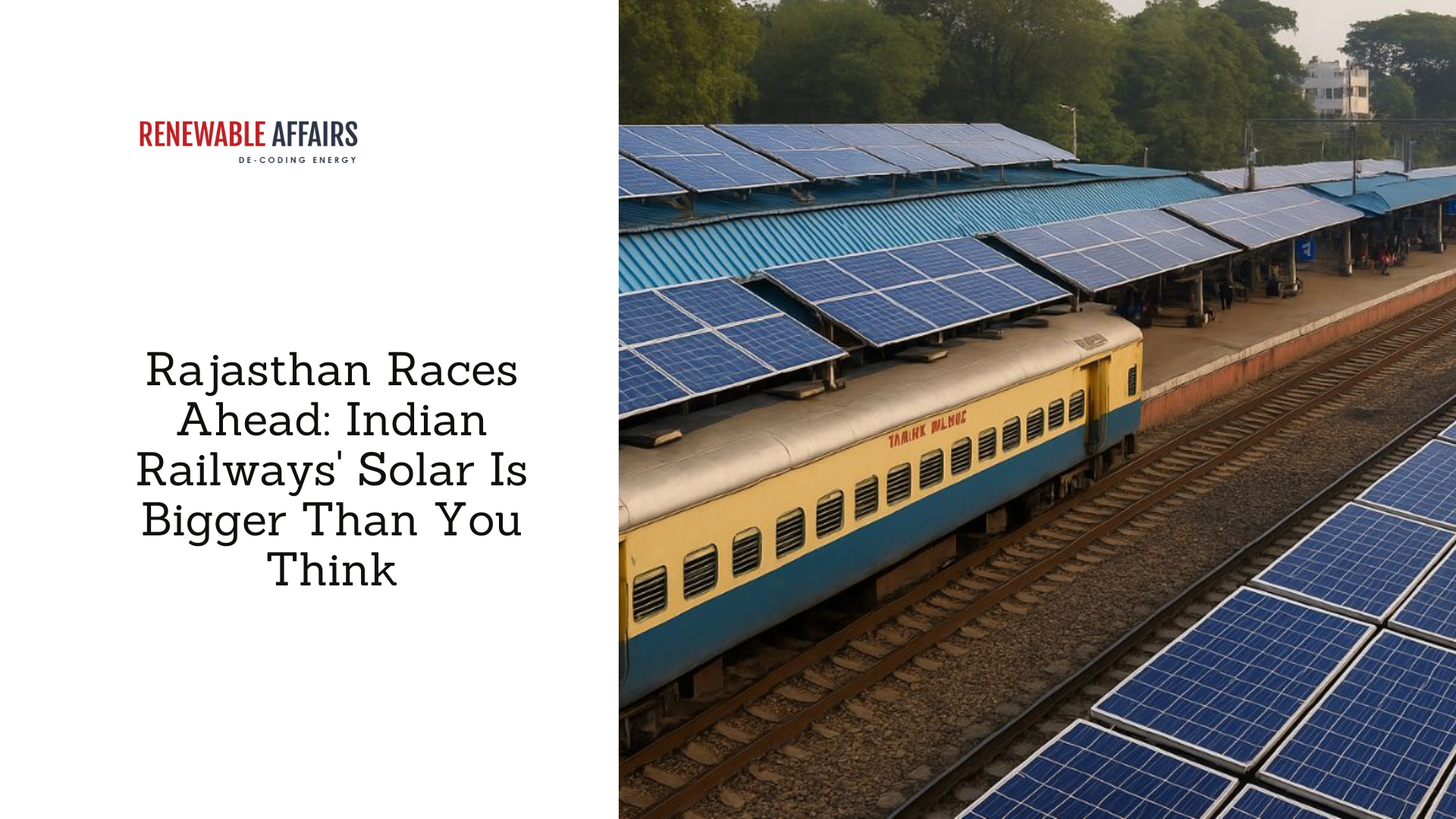




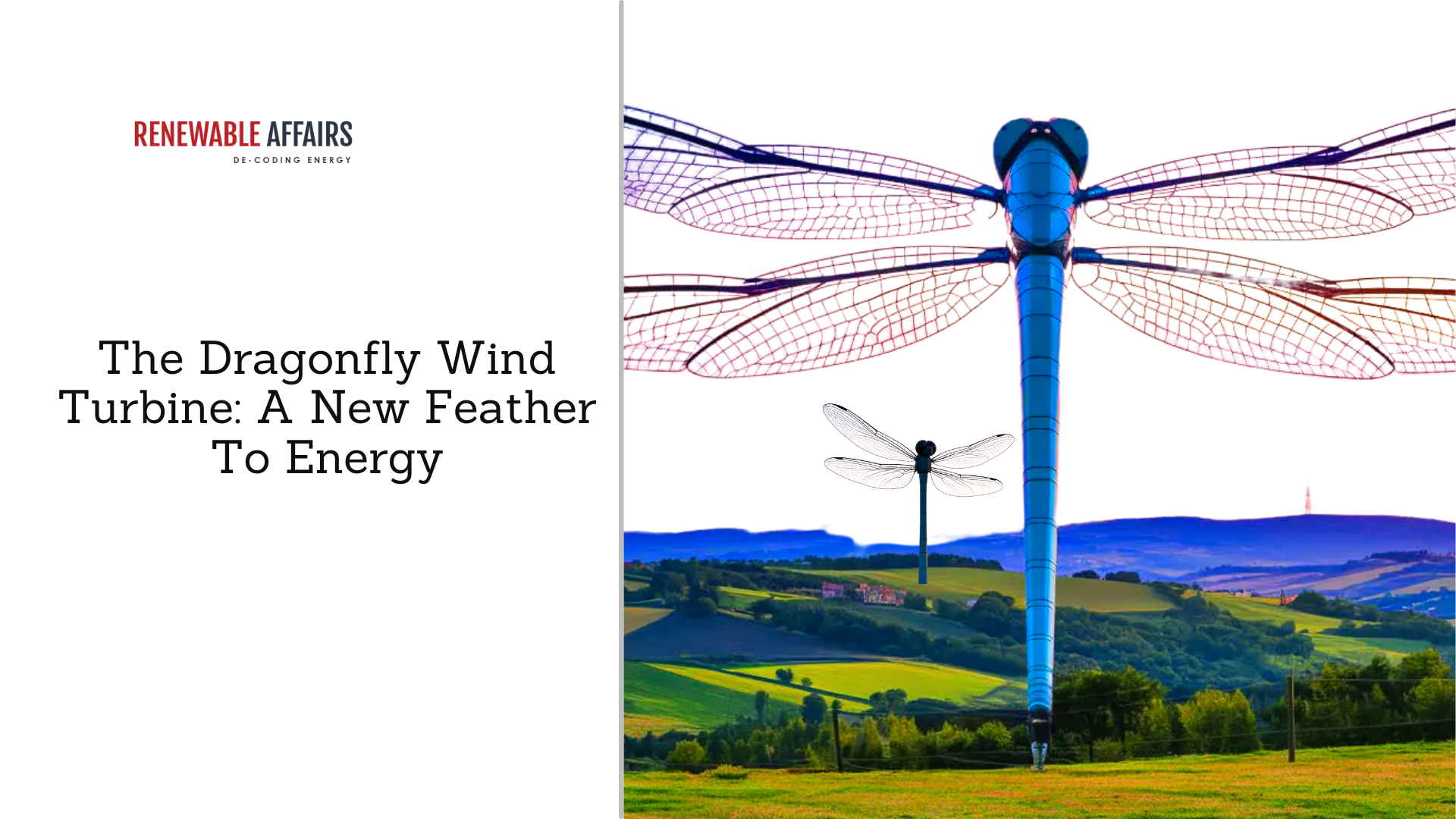



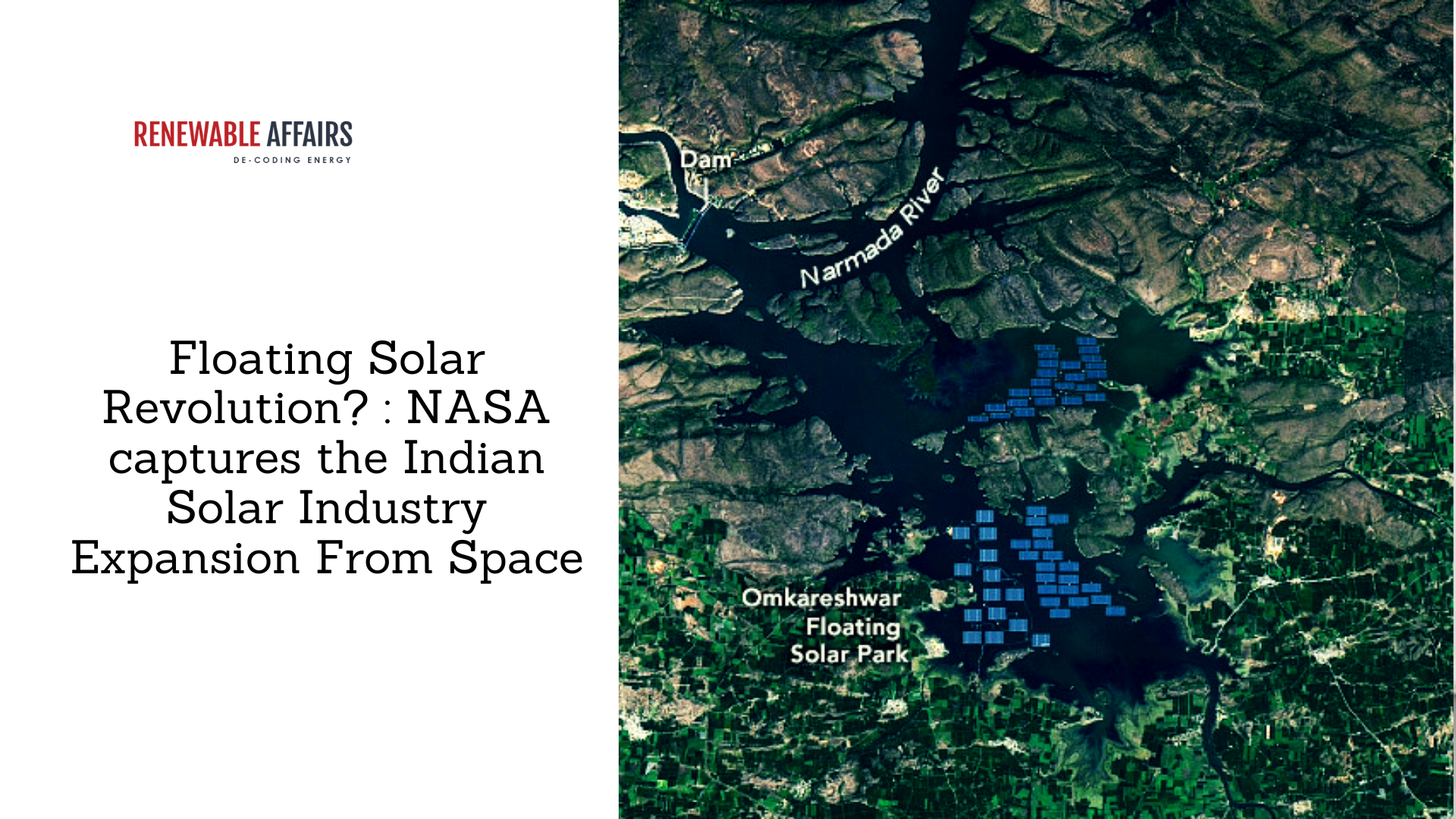
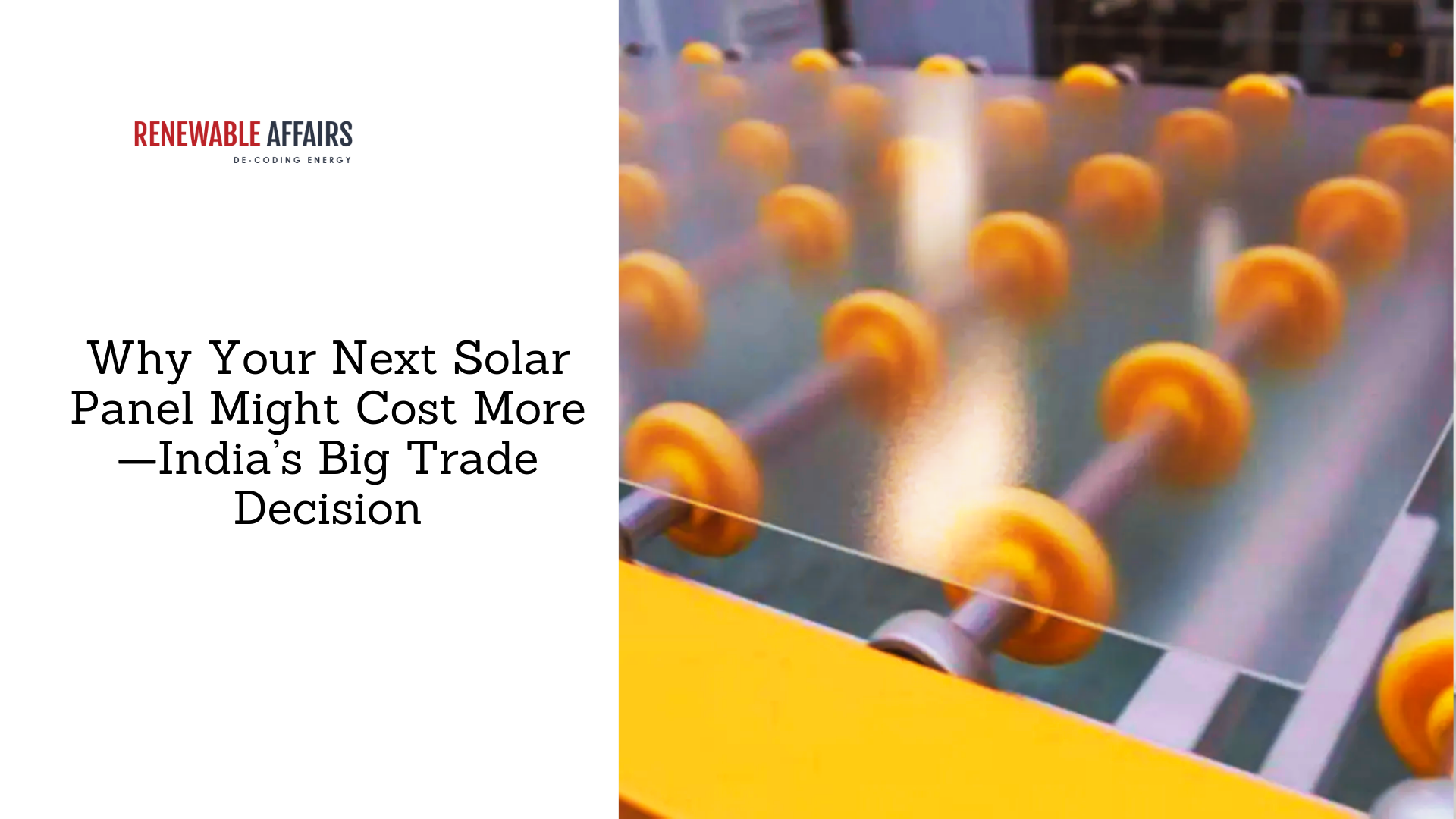


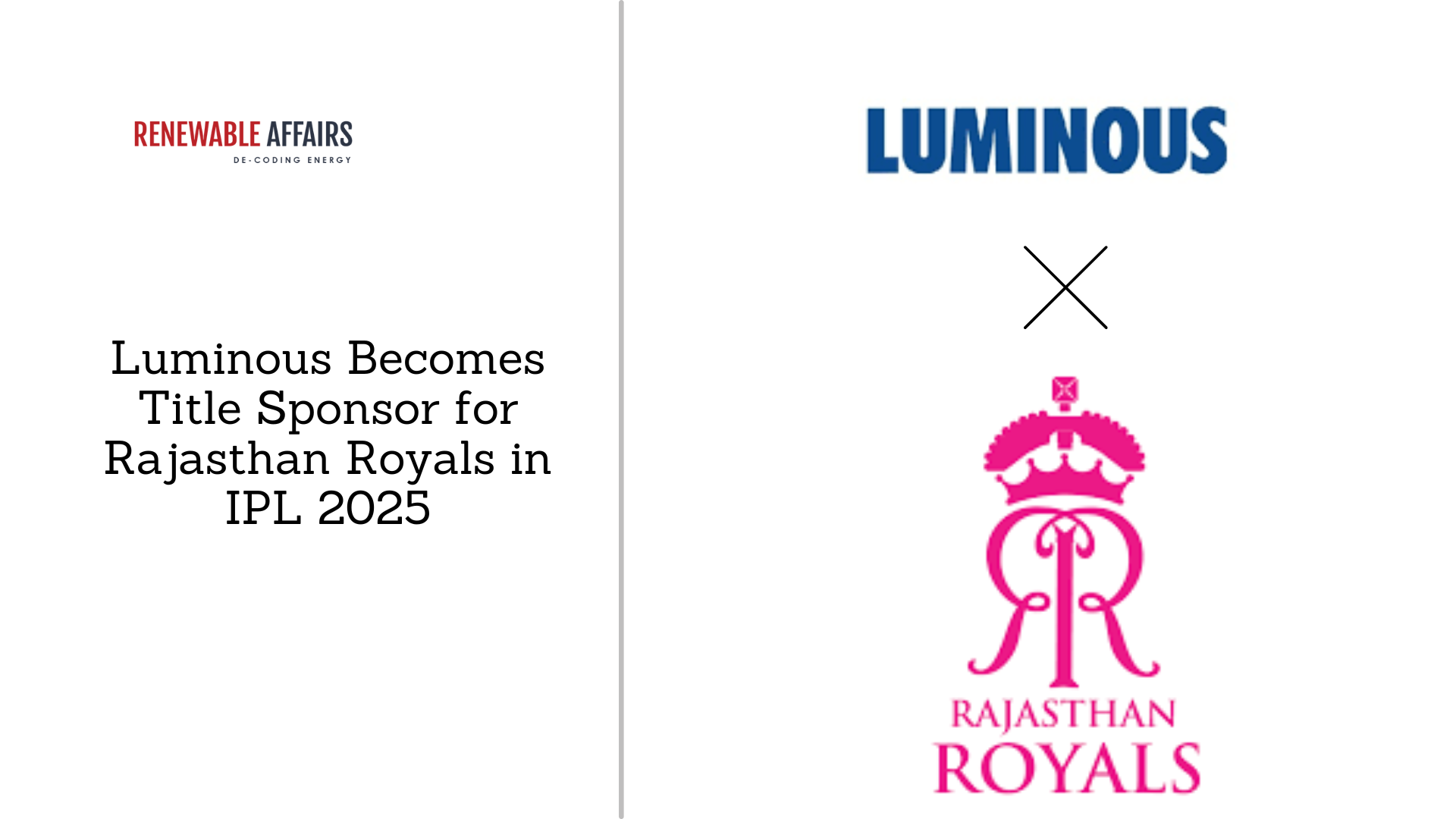
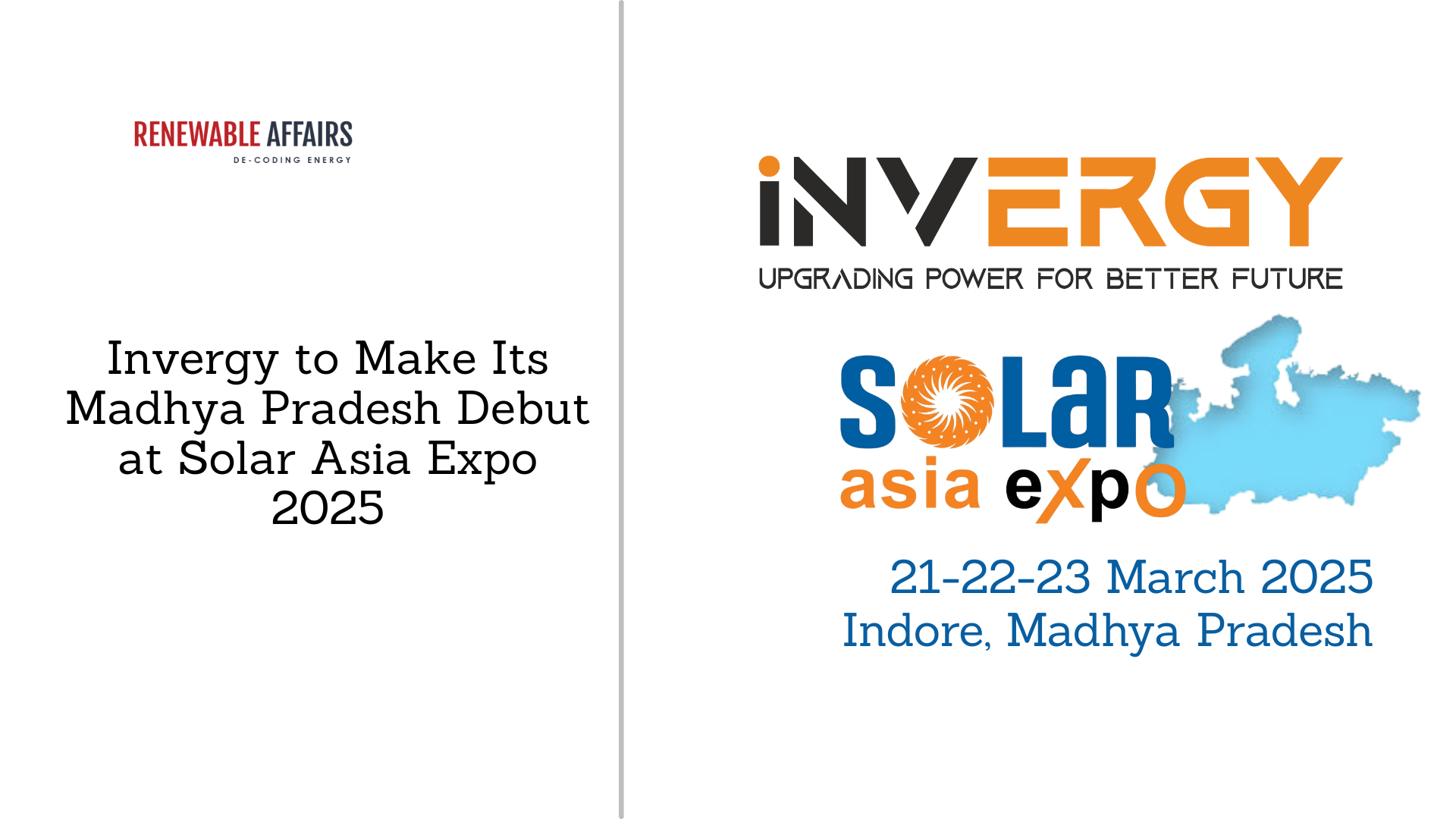

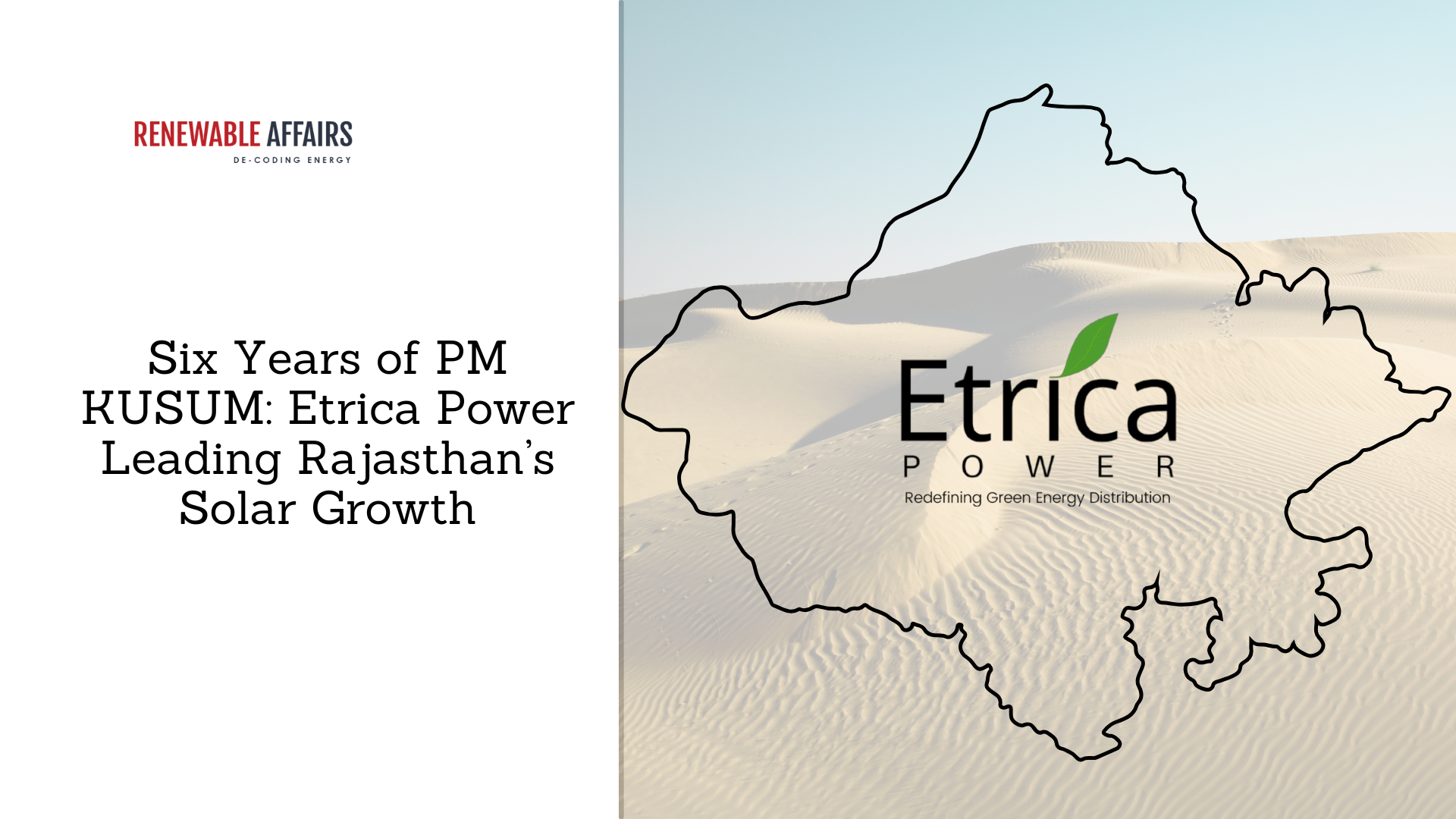










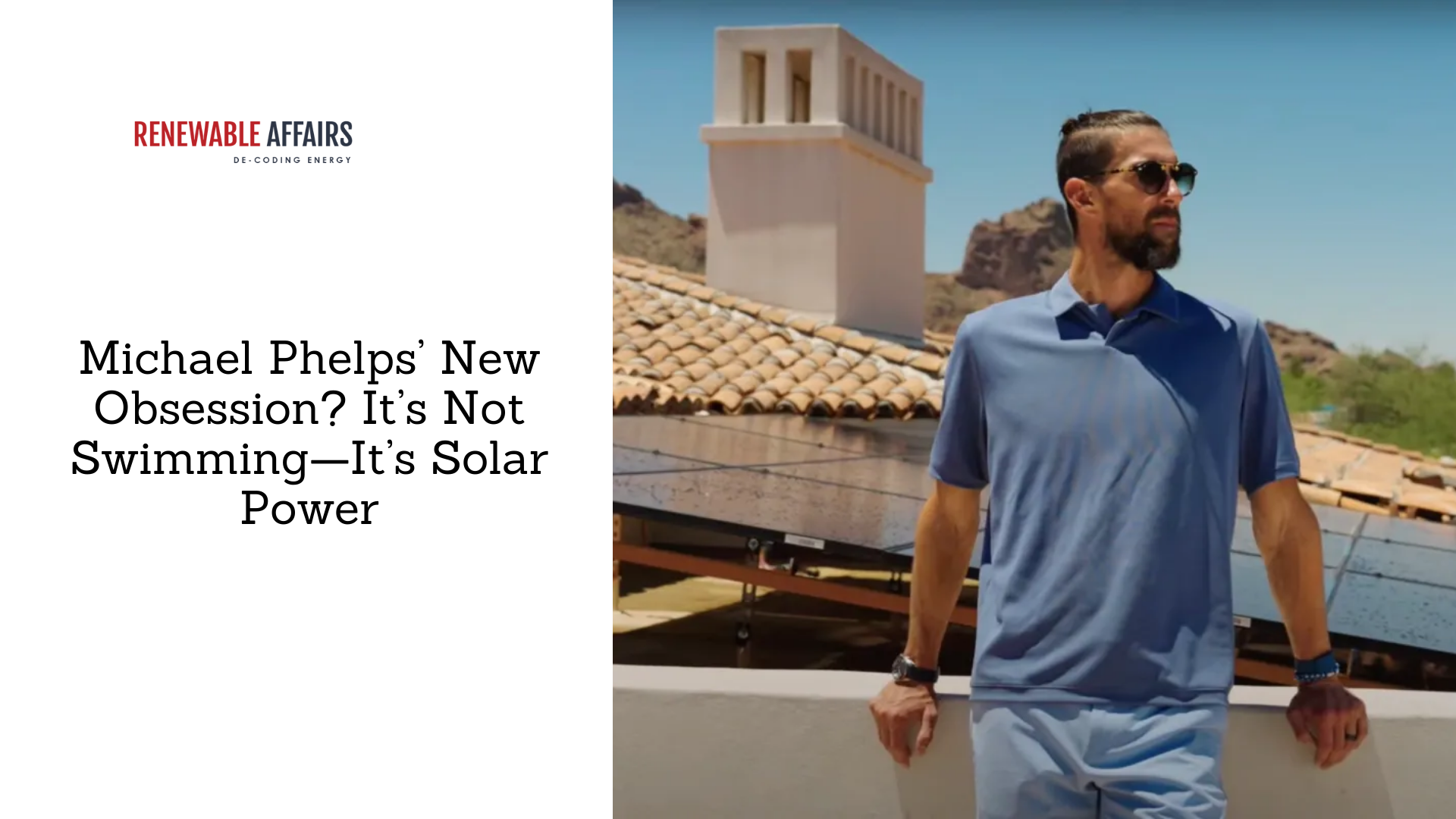

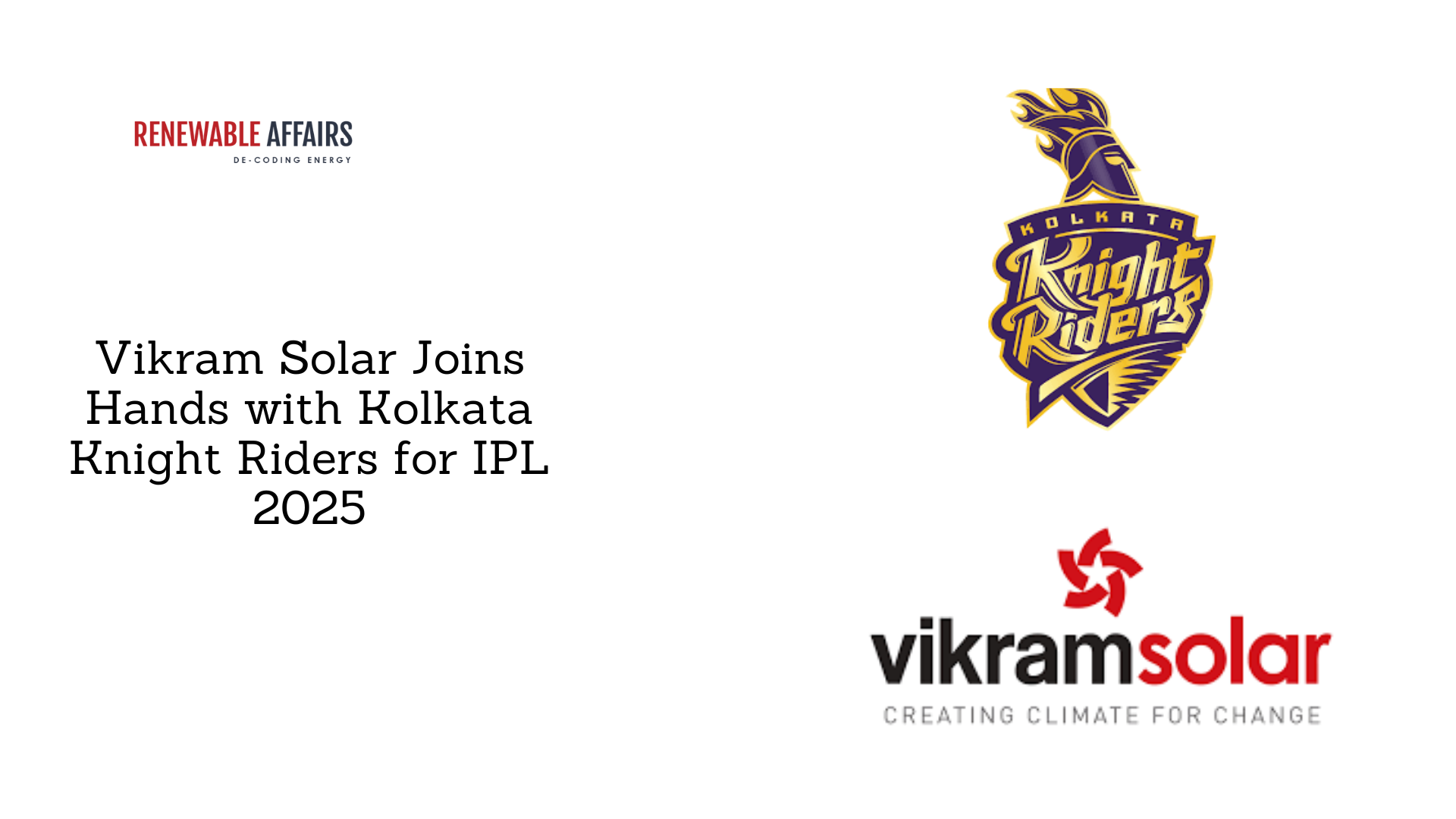
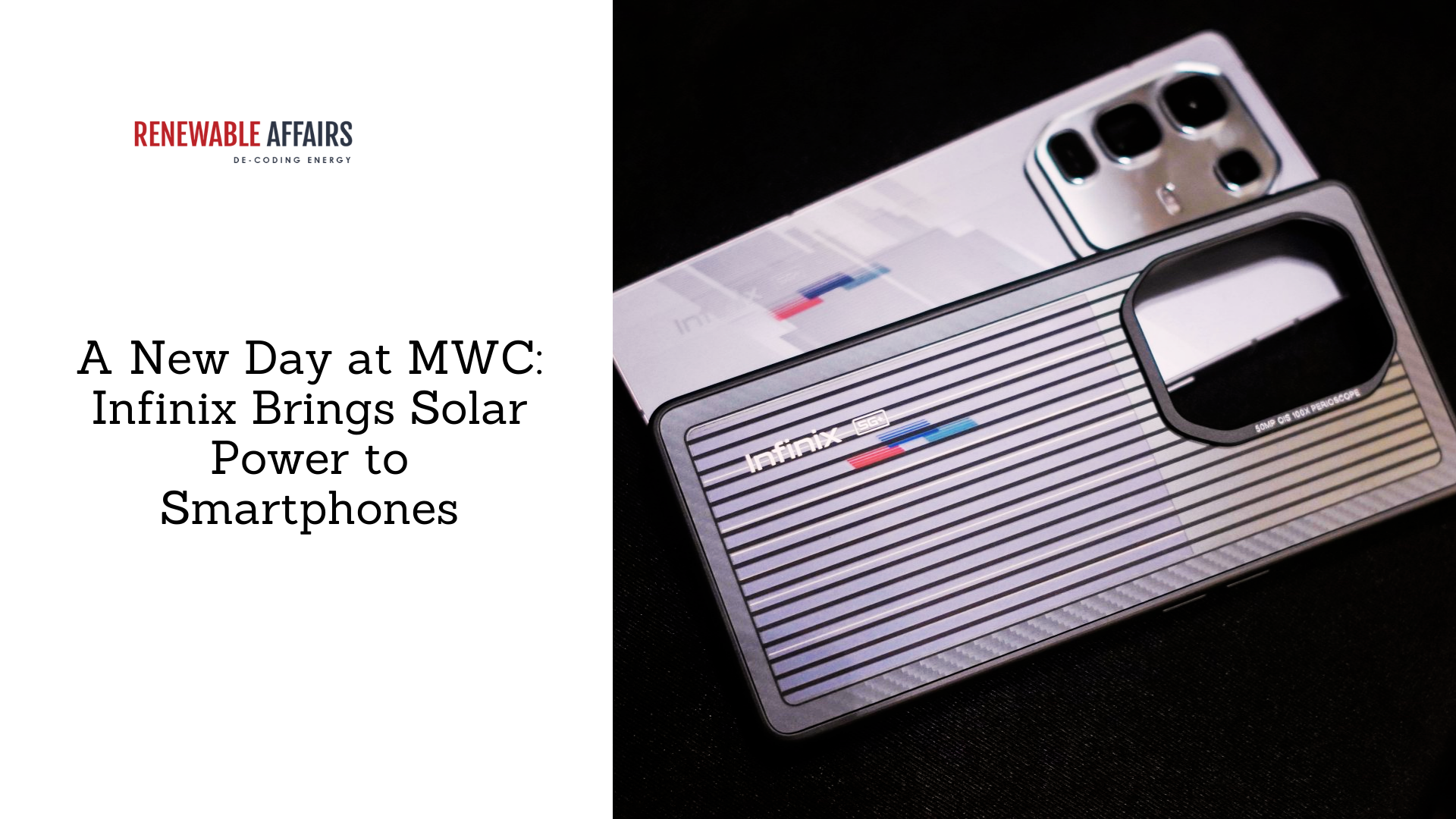

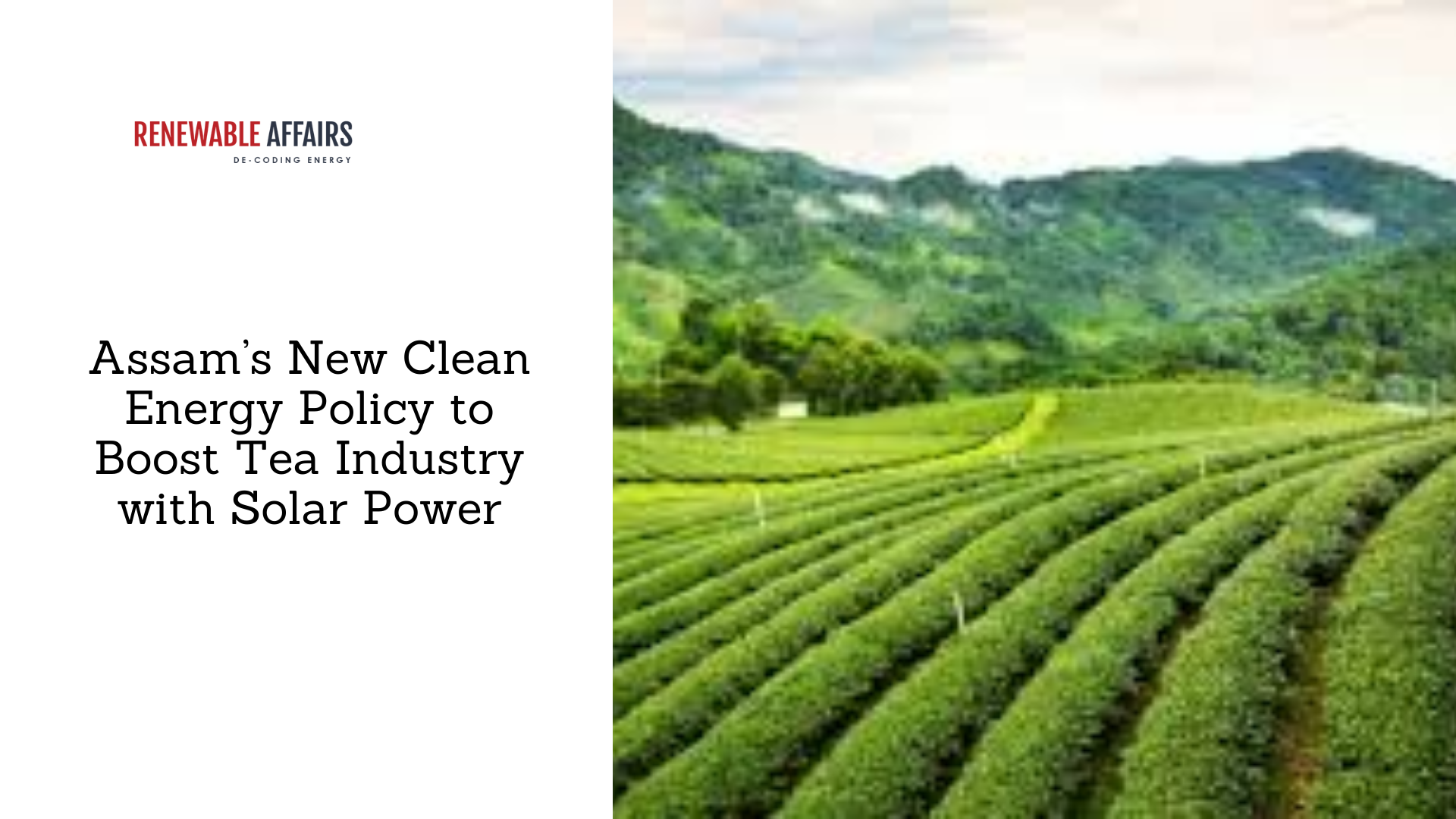

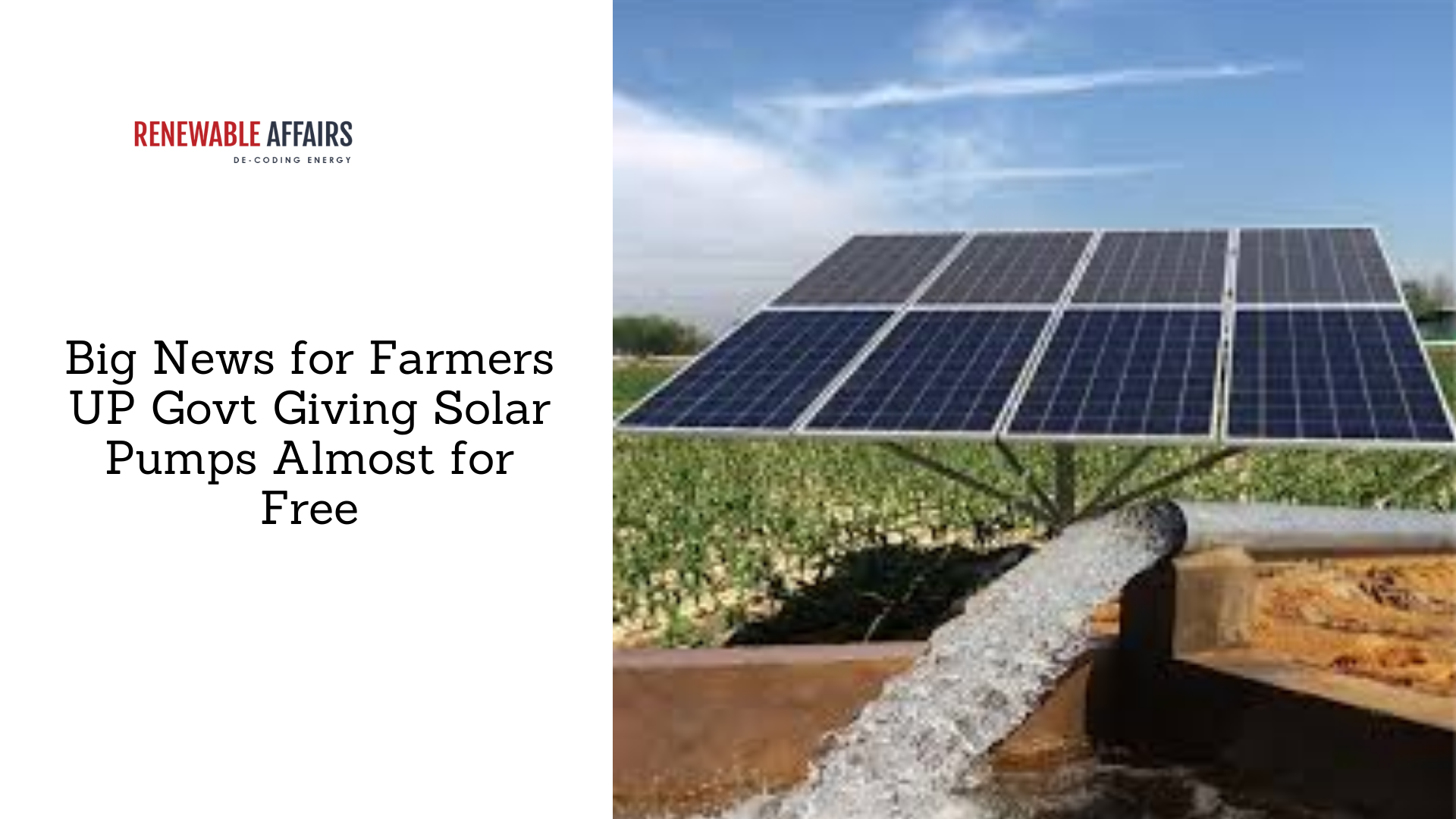



























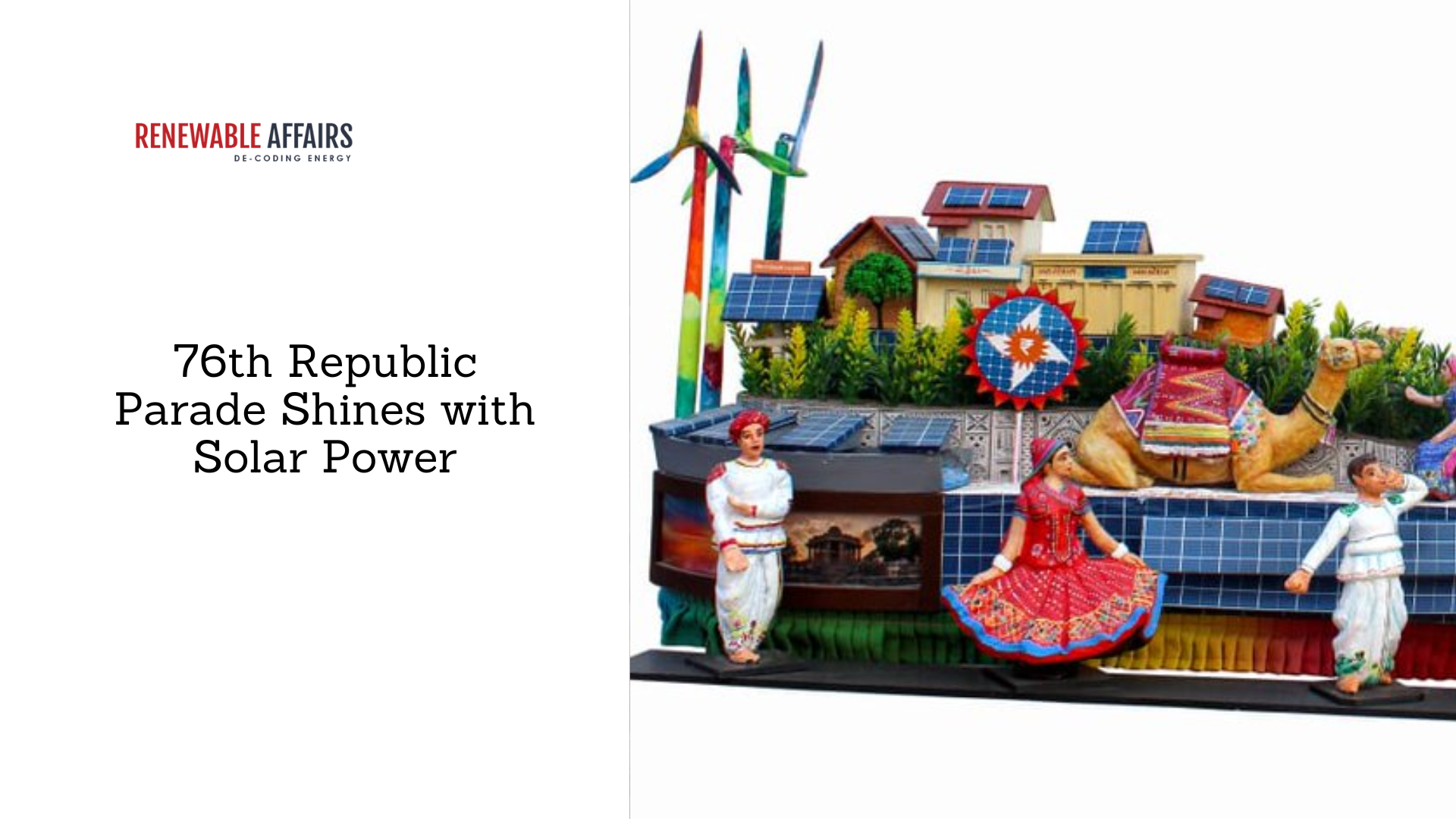


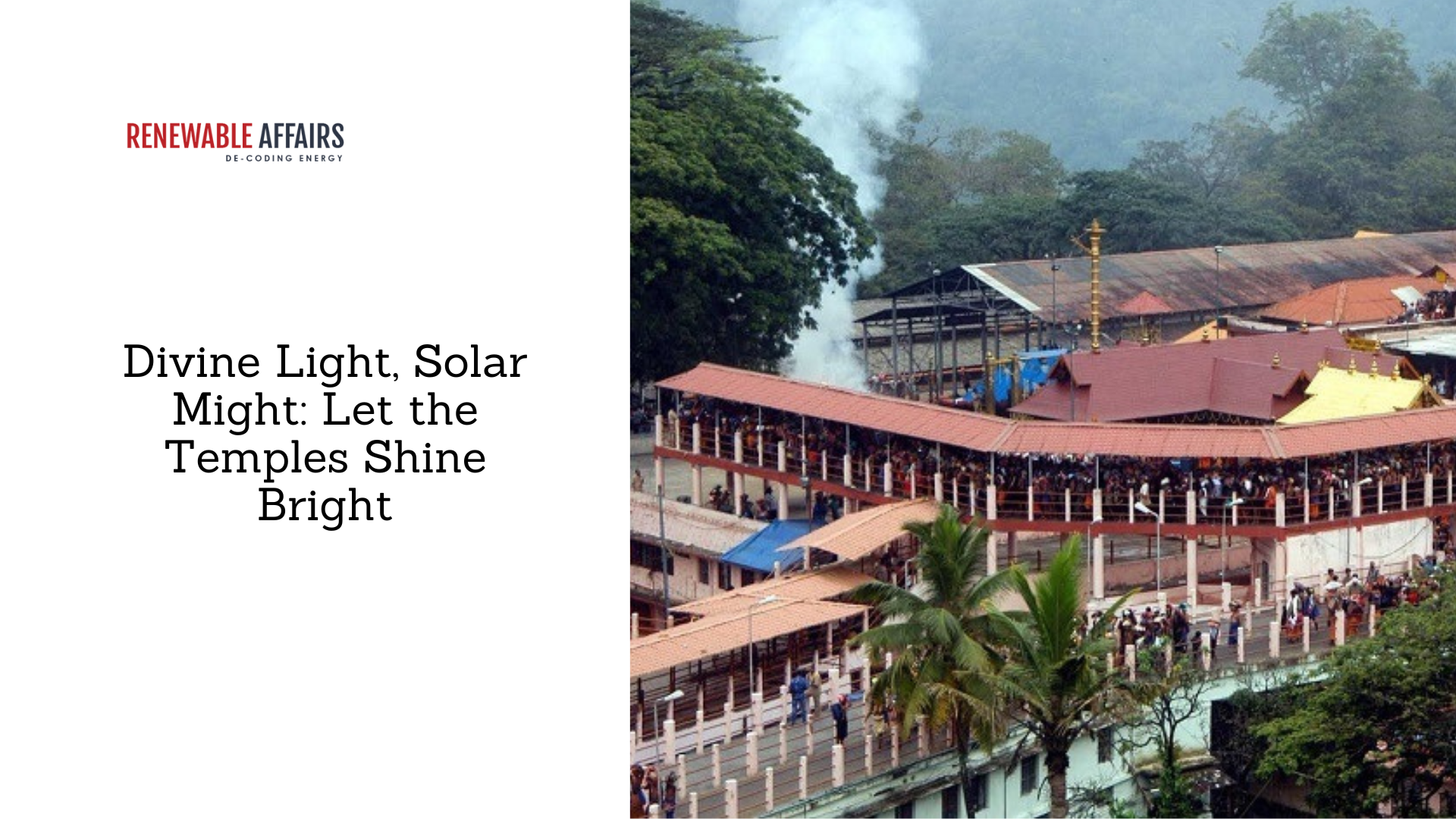


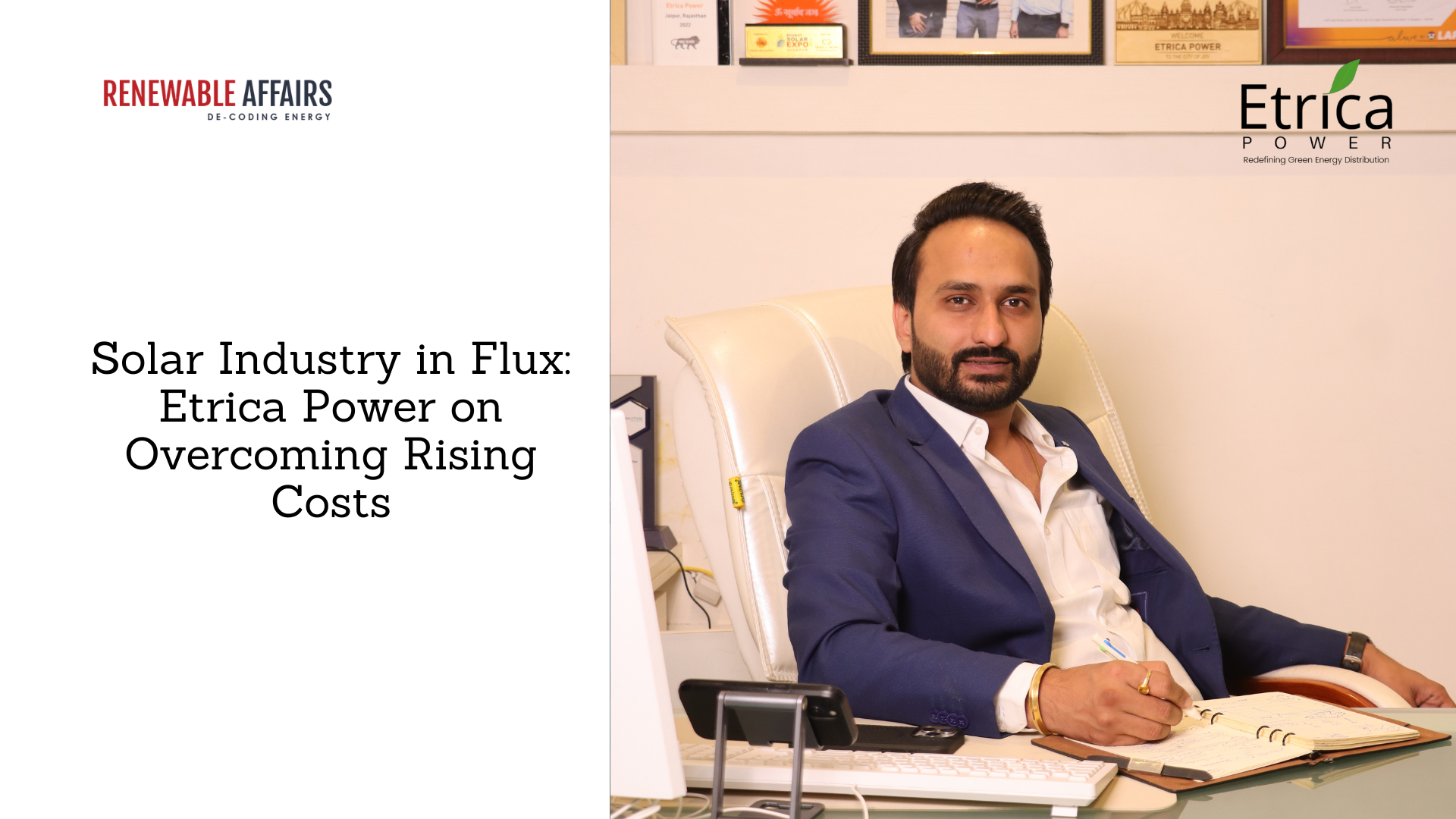





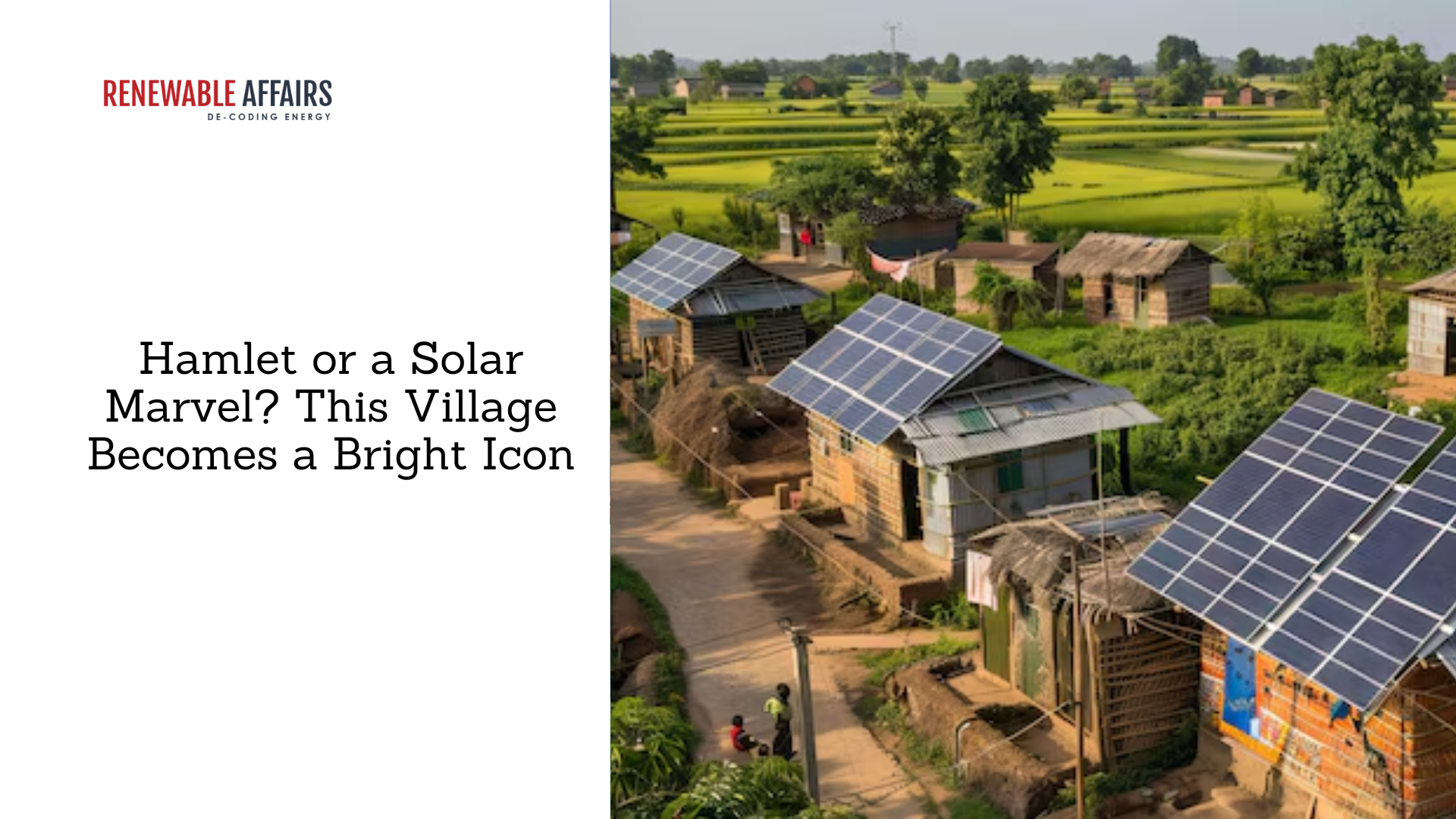




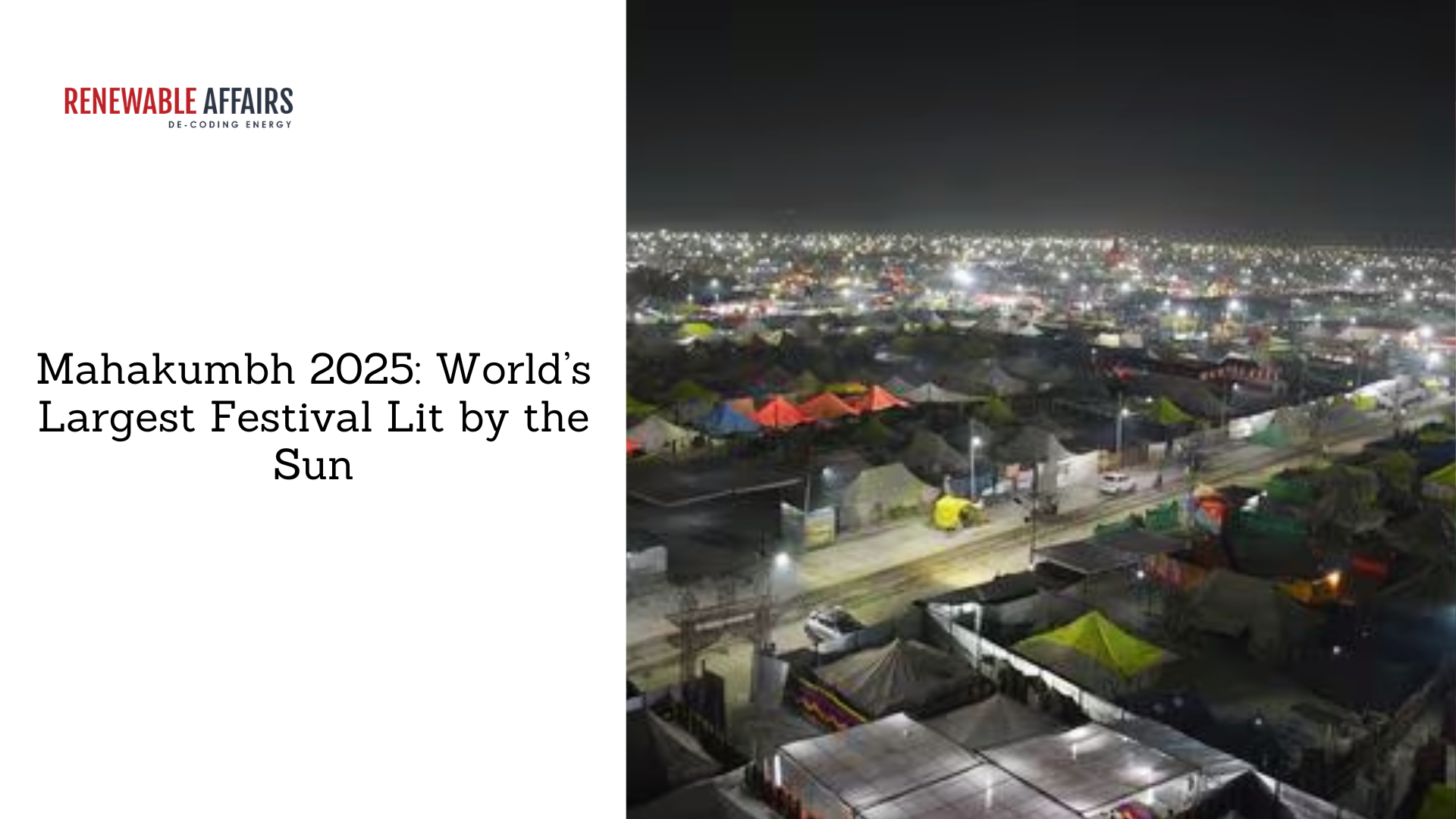

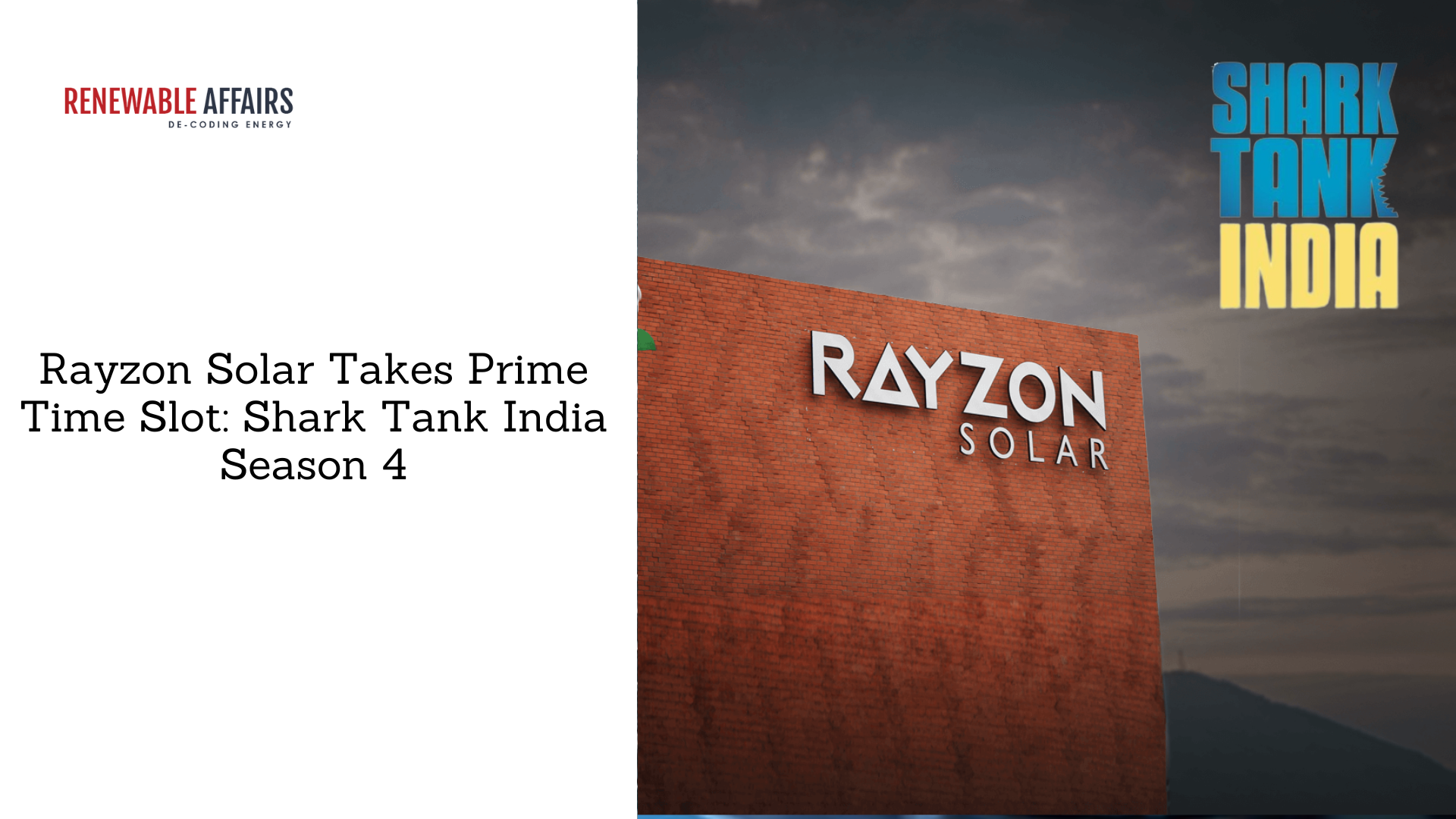

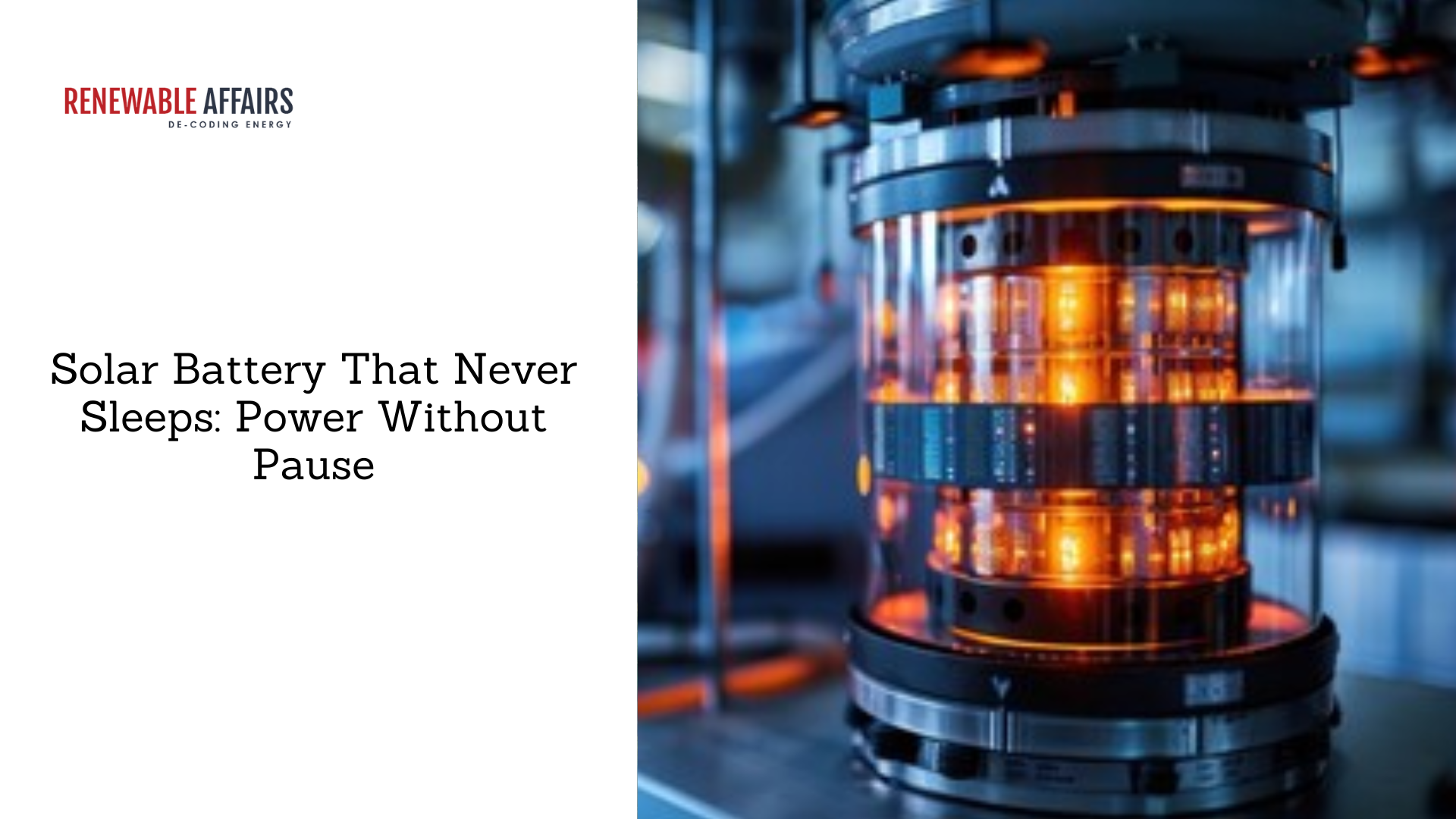
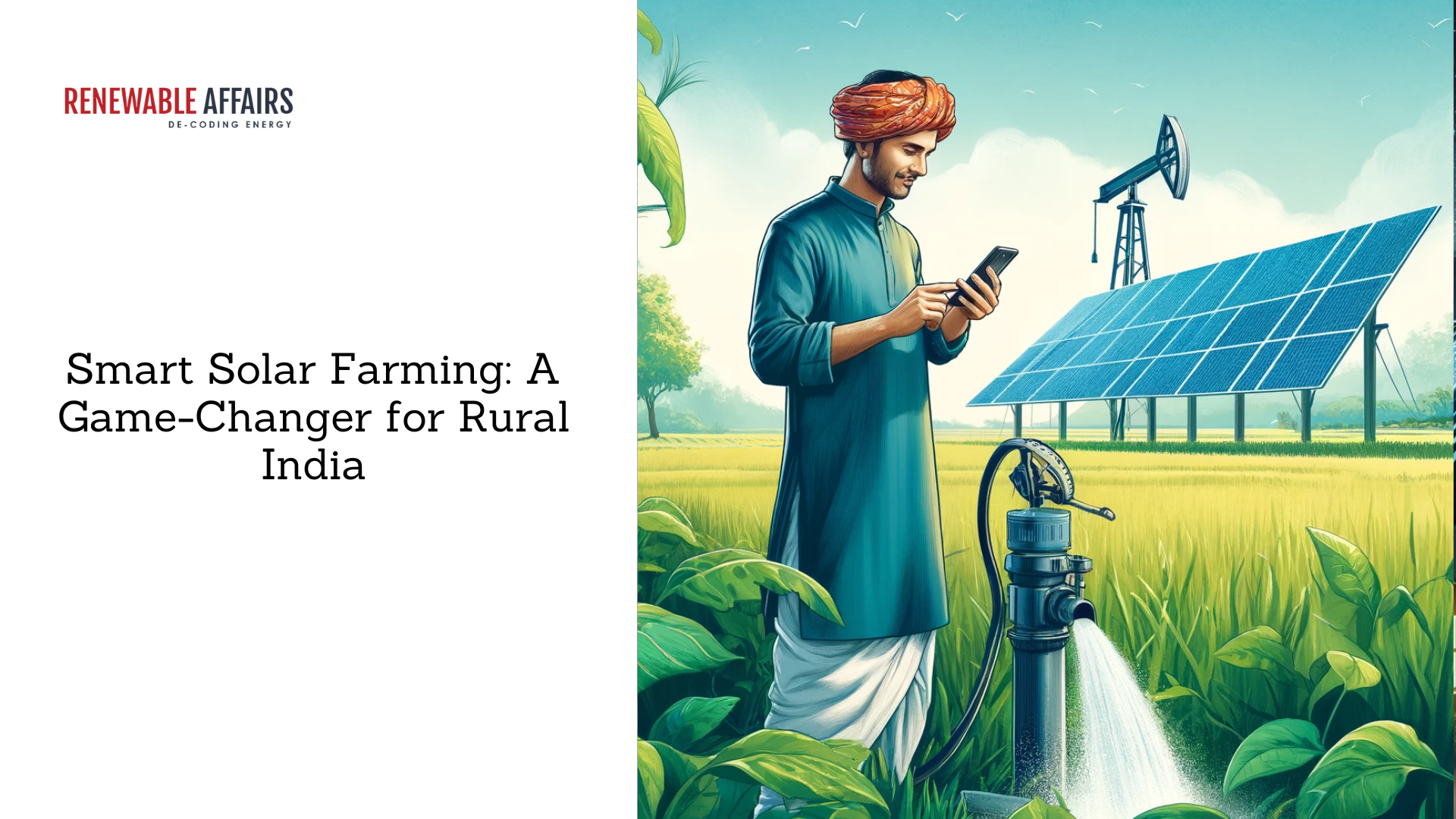







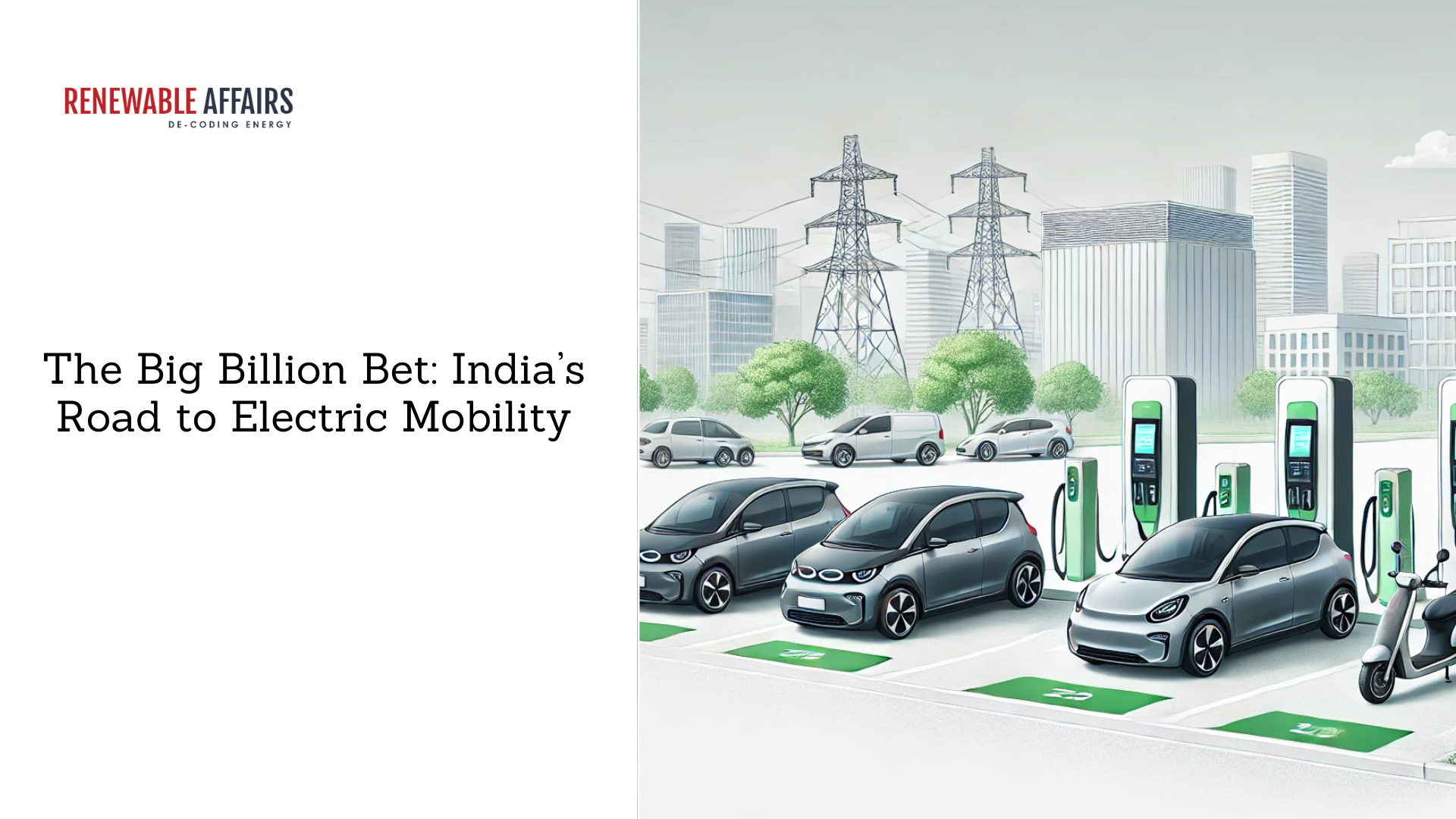





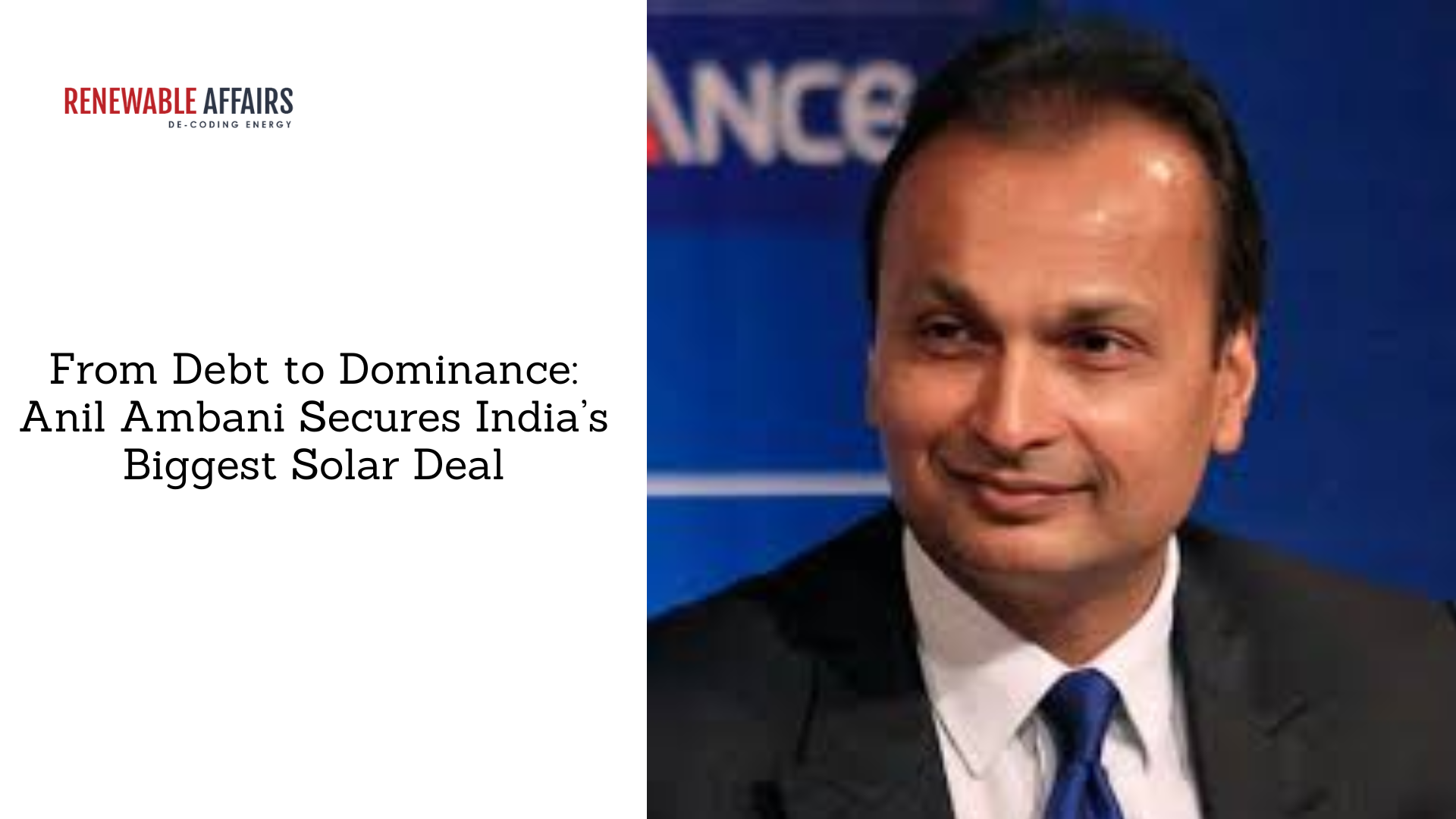






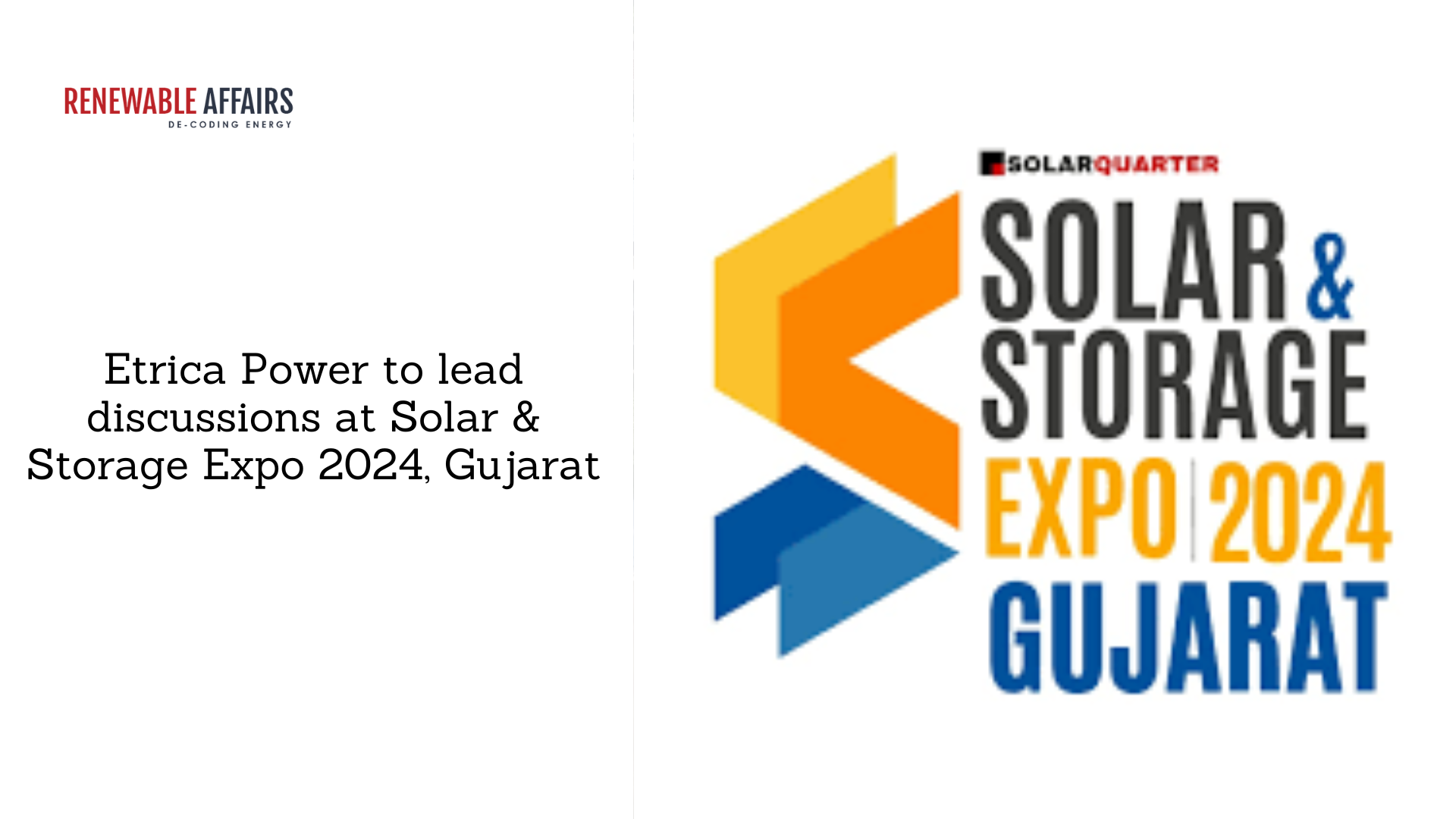















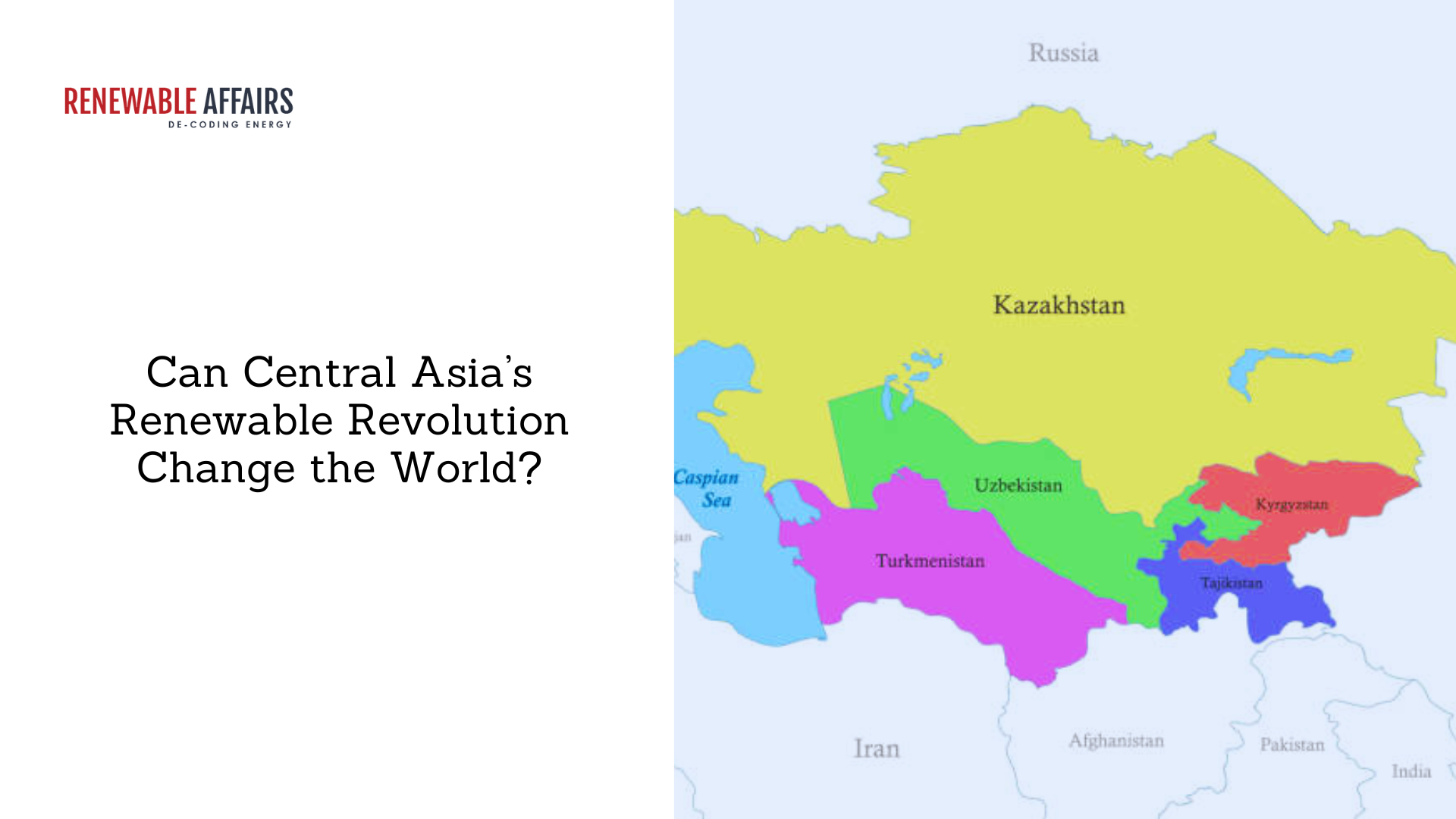
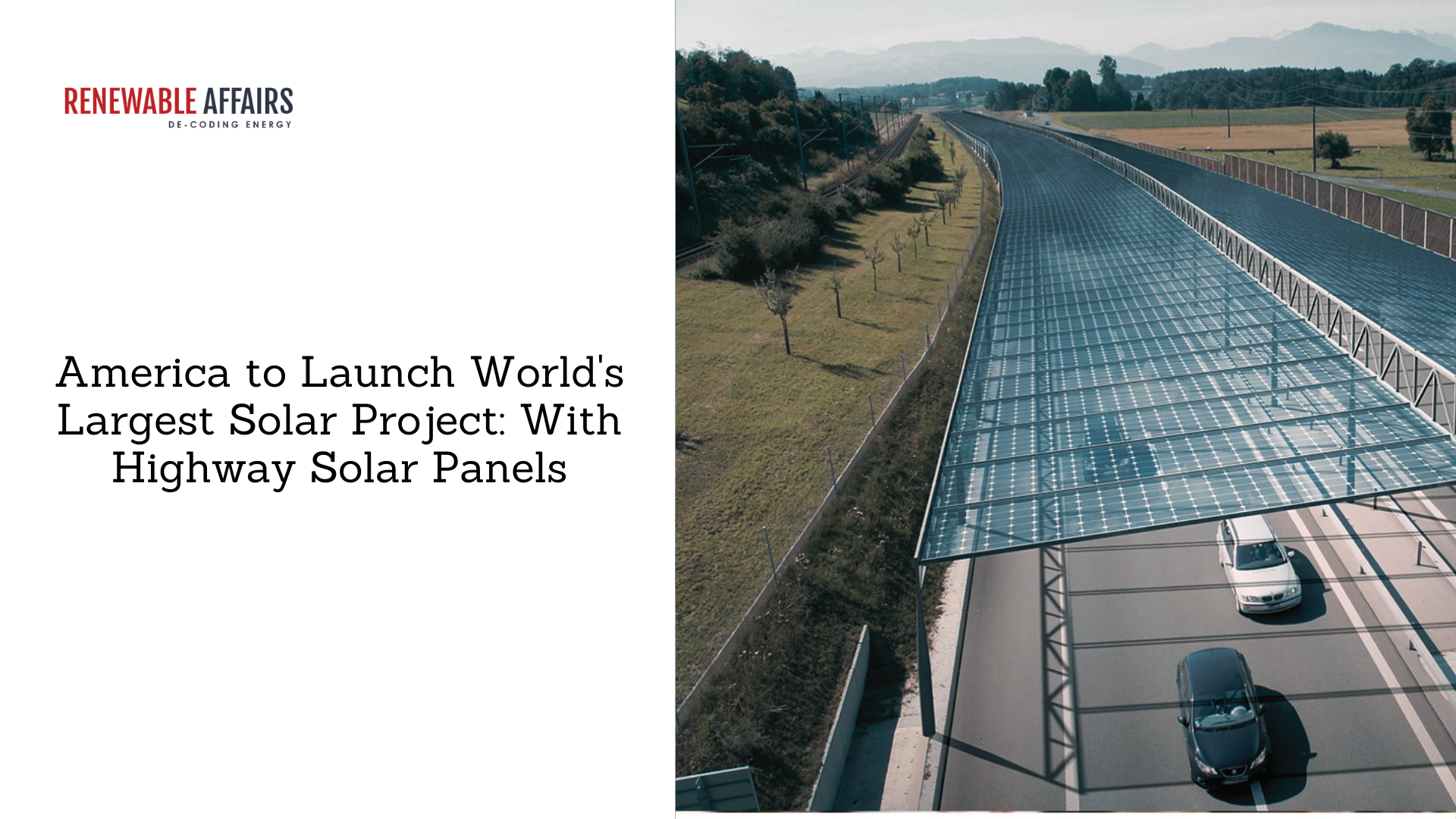
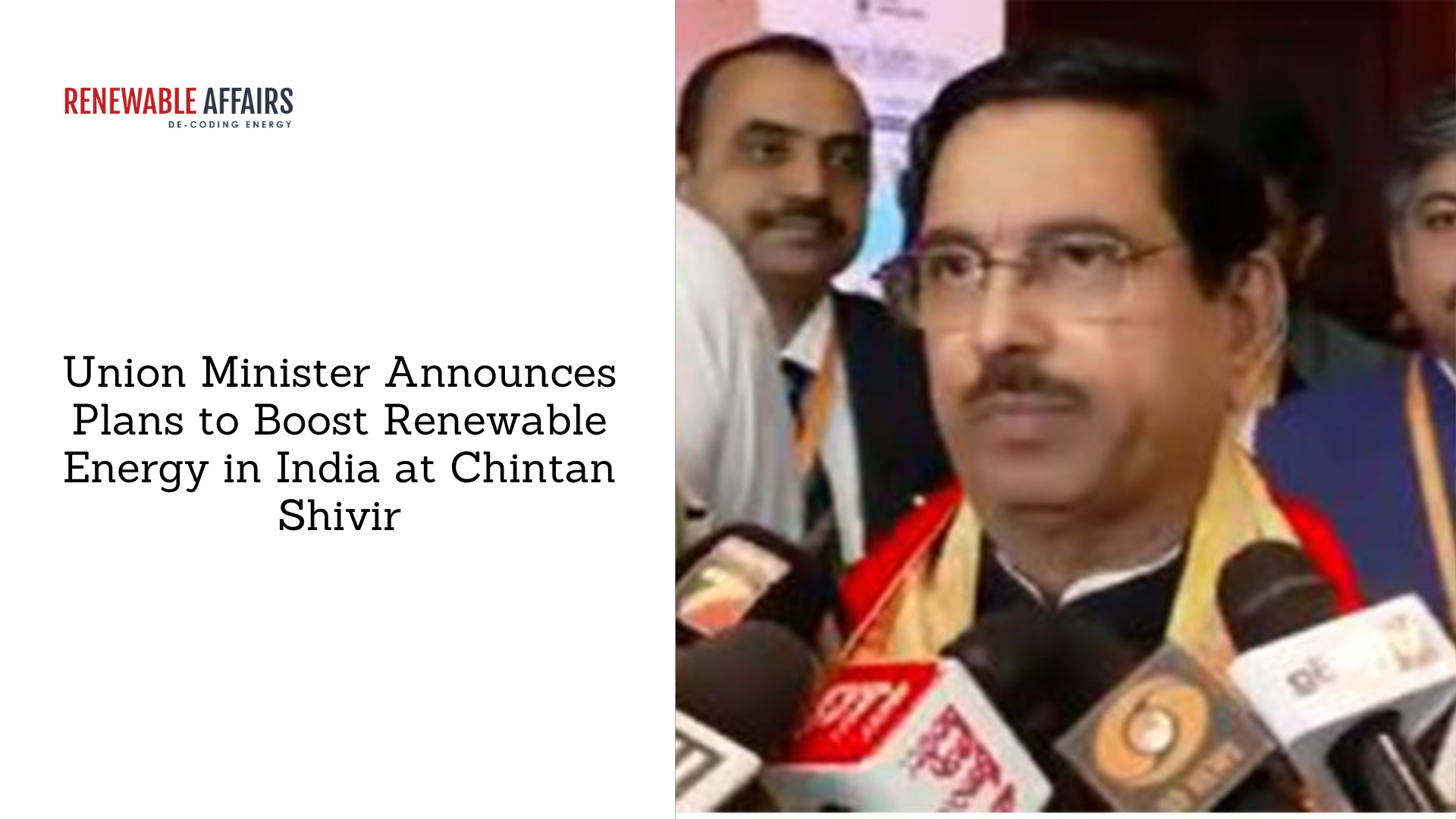




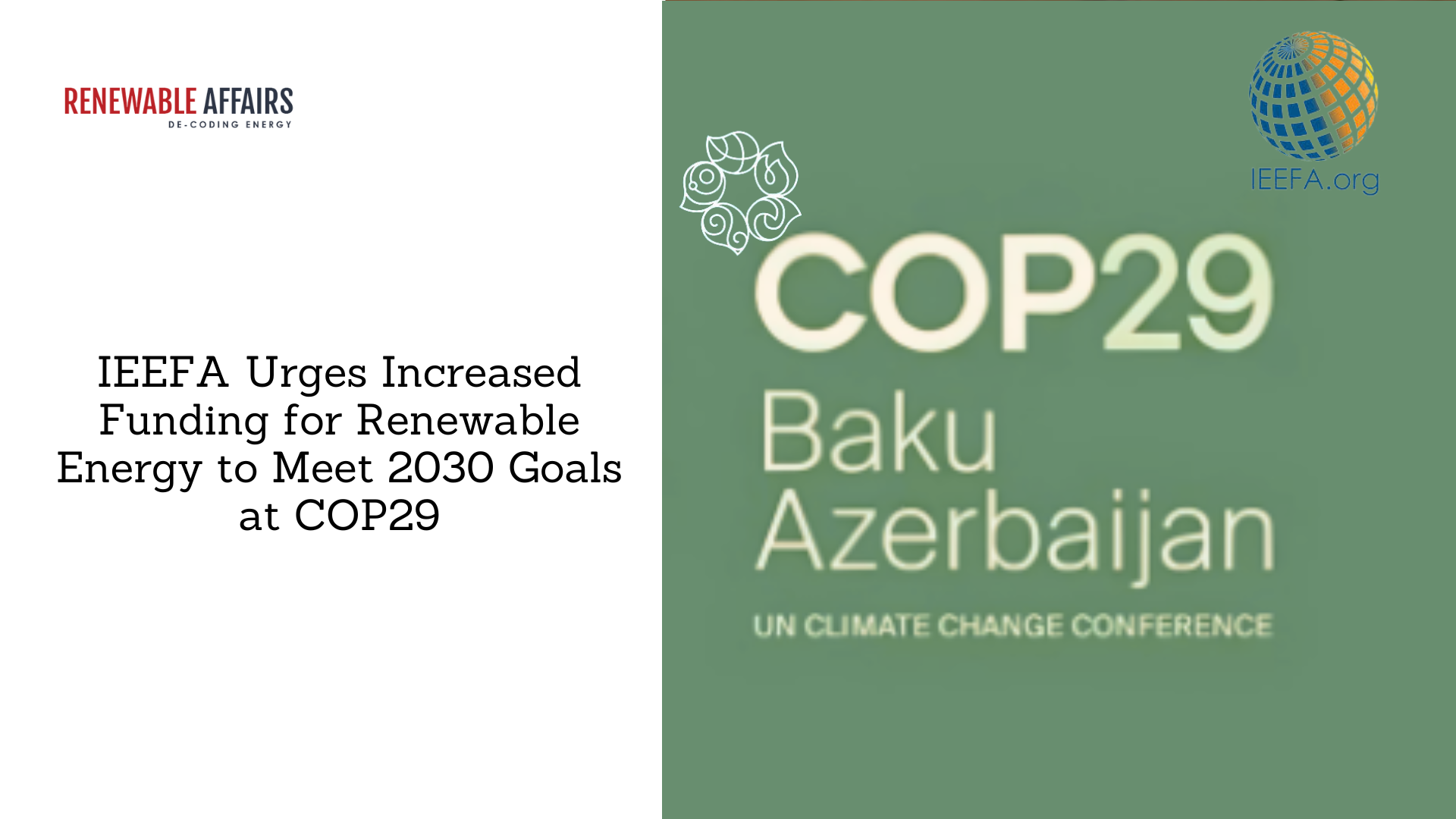
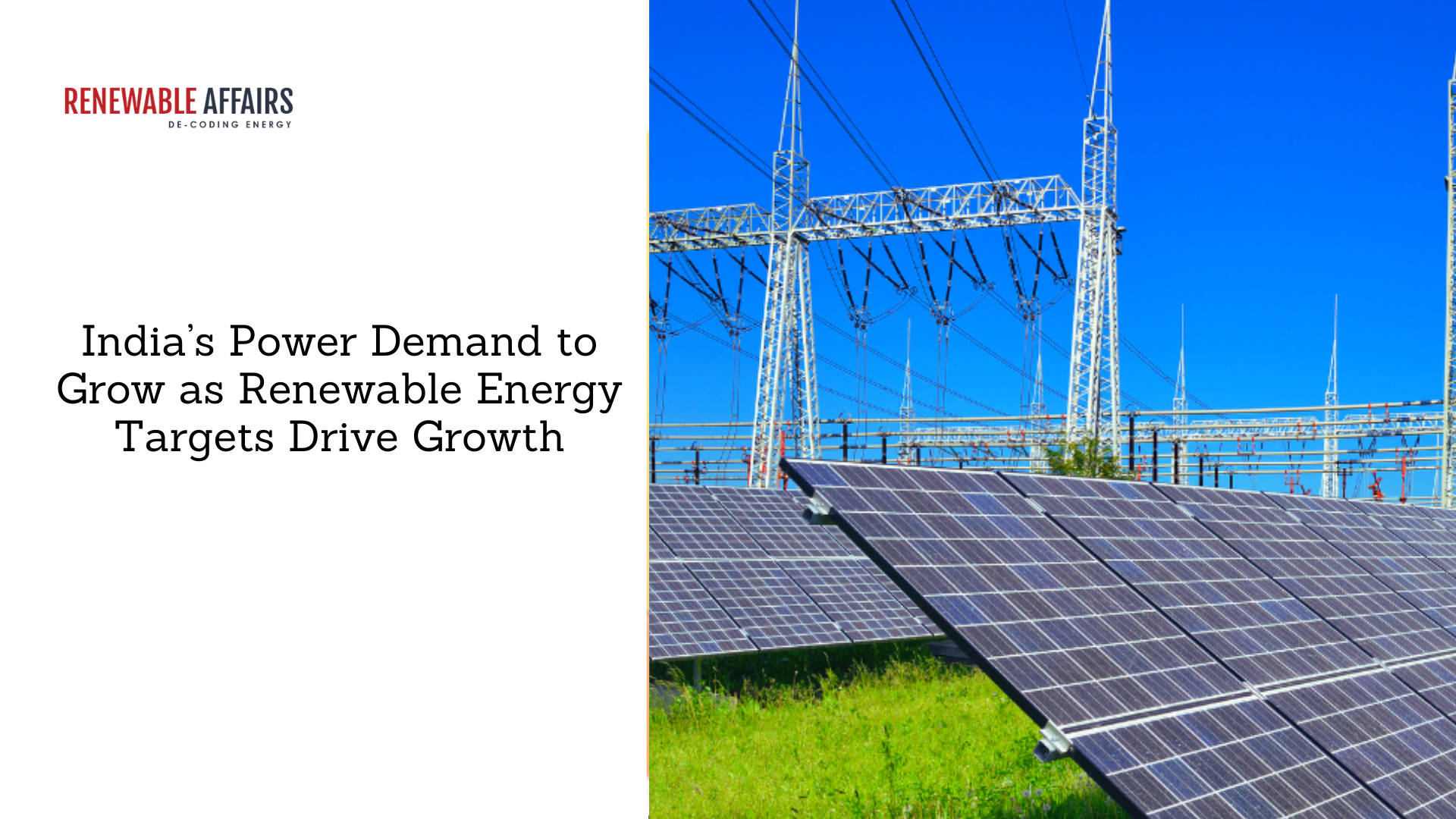




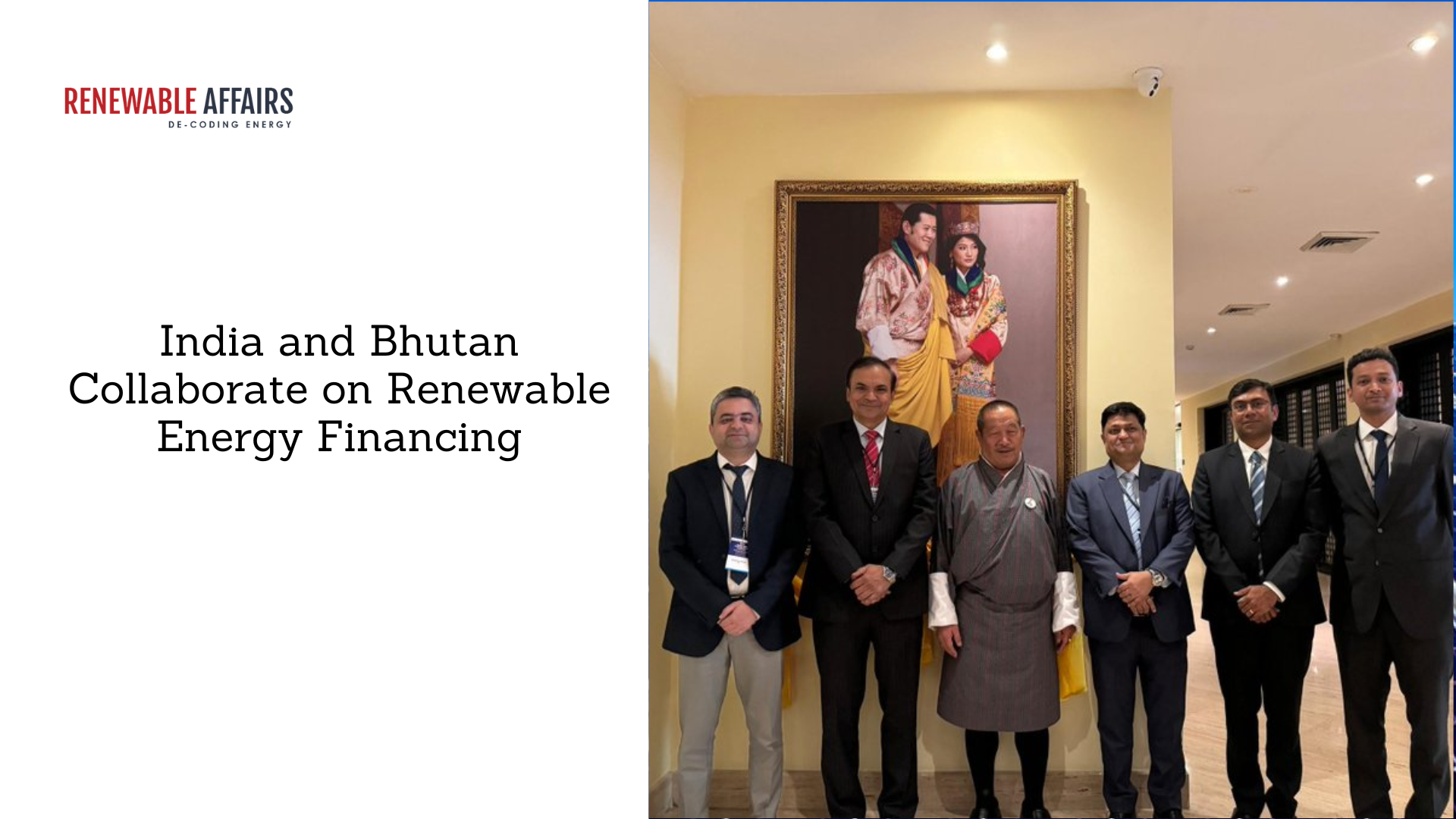






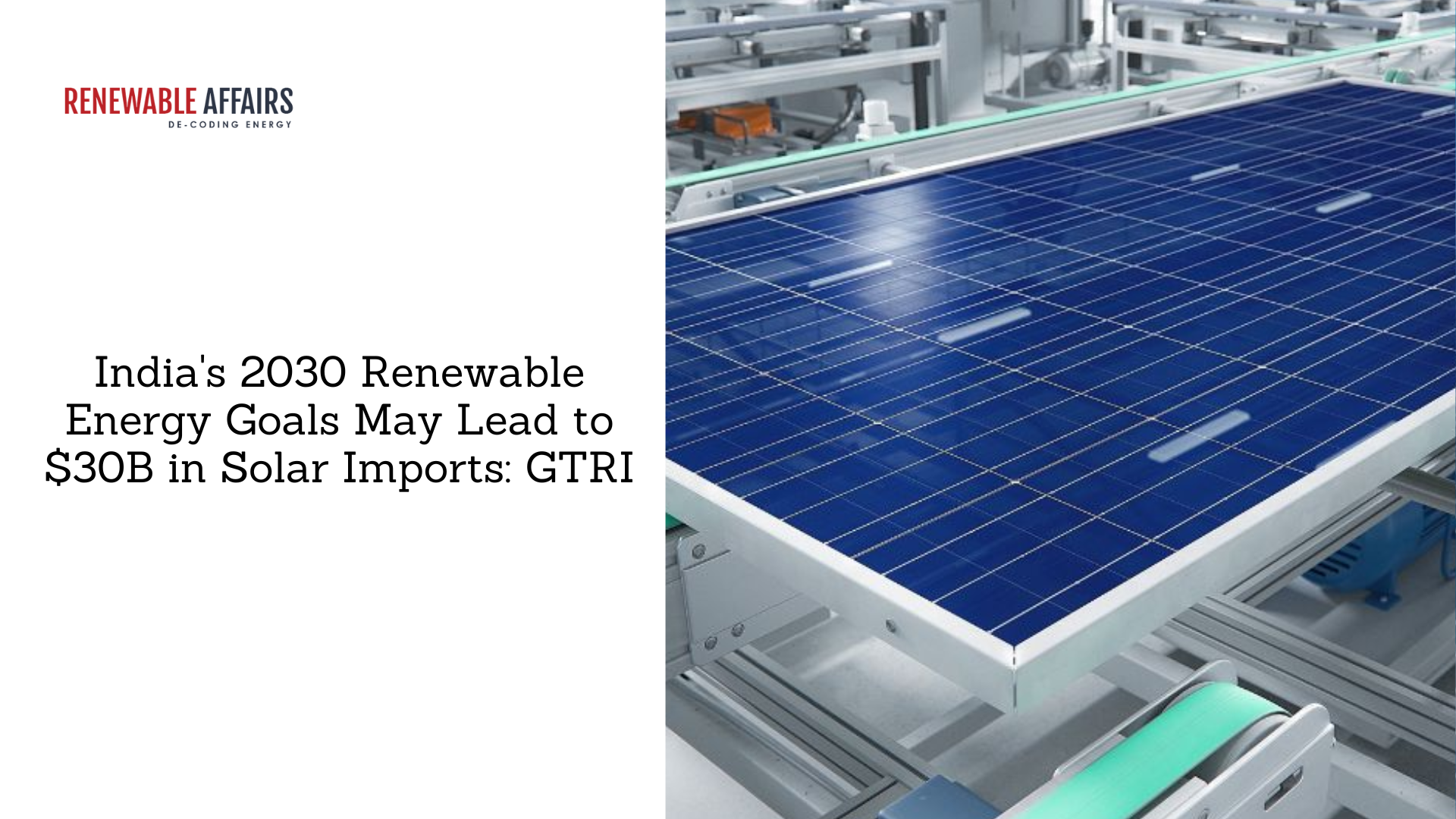

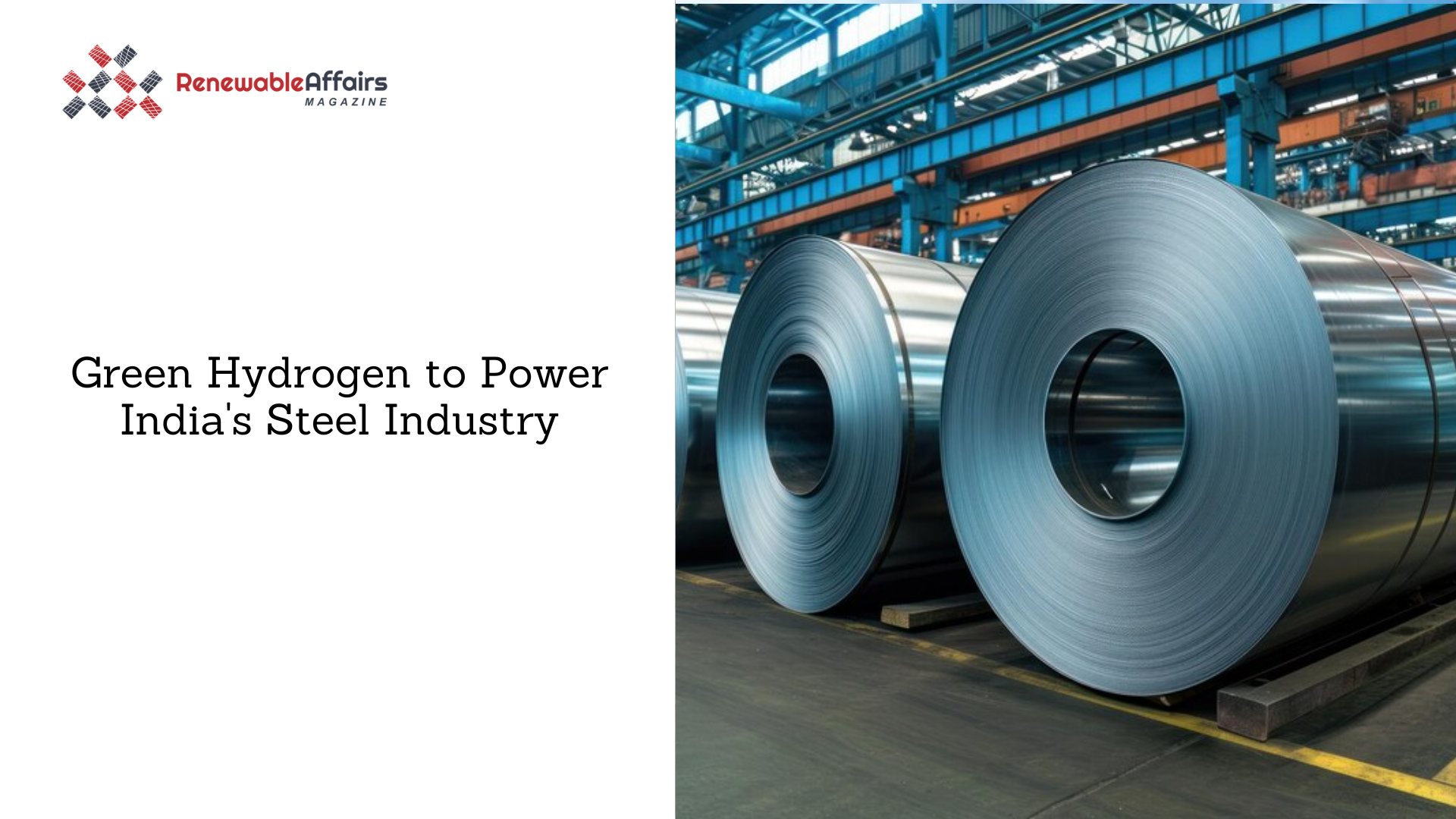

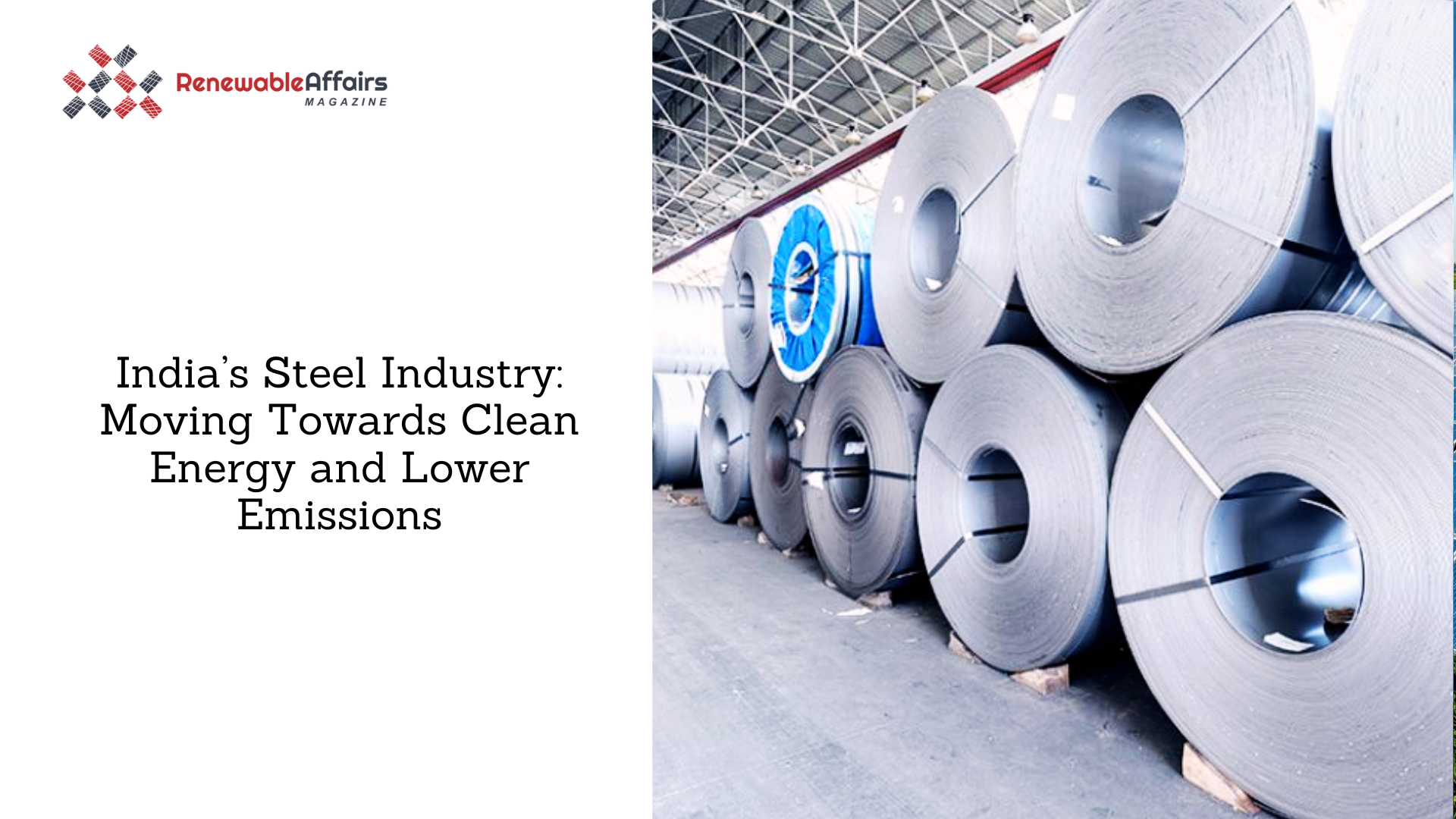


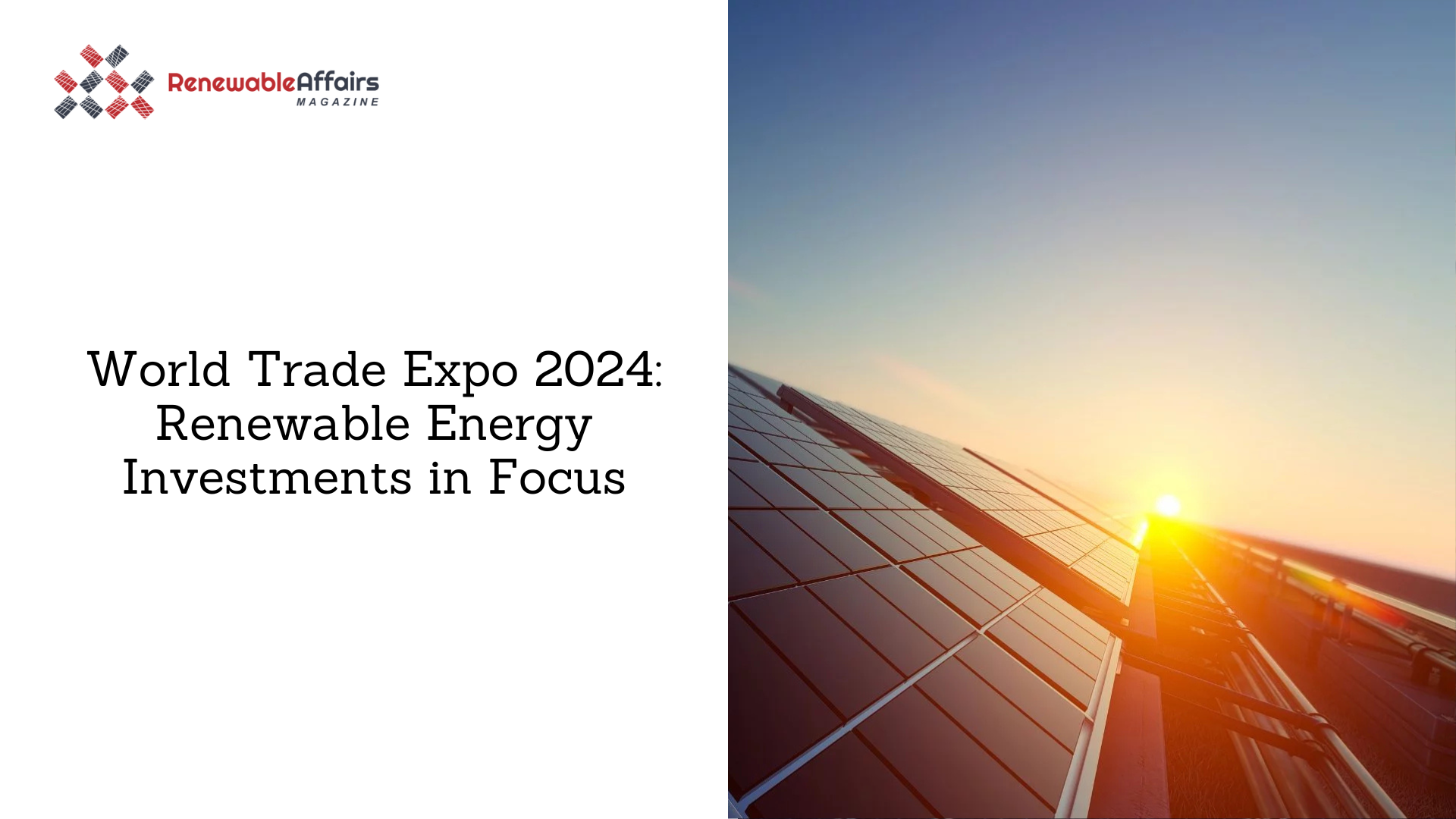
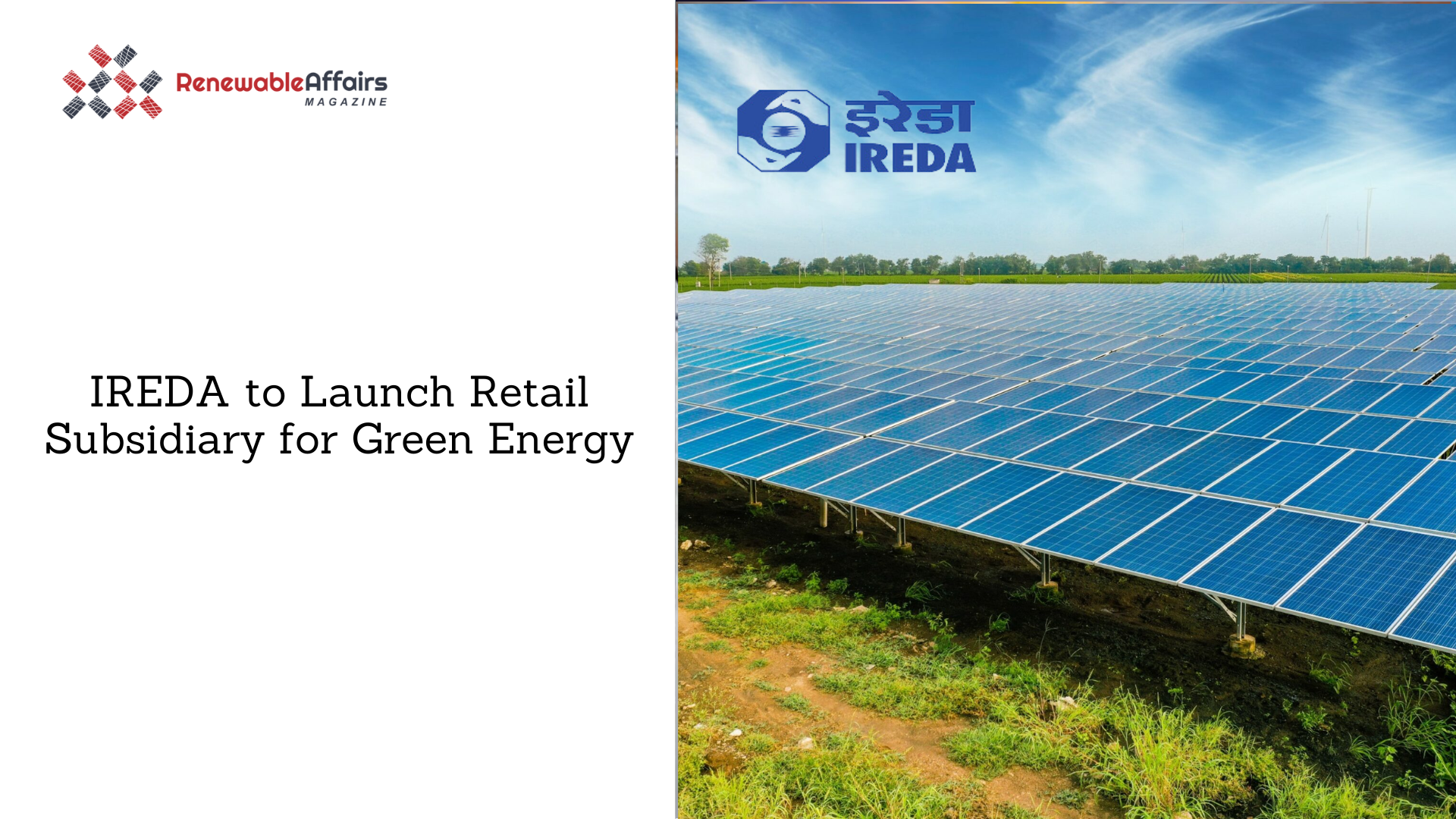


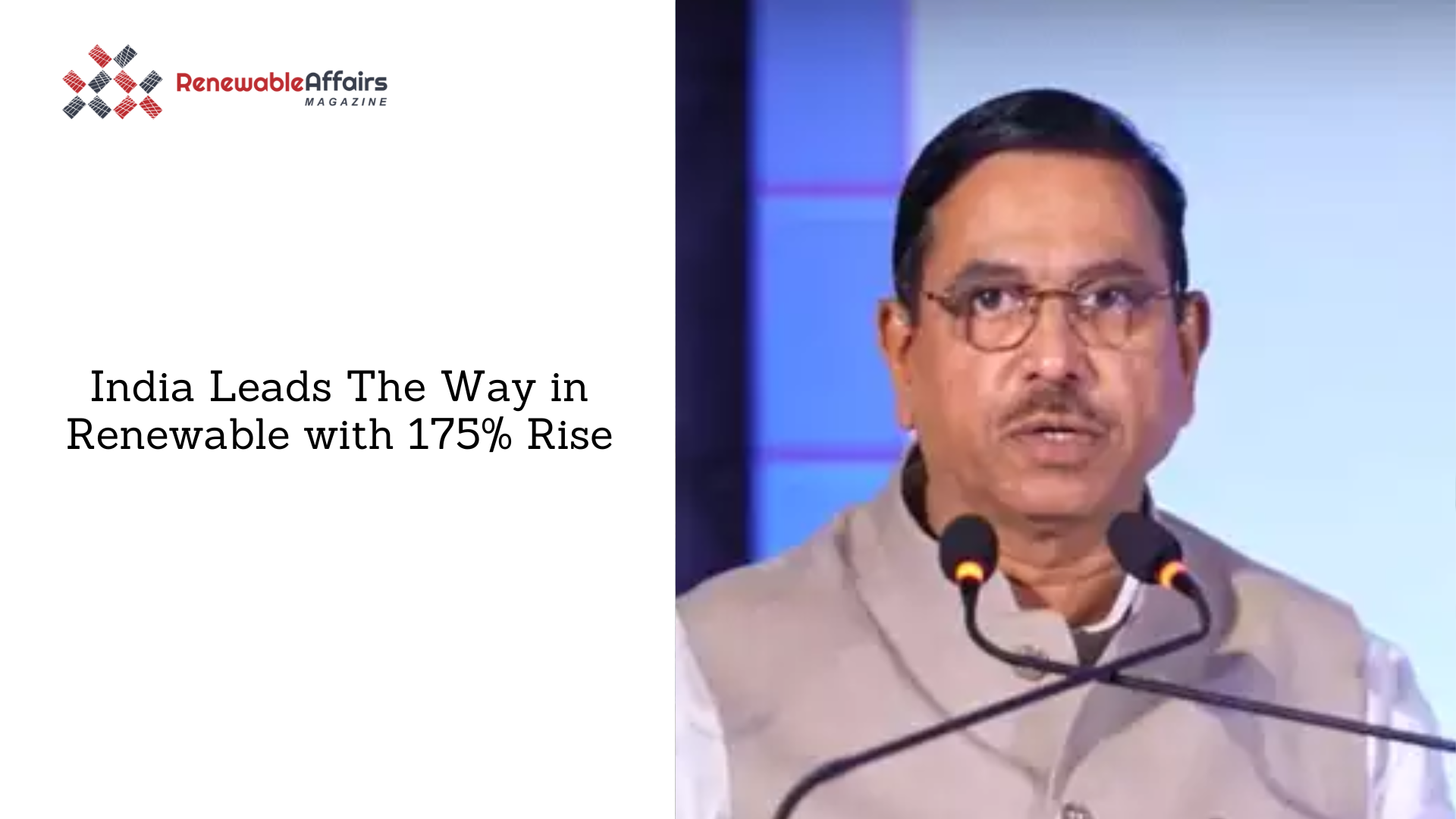



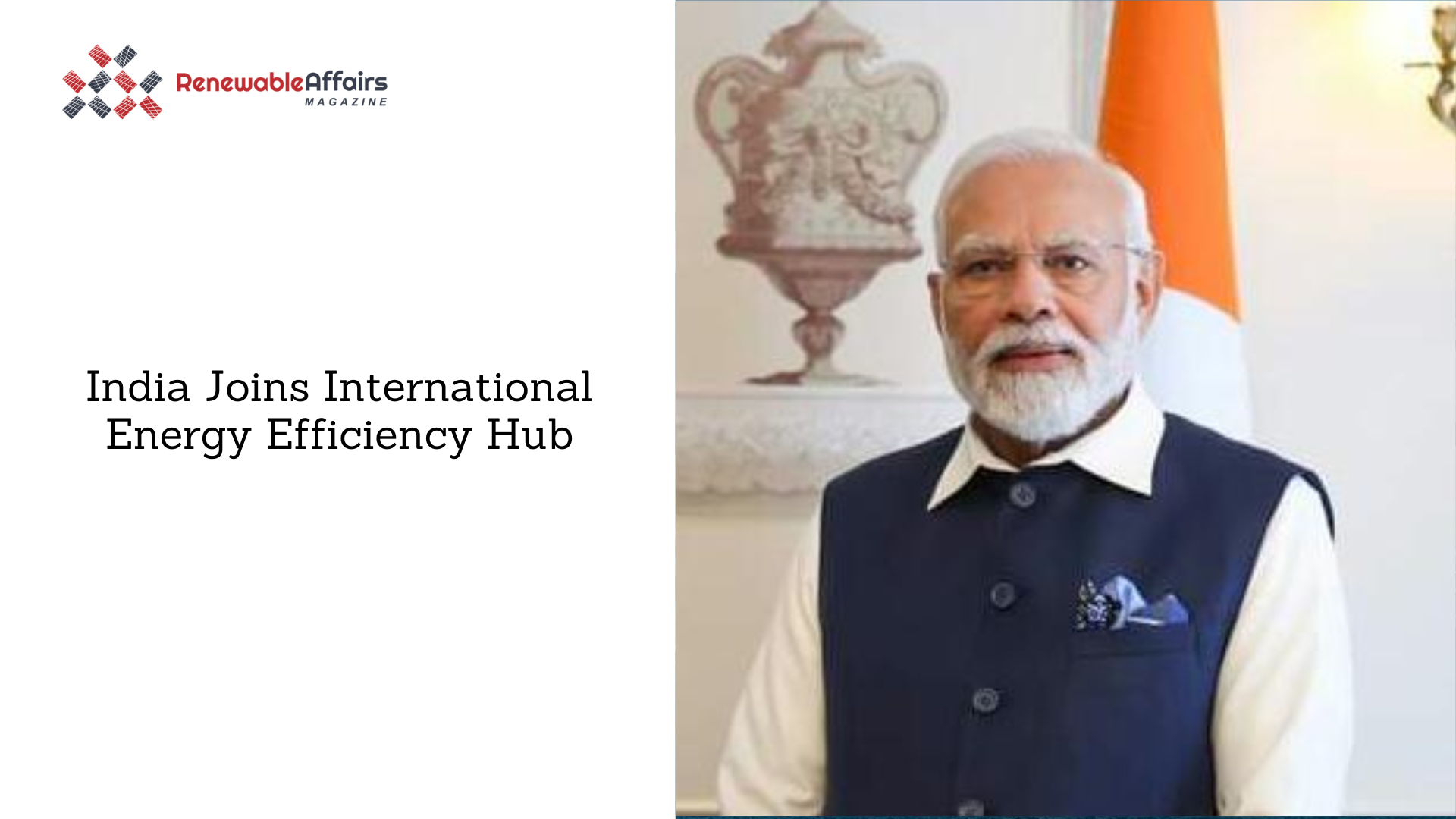

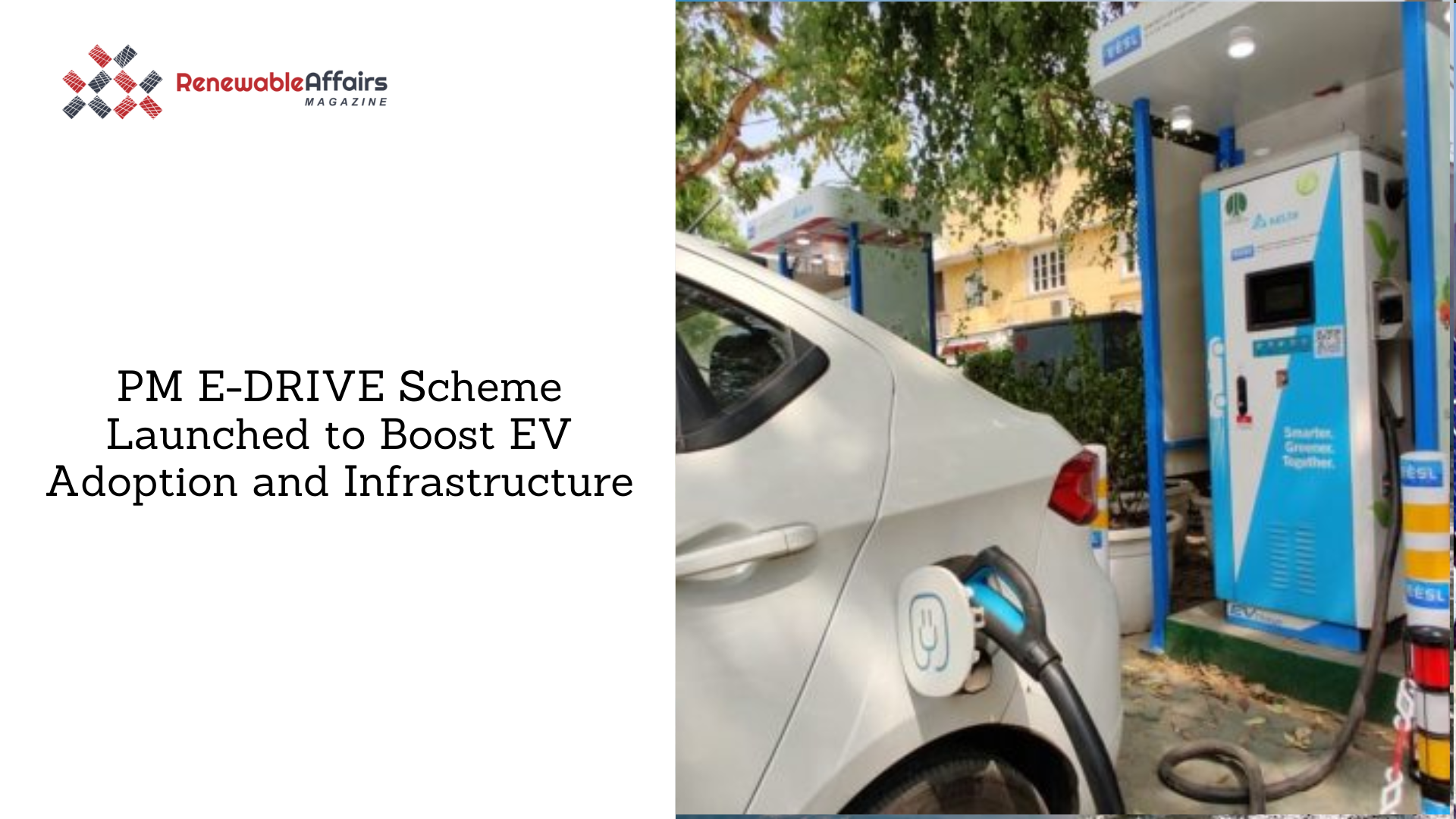

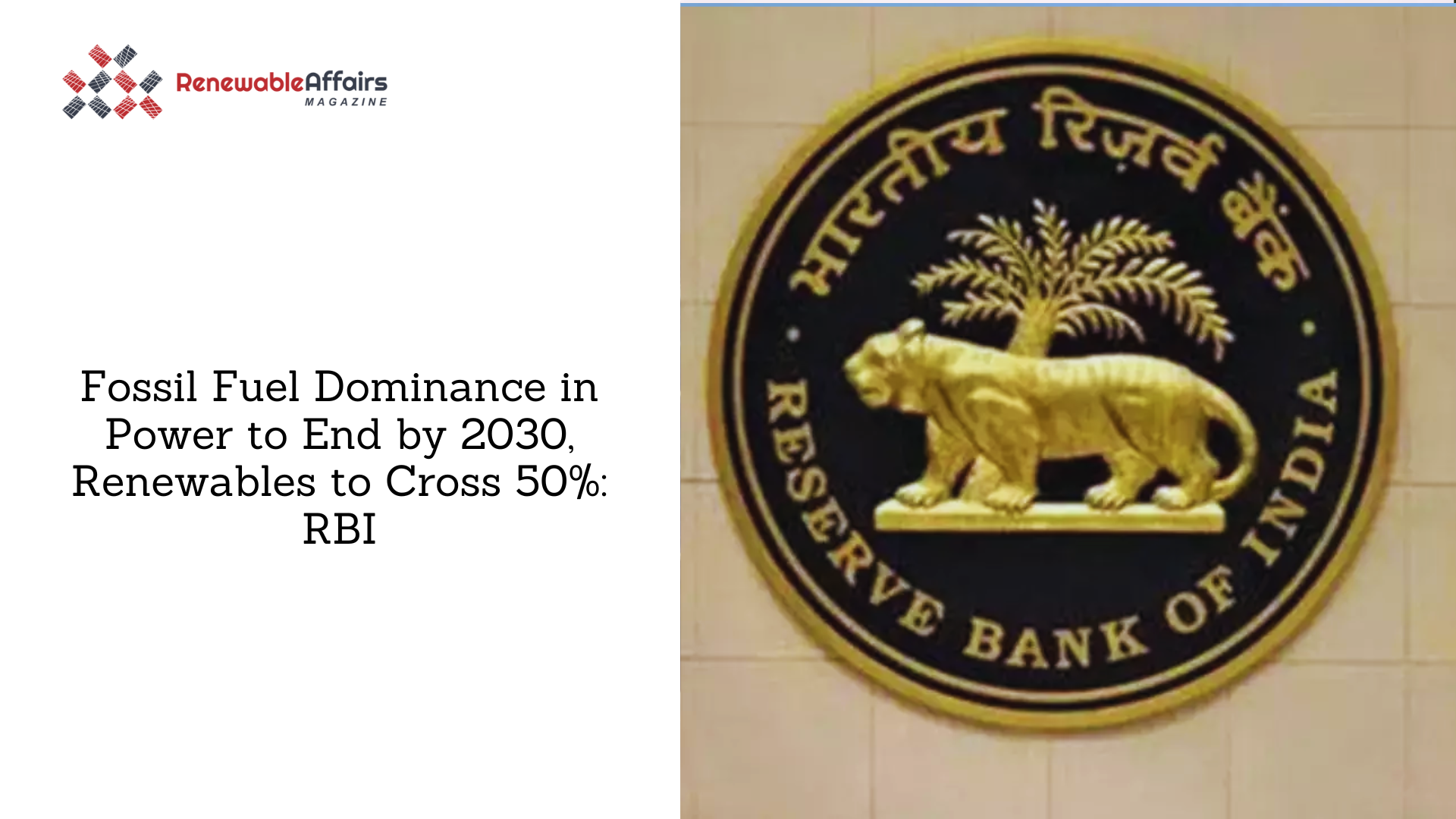




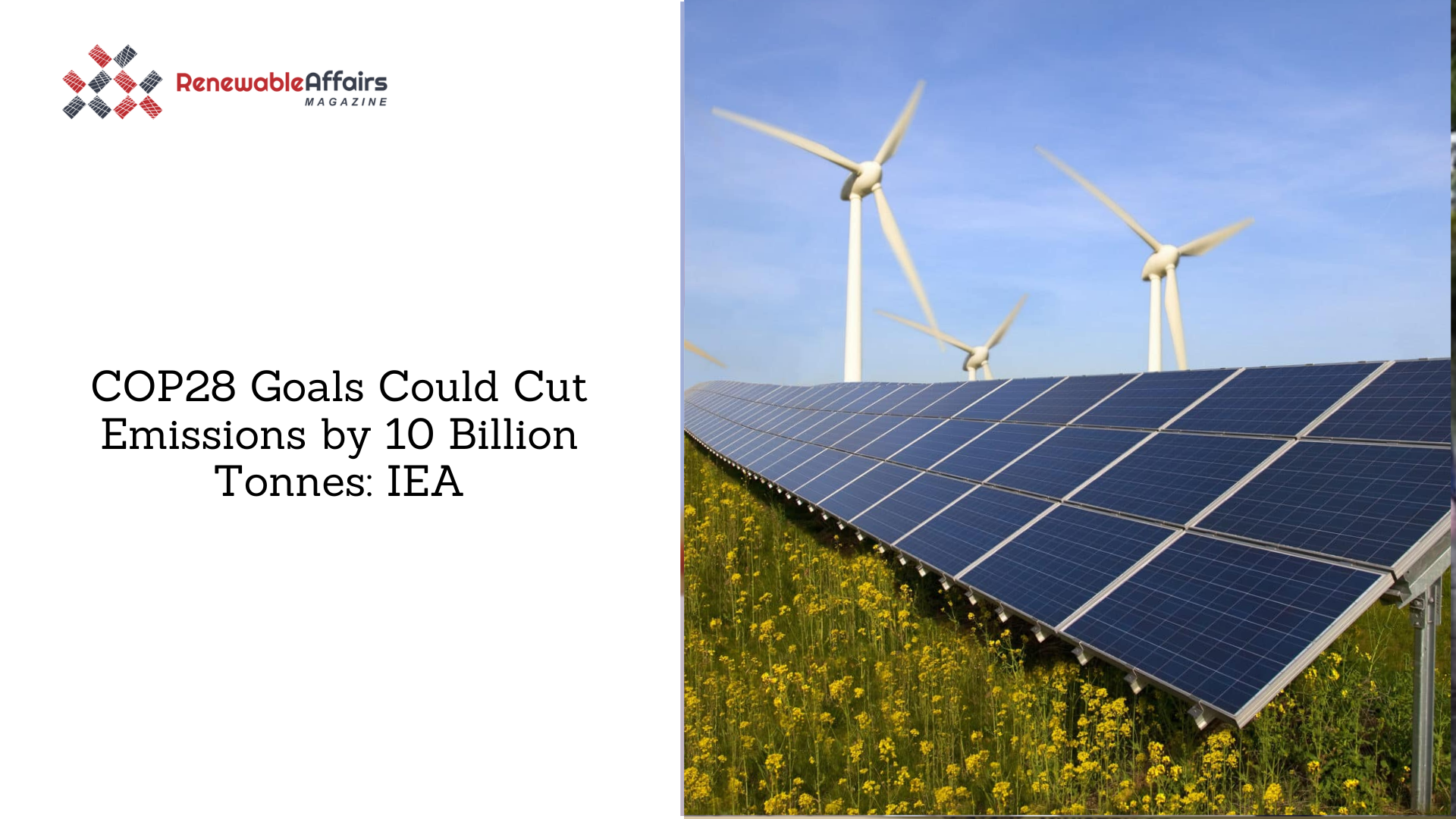


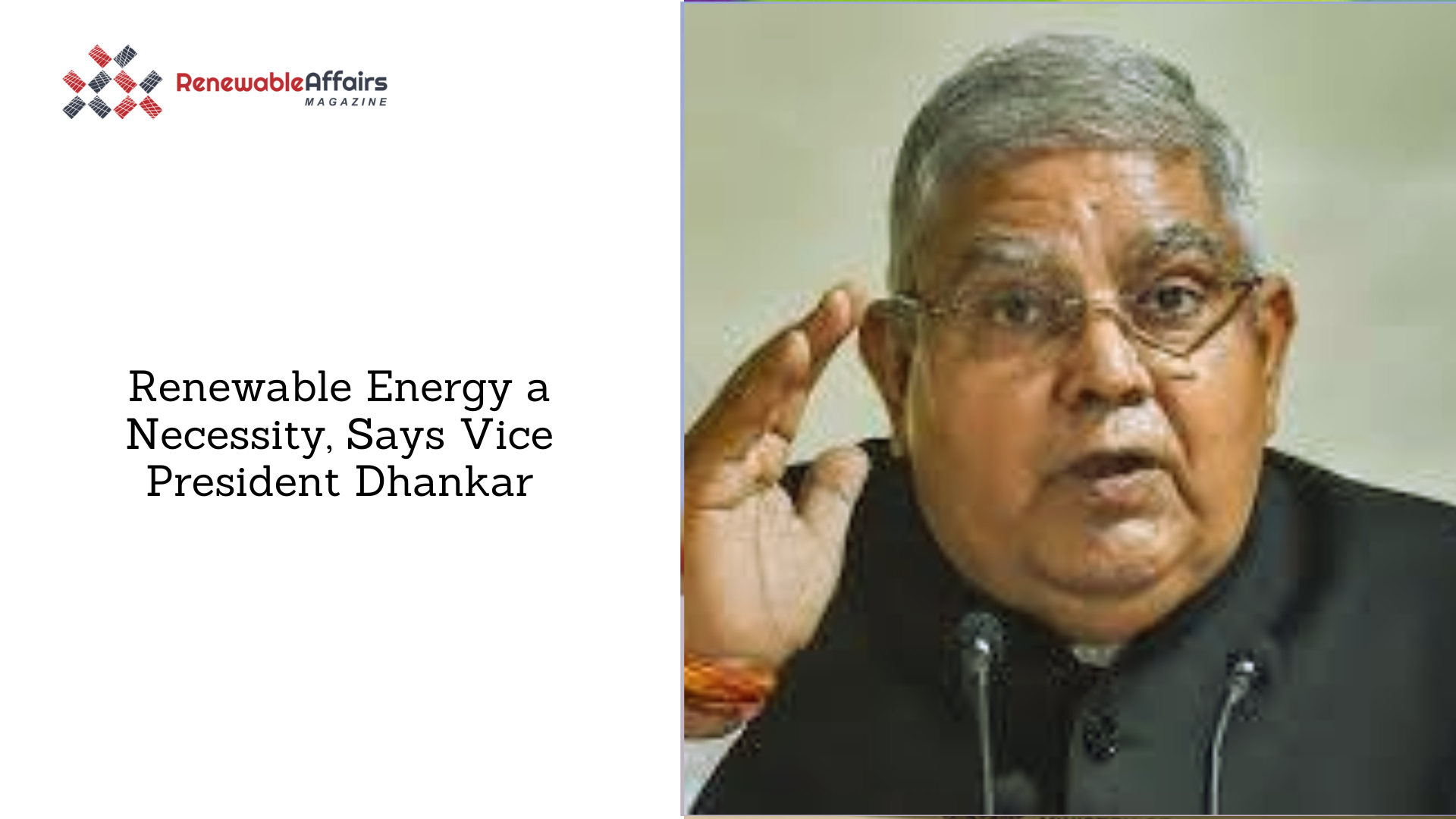













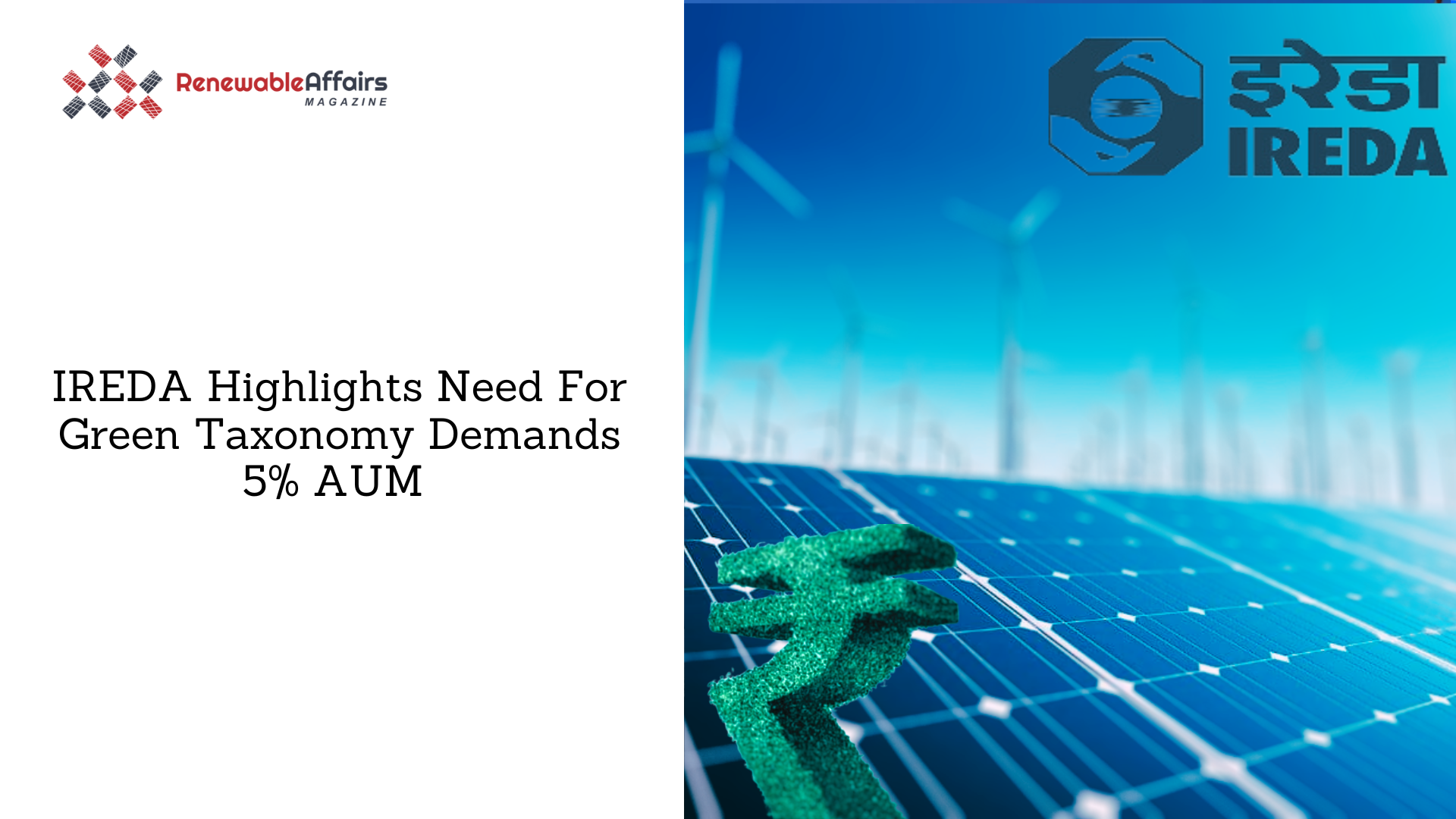




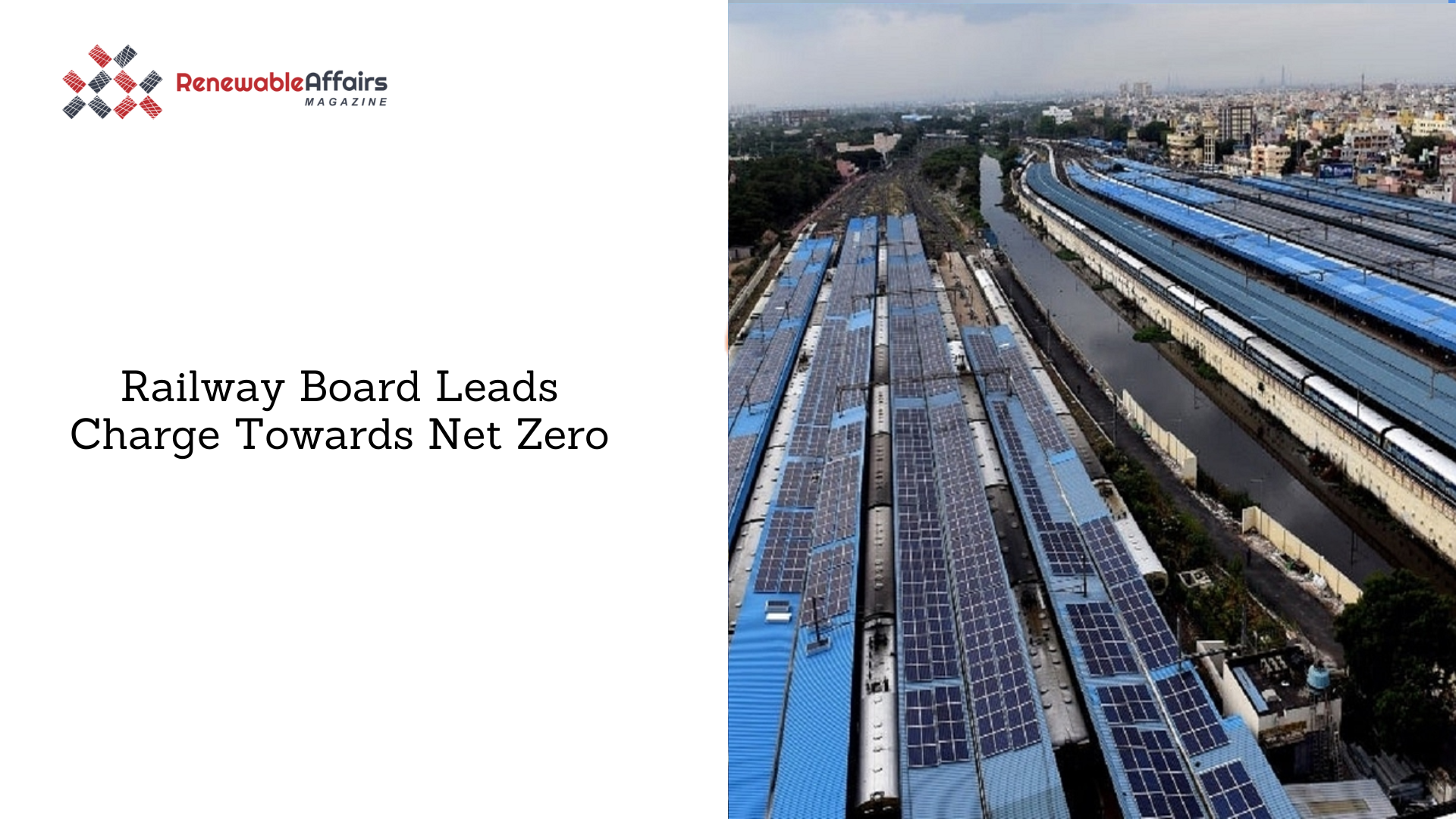










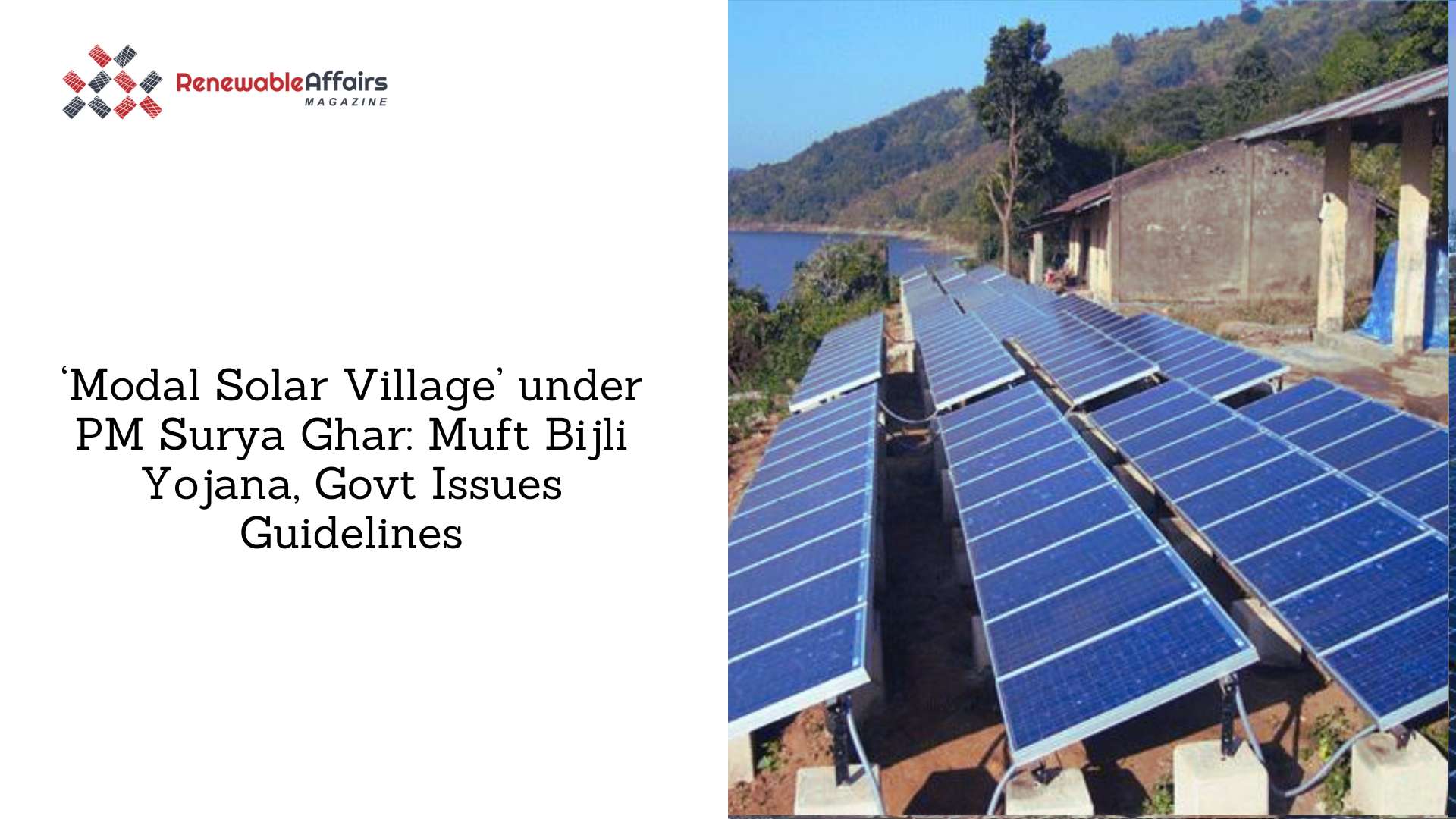












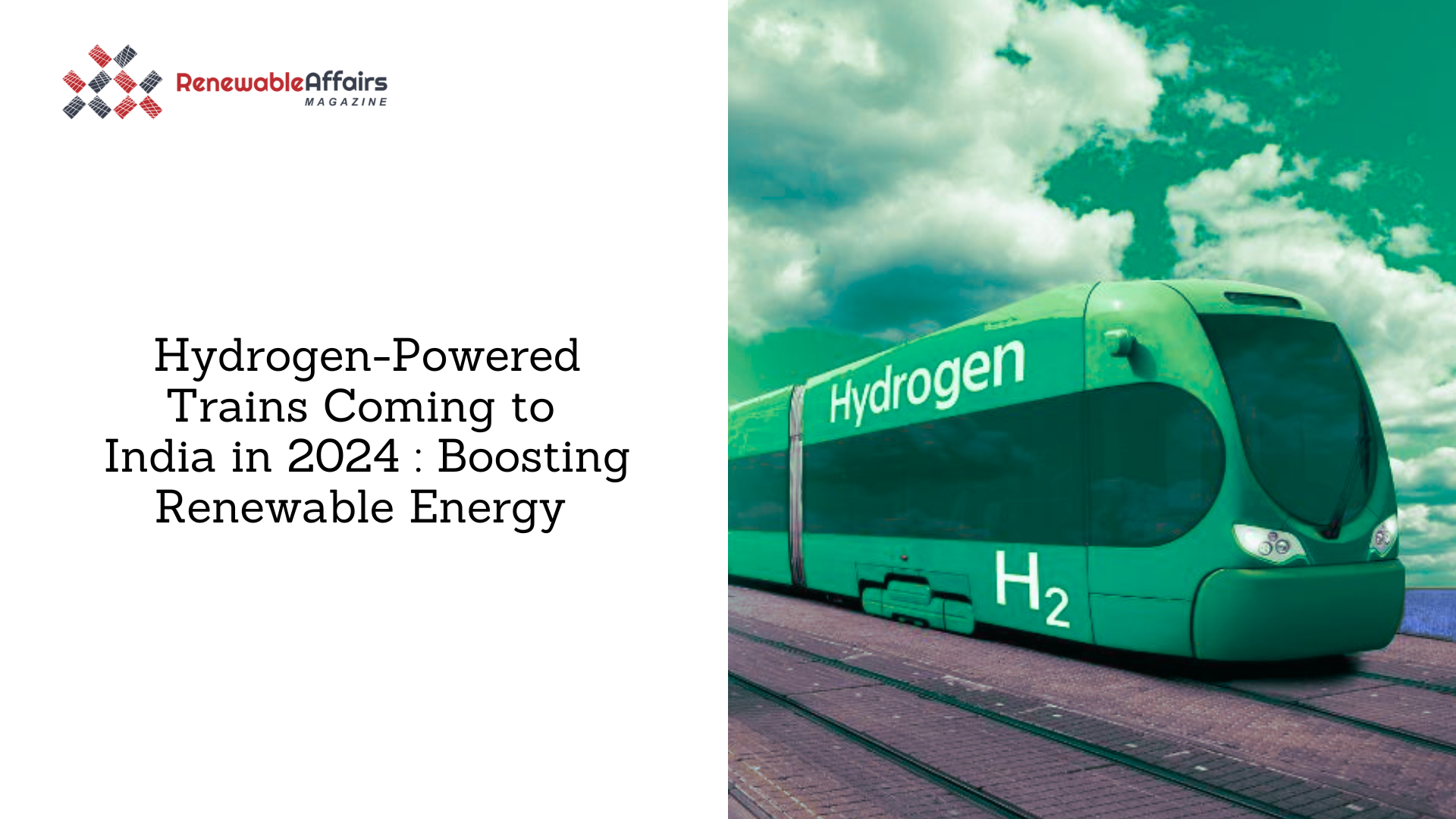


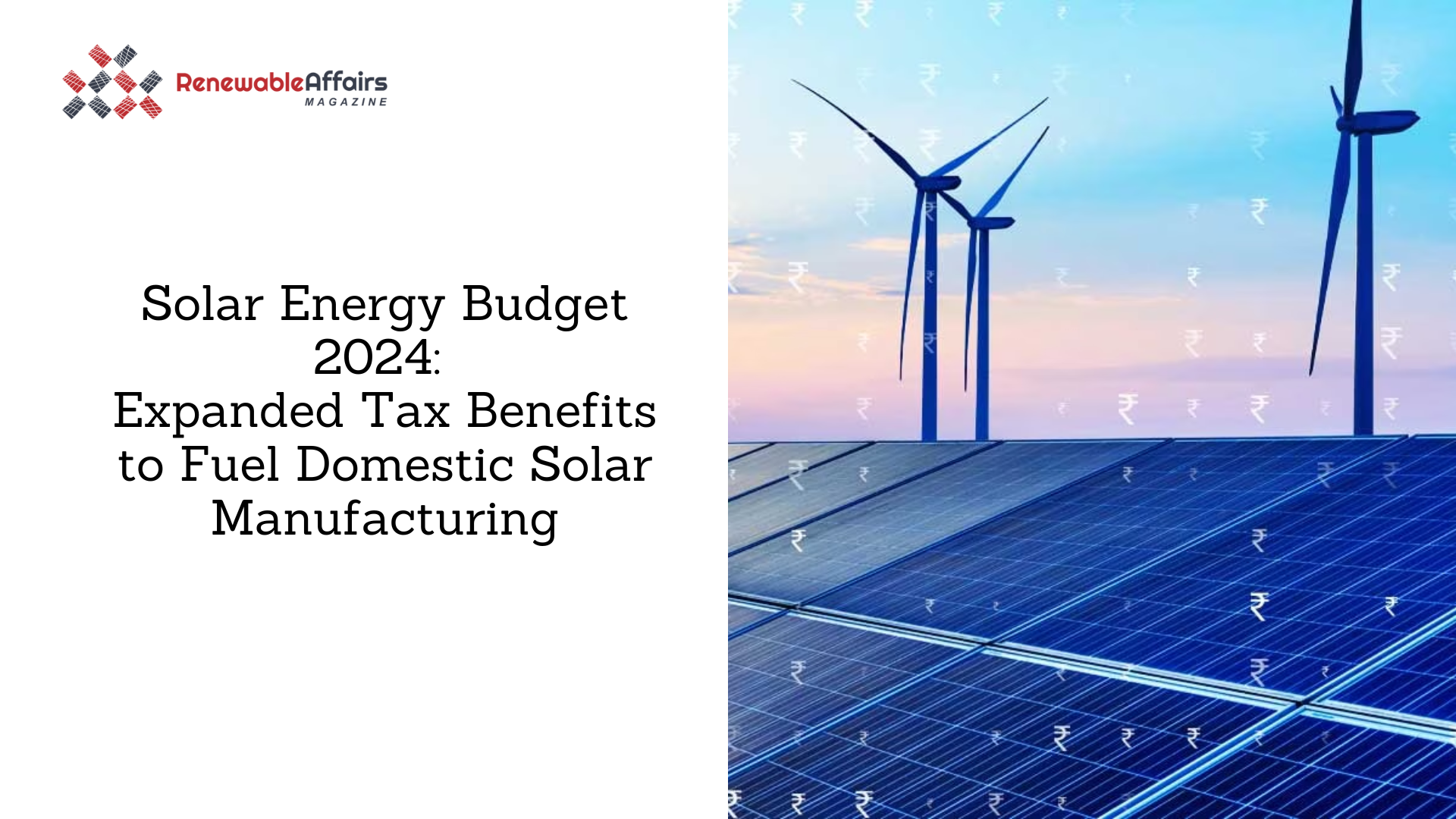







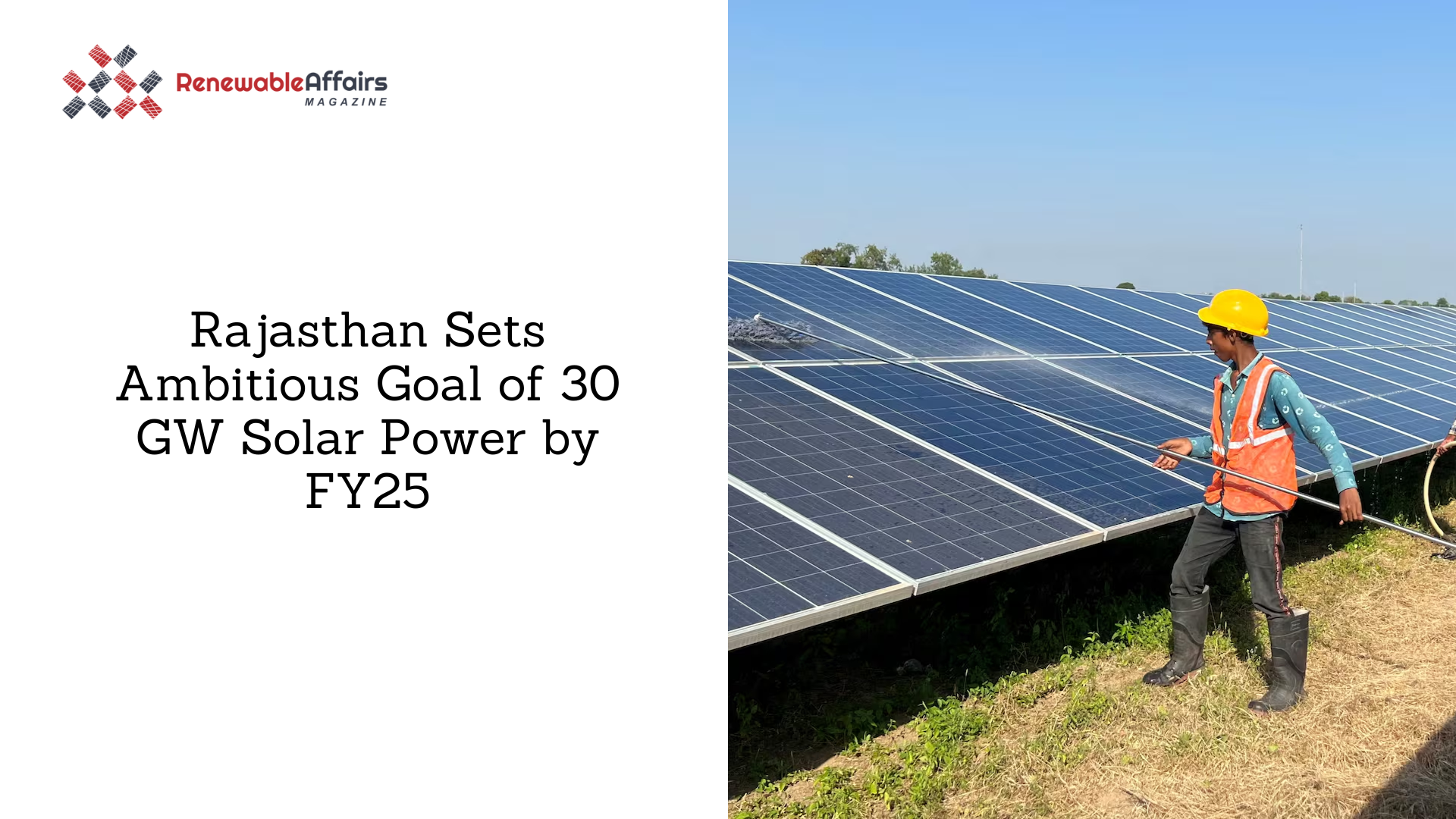
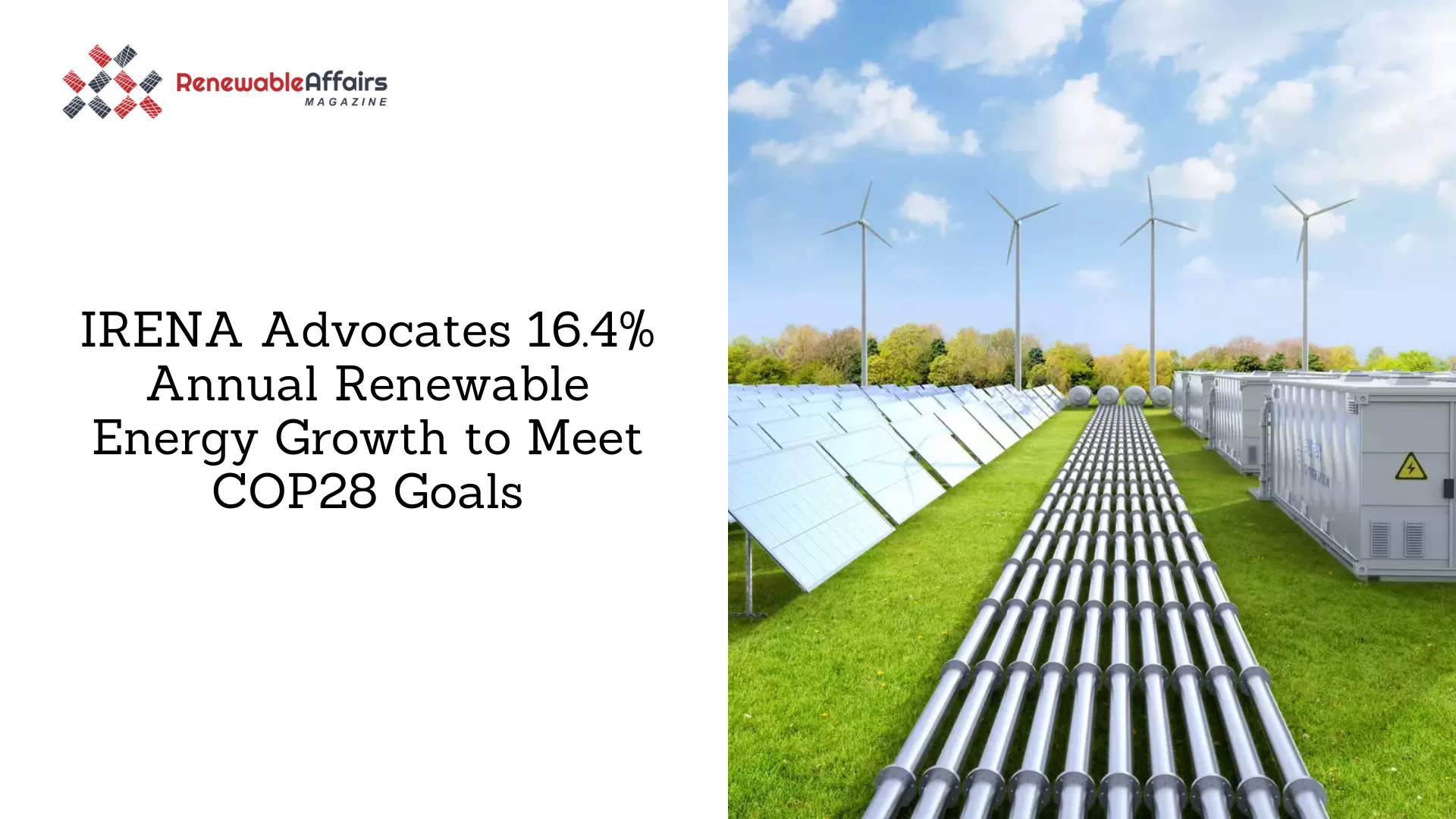

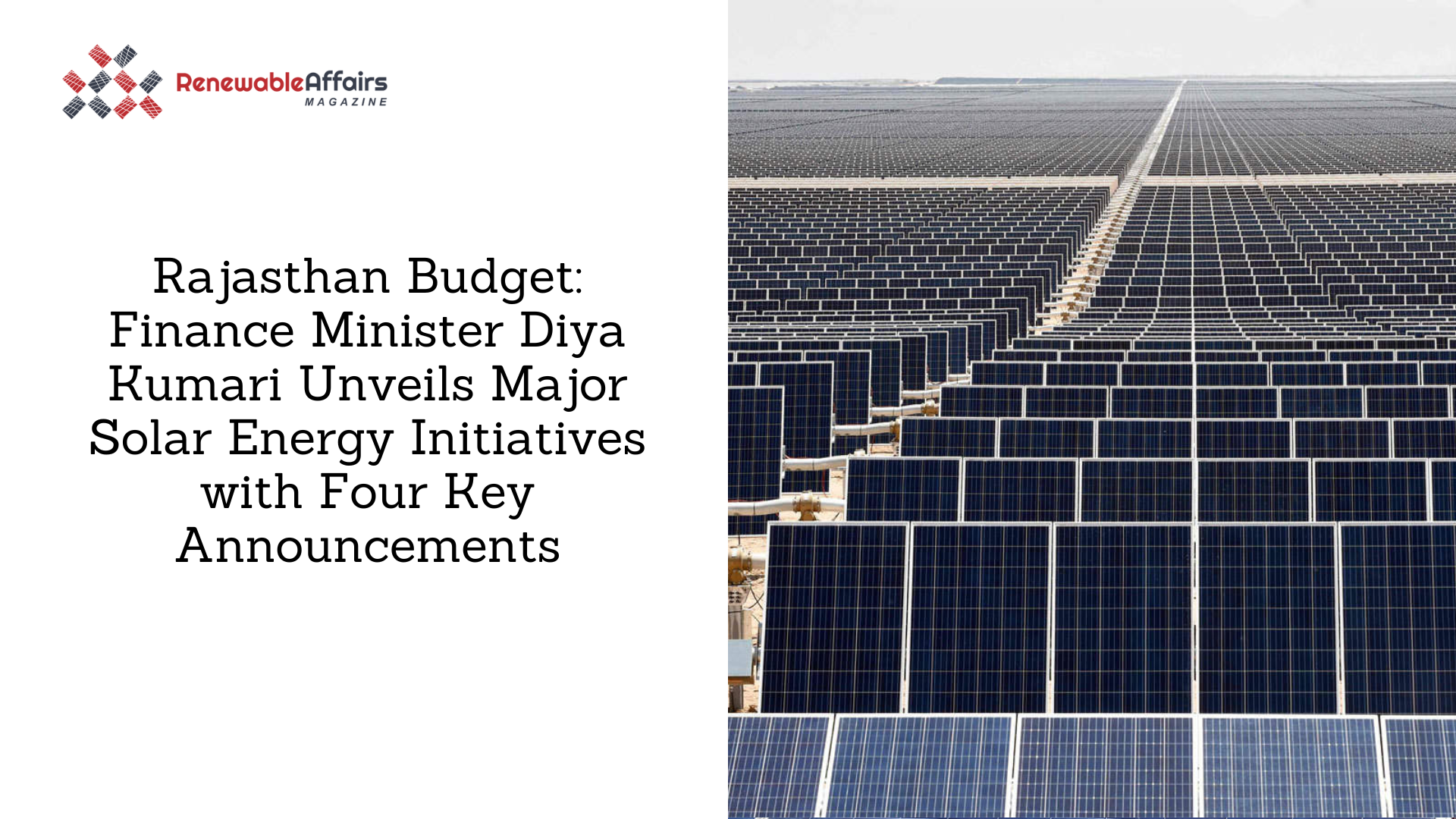
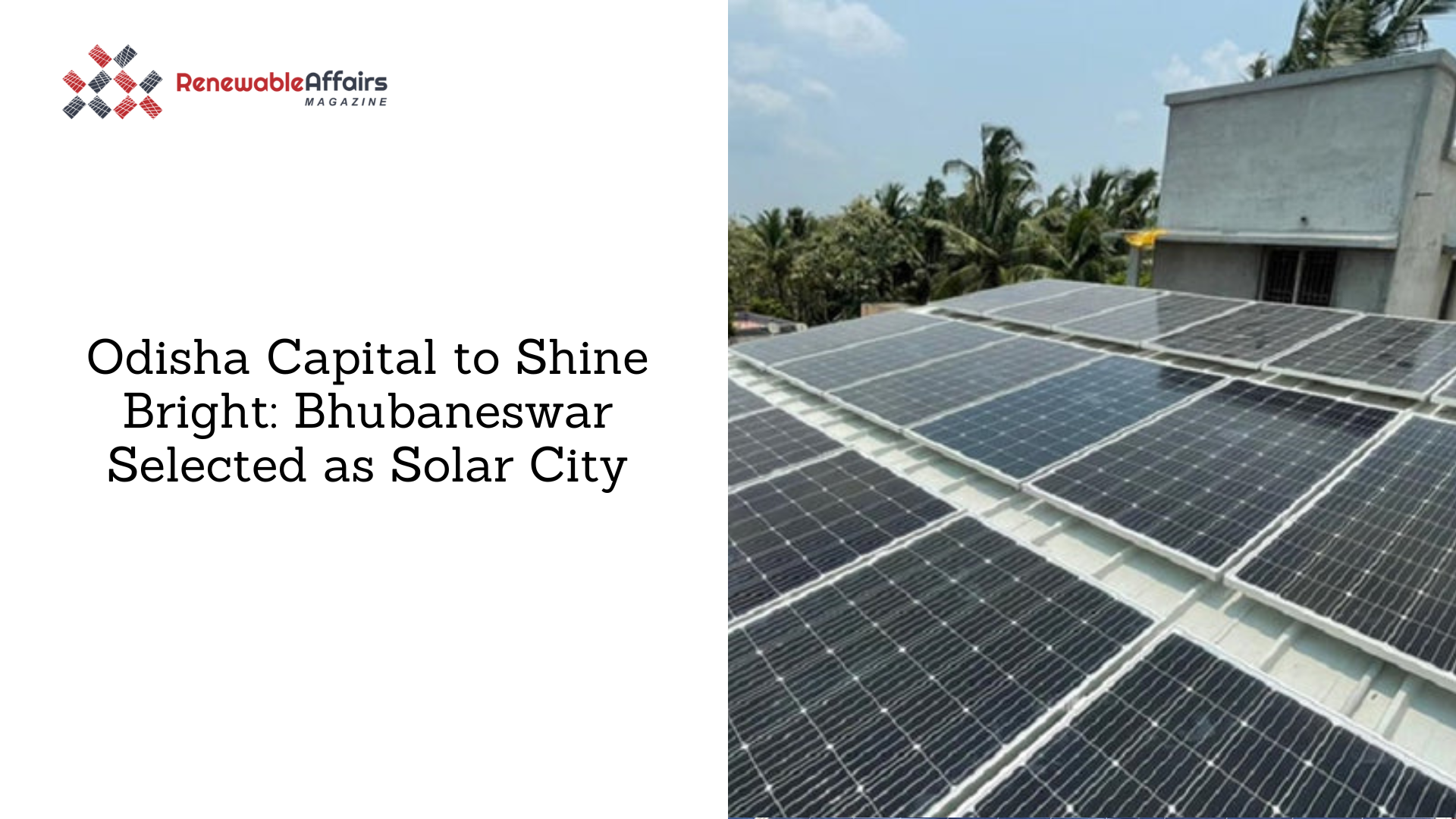



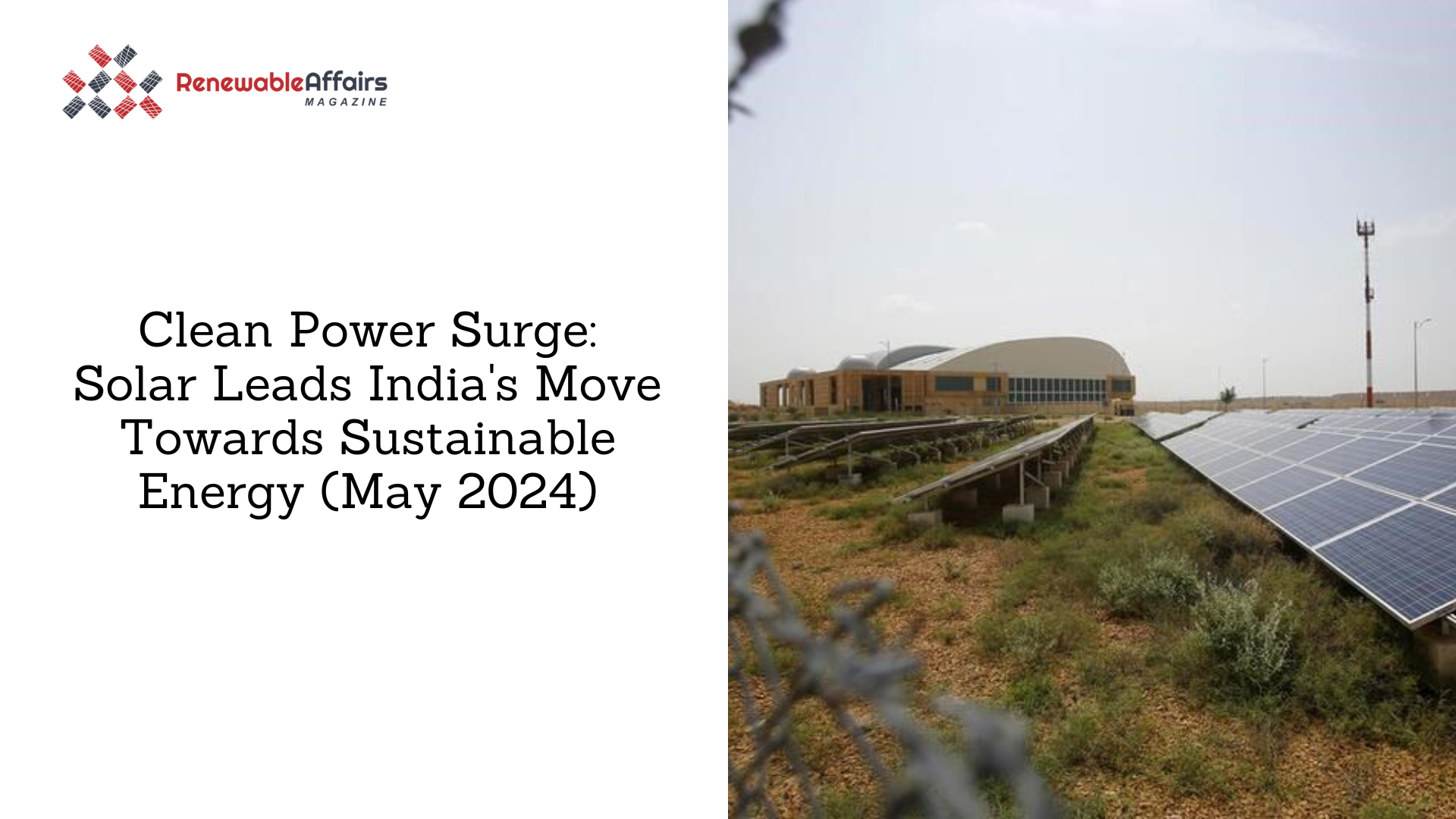





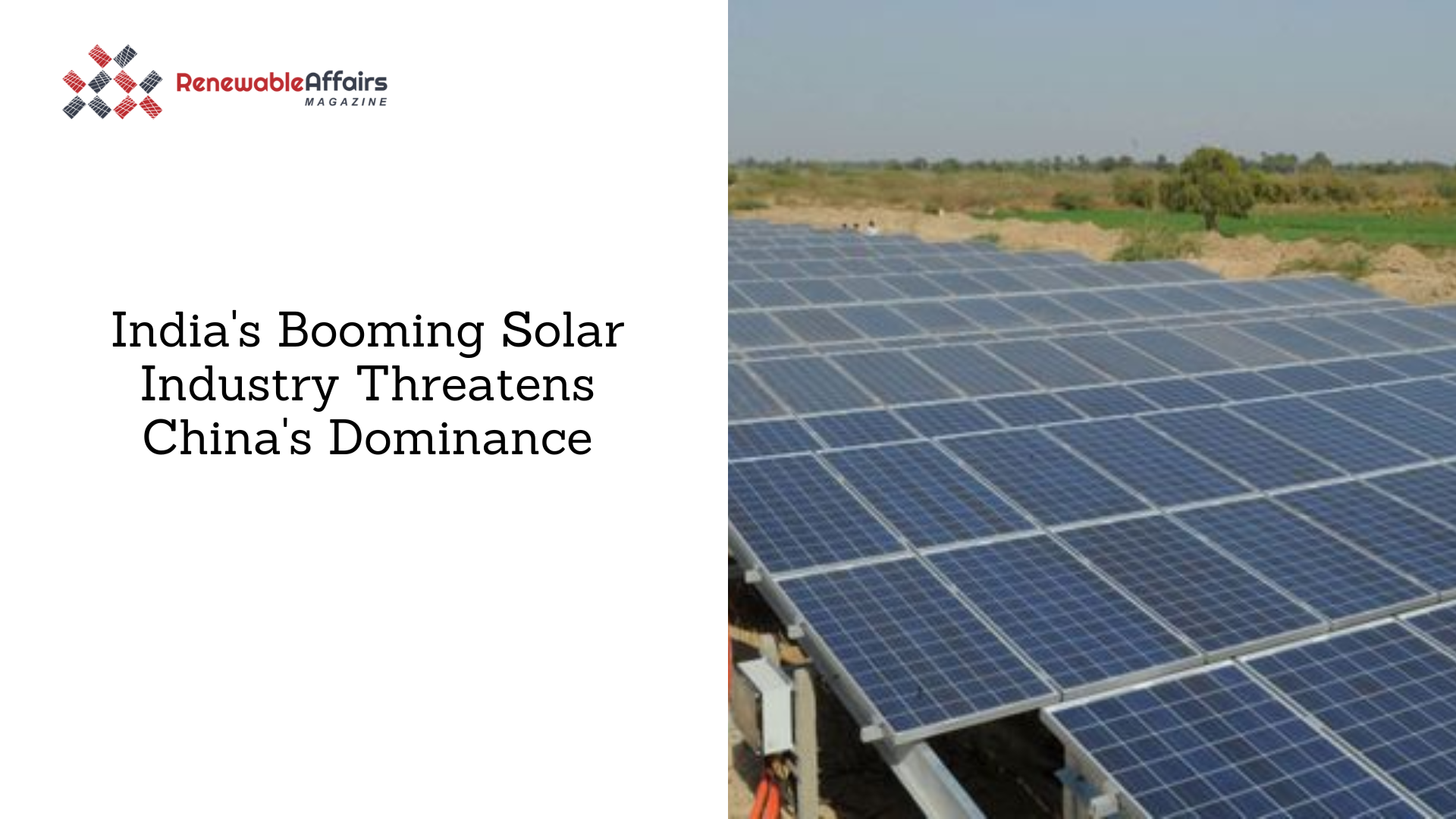









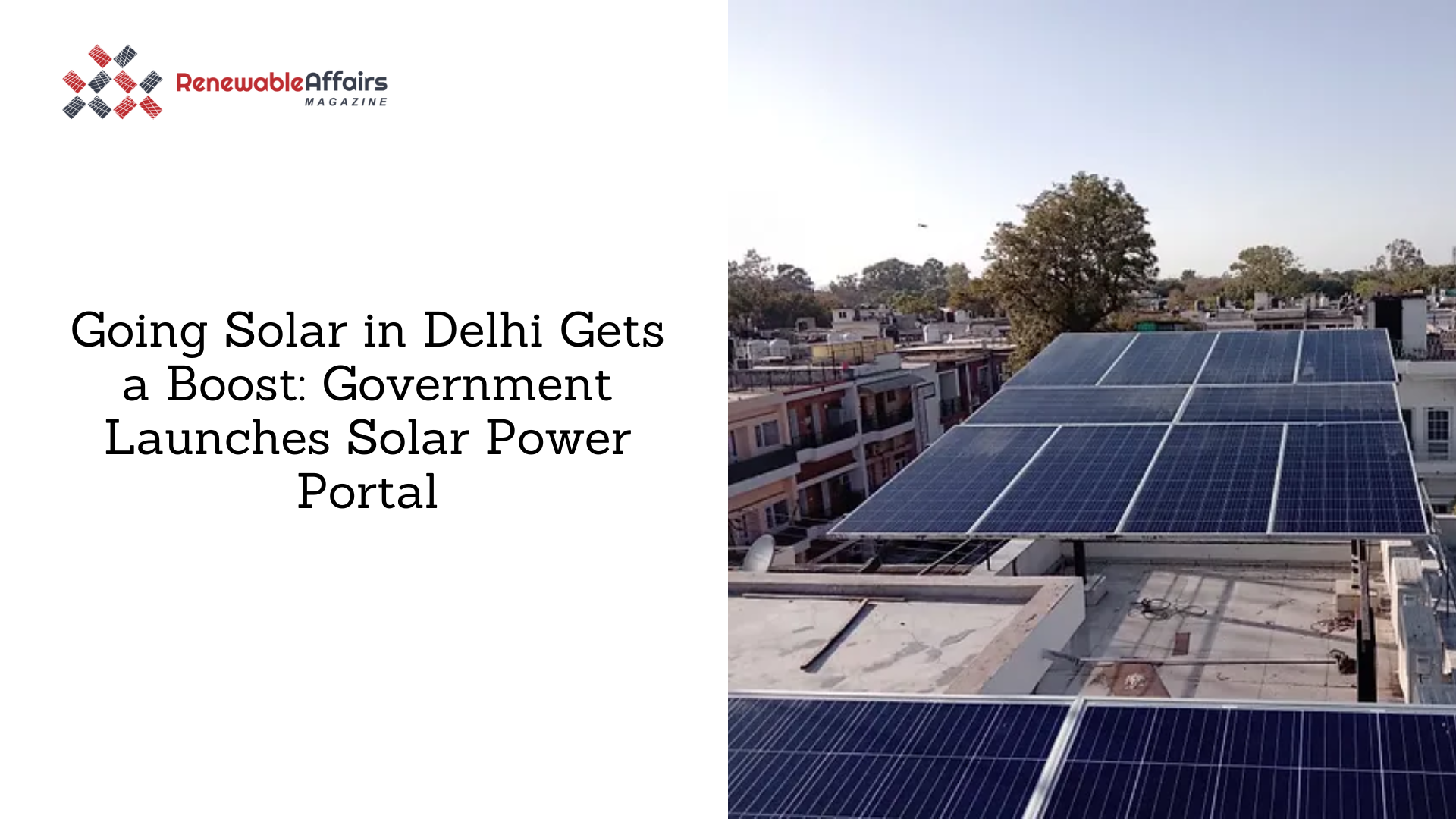


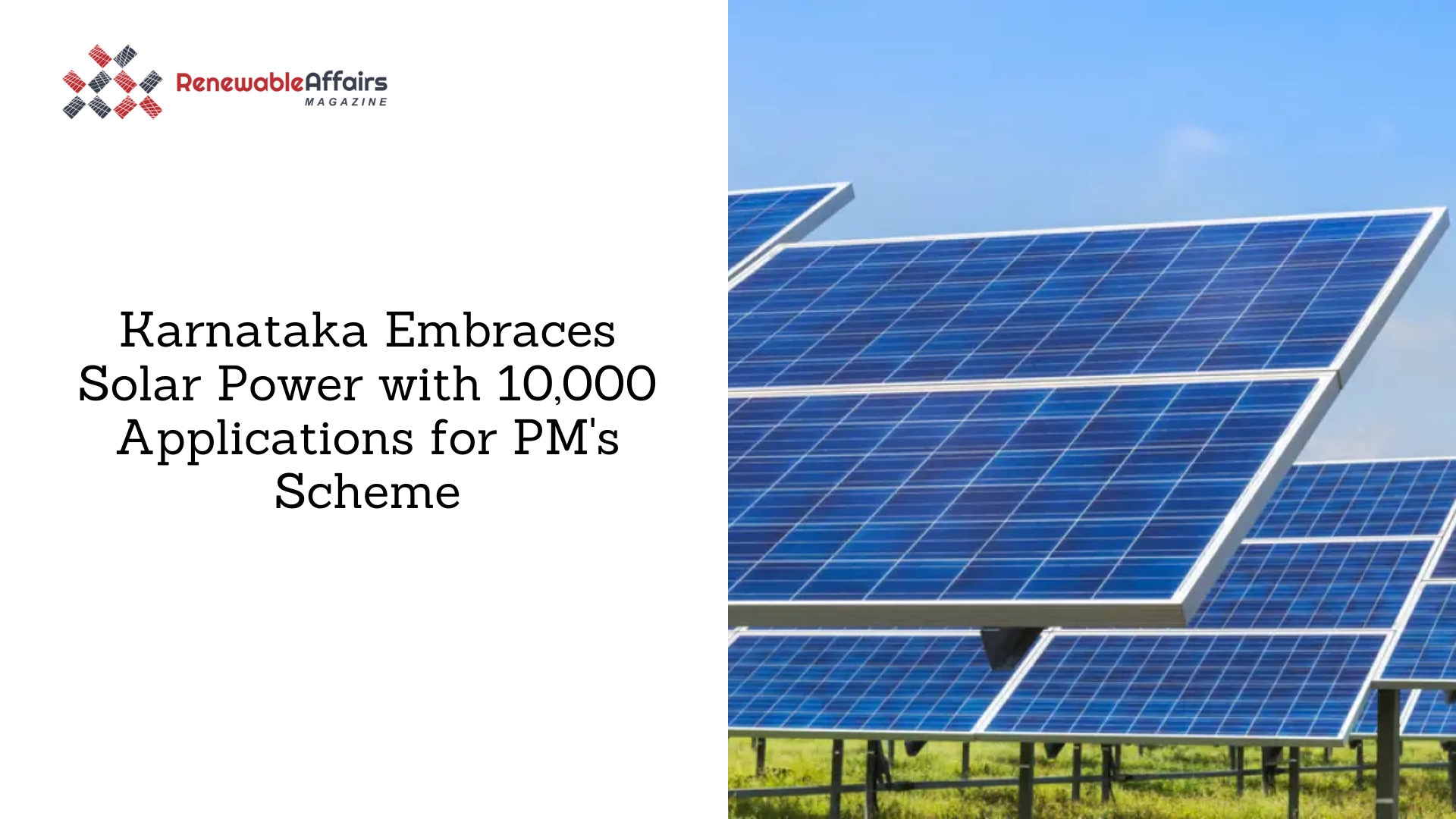


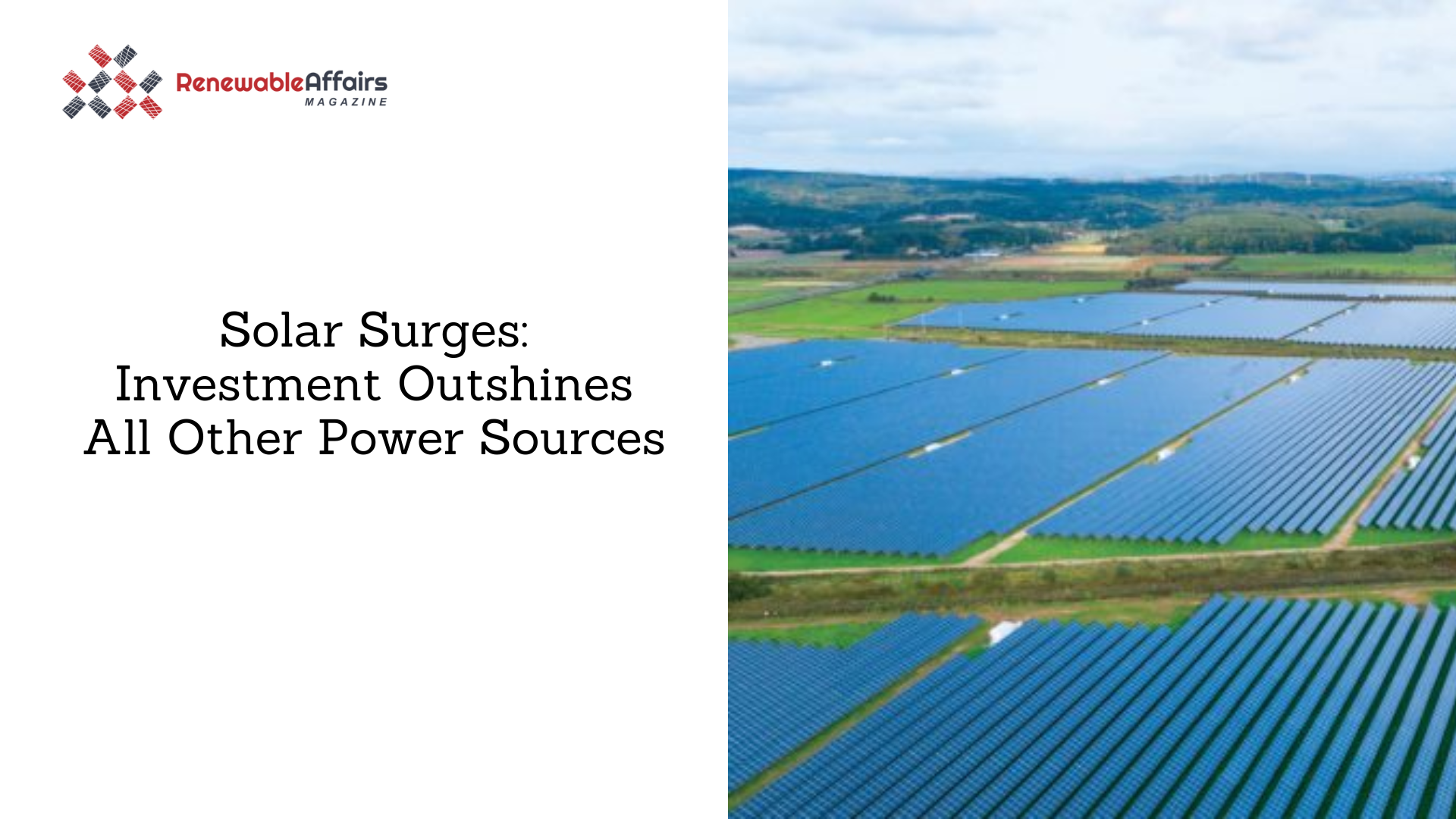



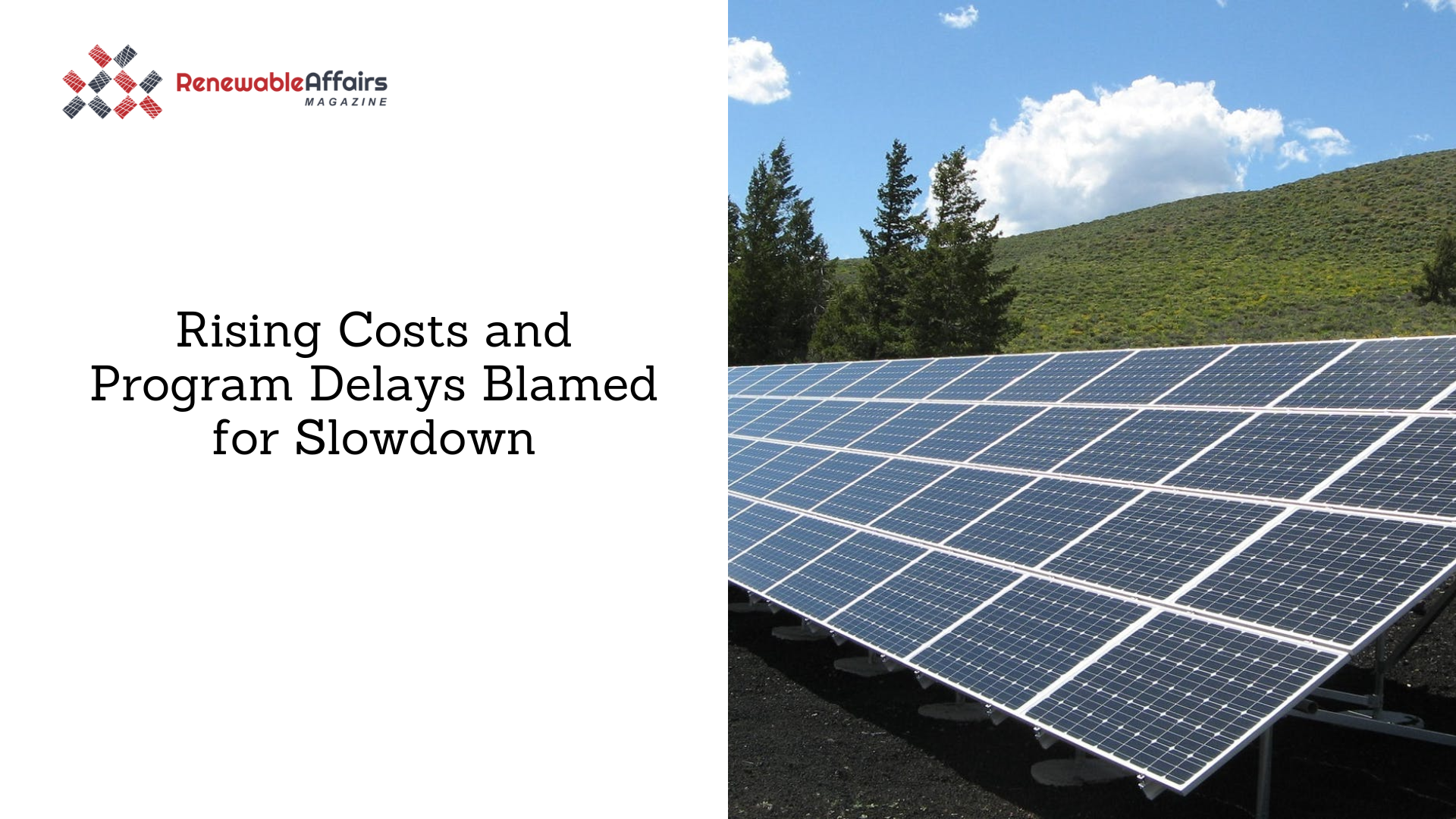






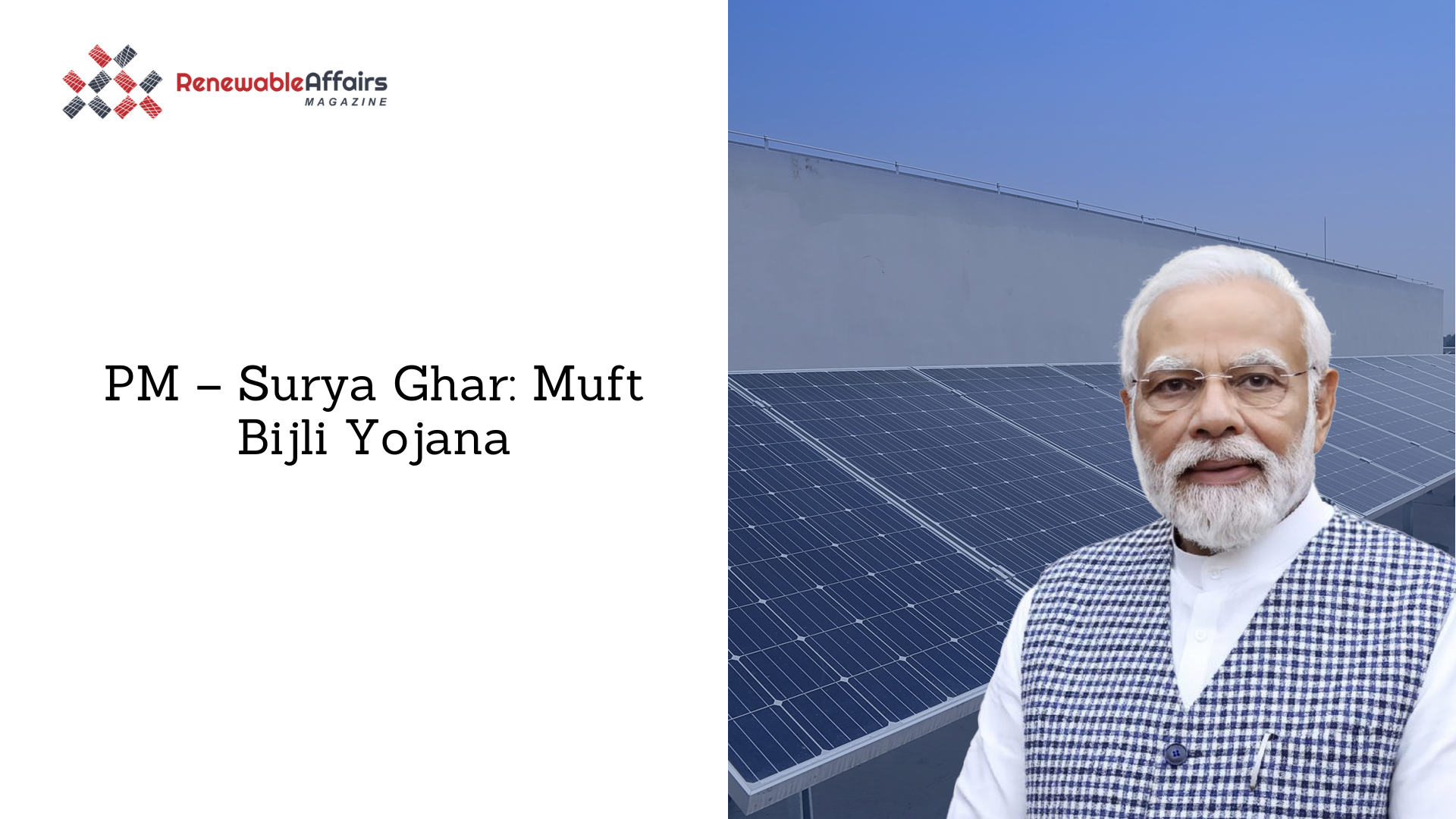
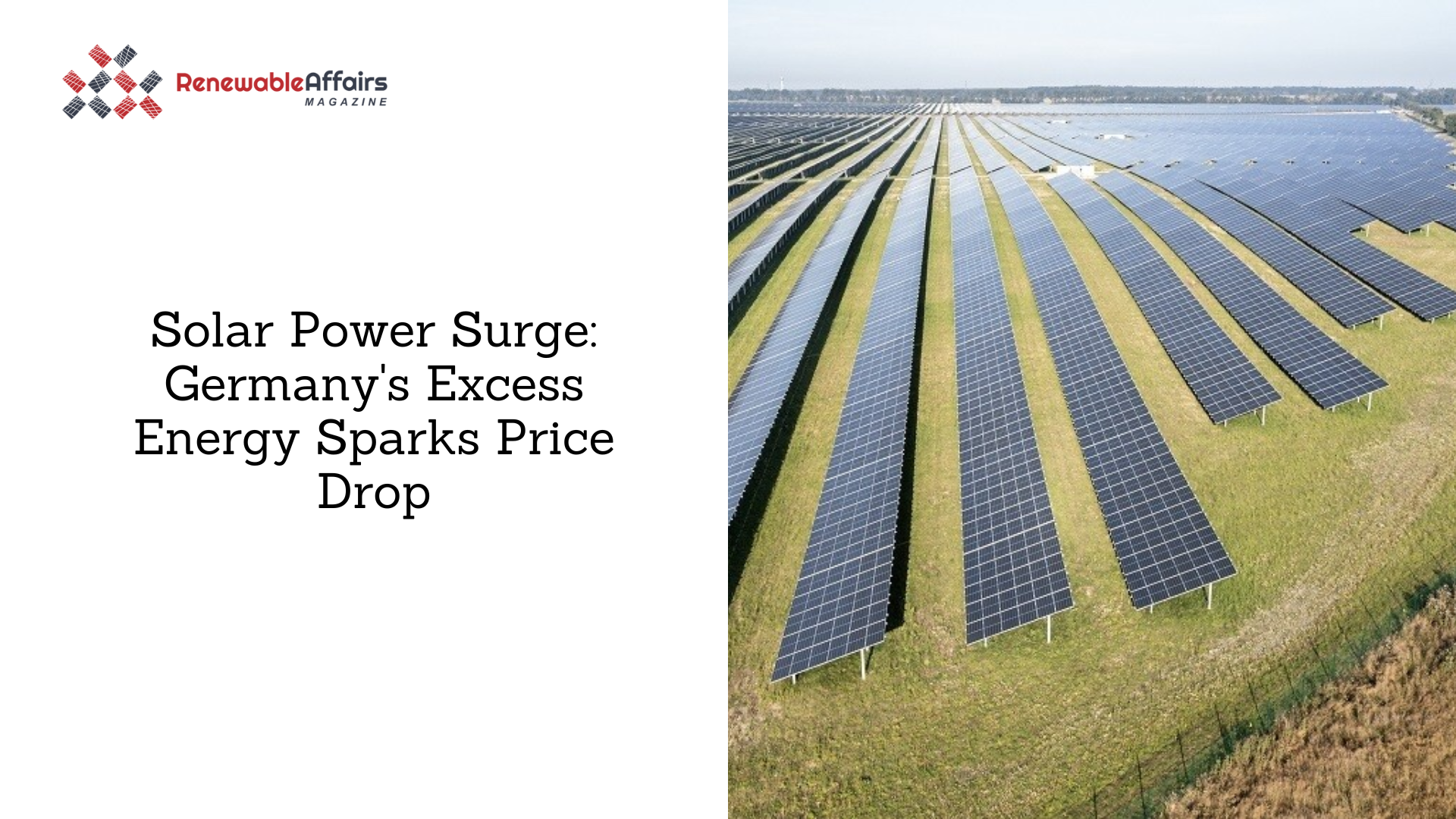



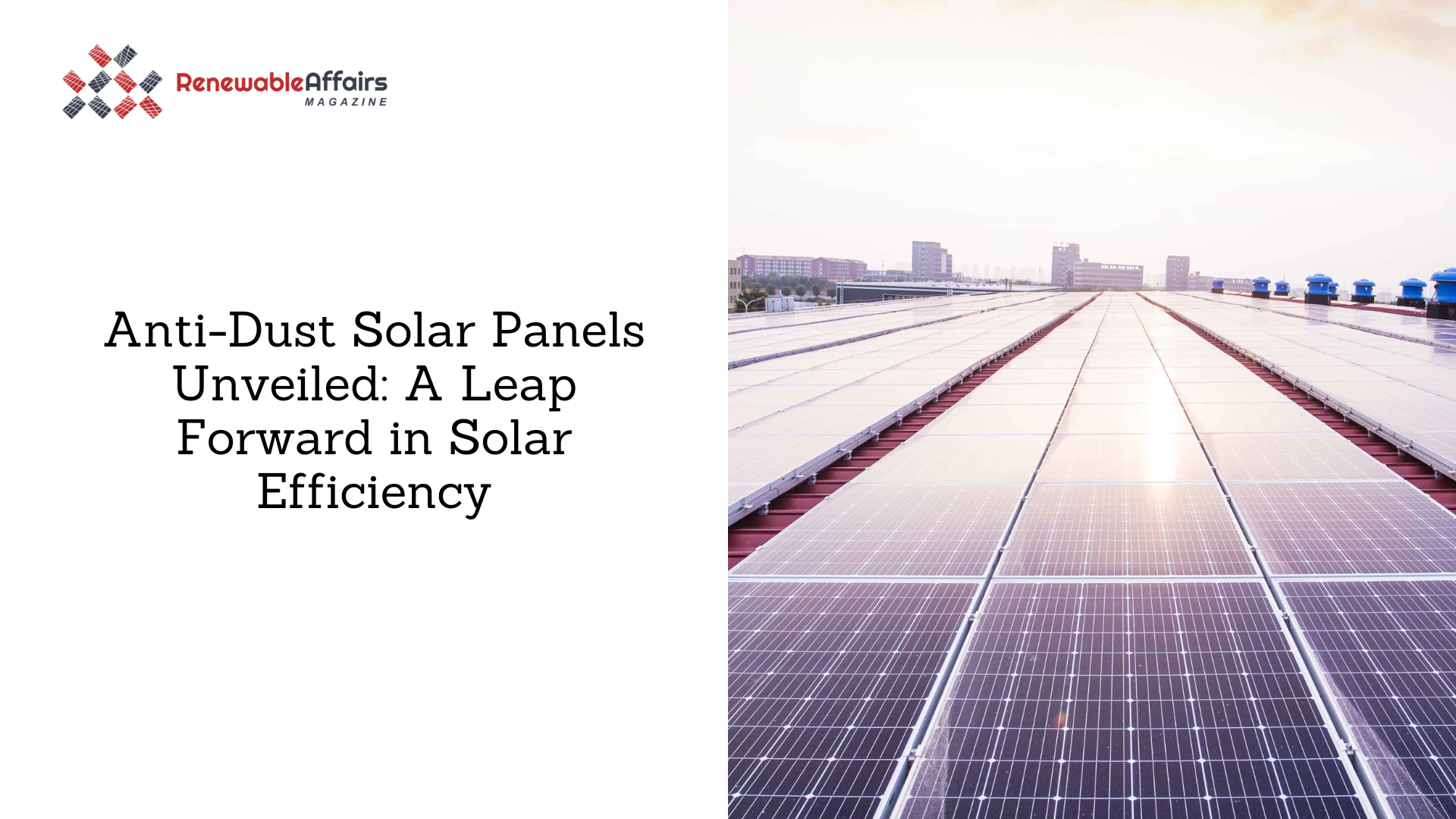
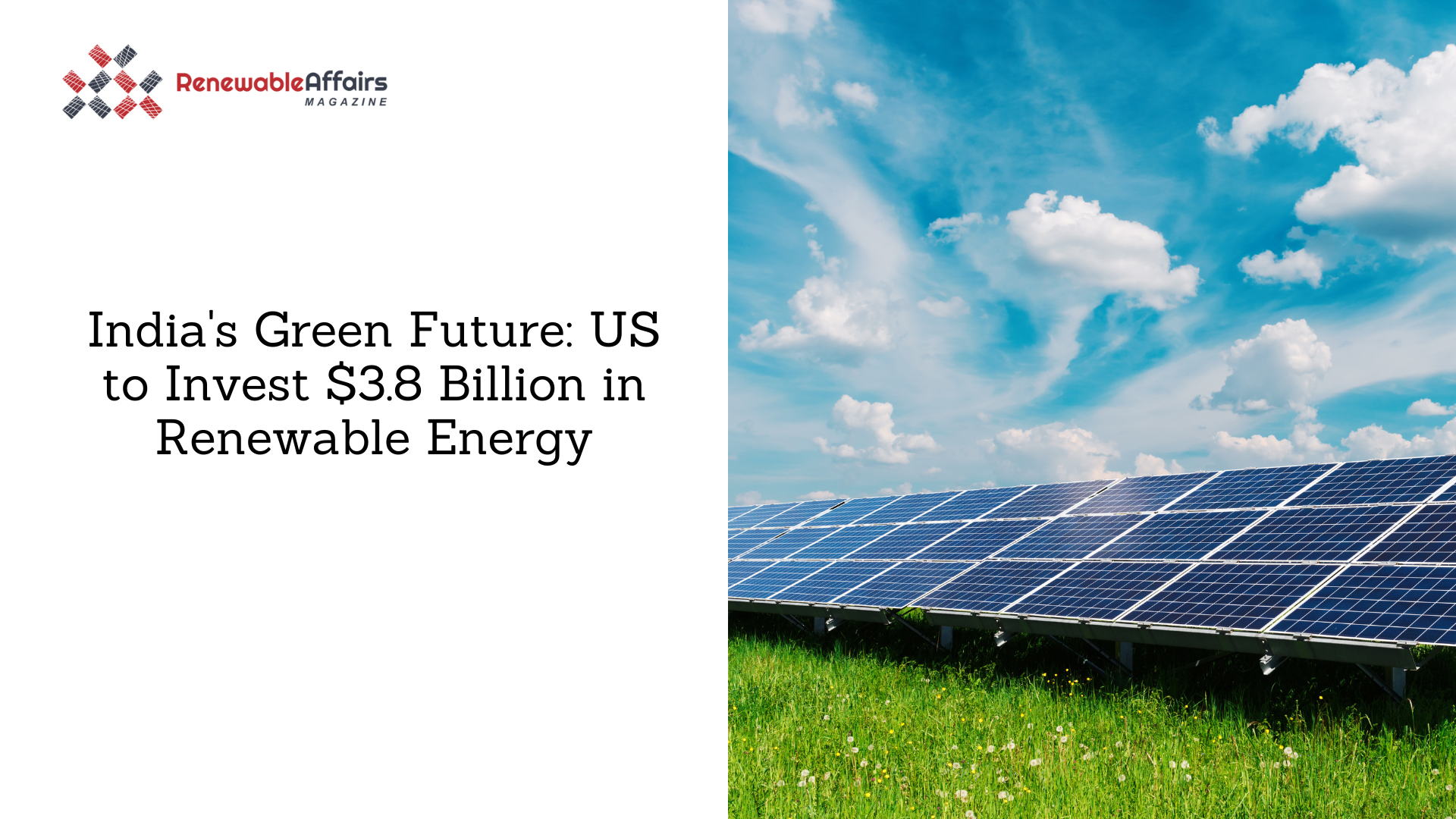



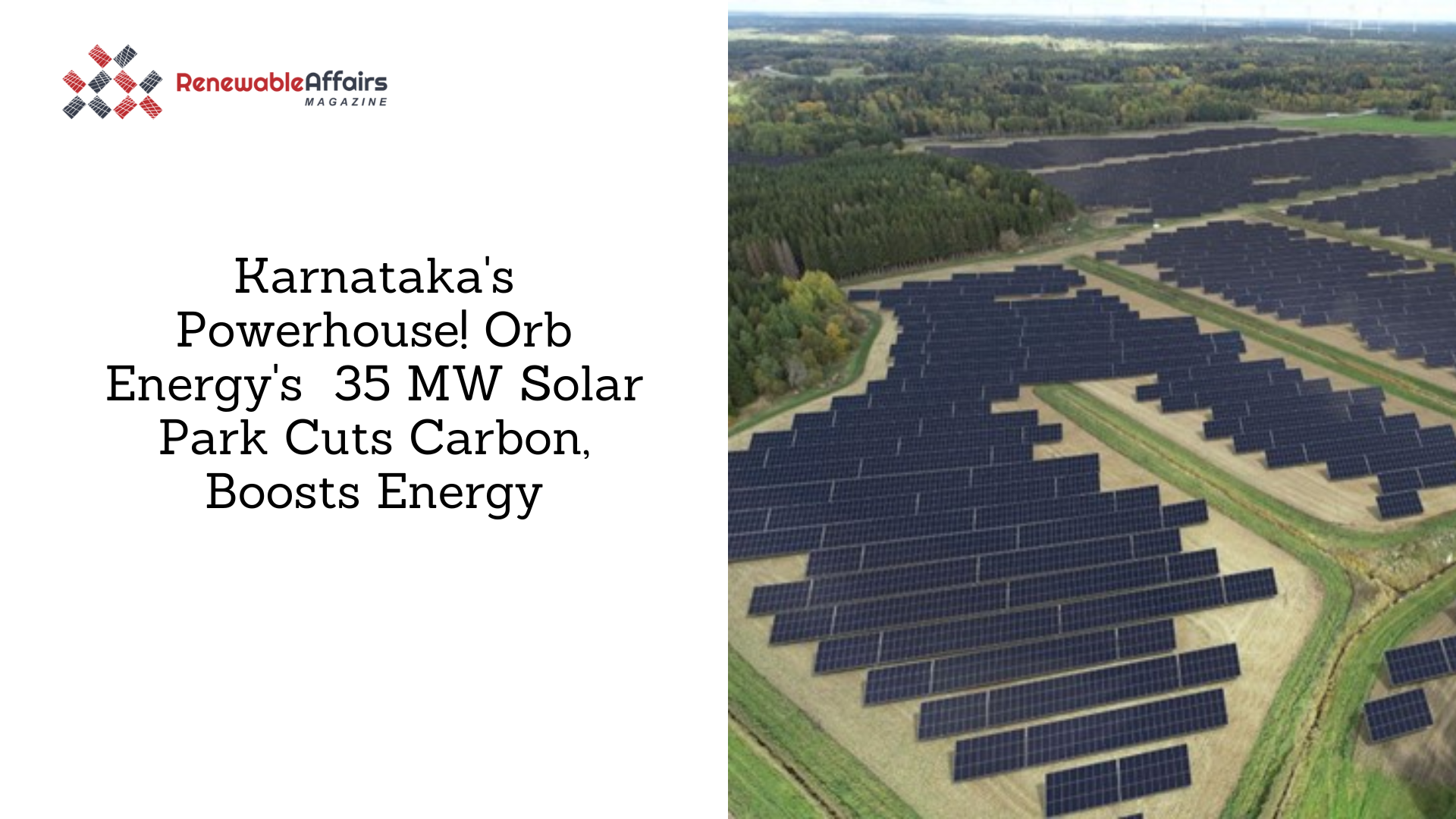




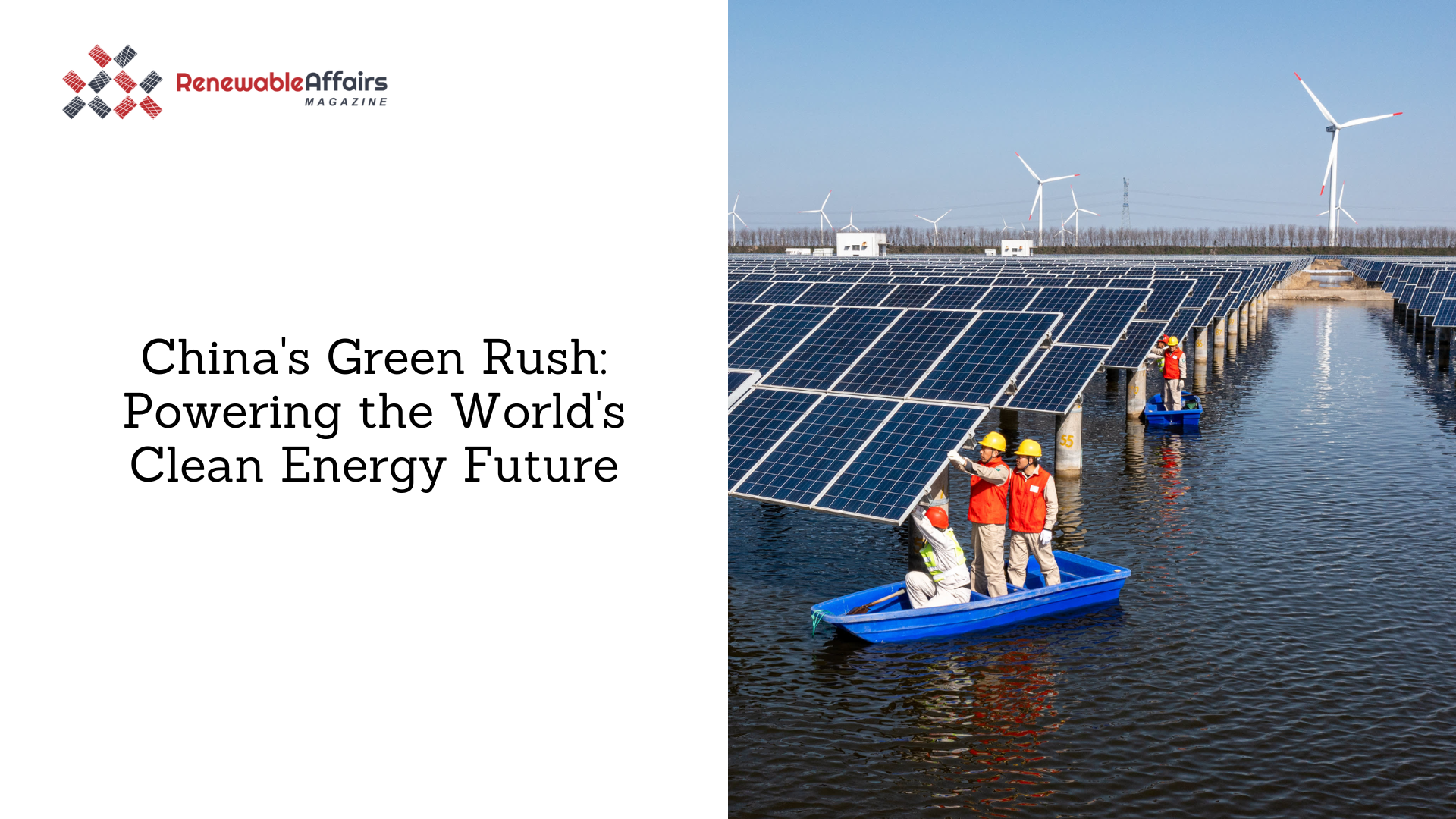
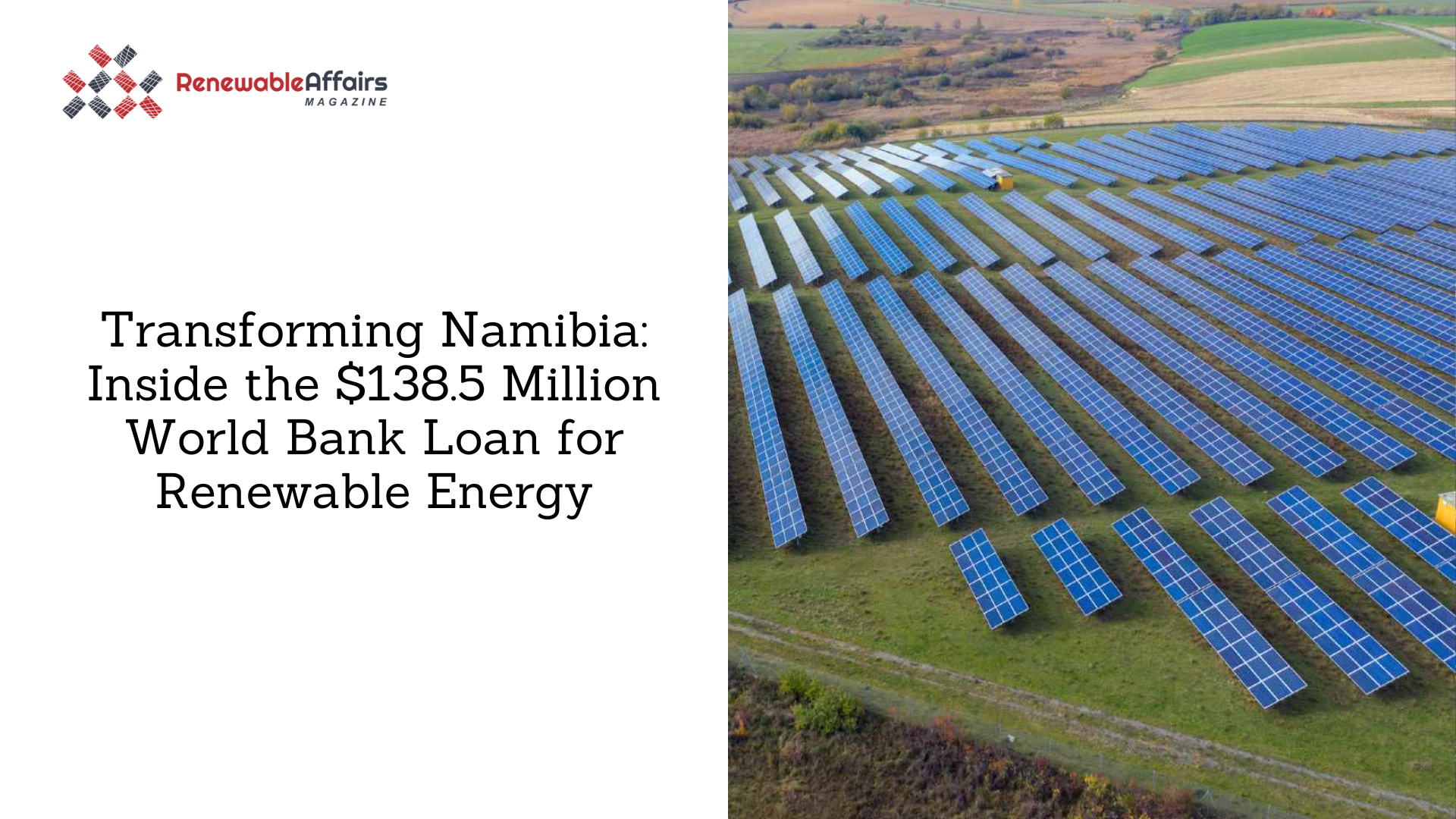


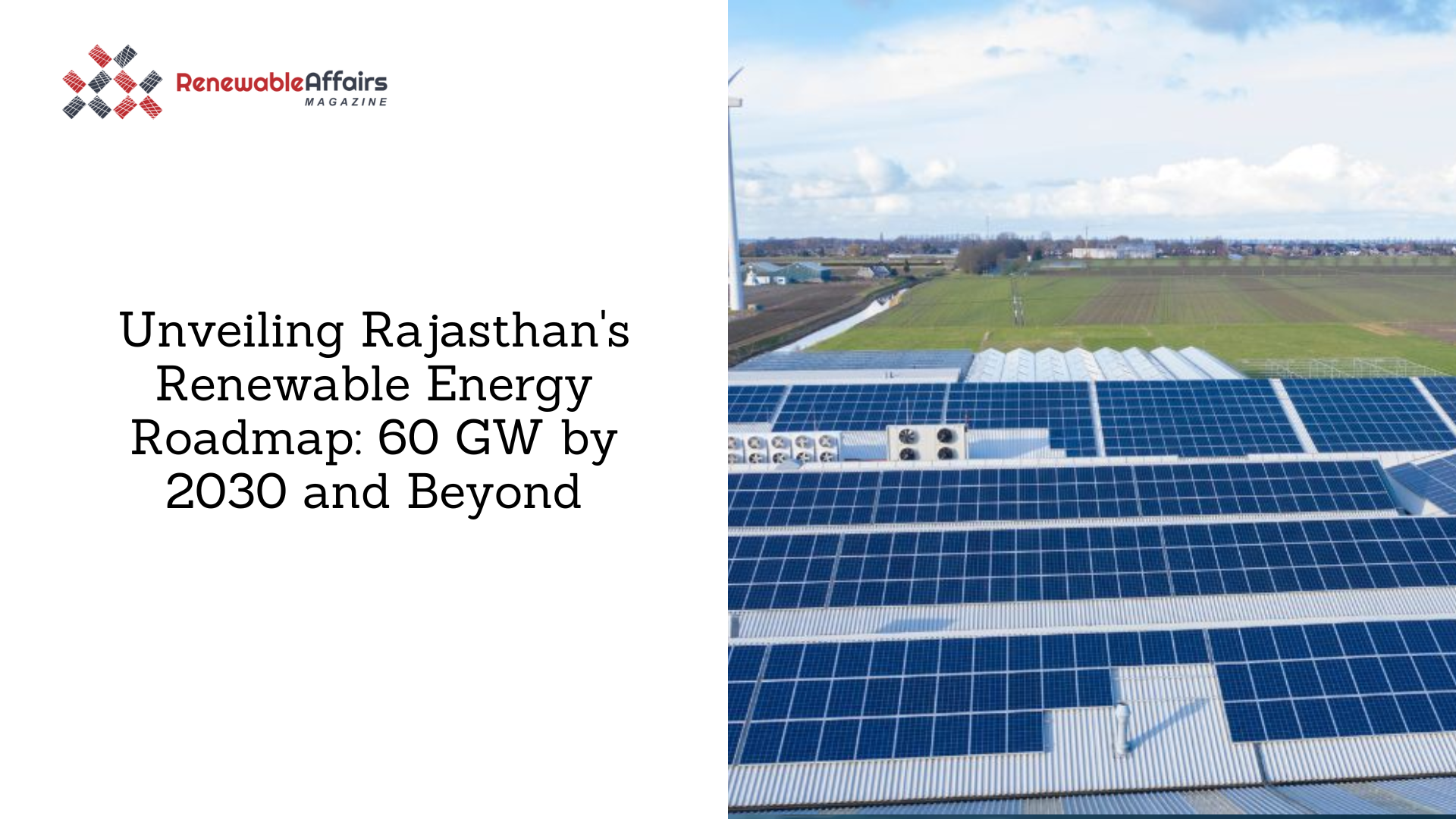

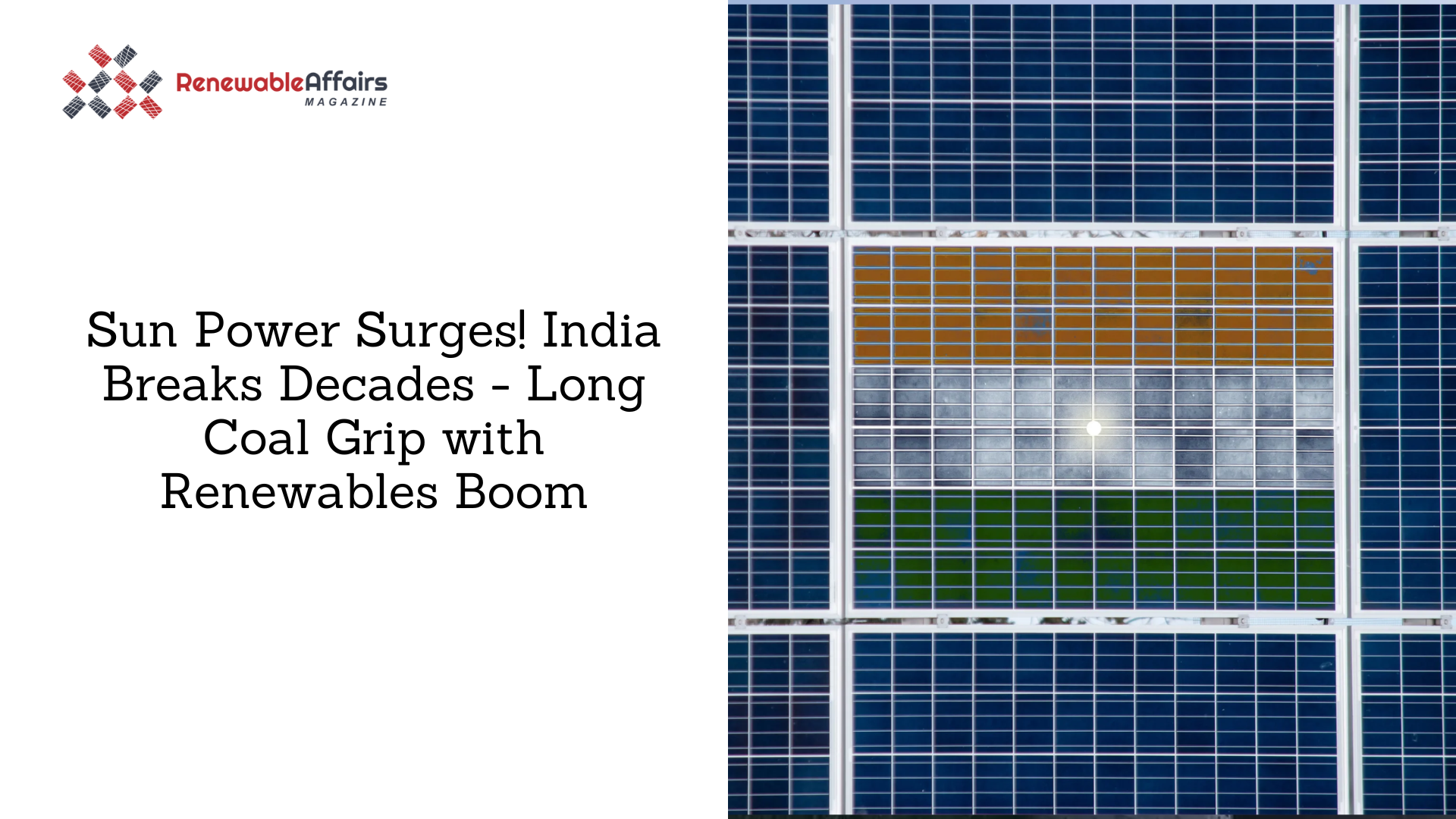


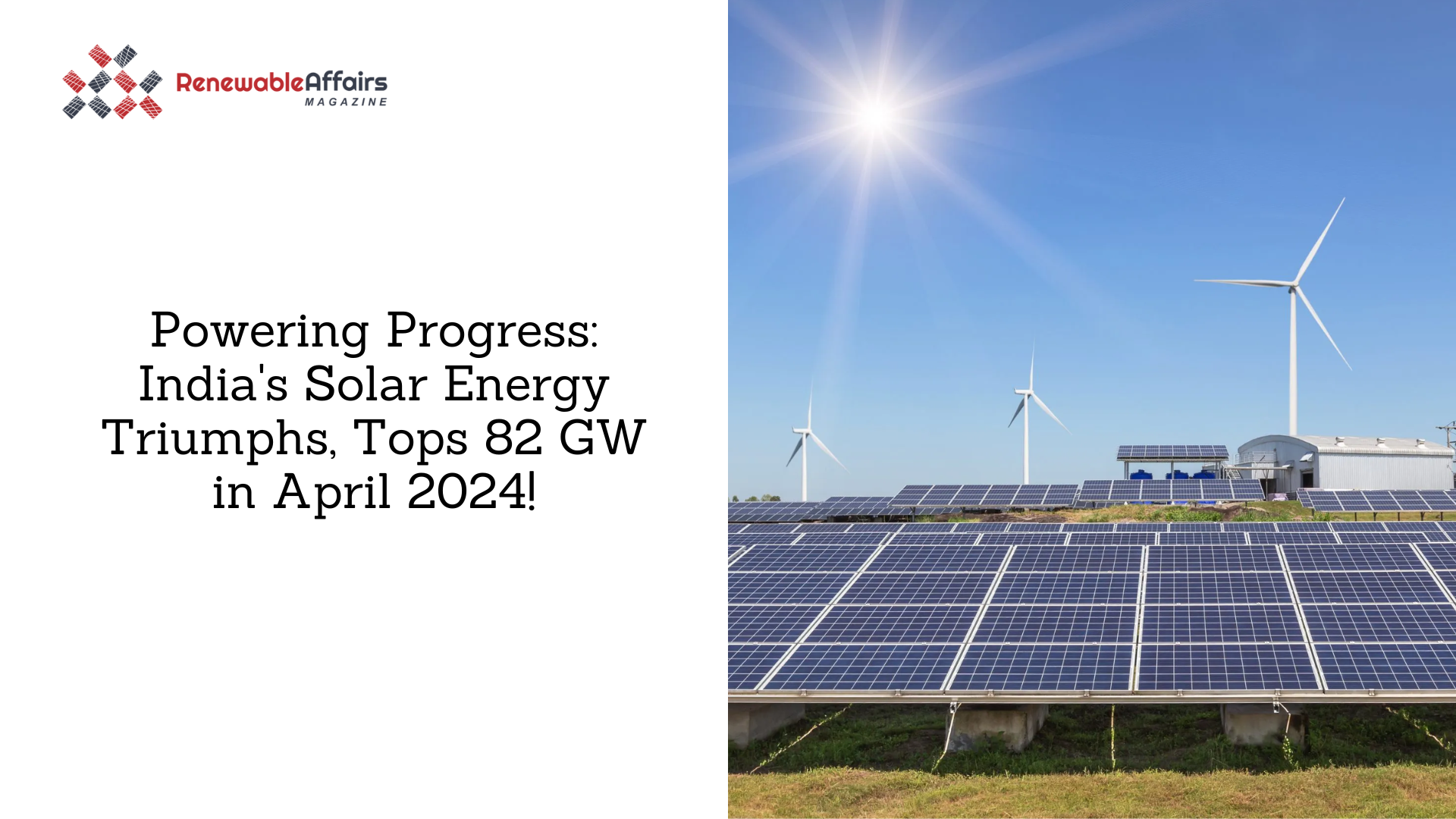
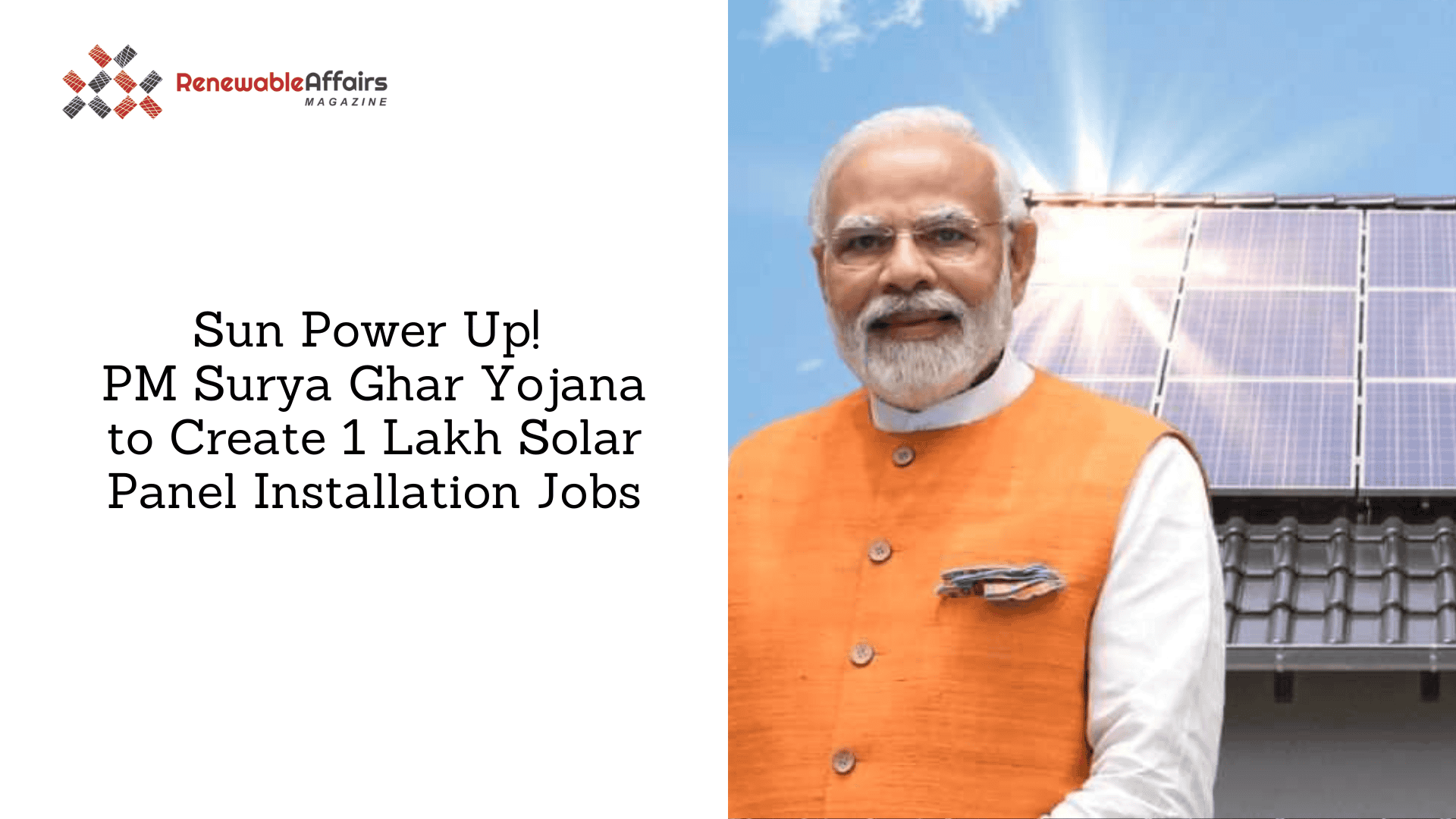










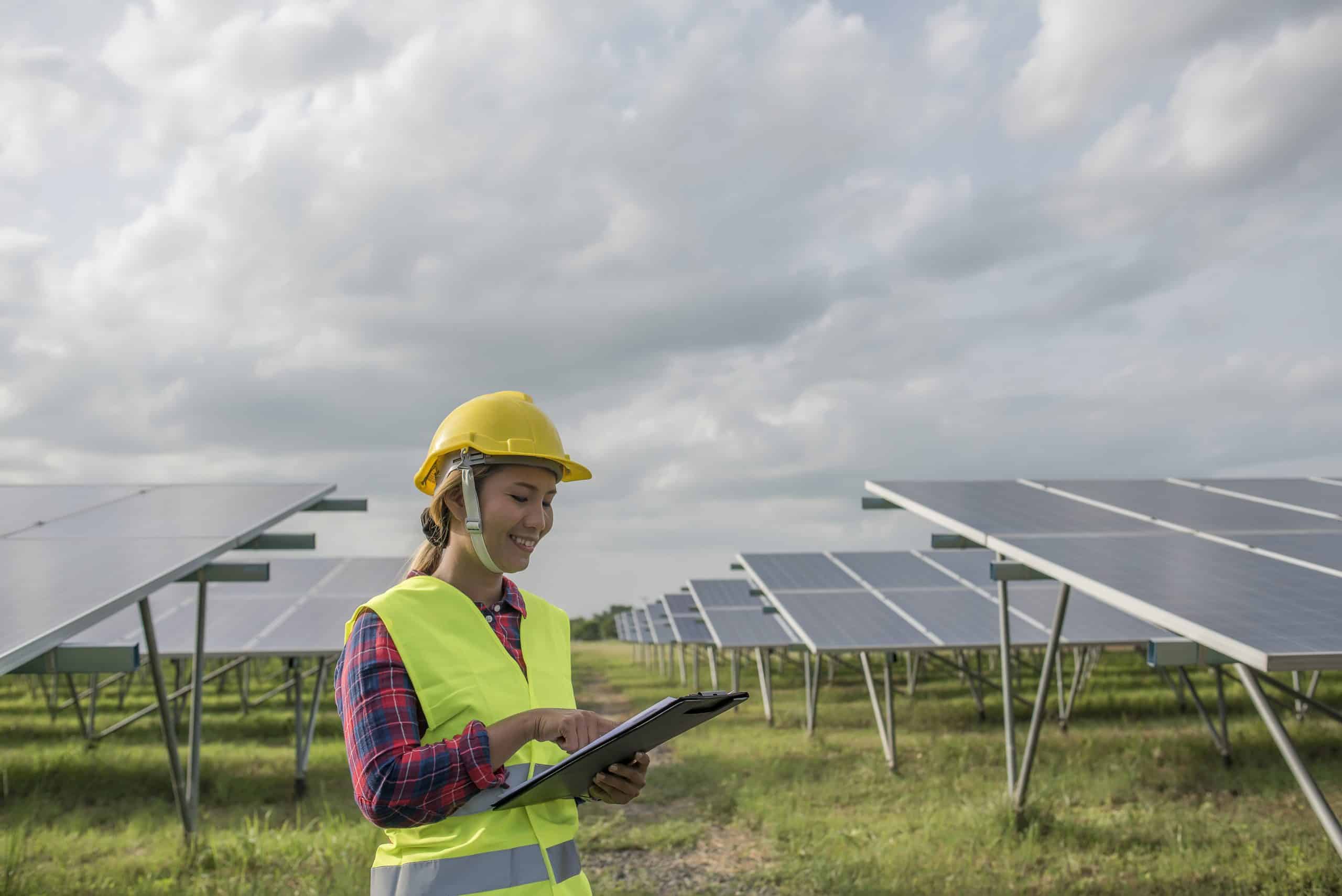

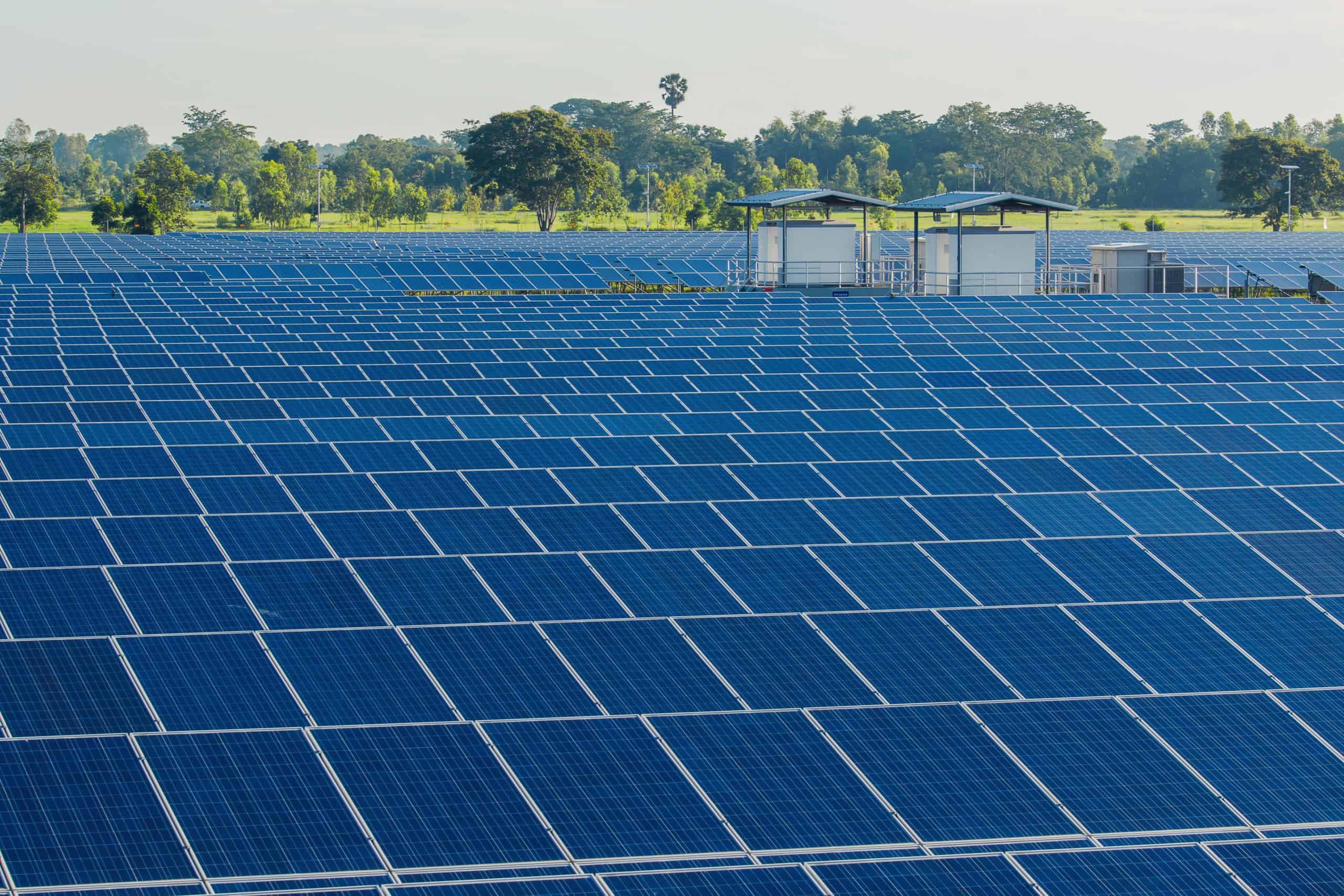





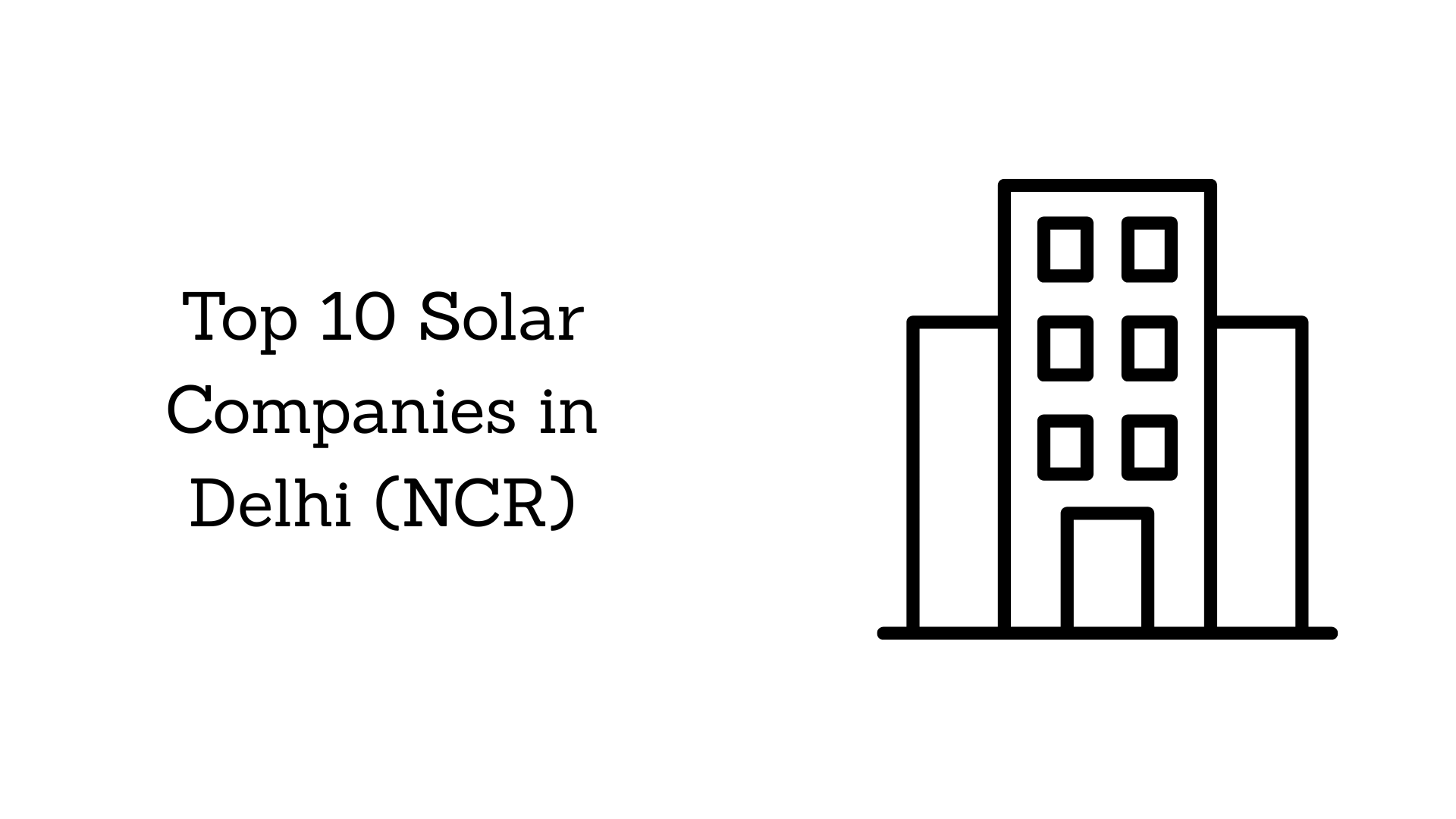
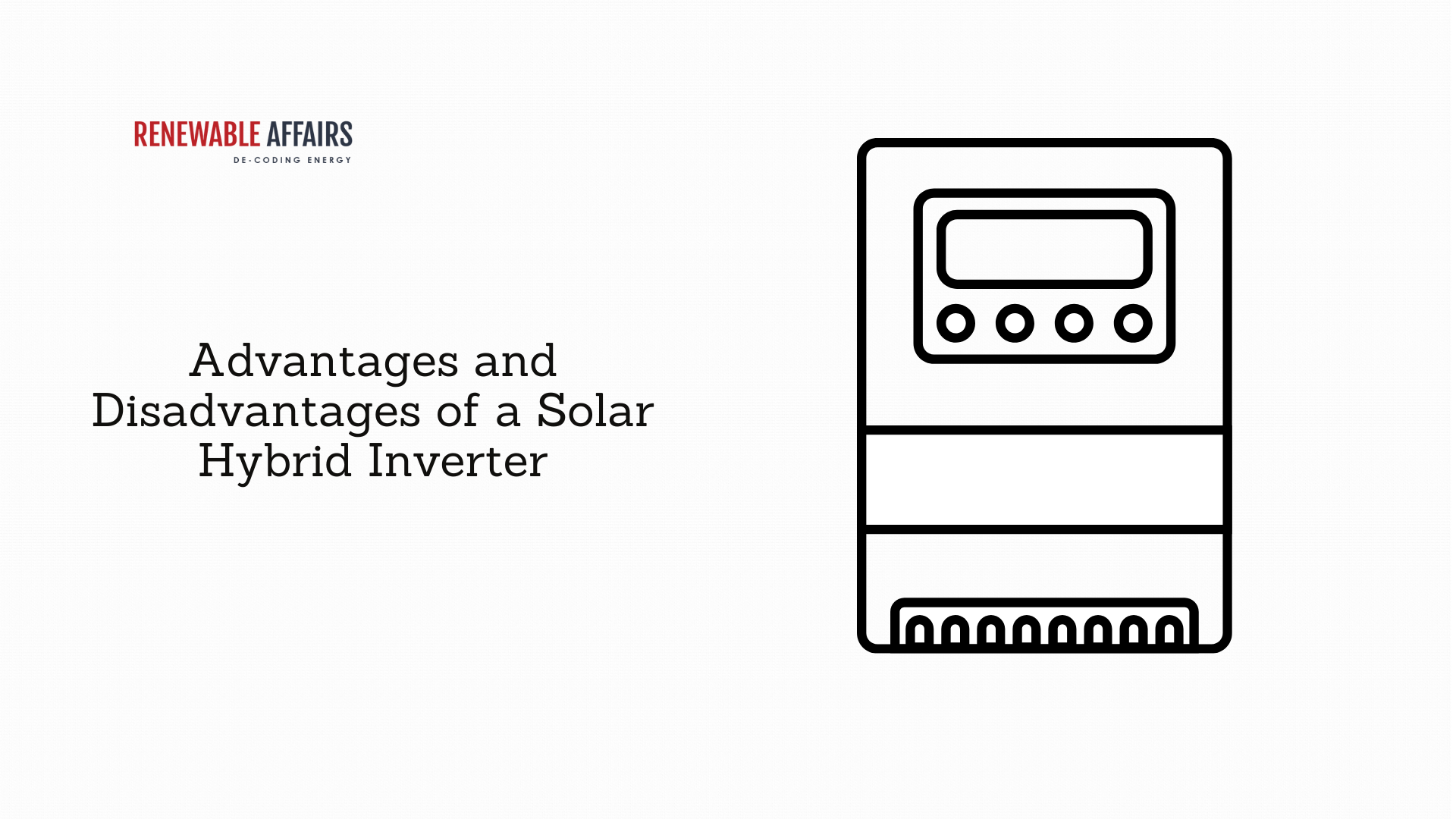




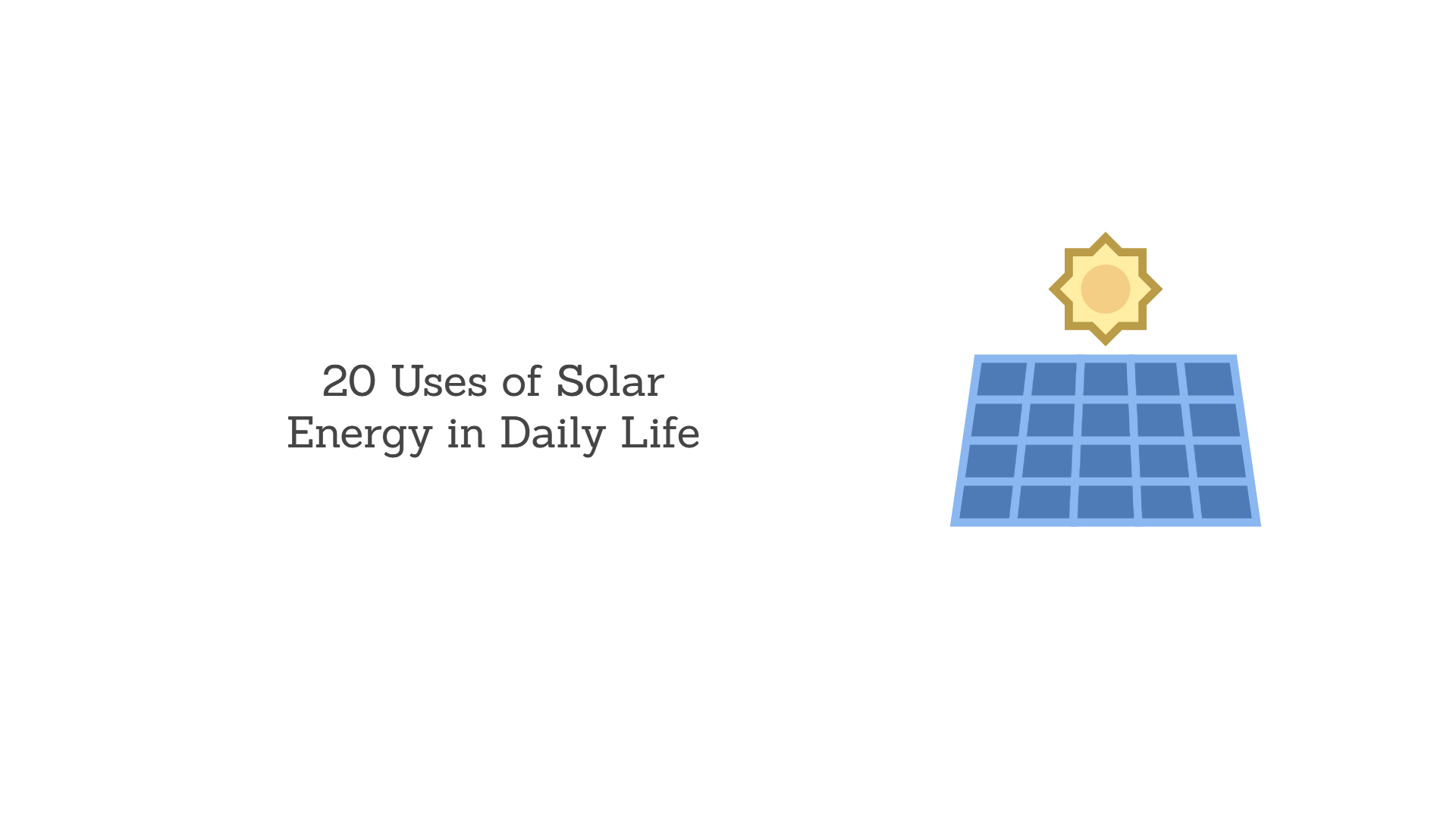




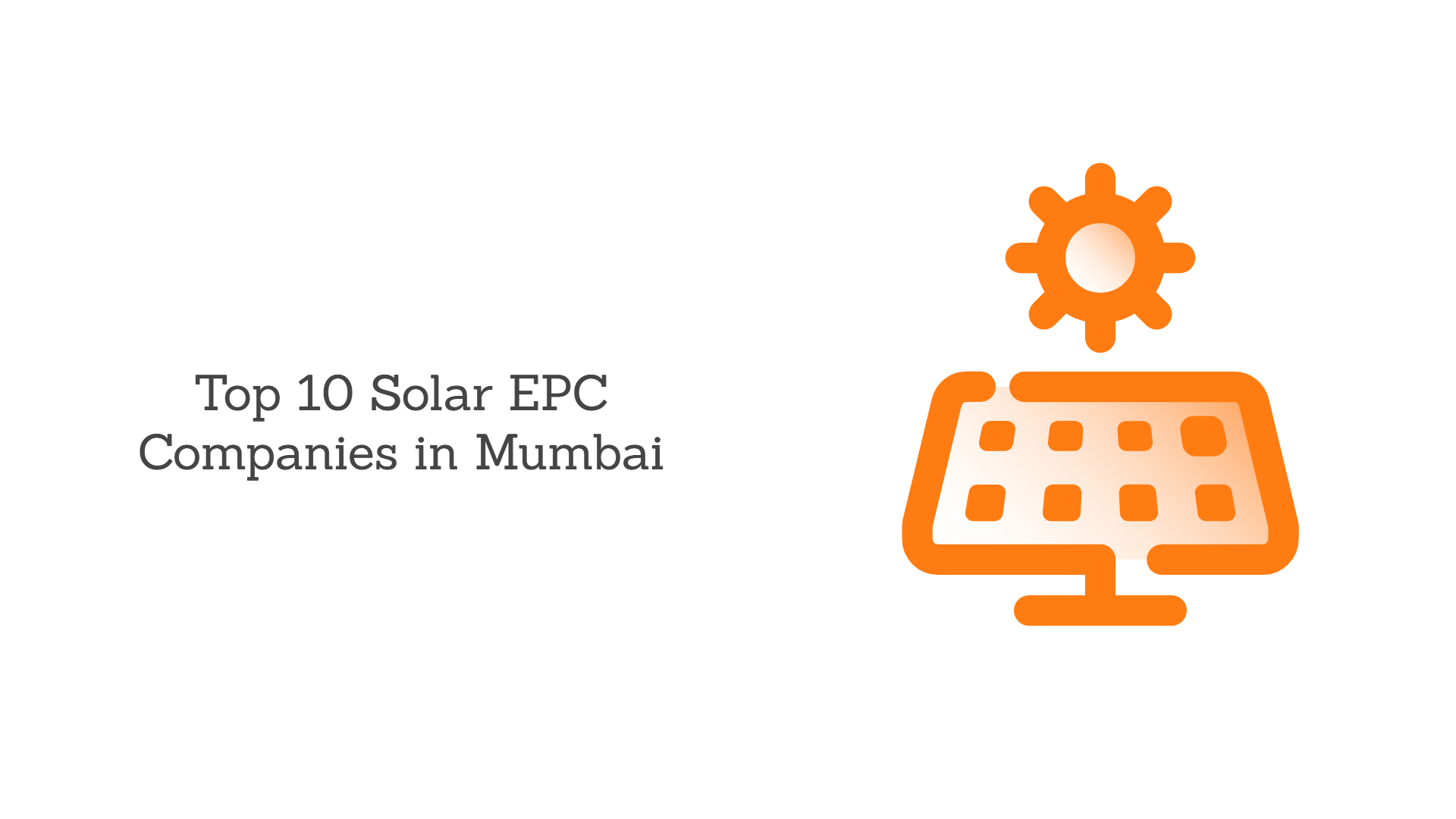
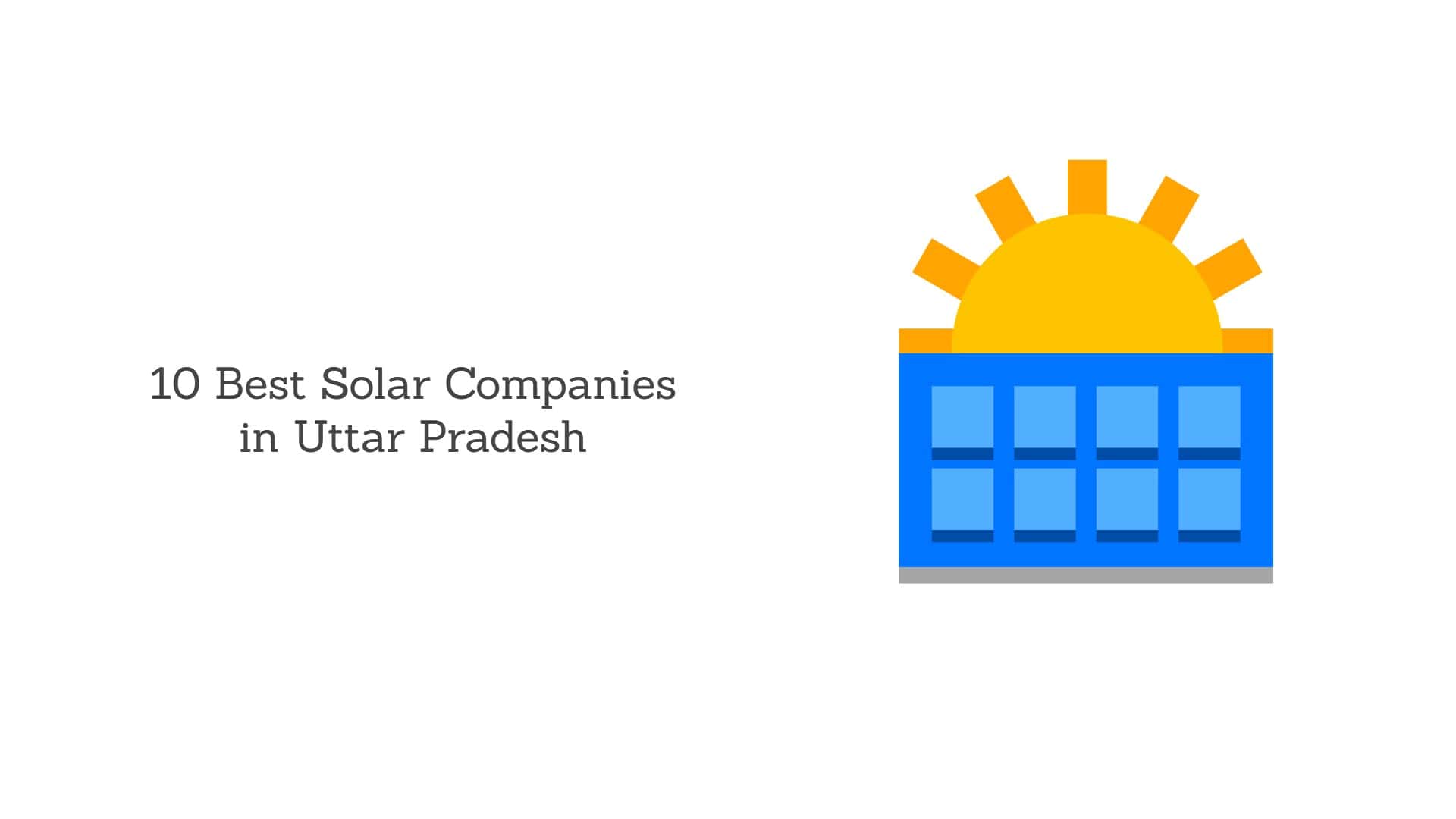
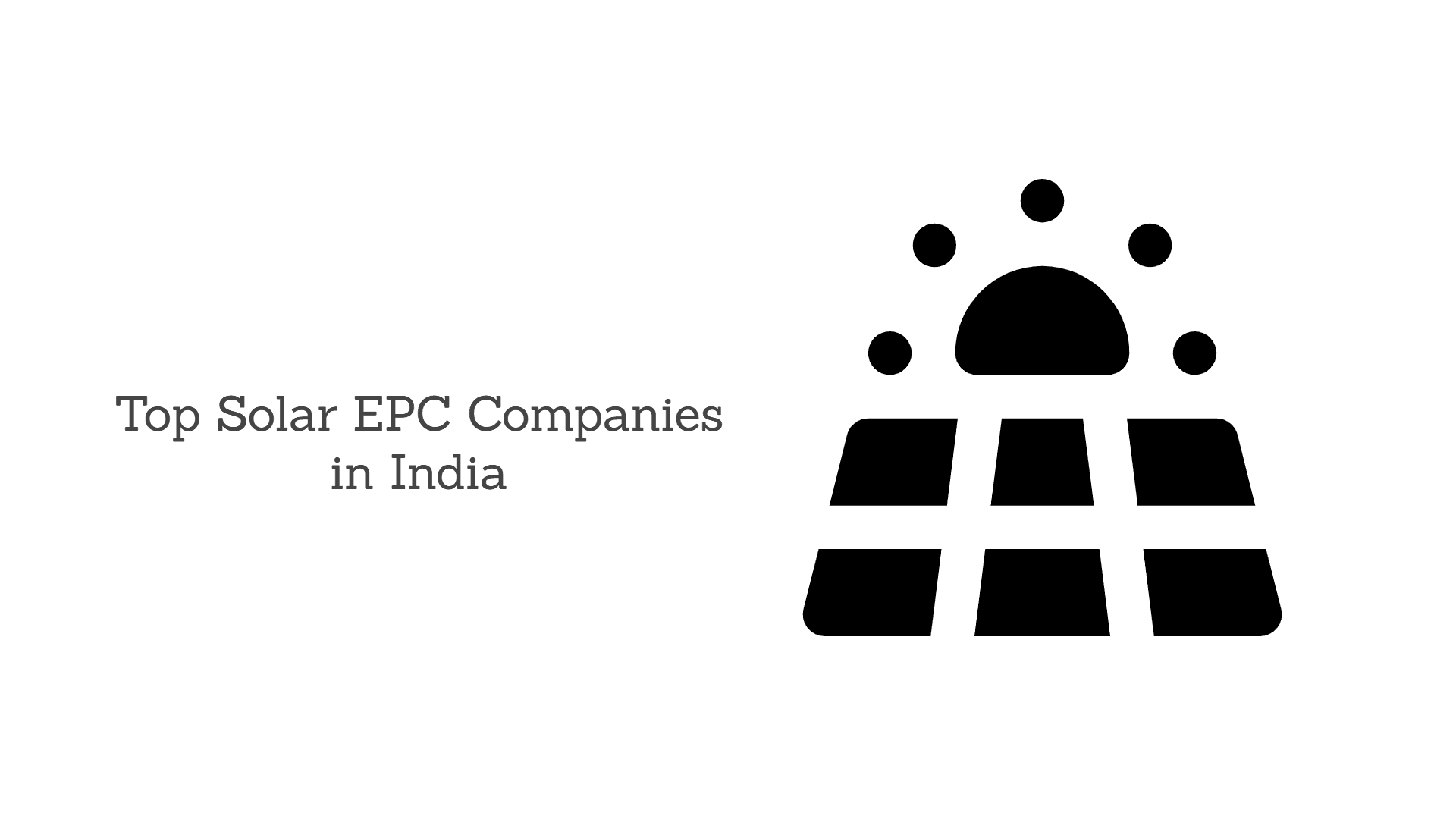

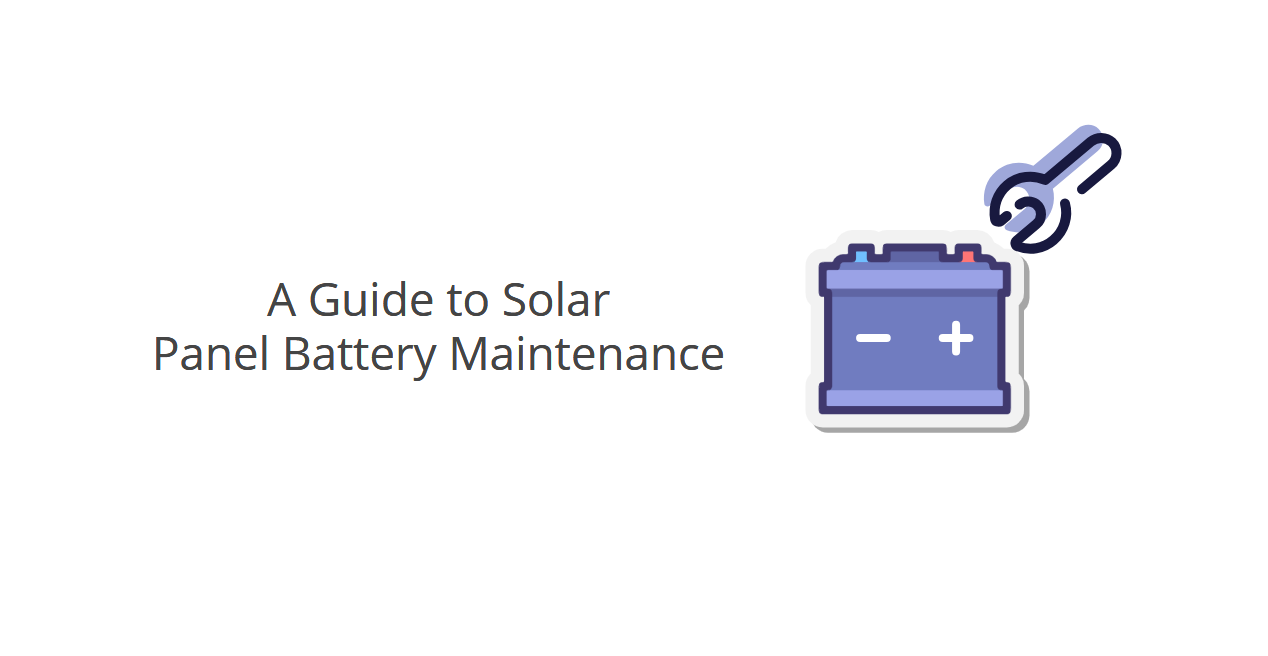
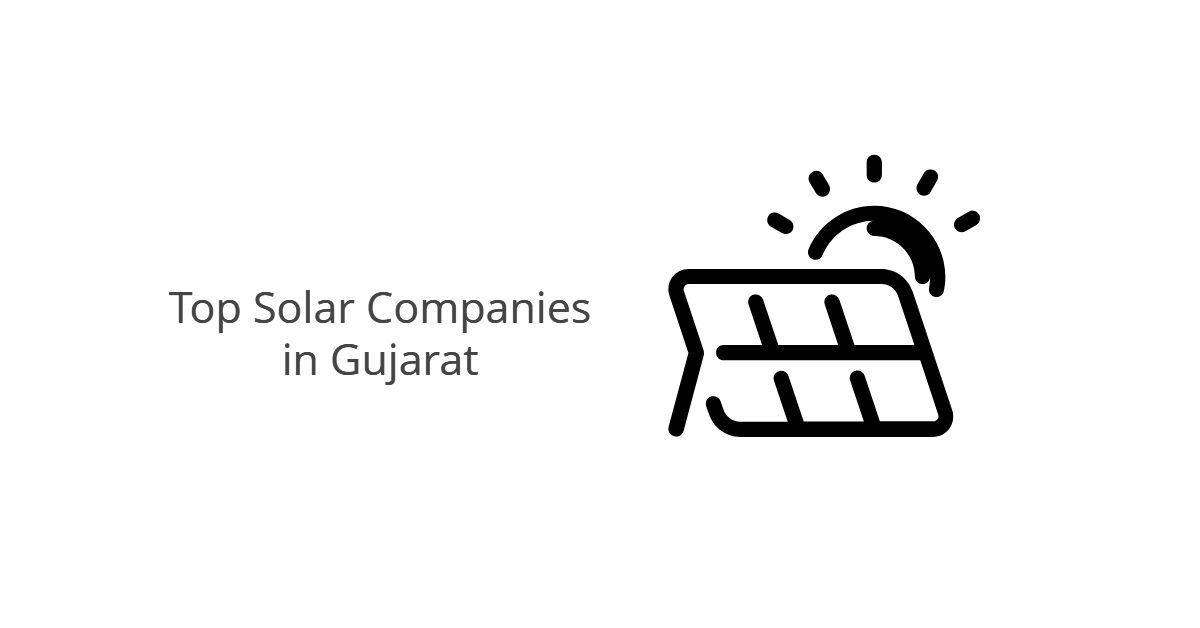


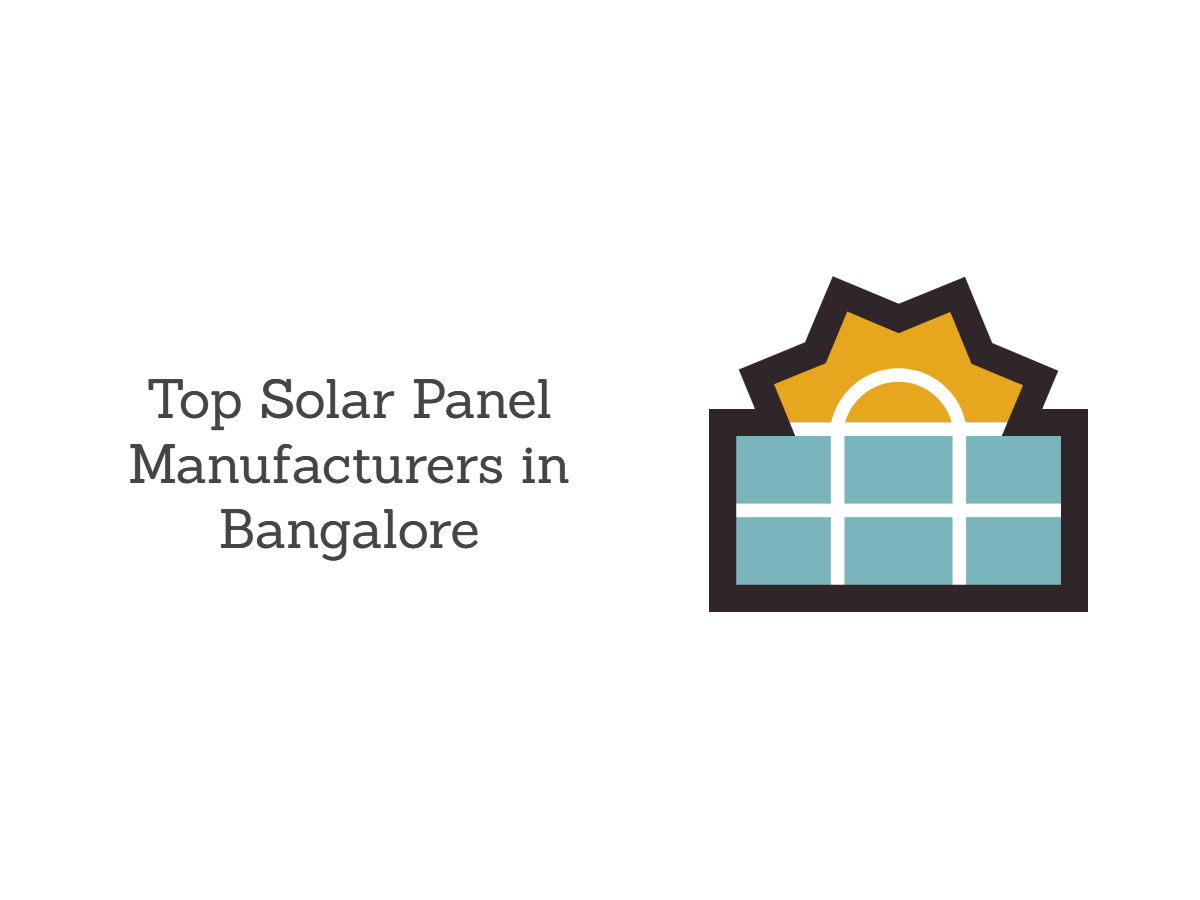

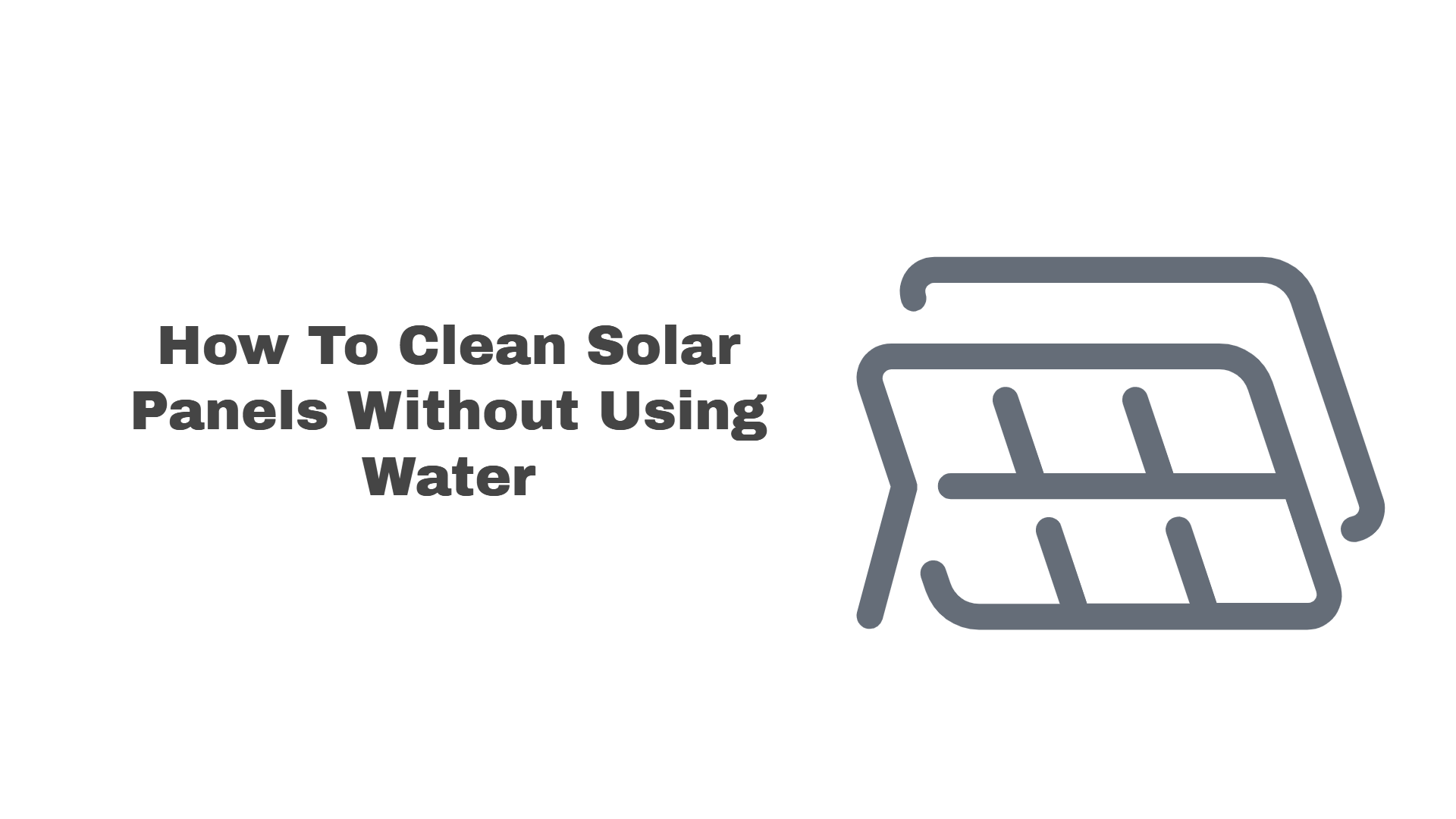
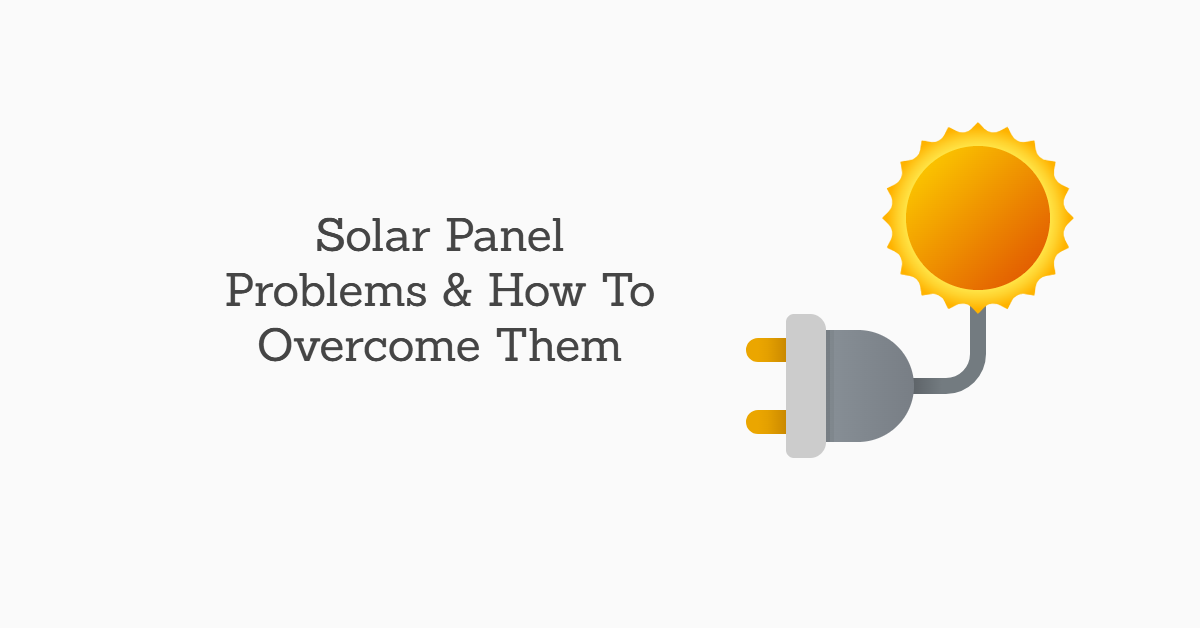

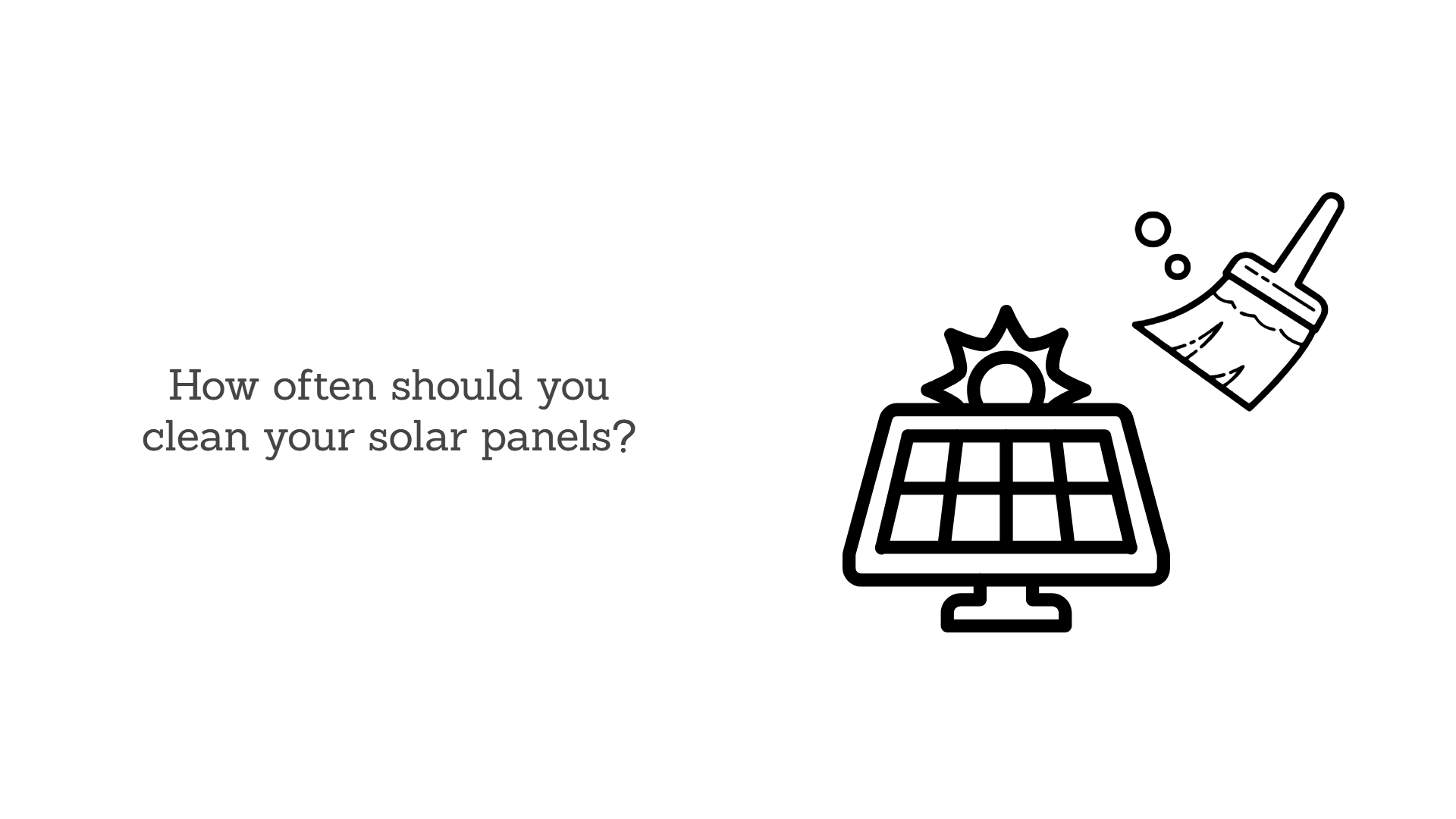
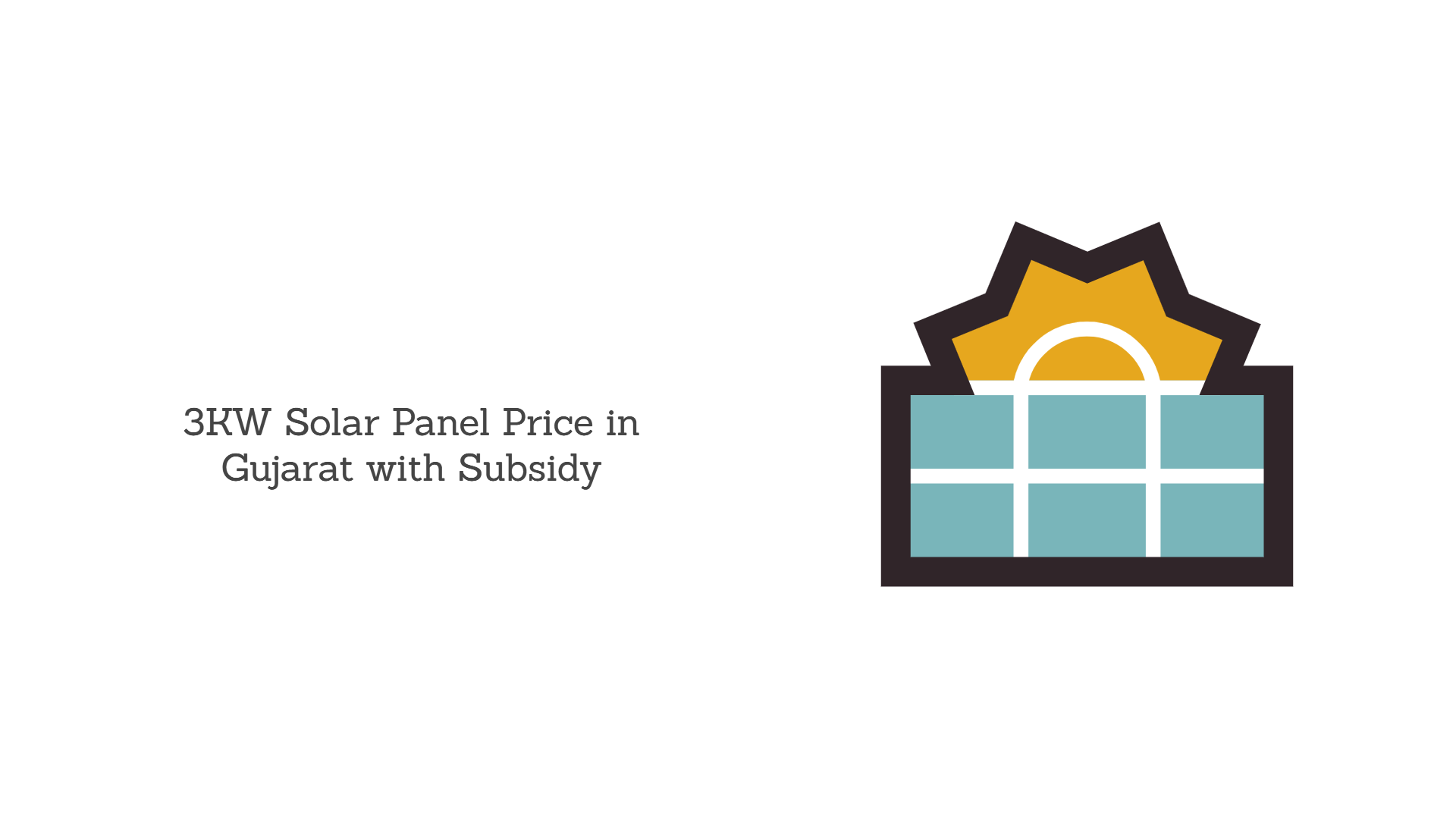
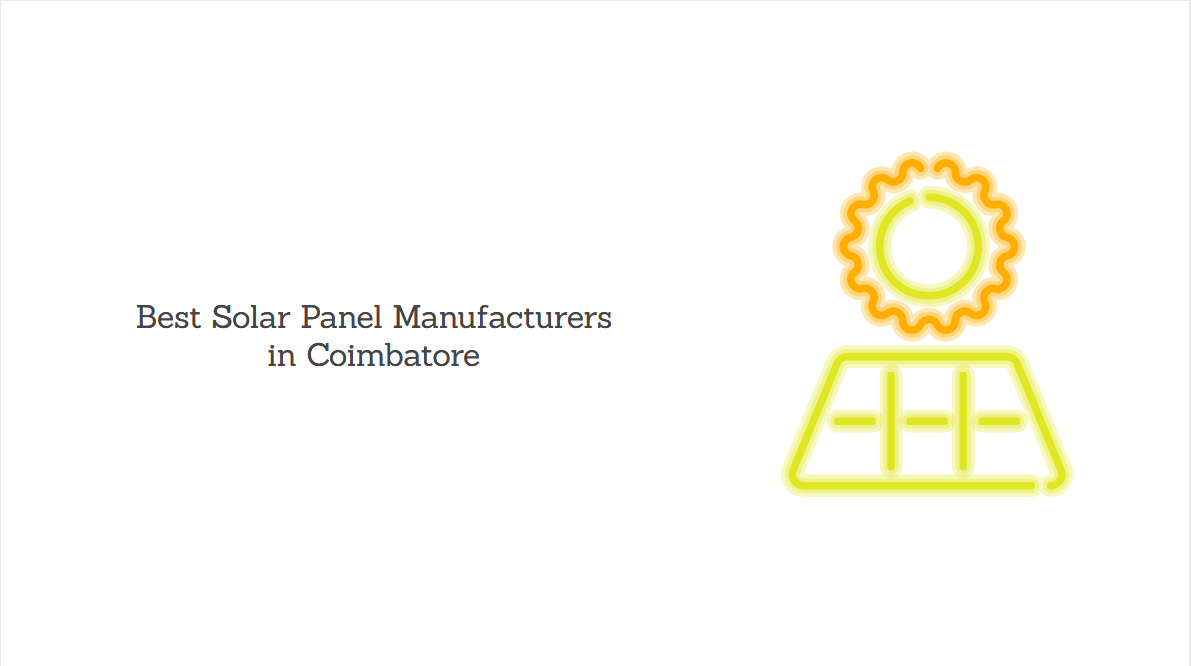

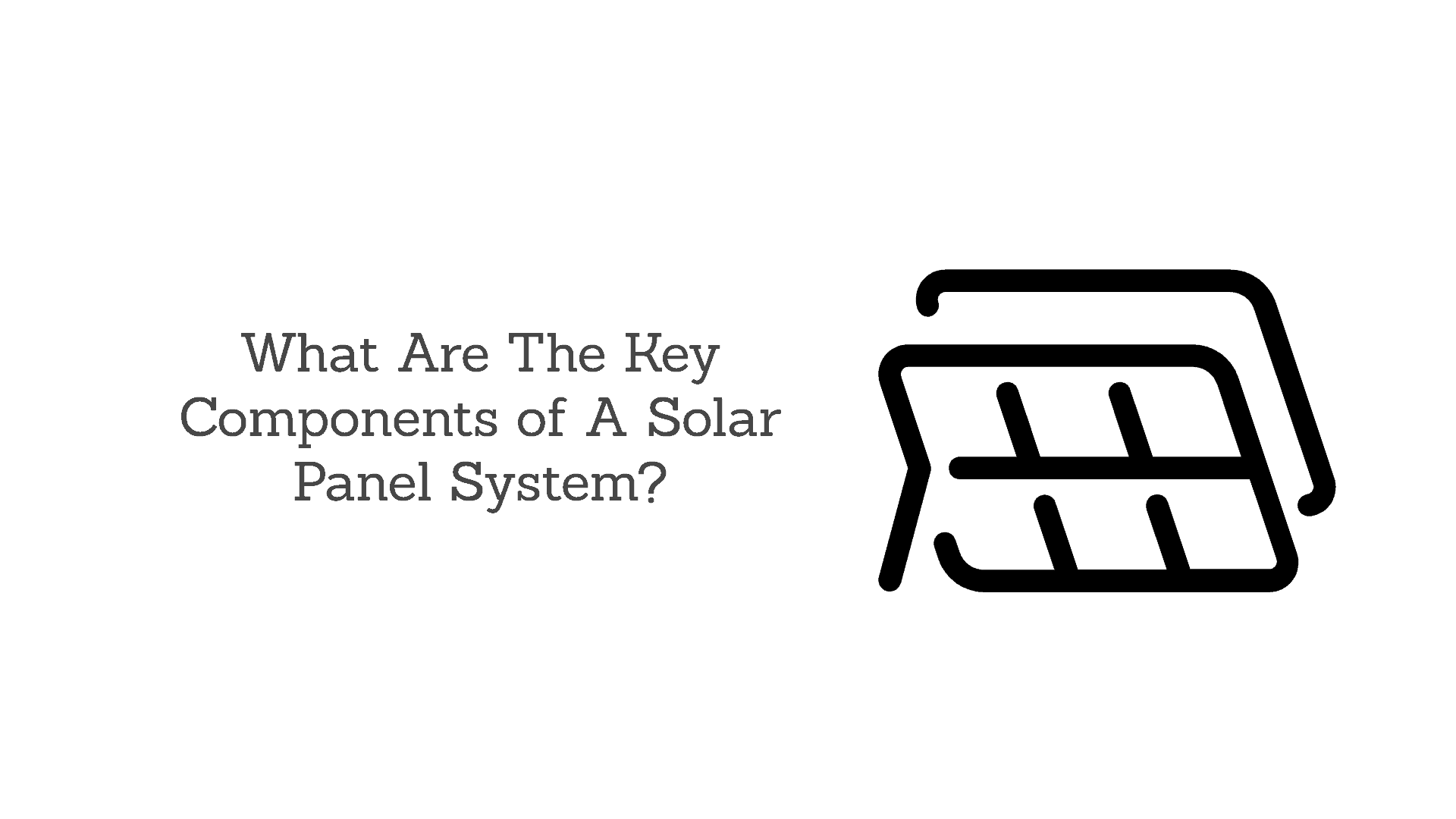






0 Comments